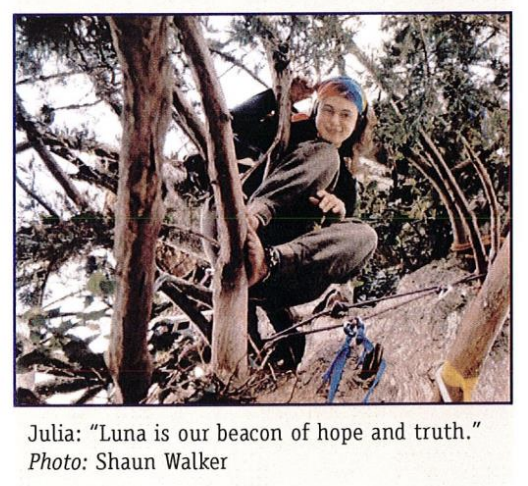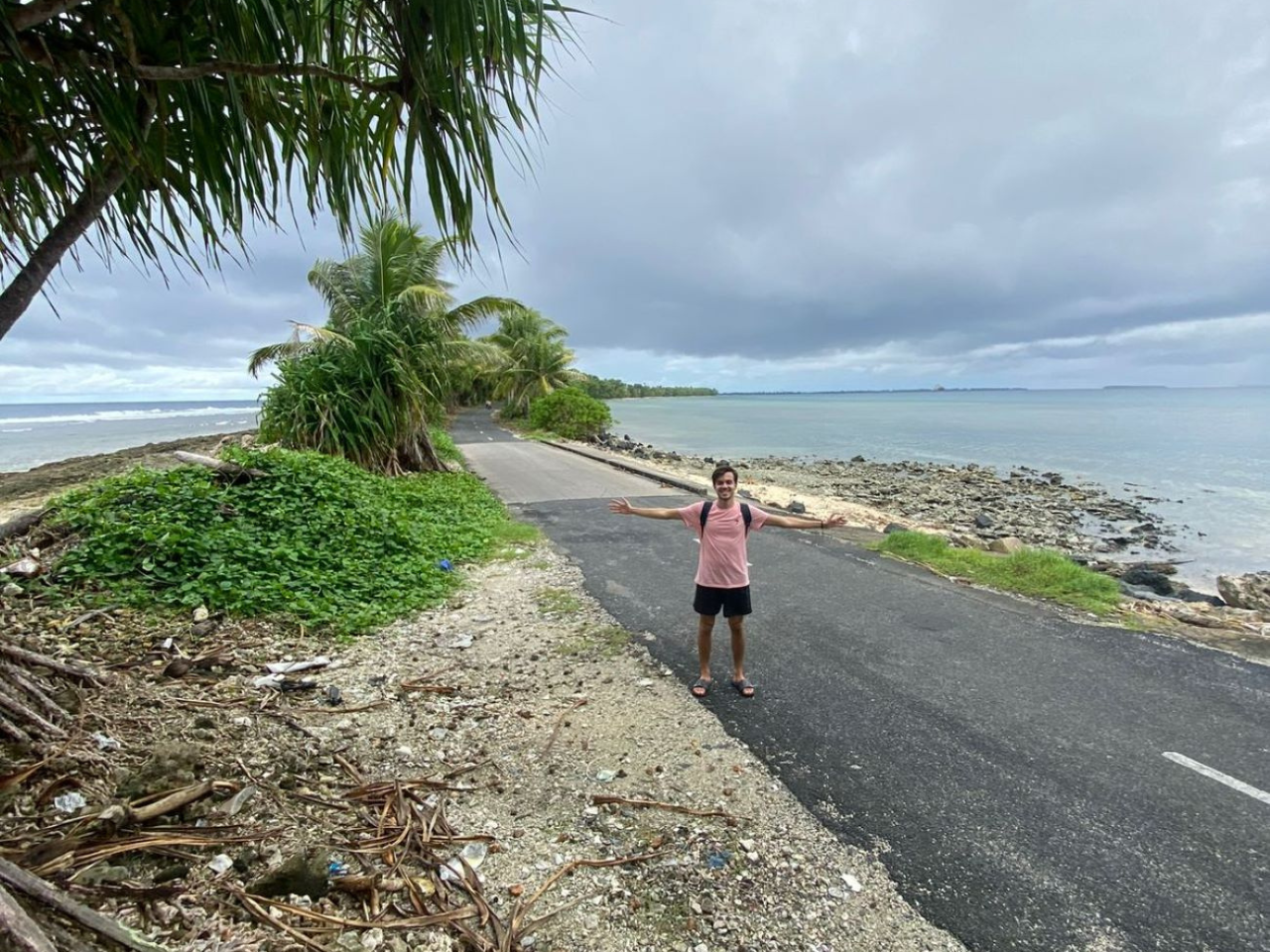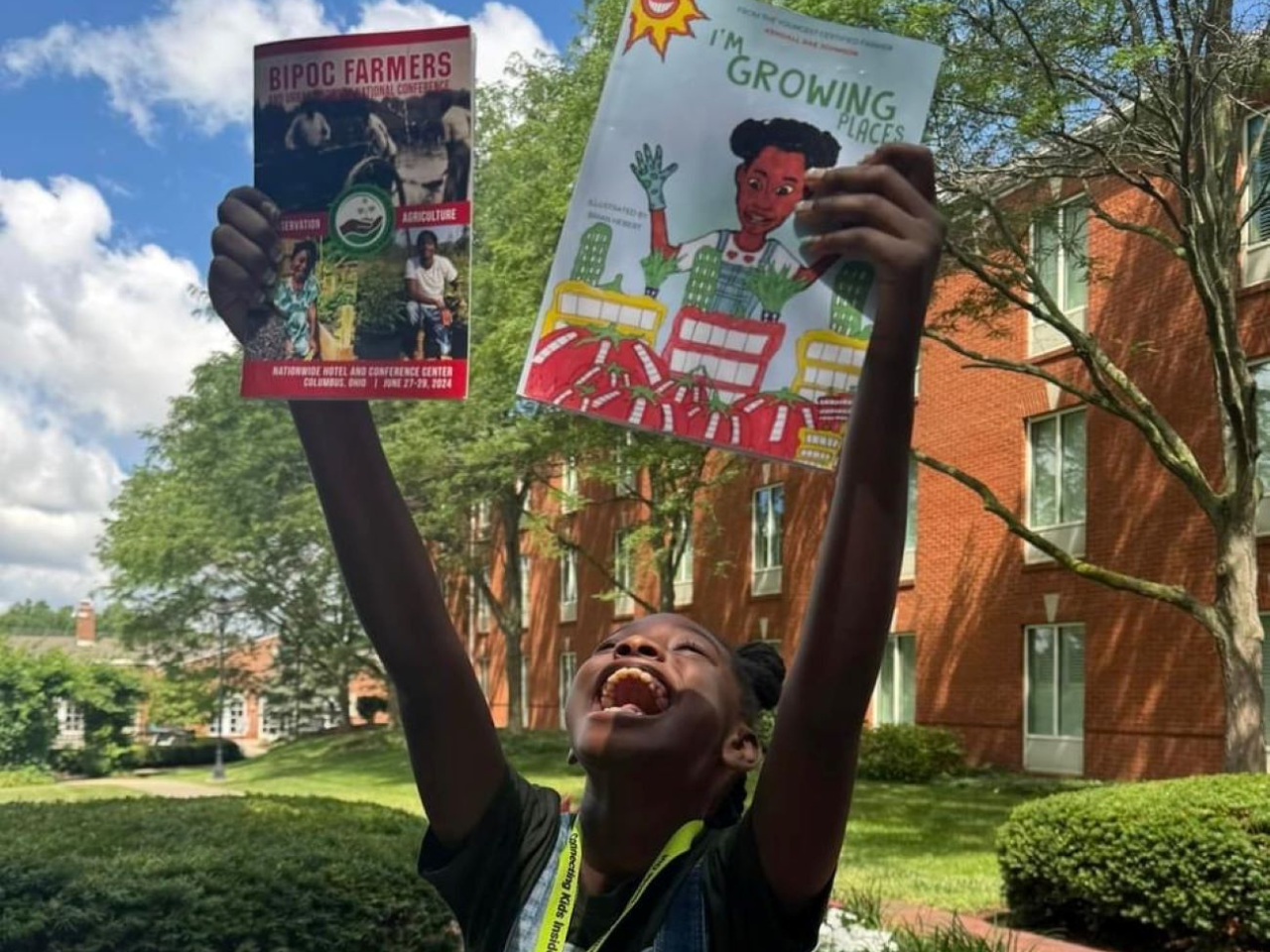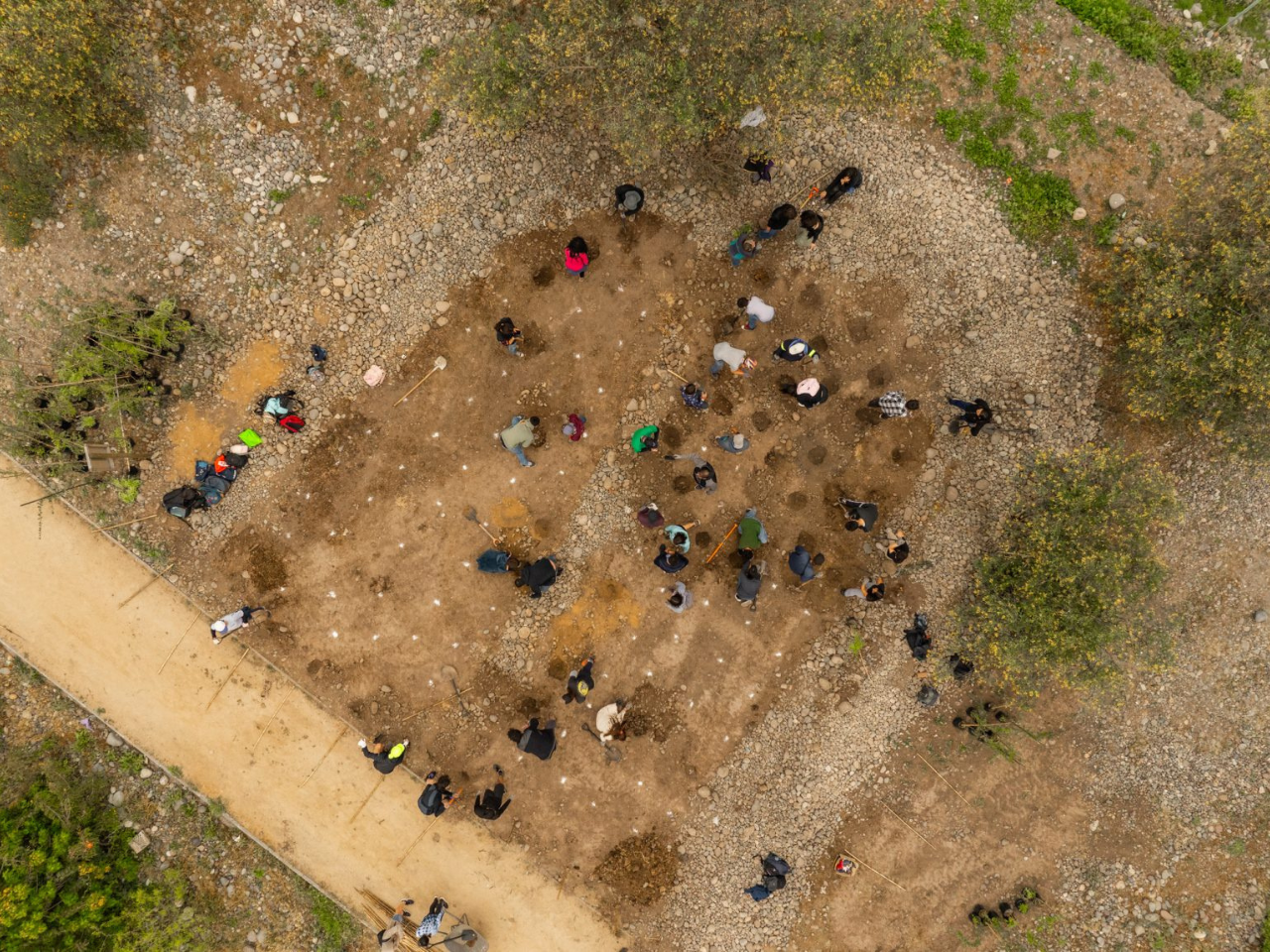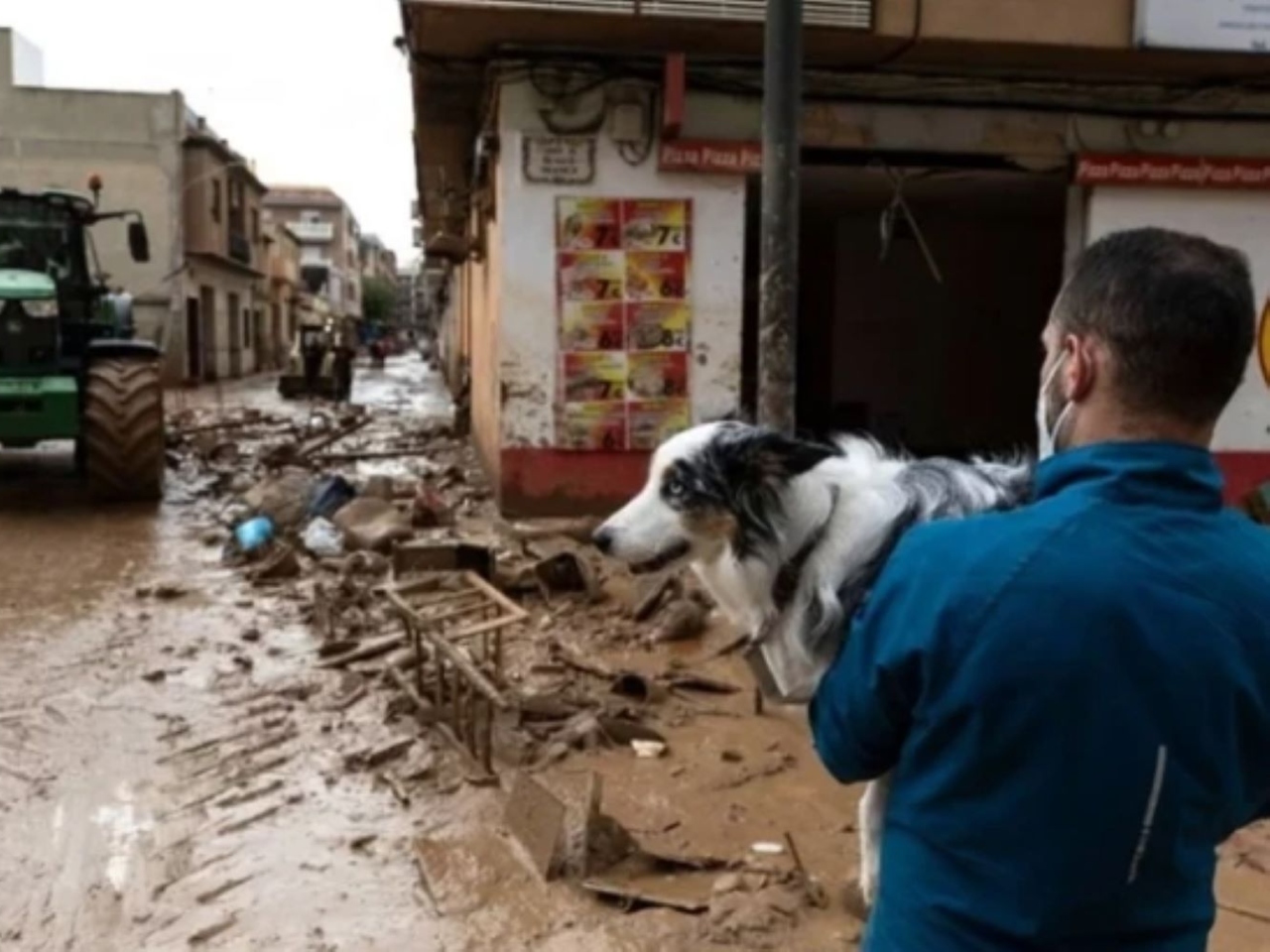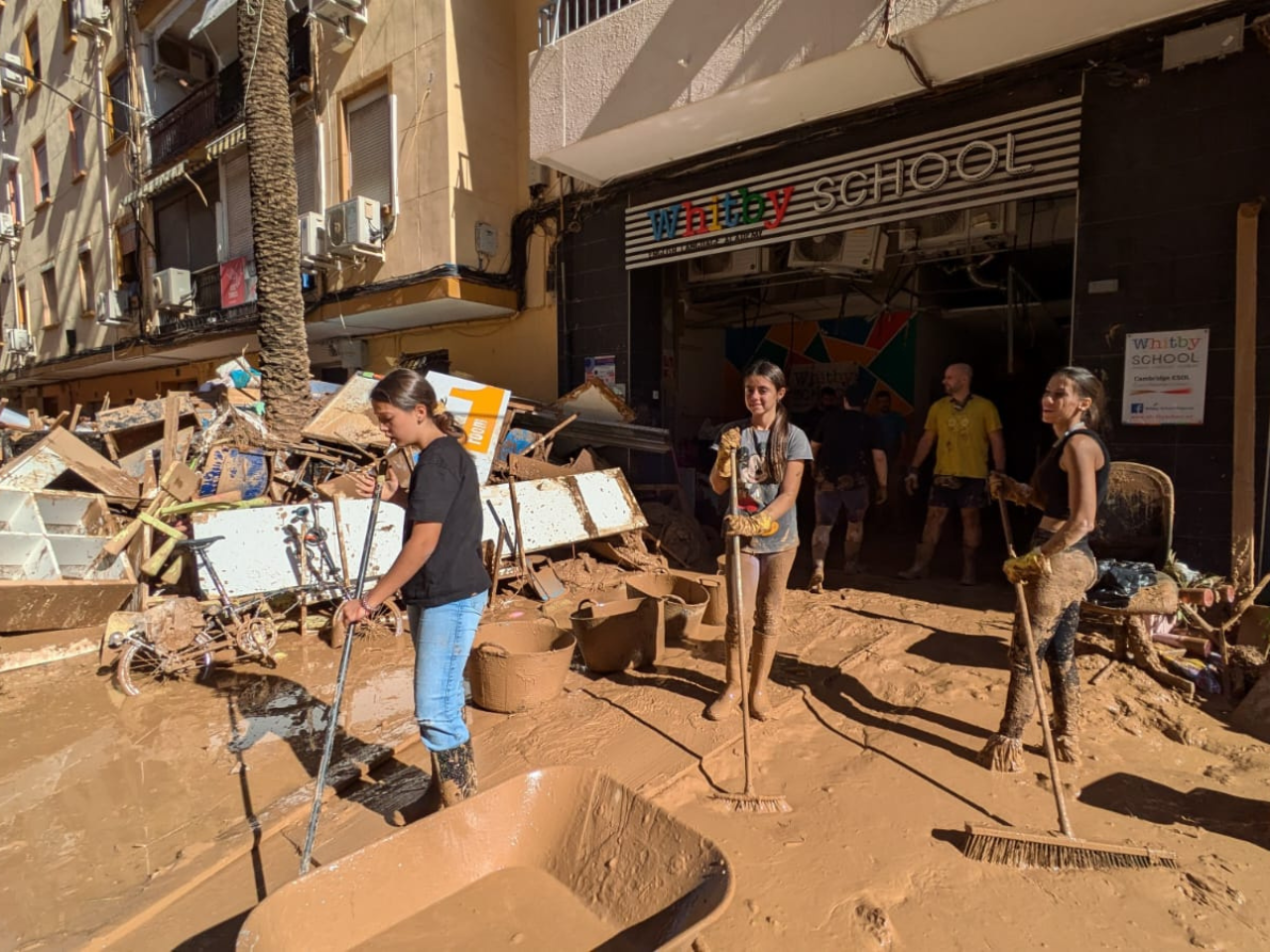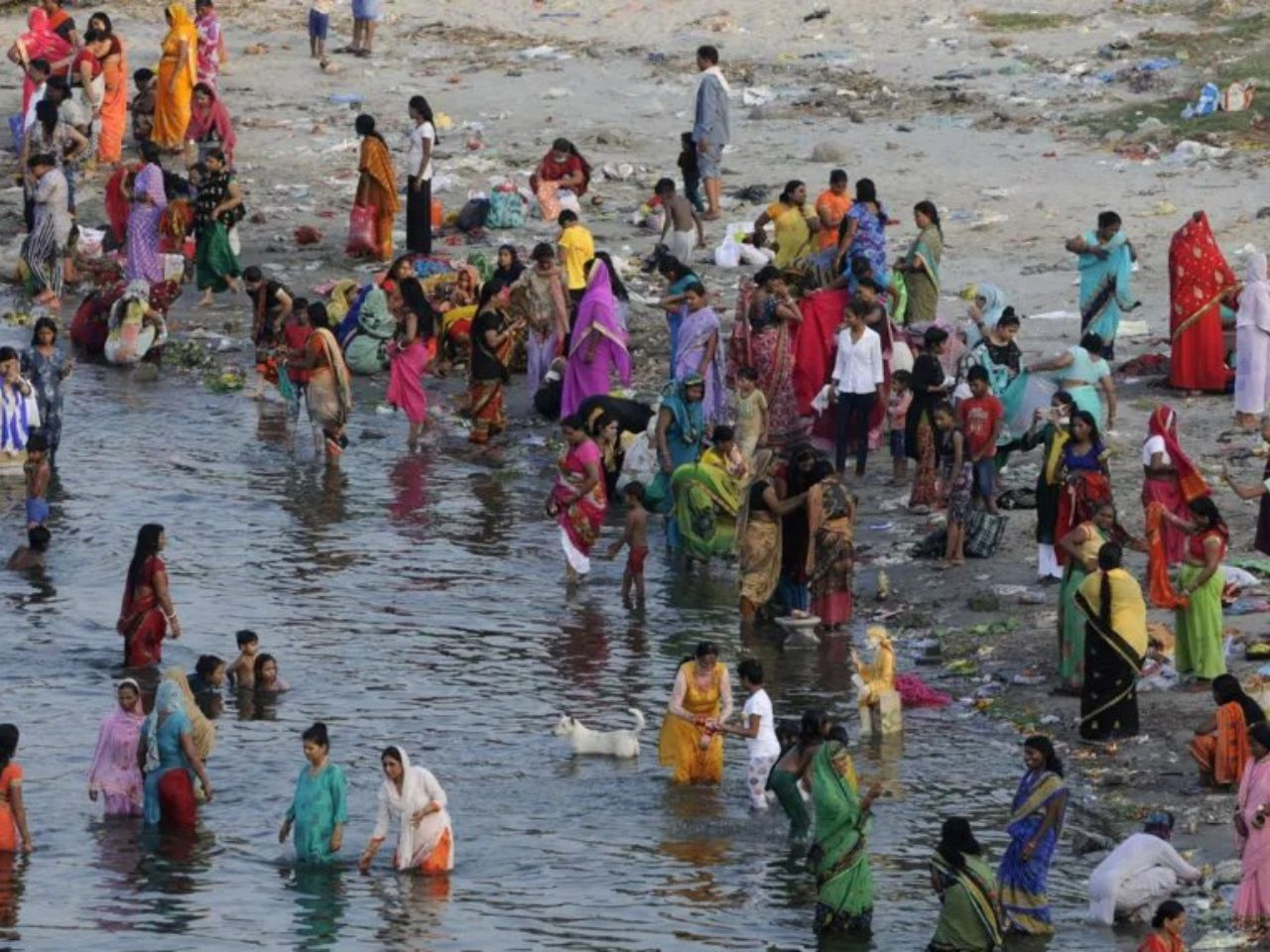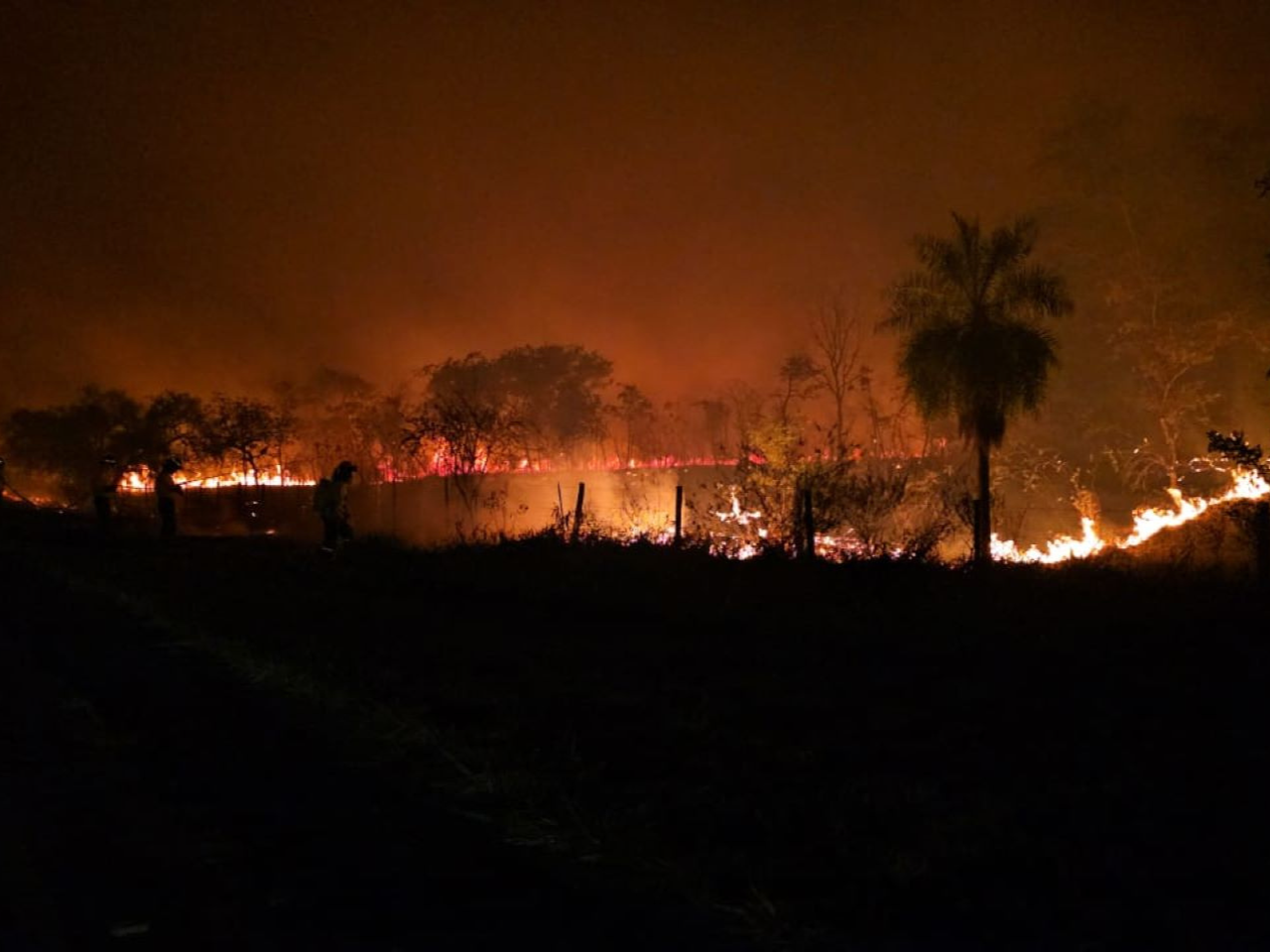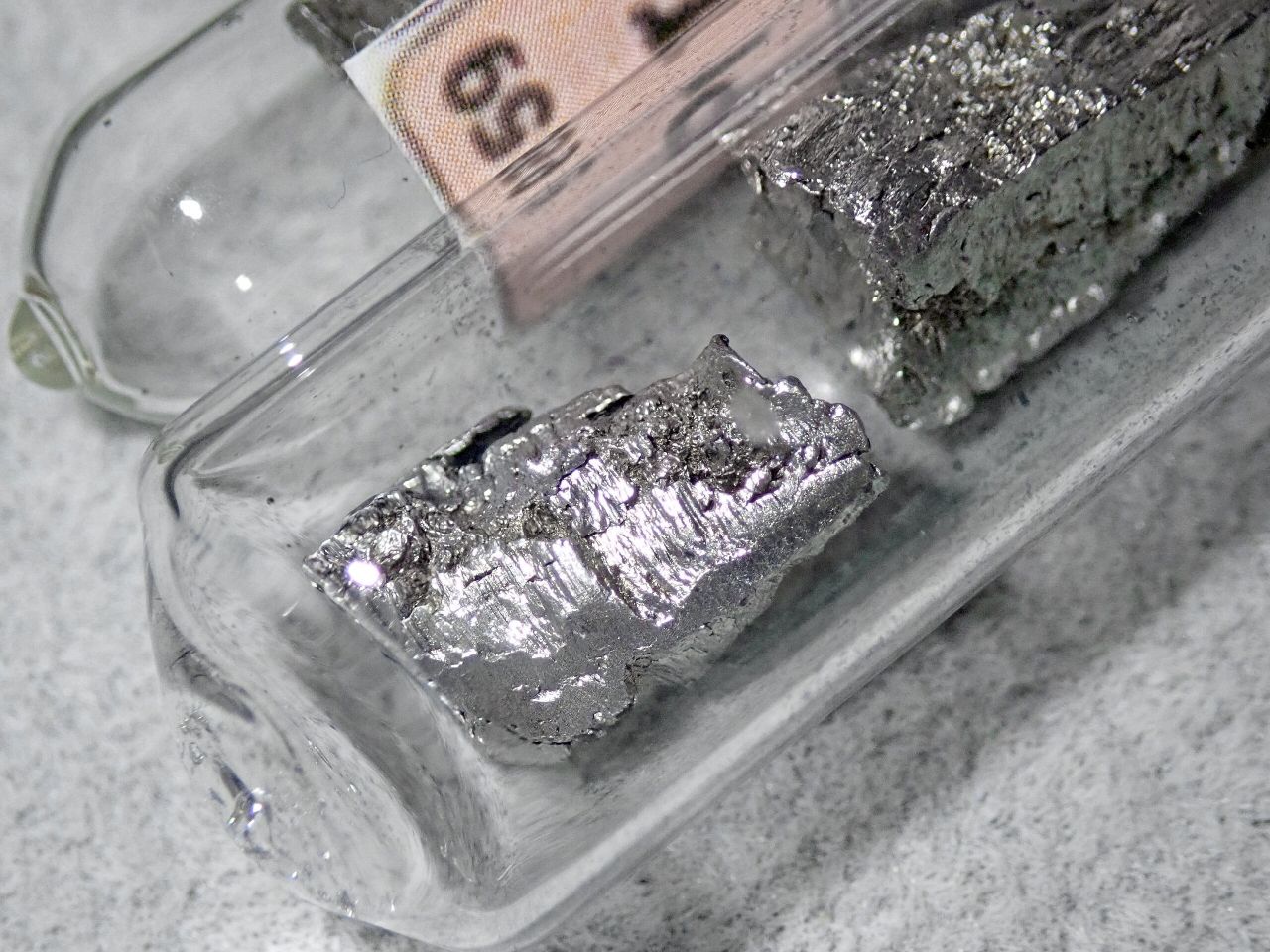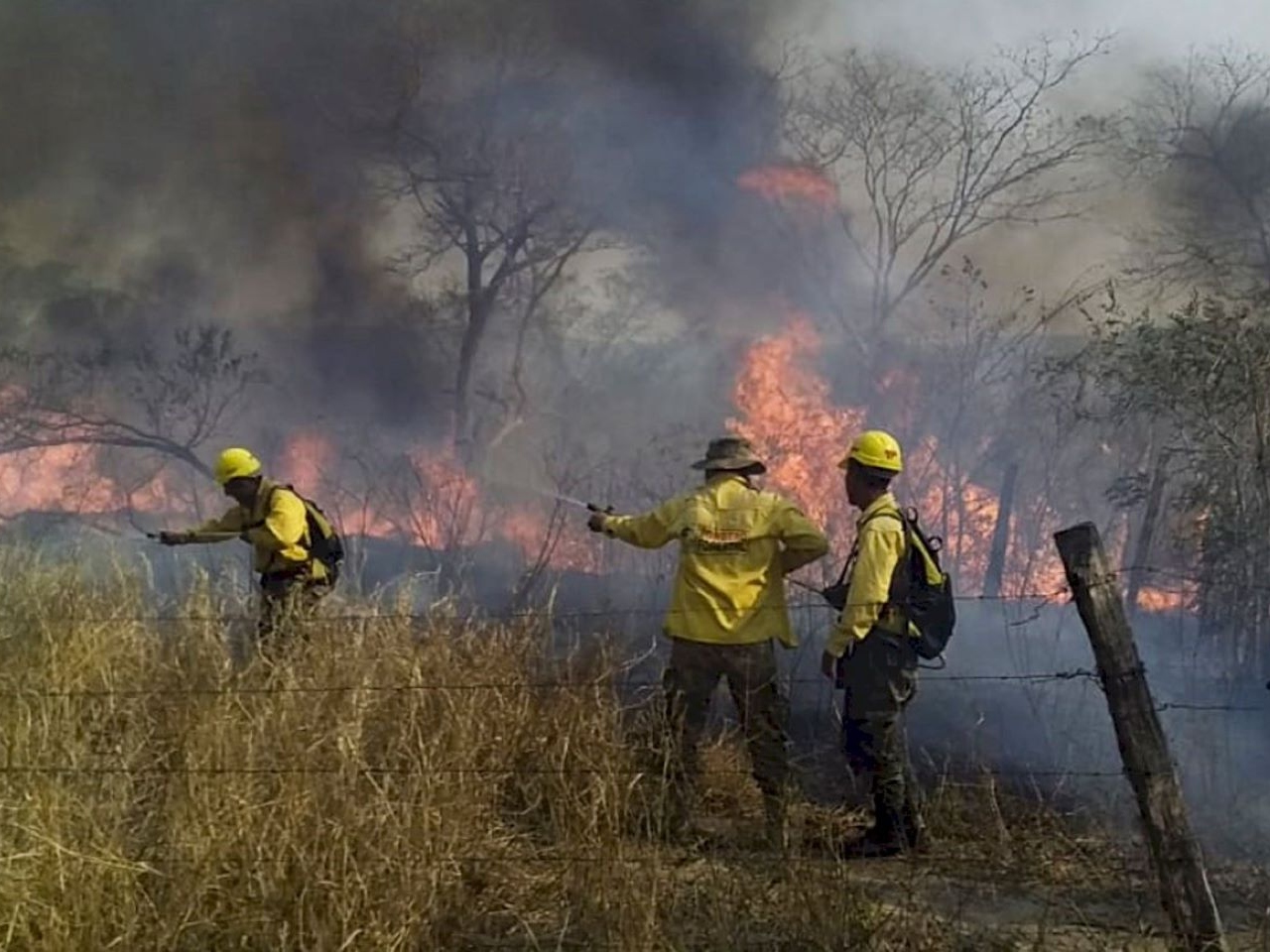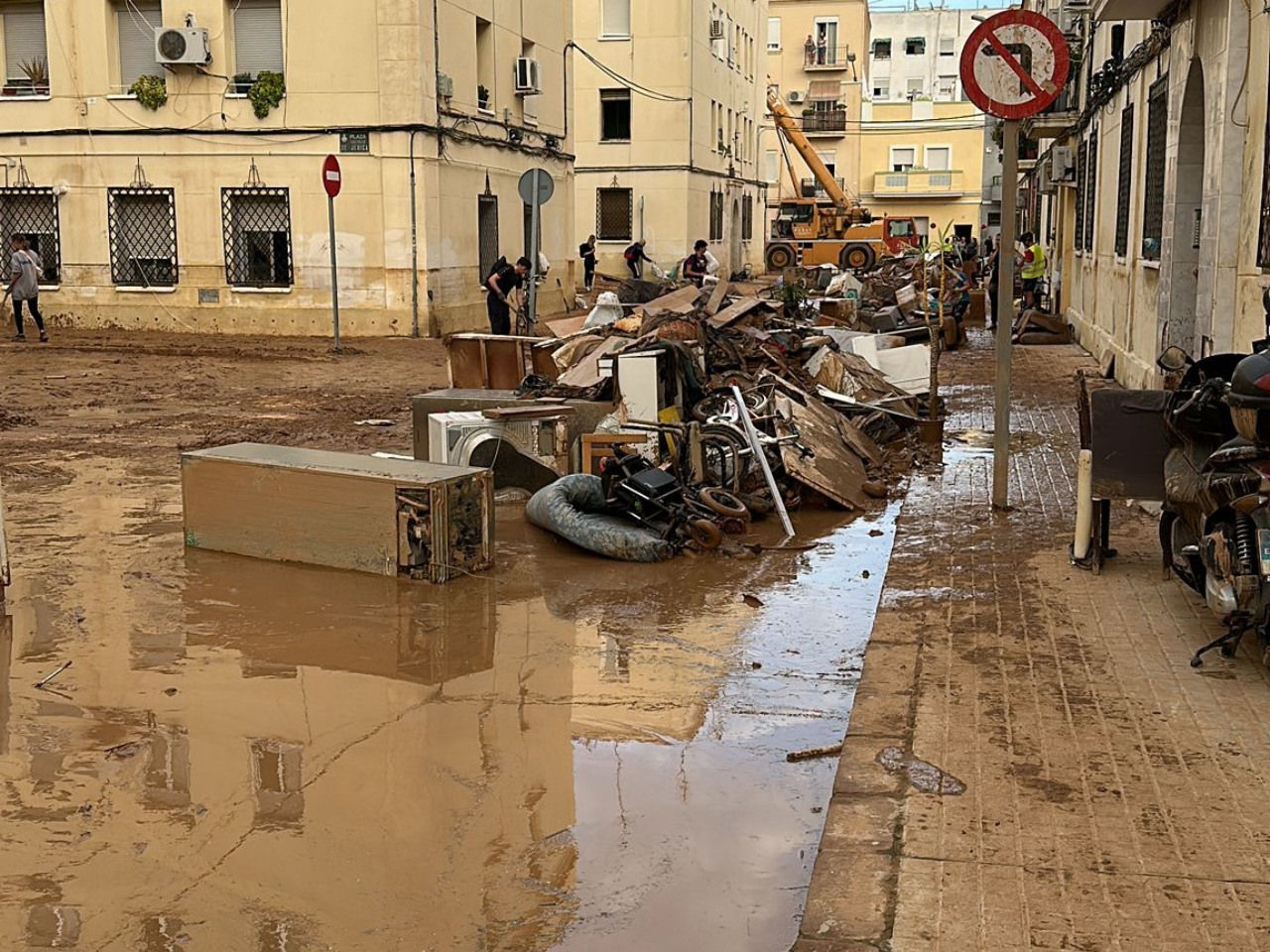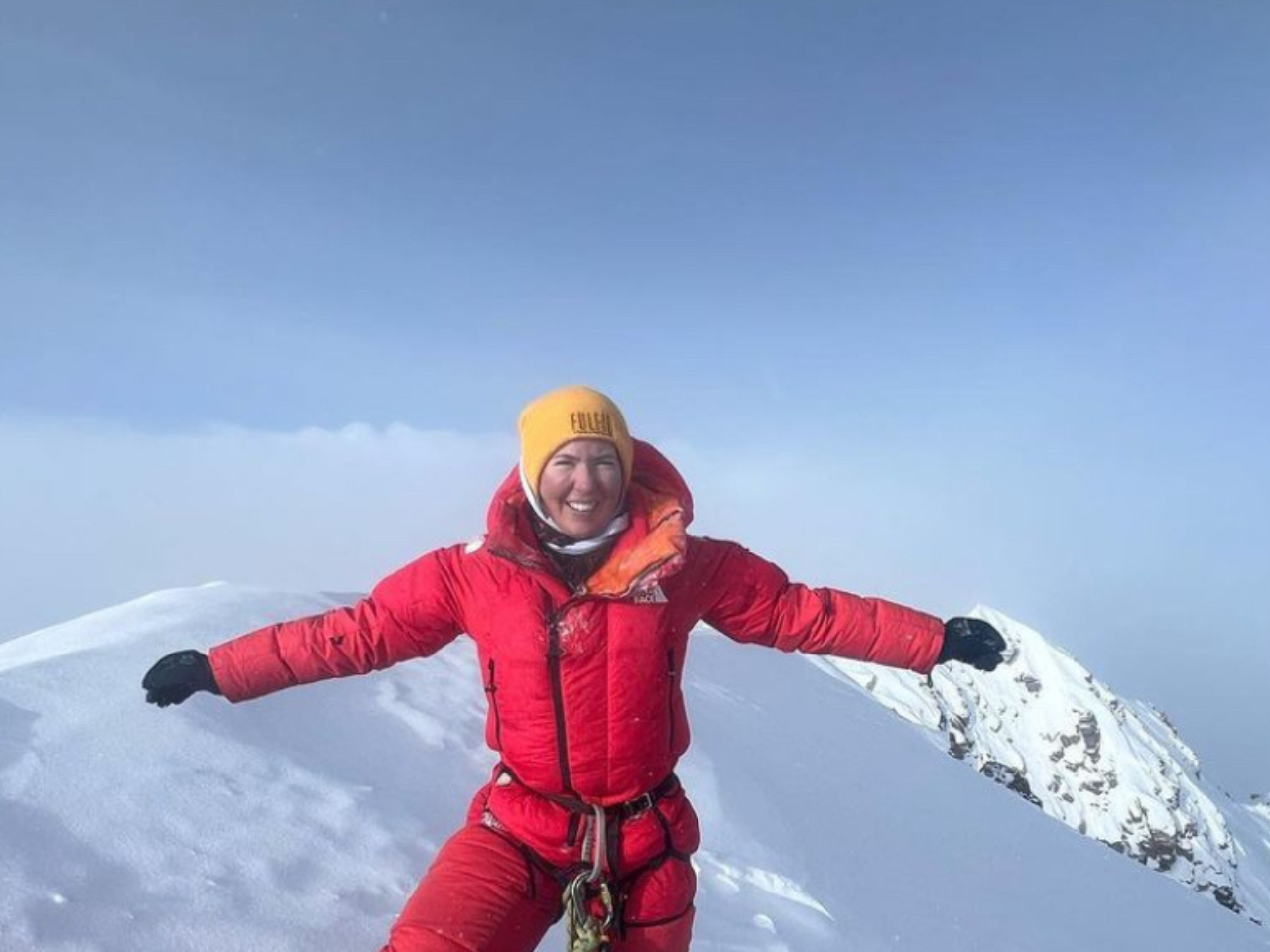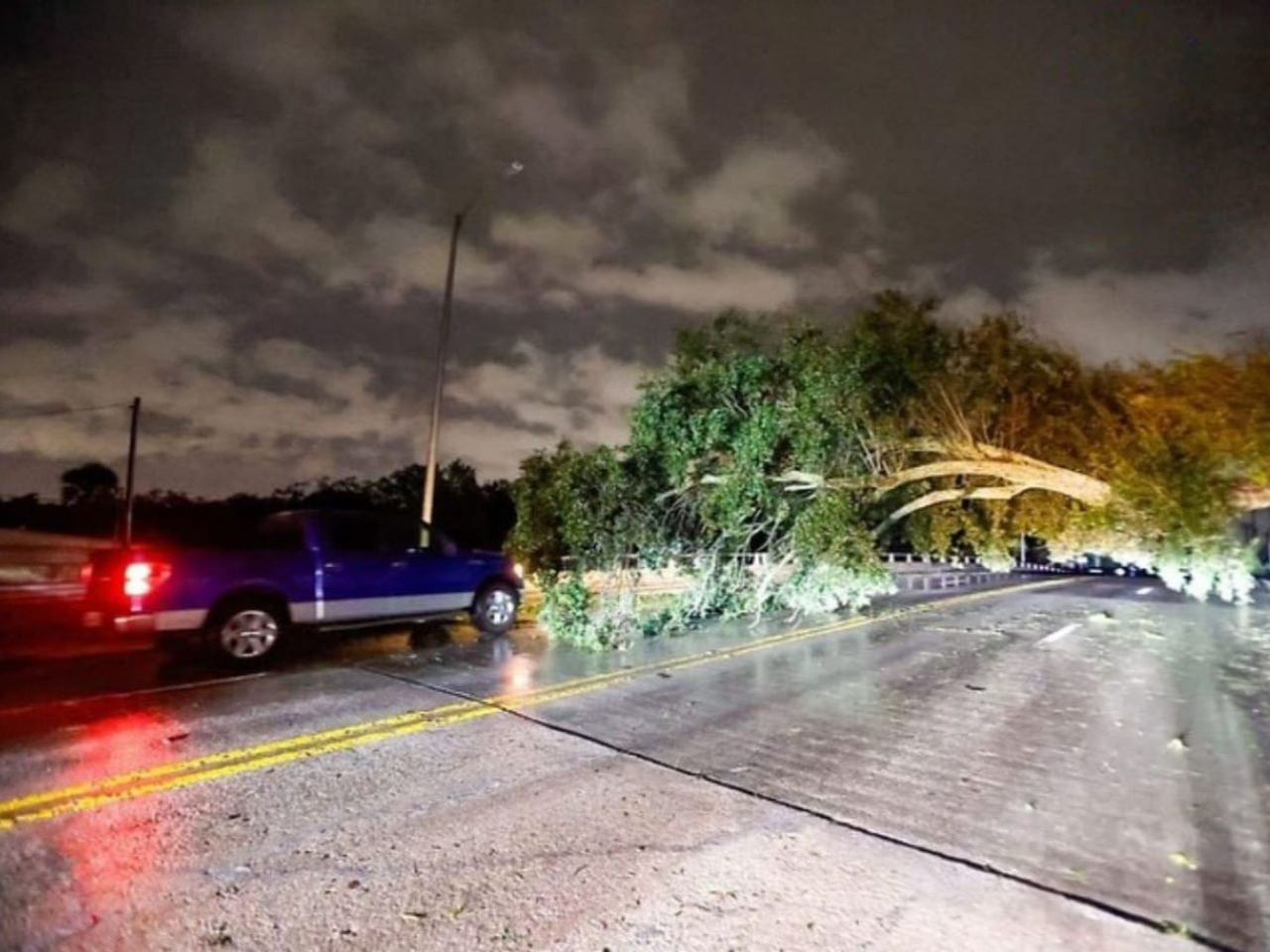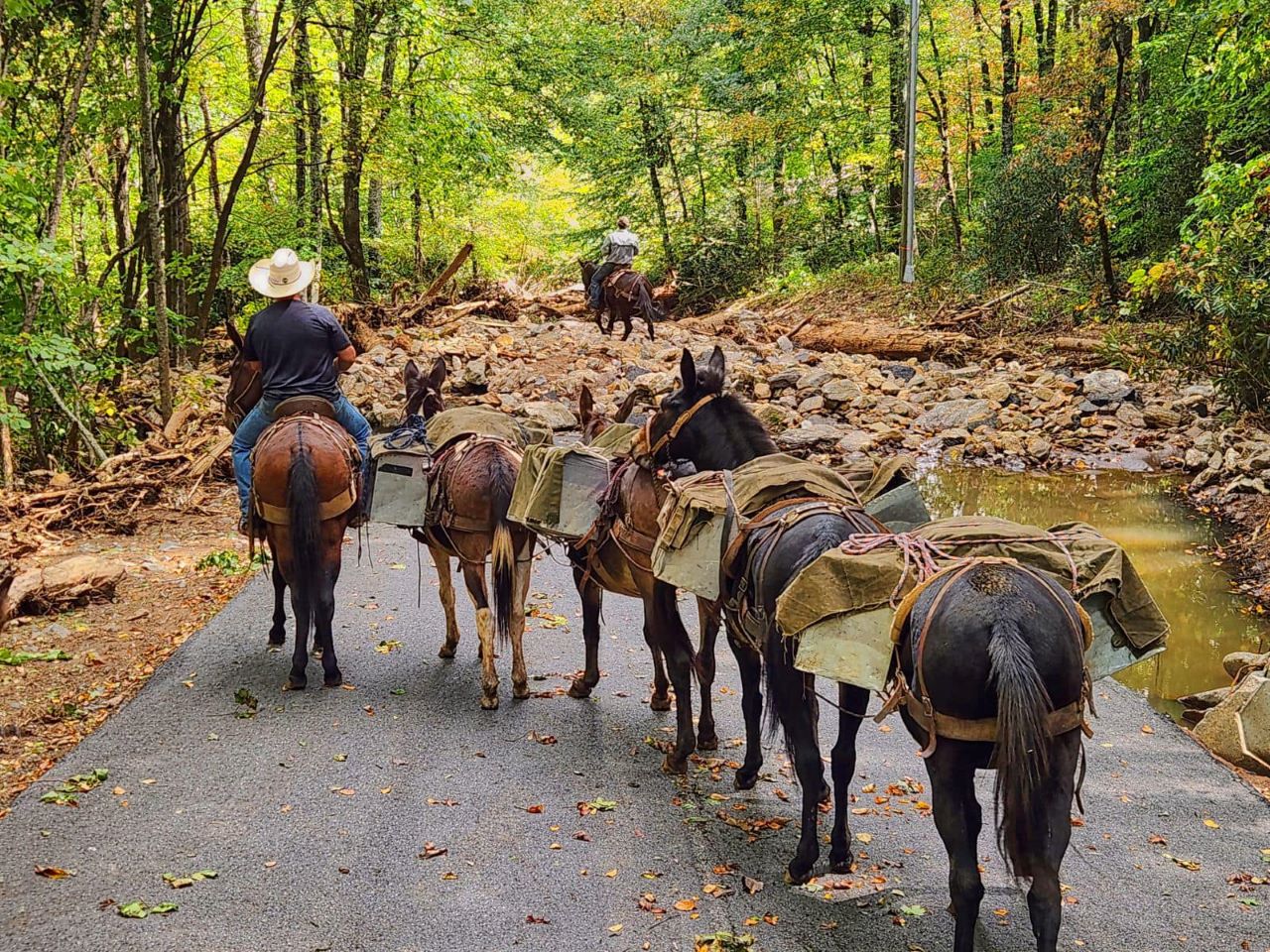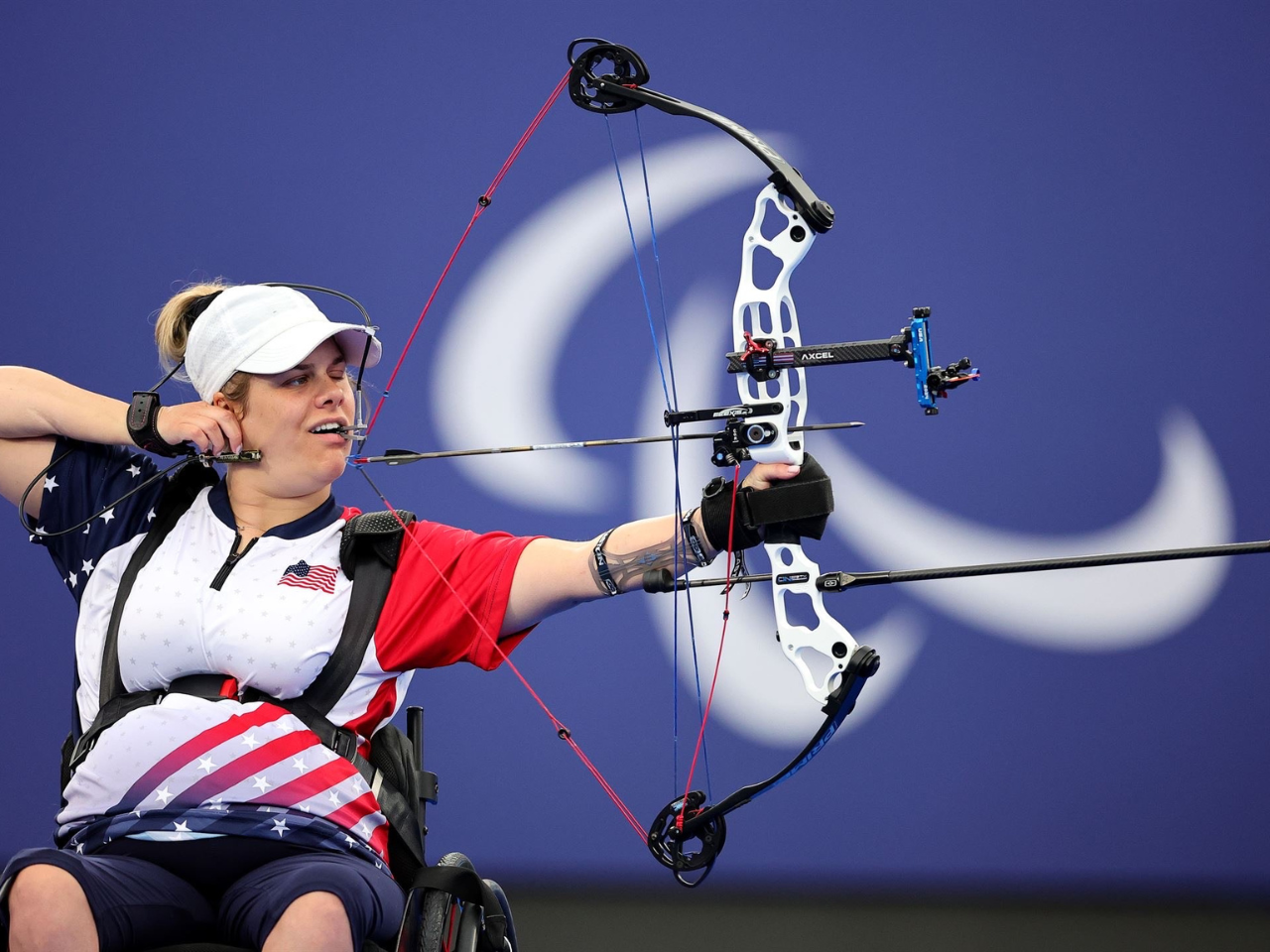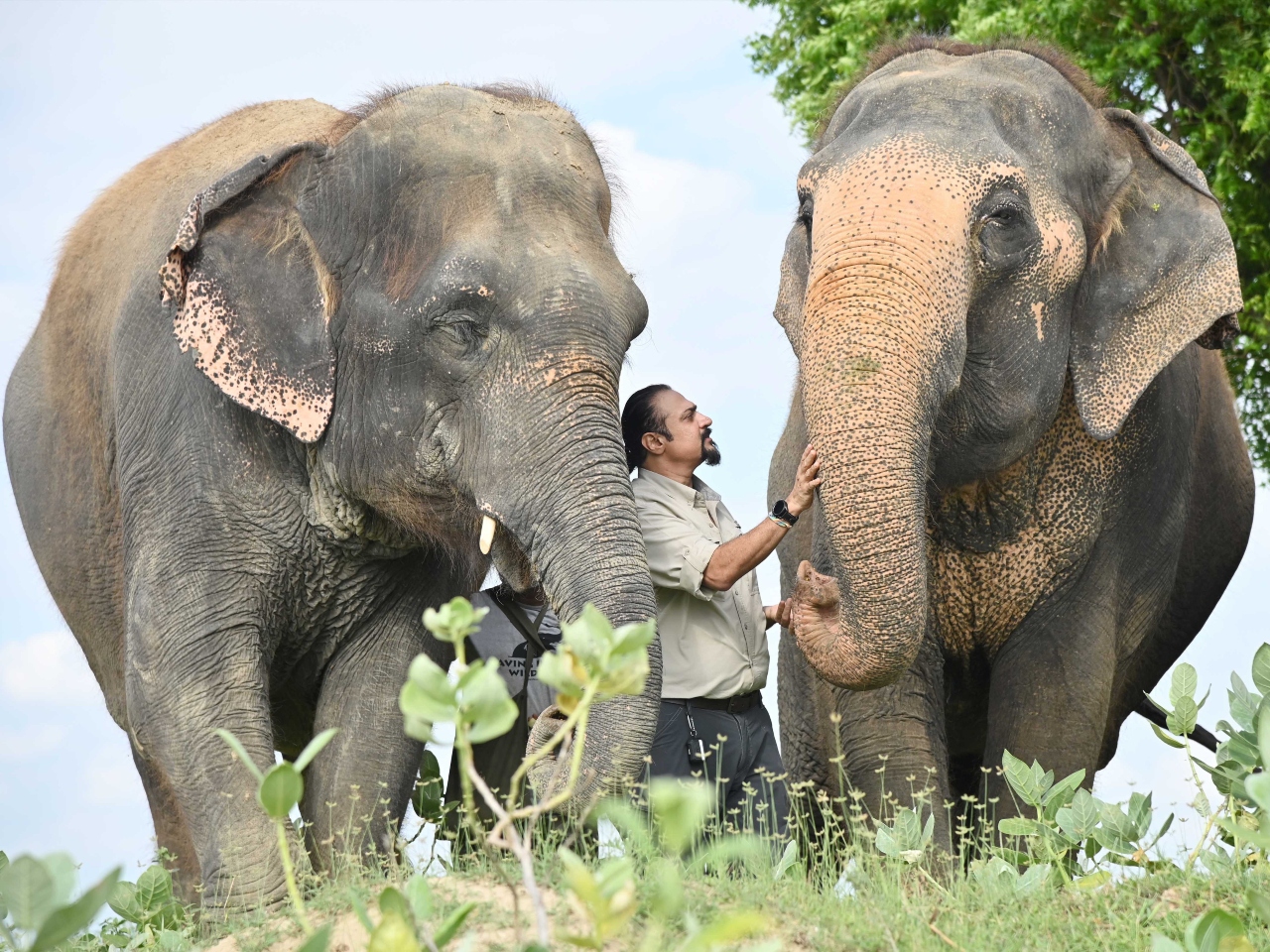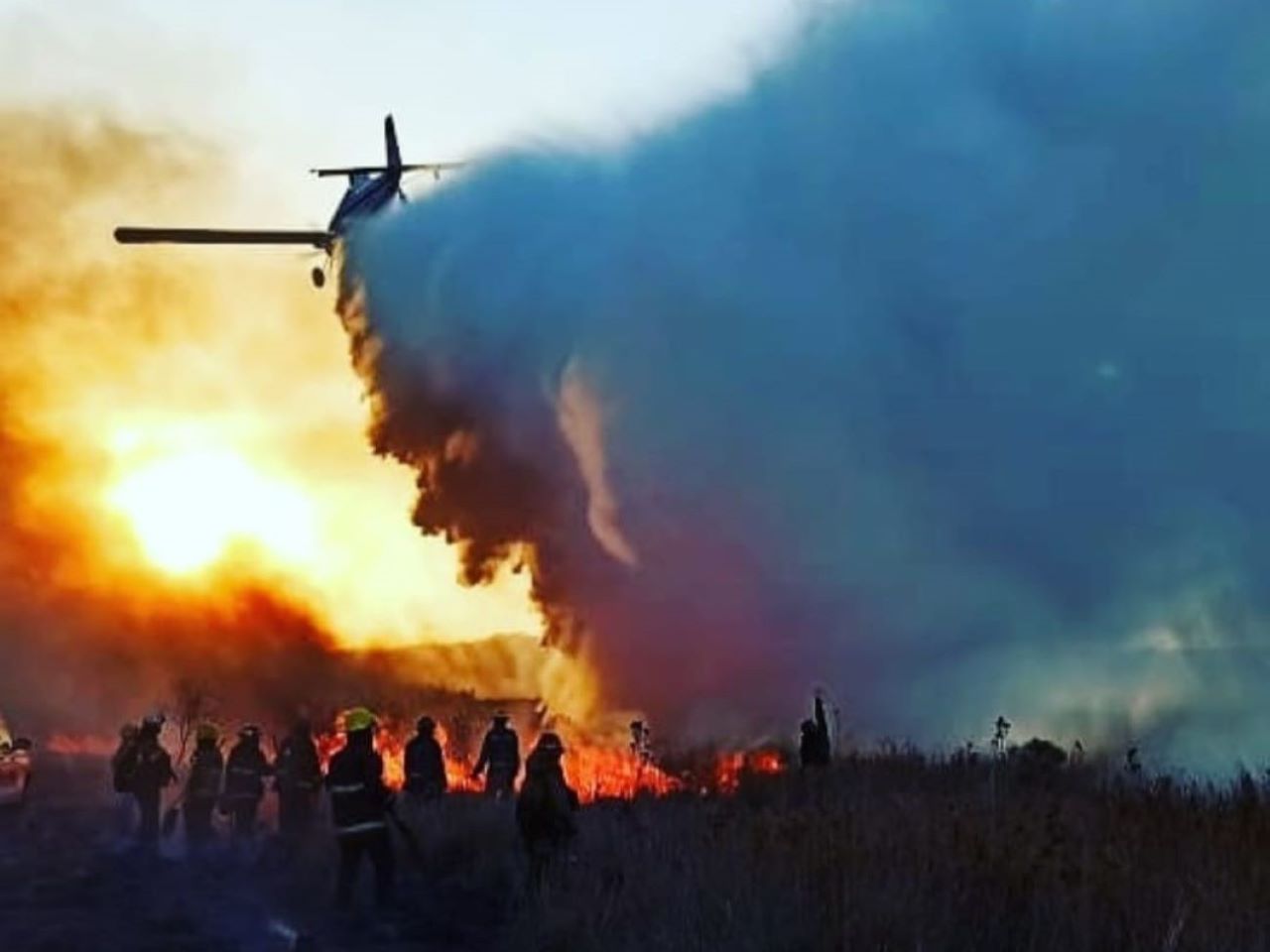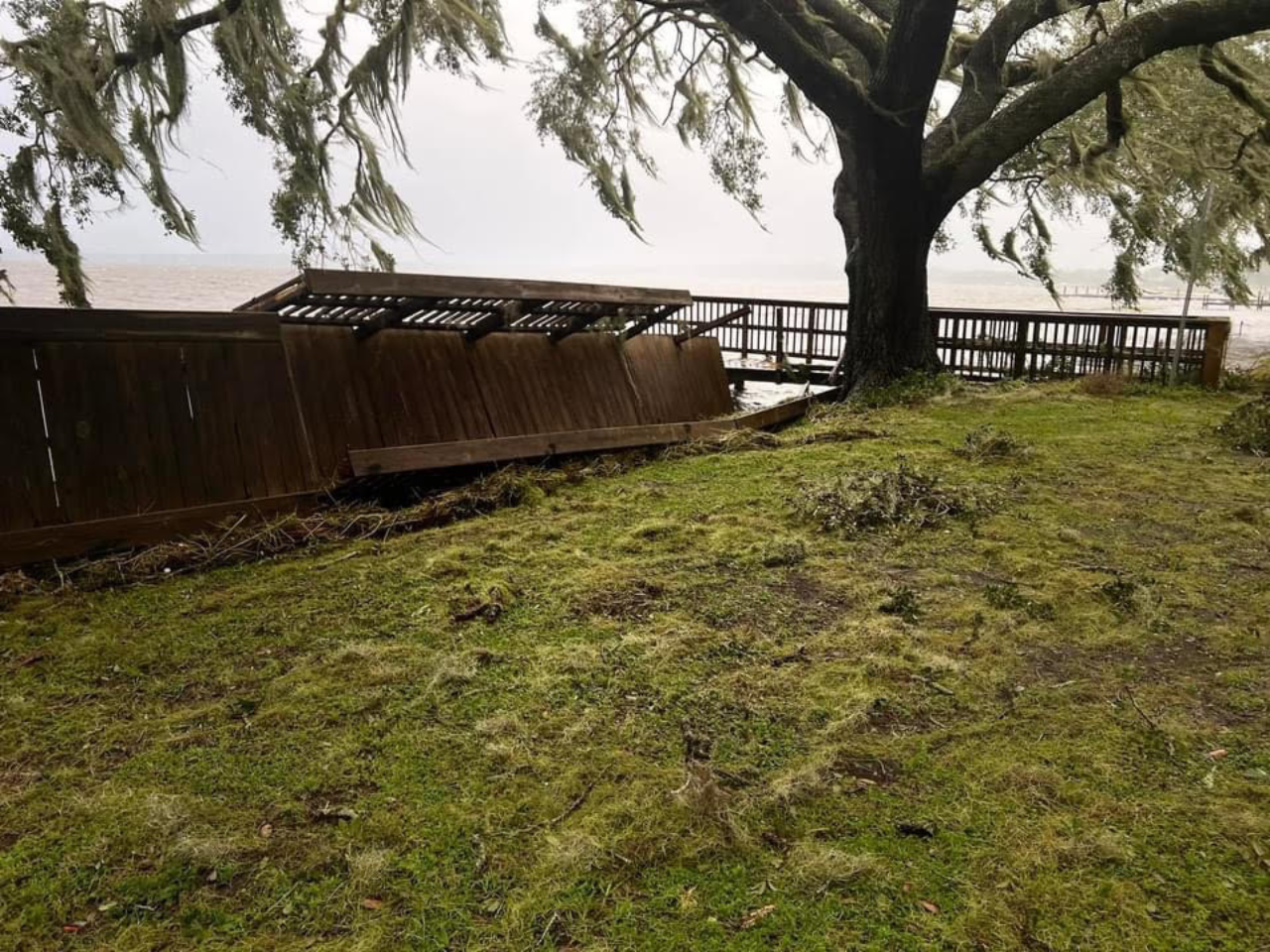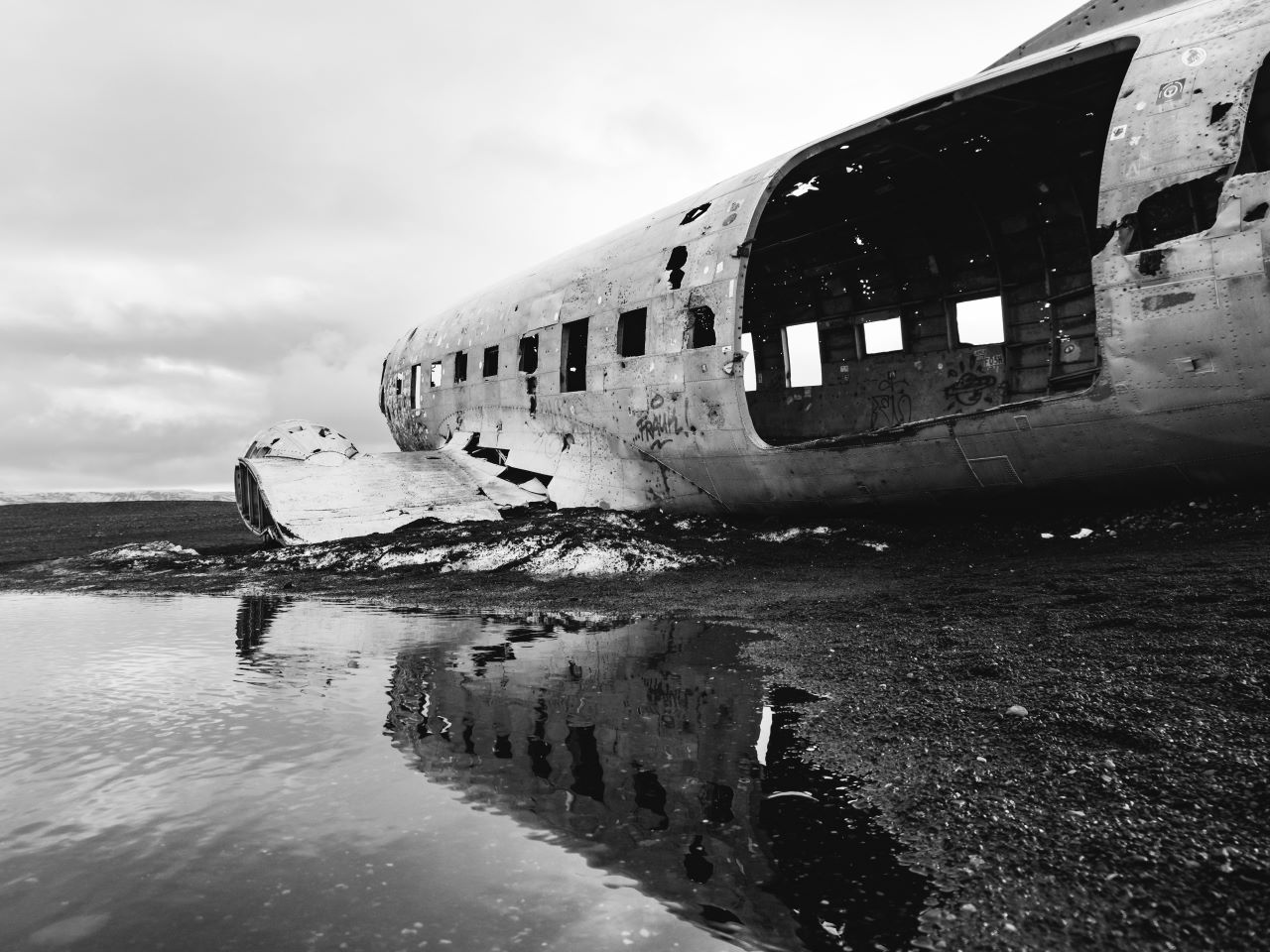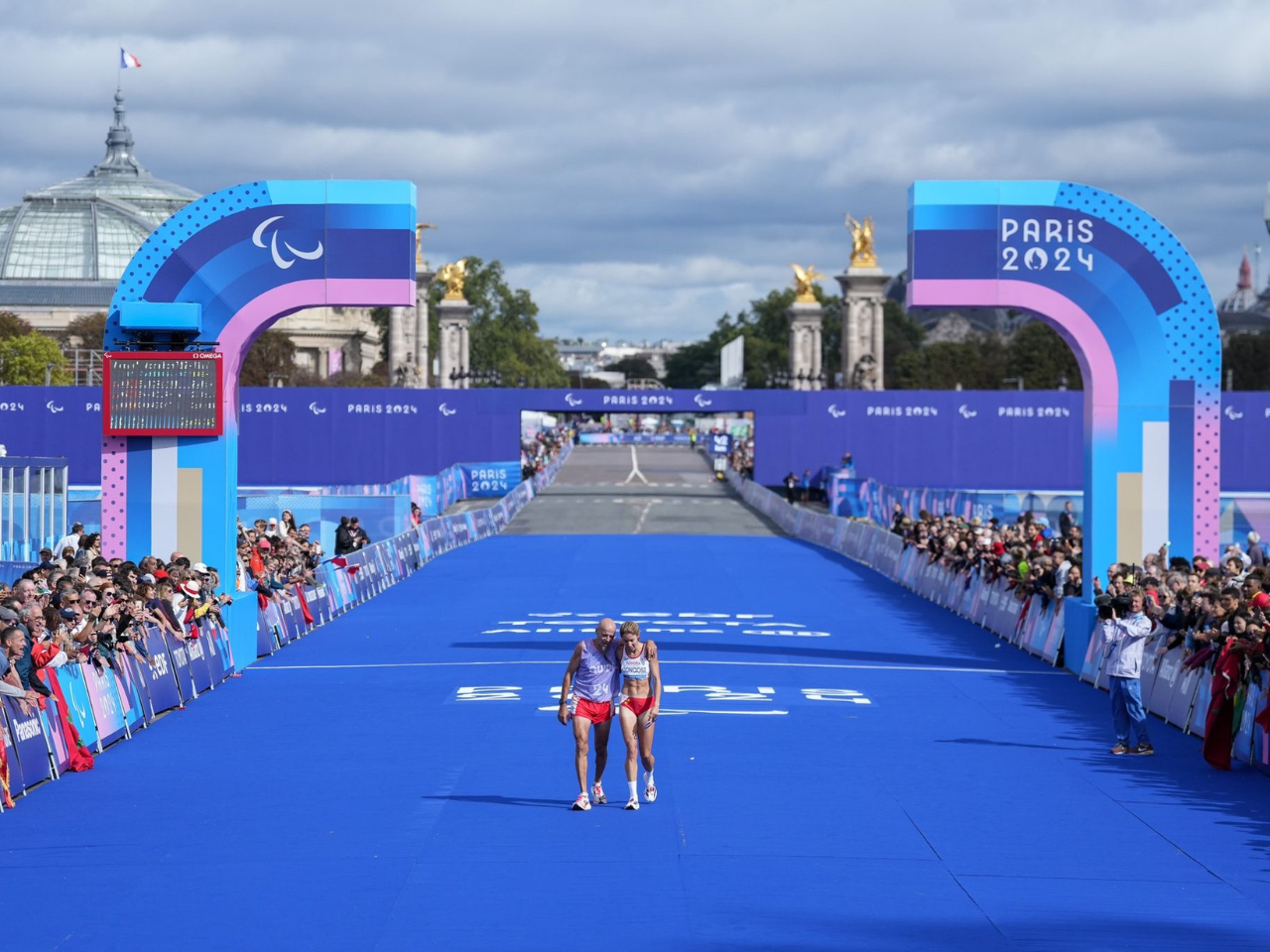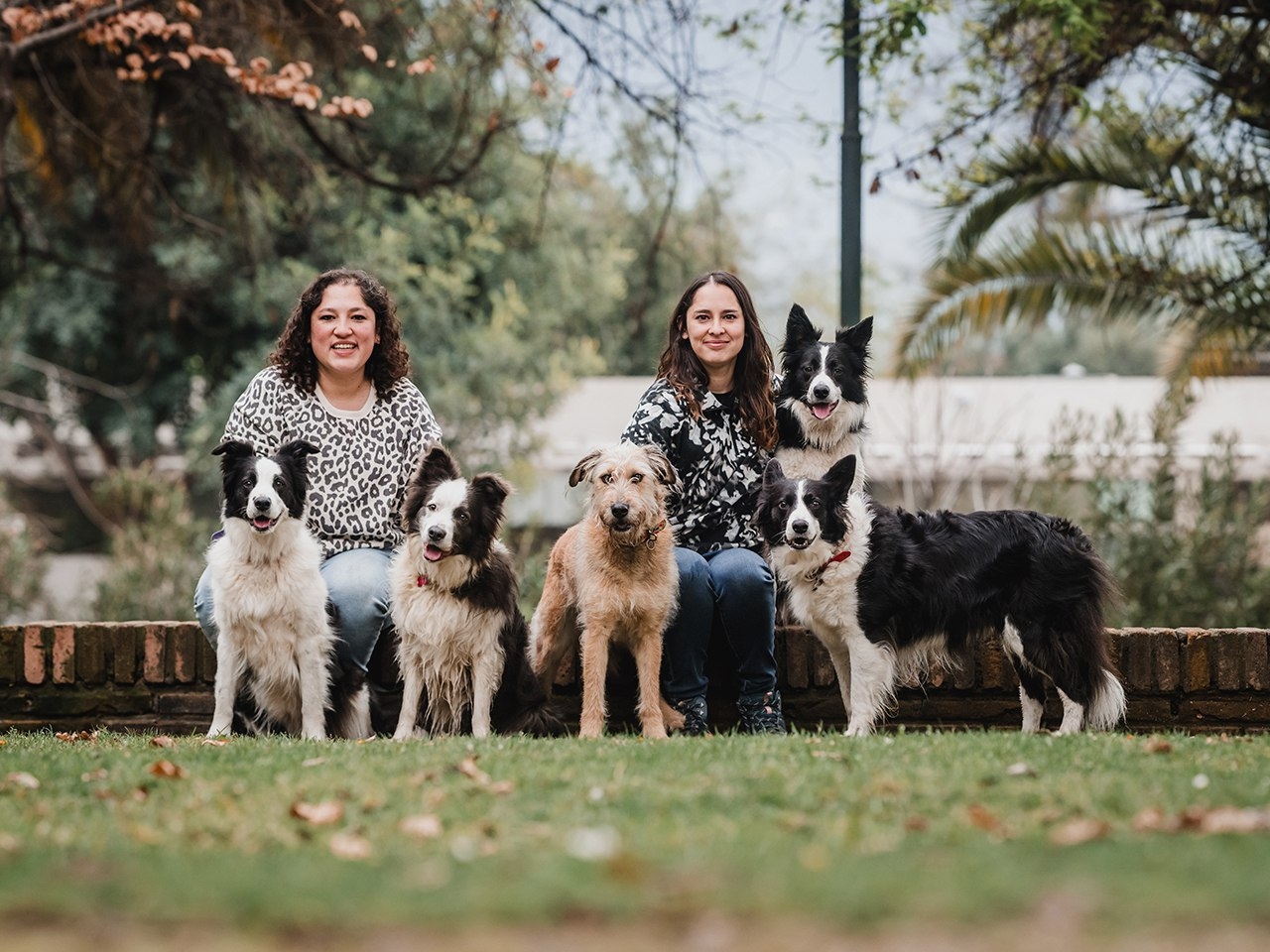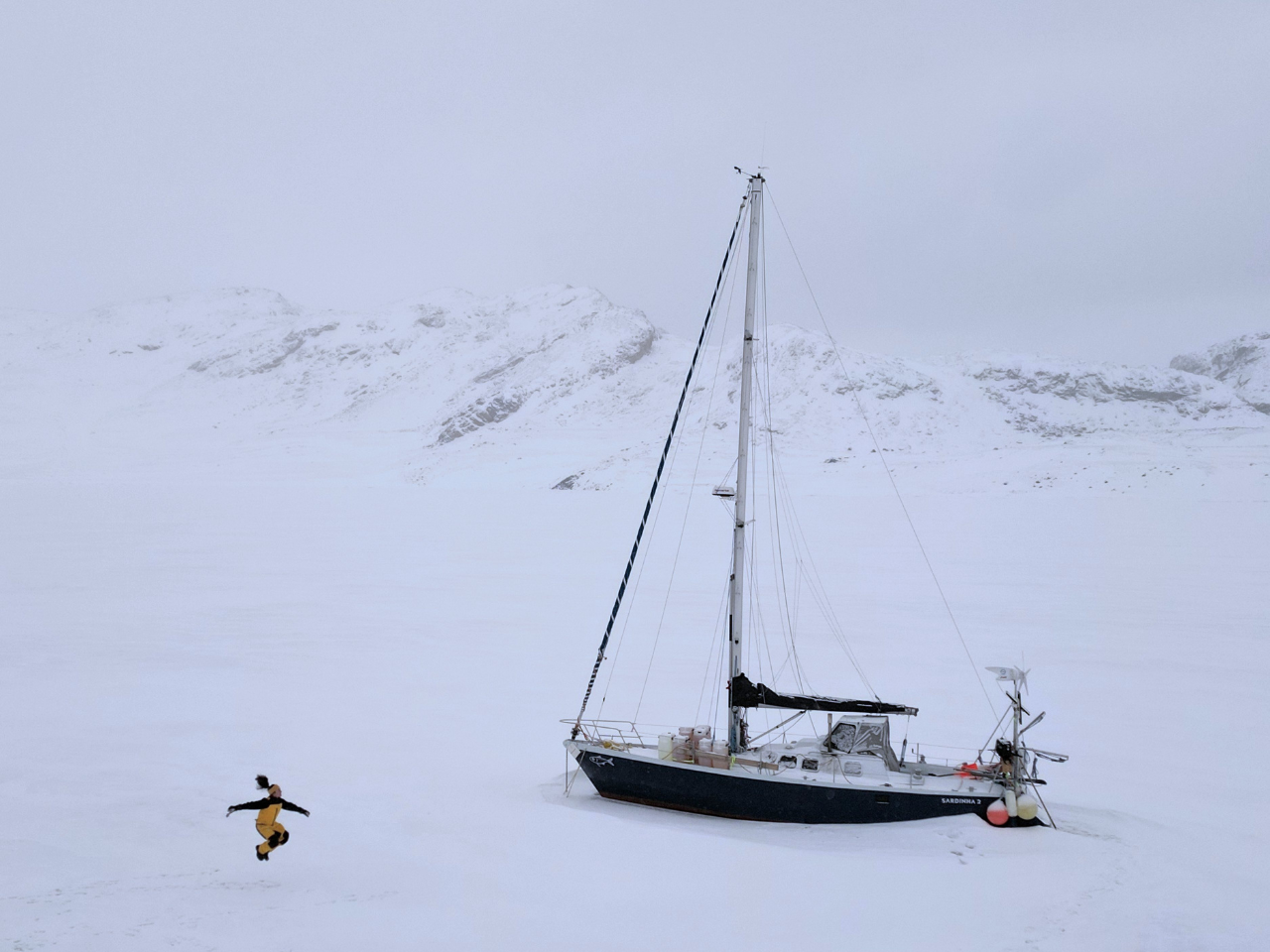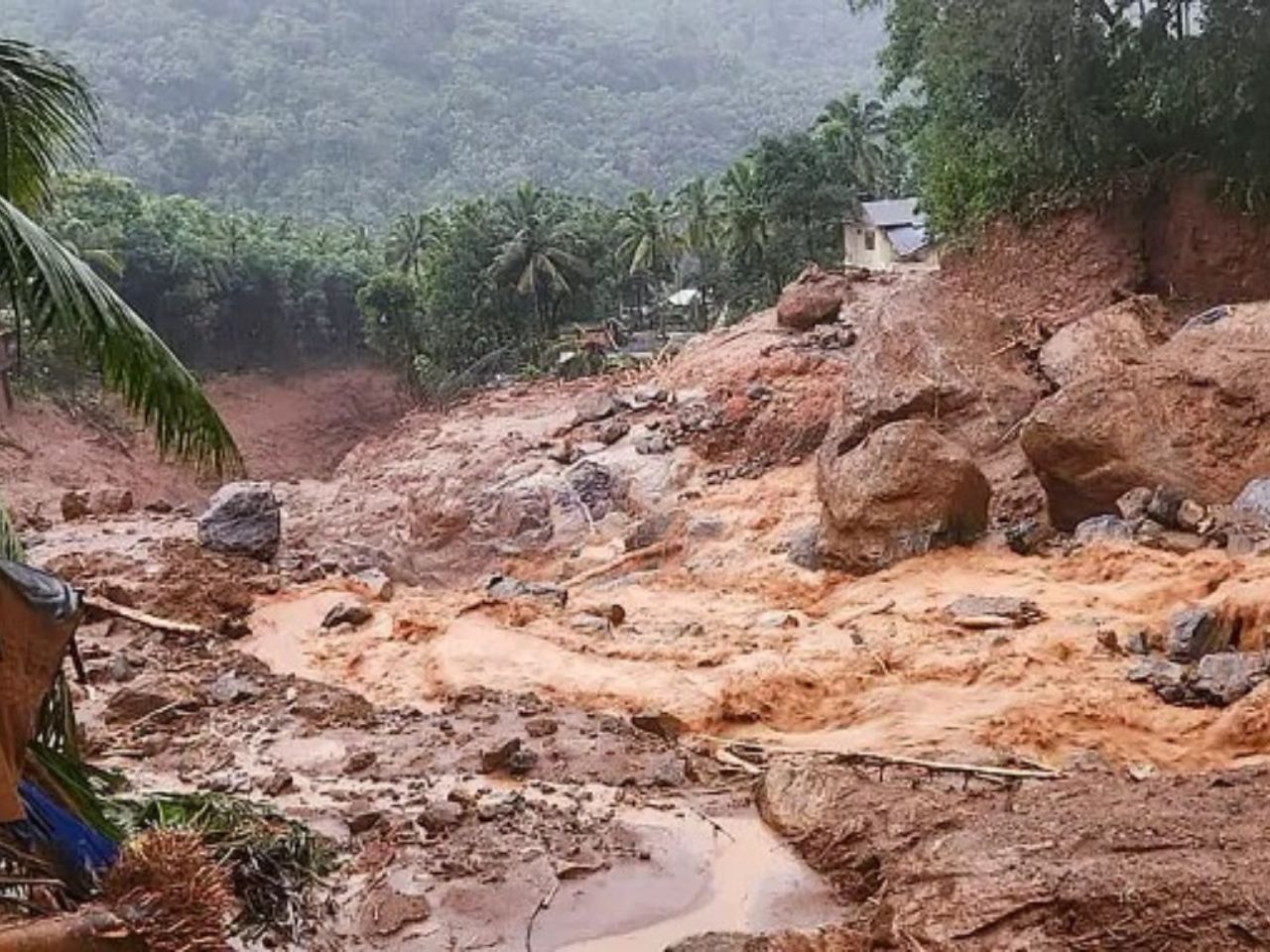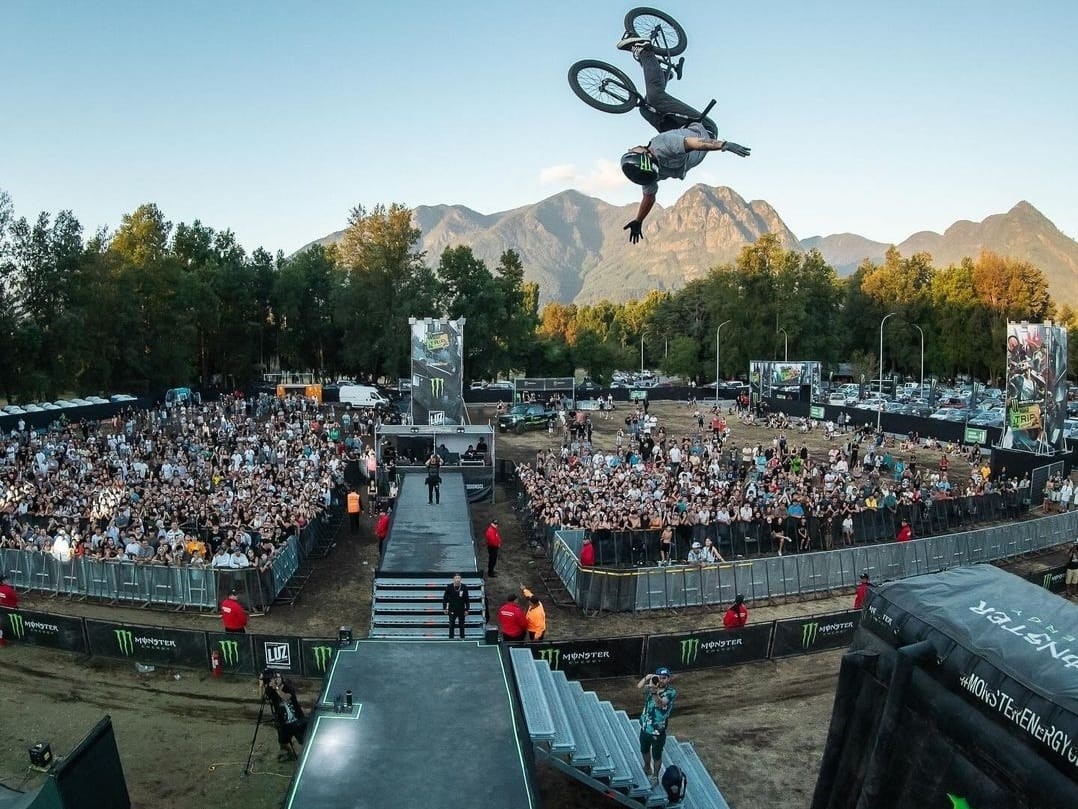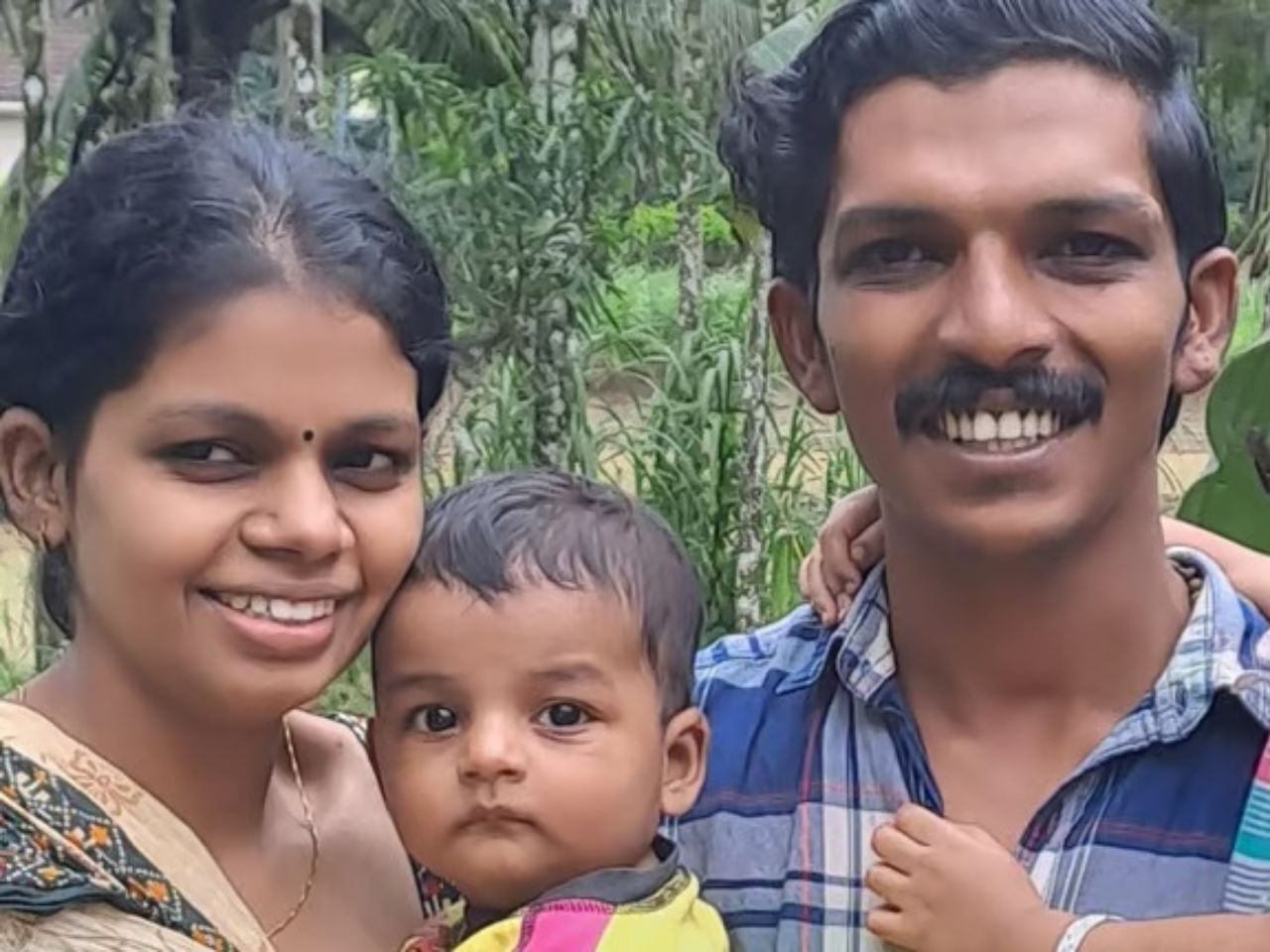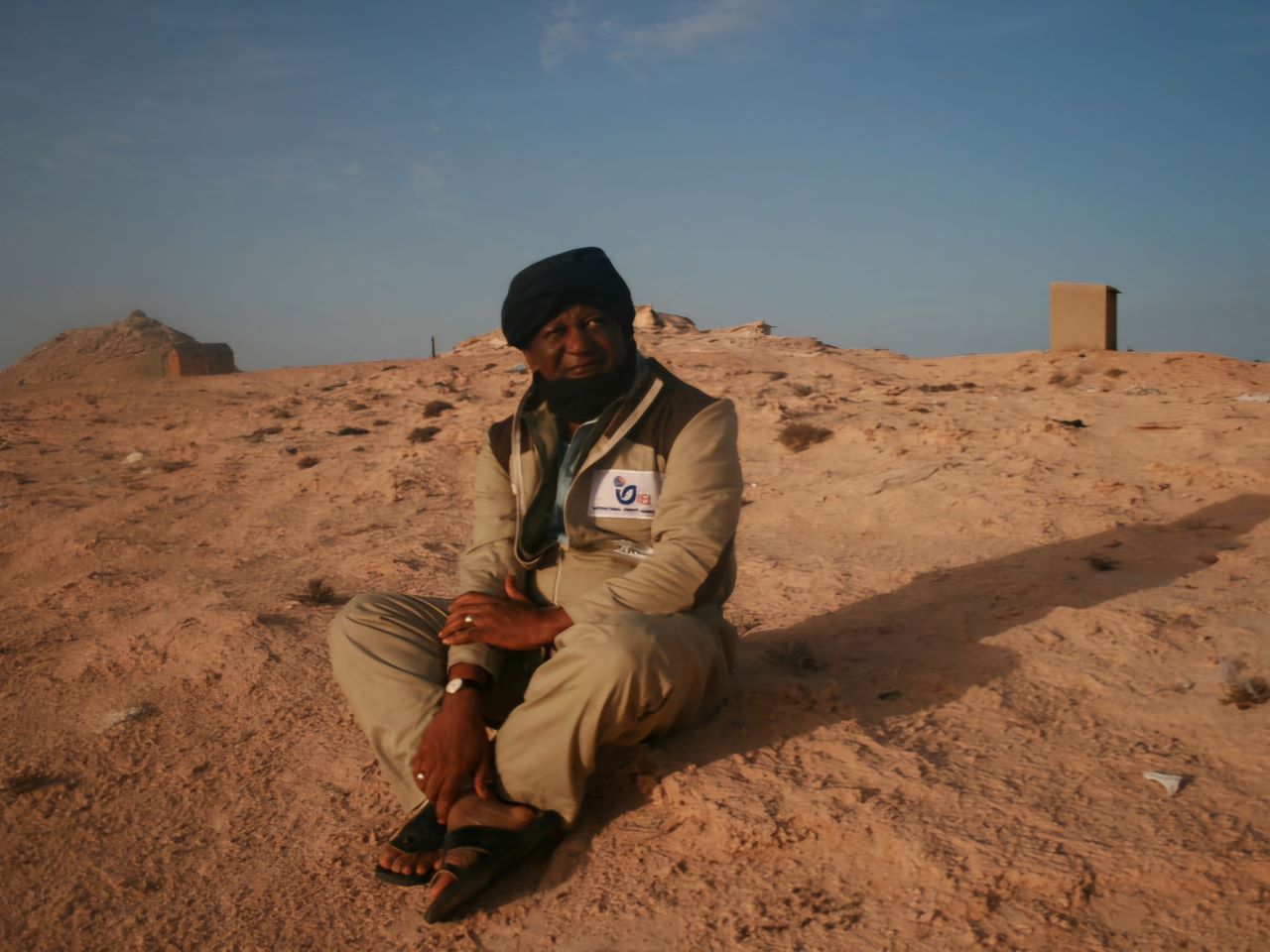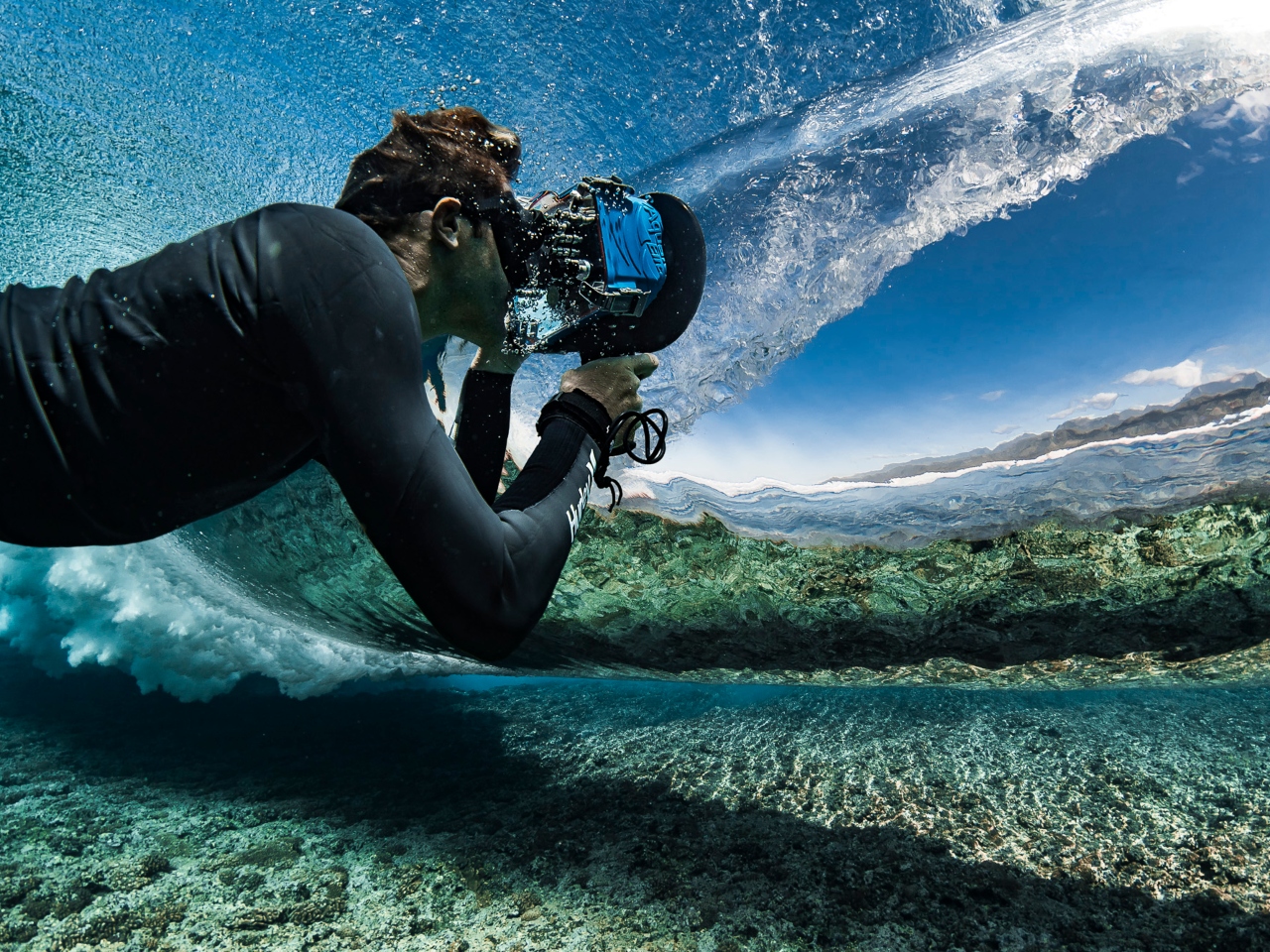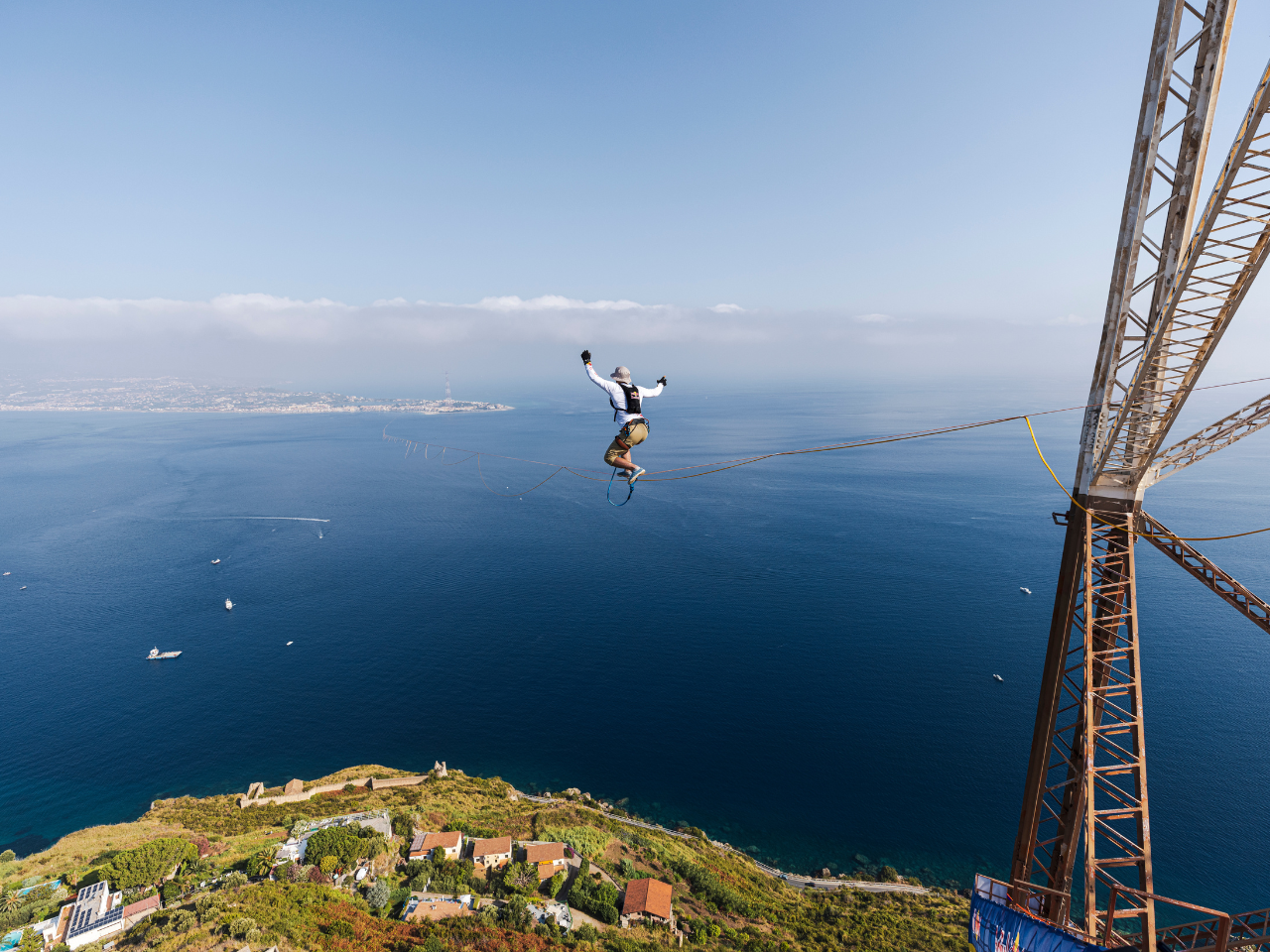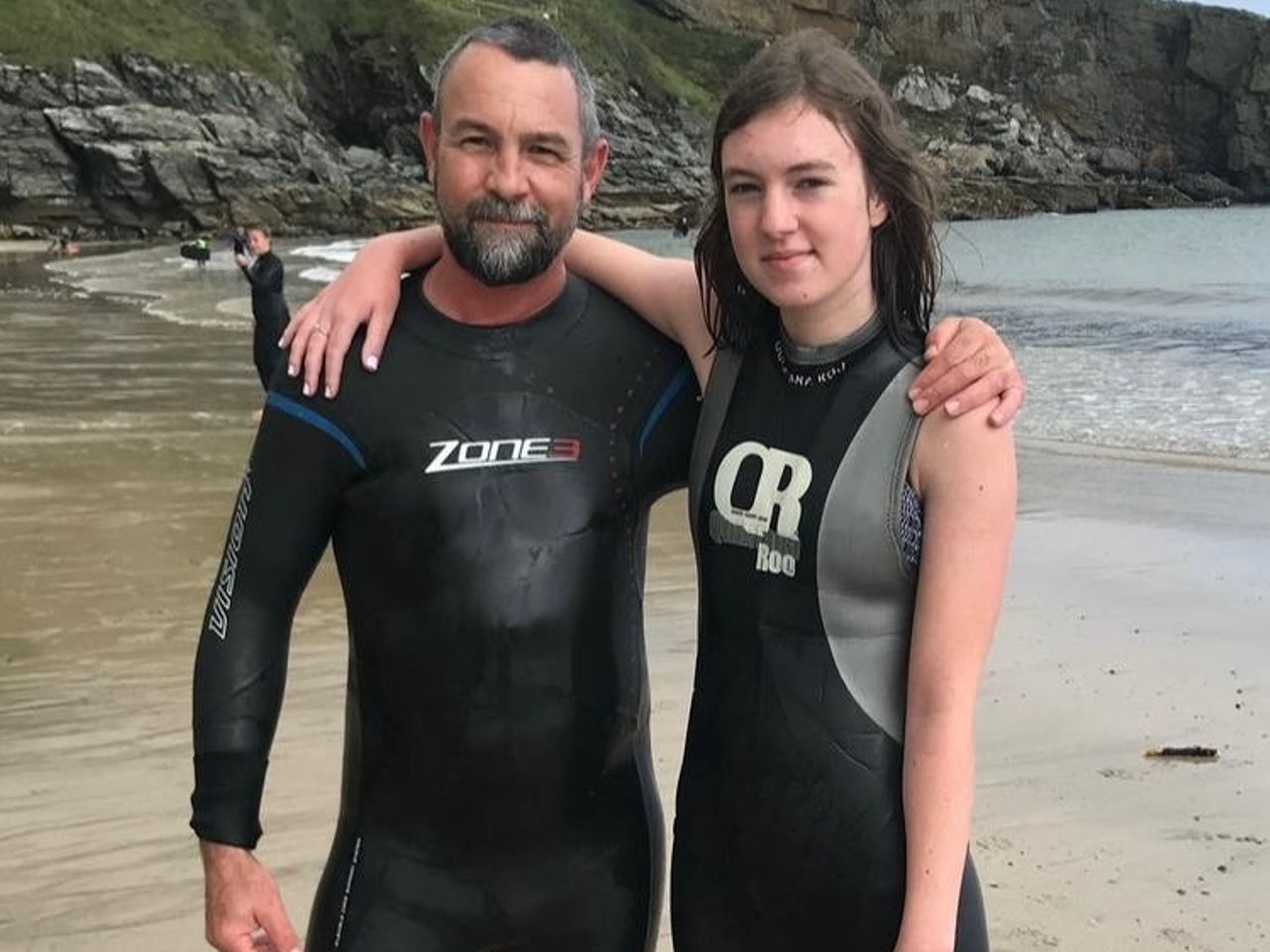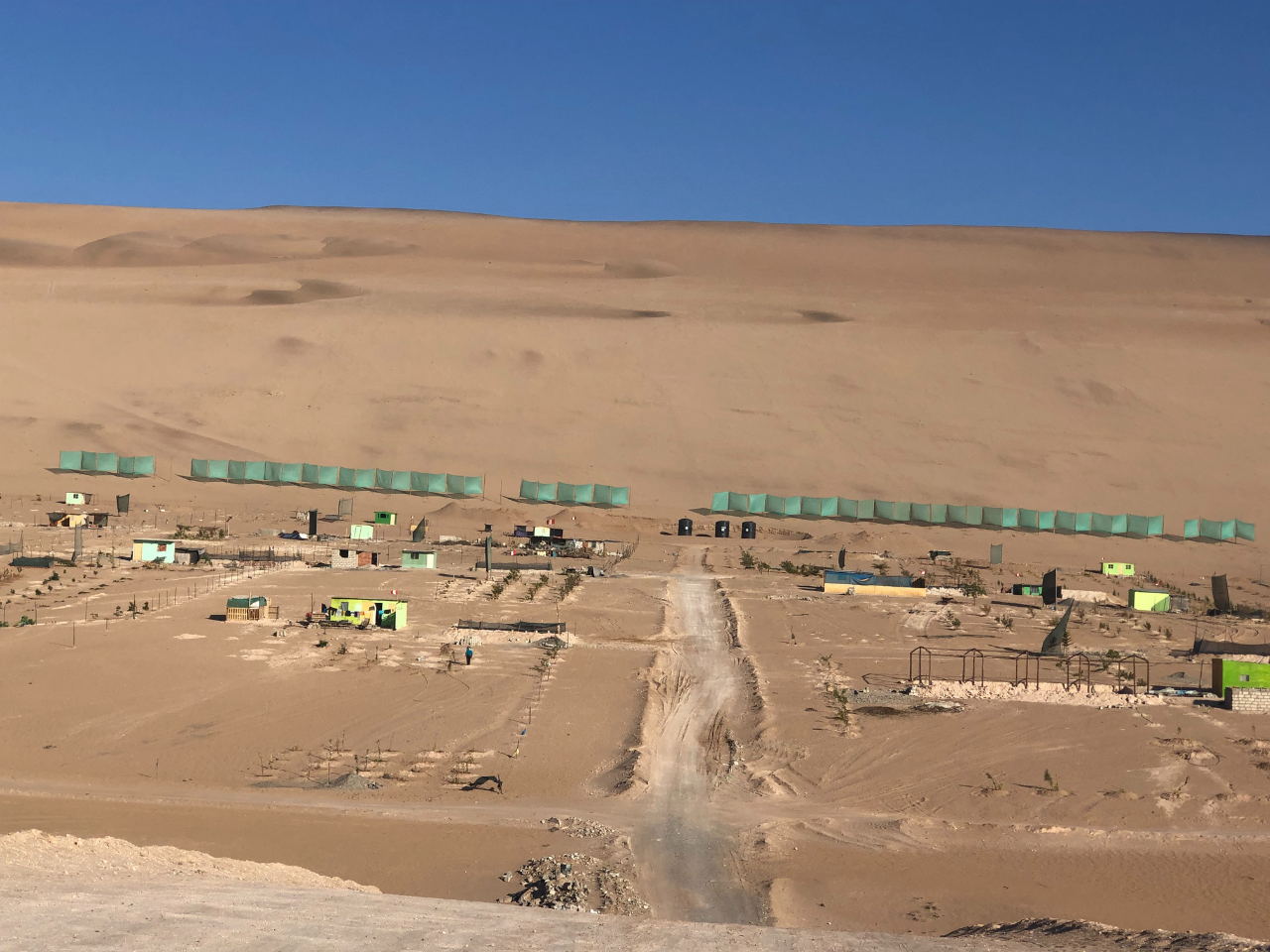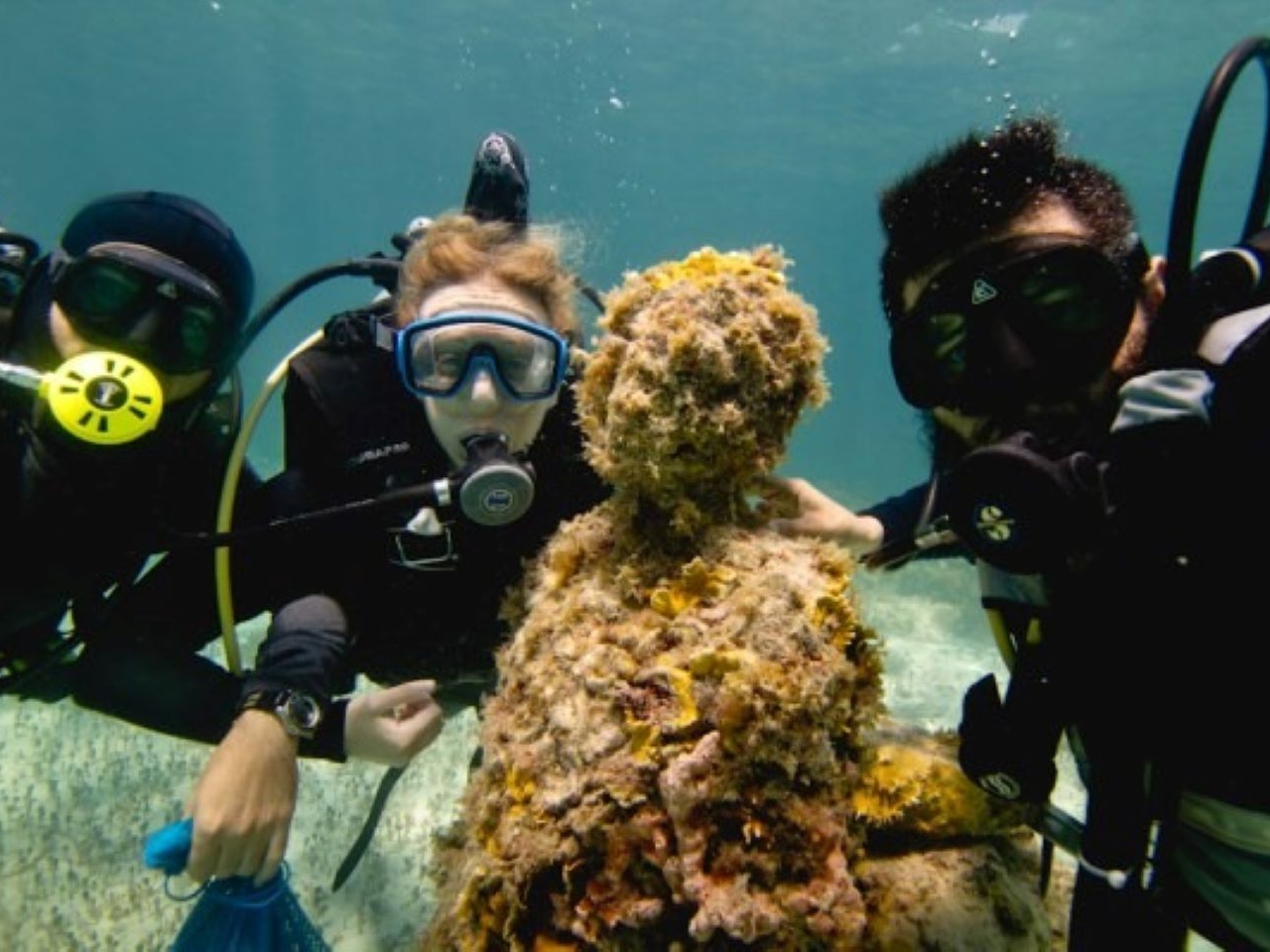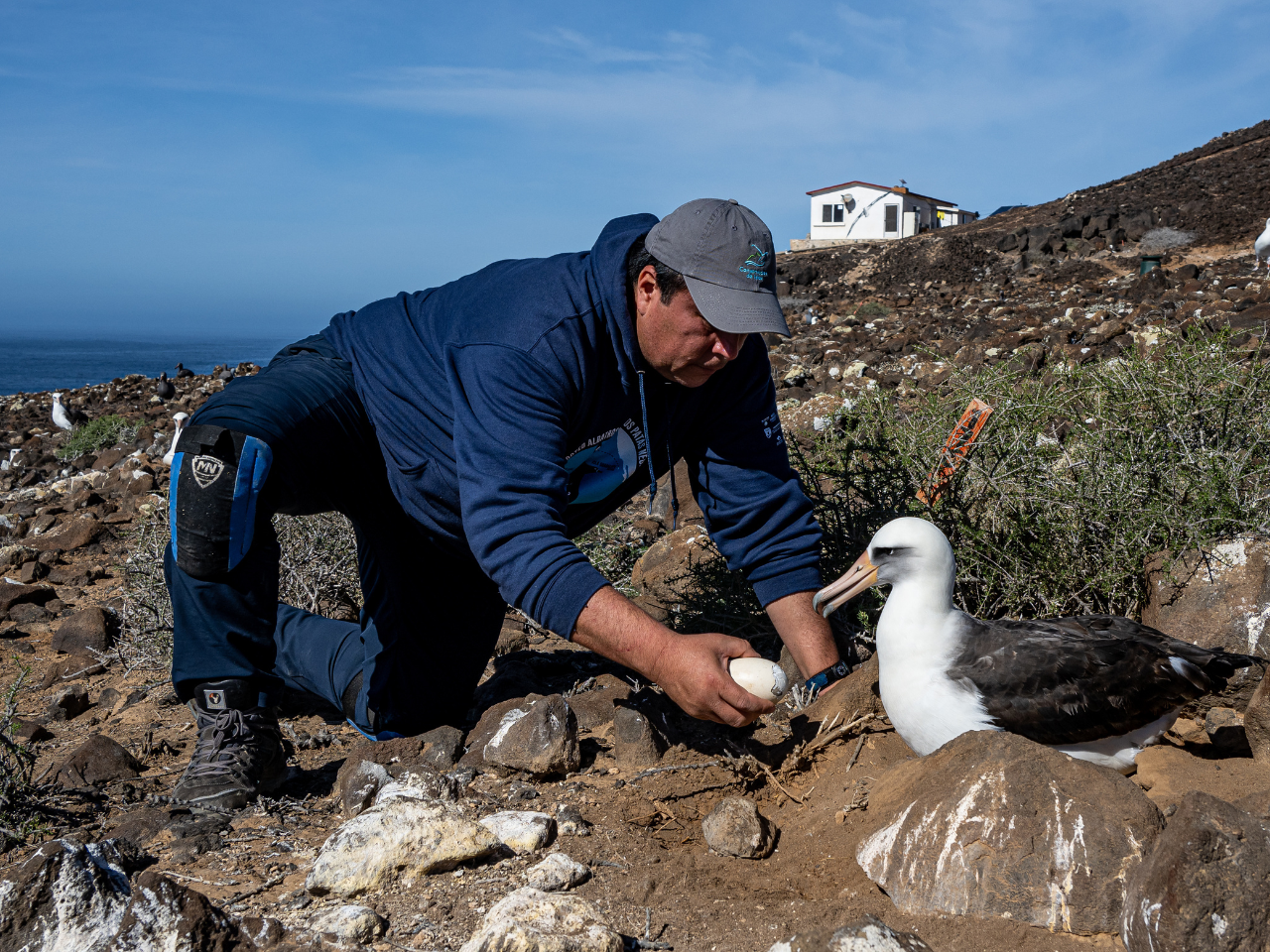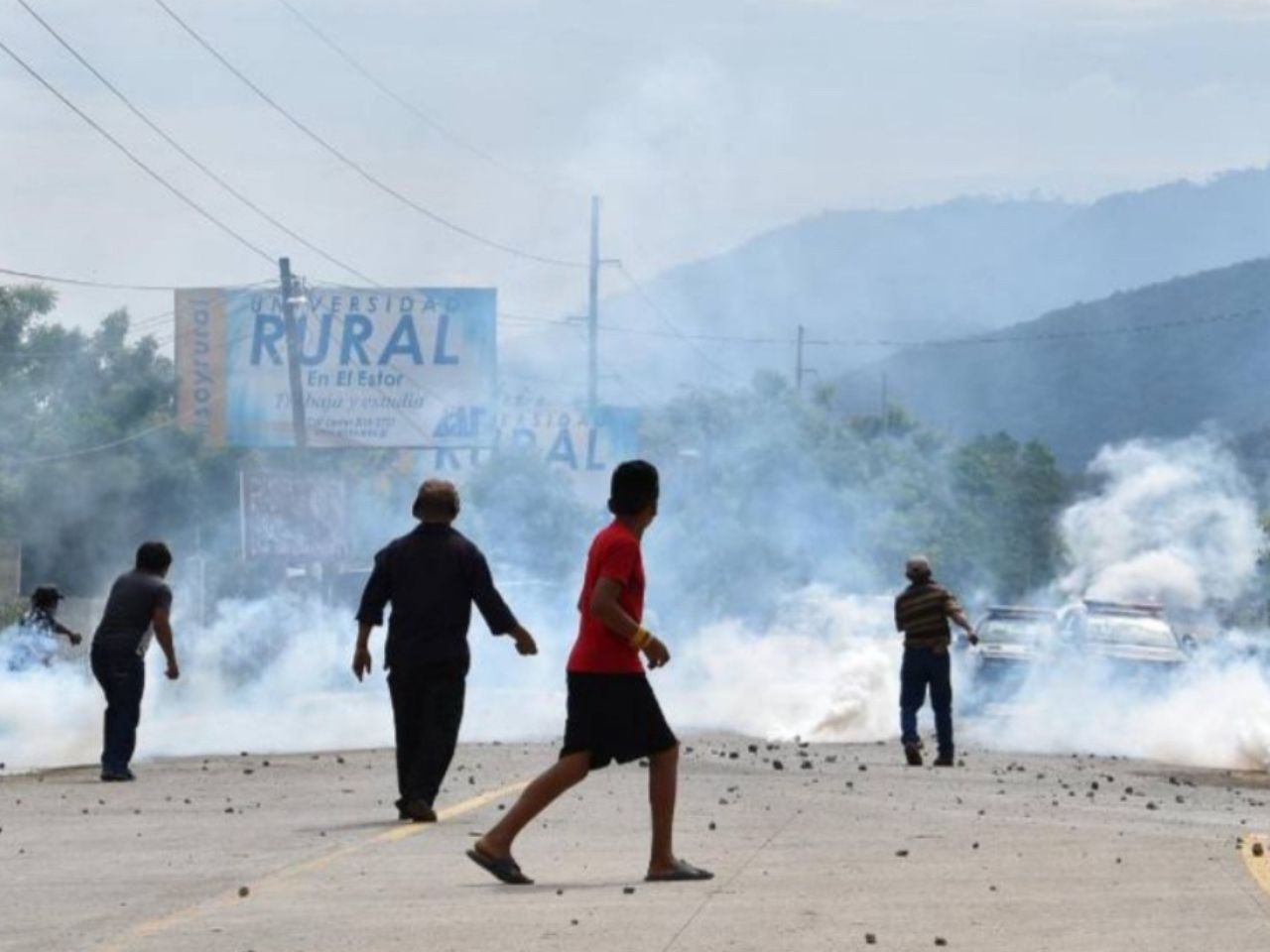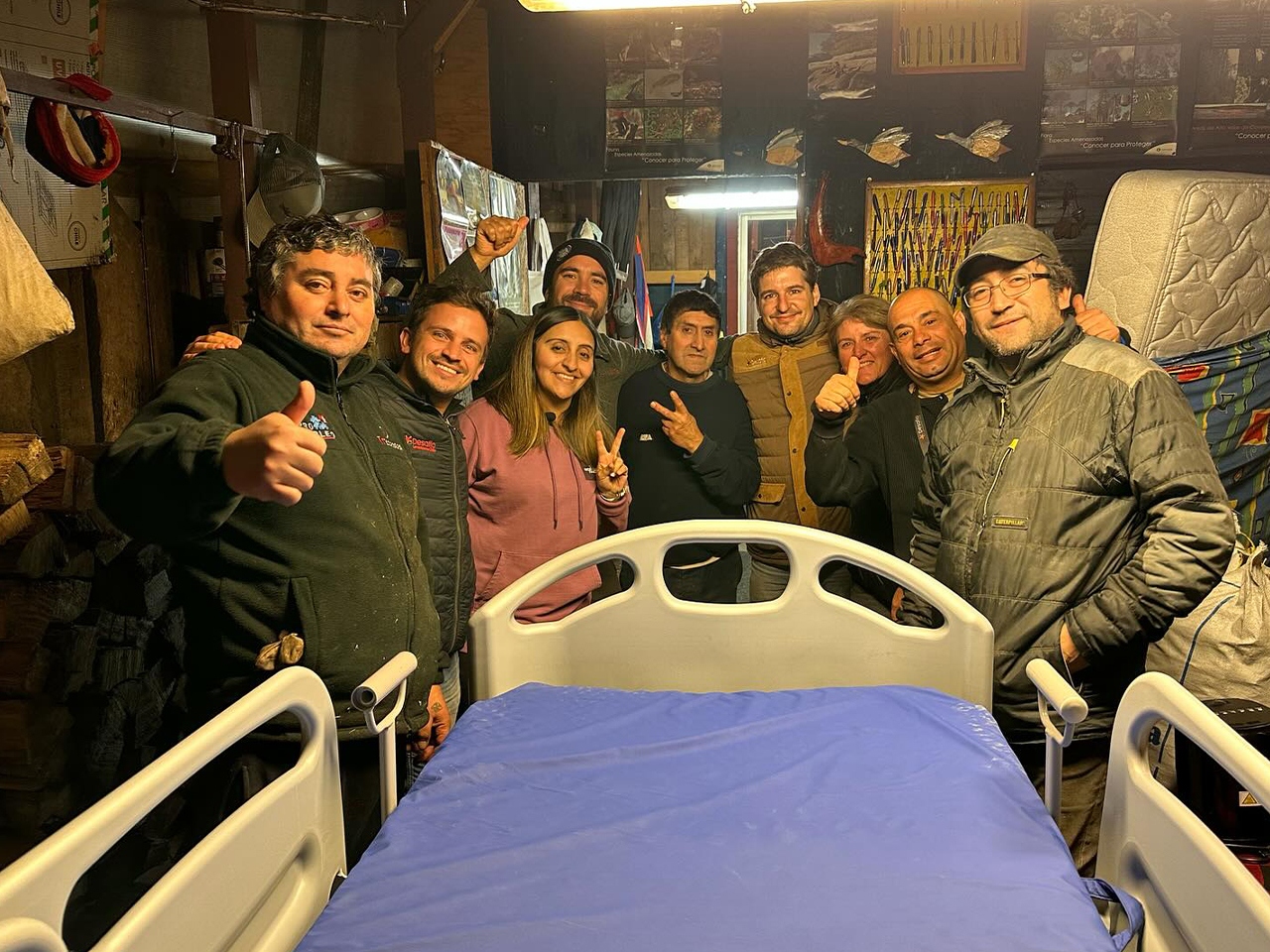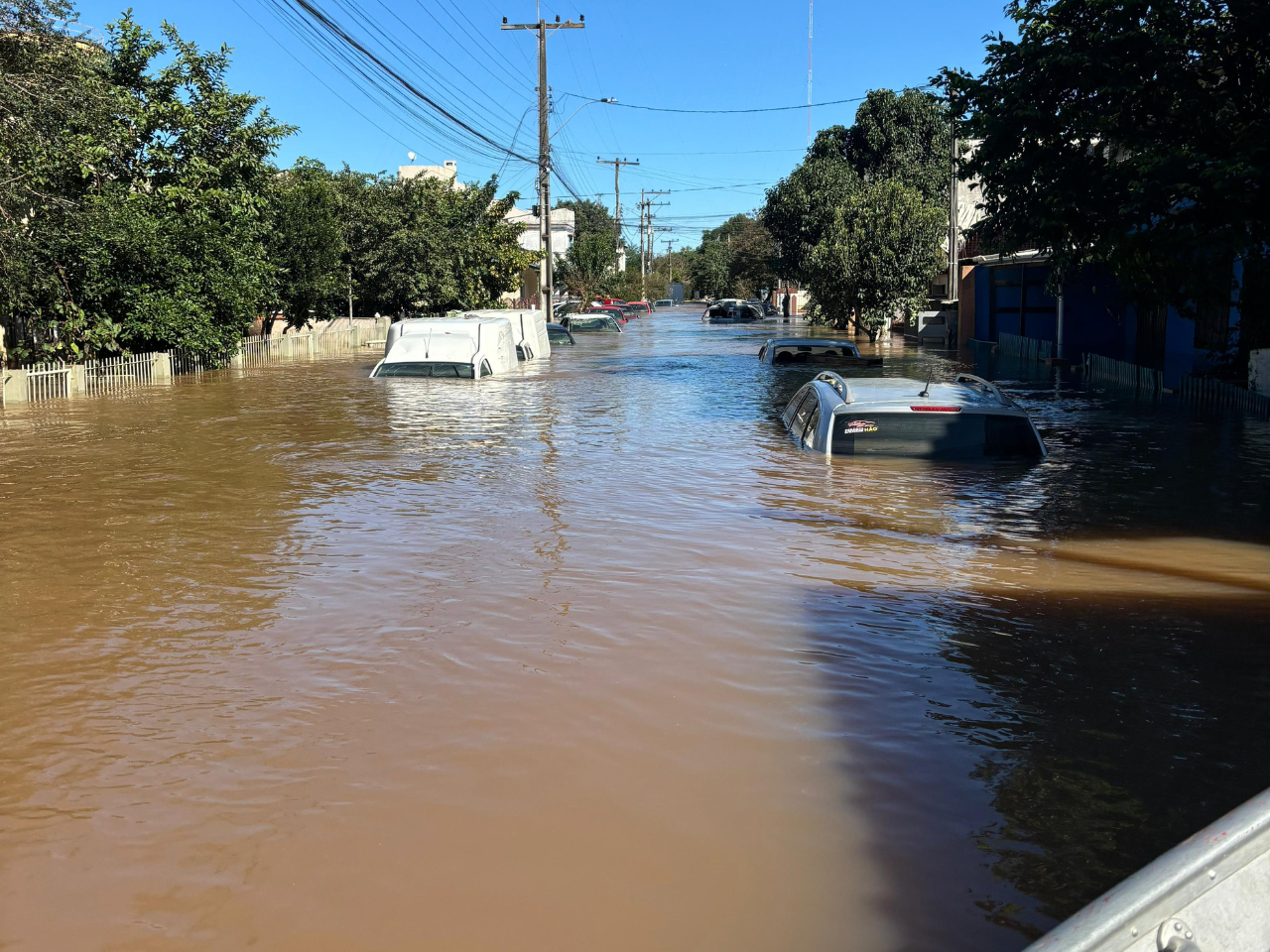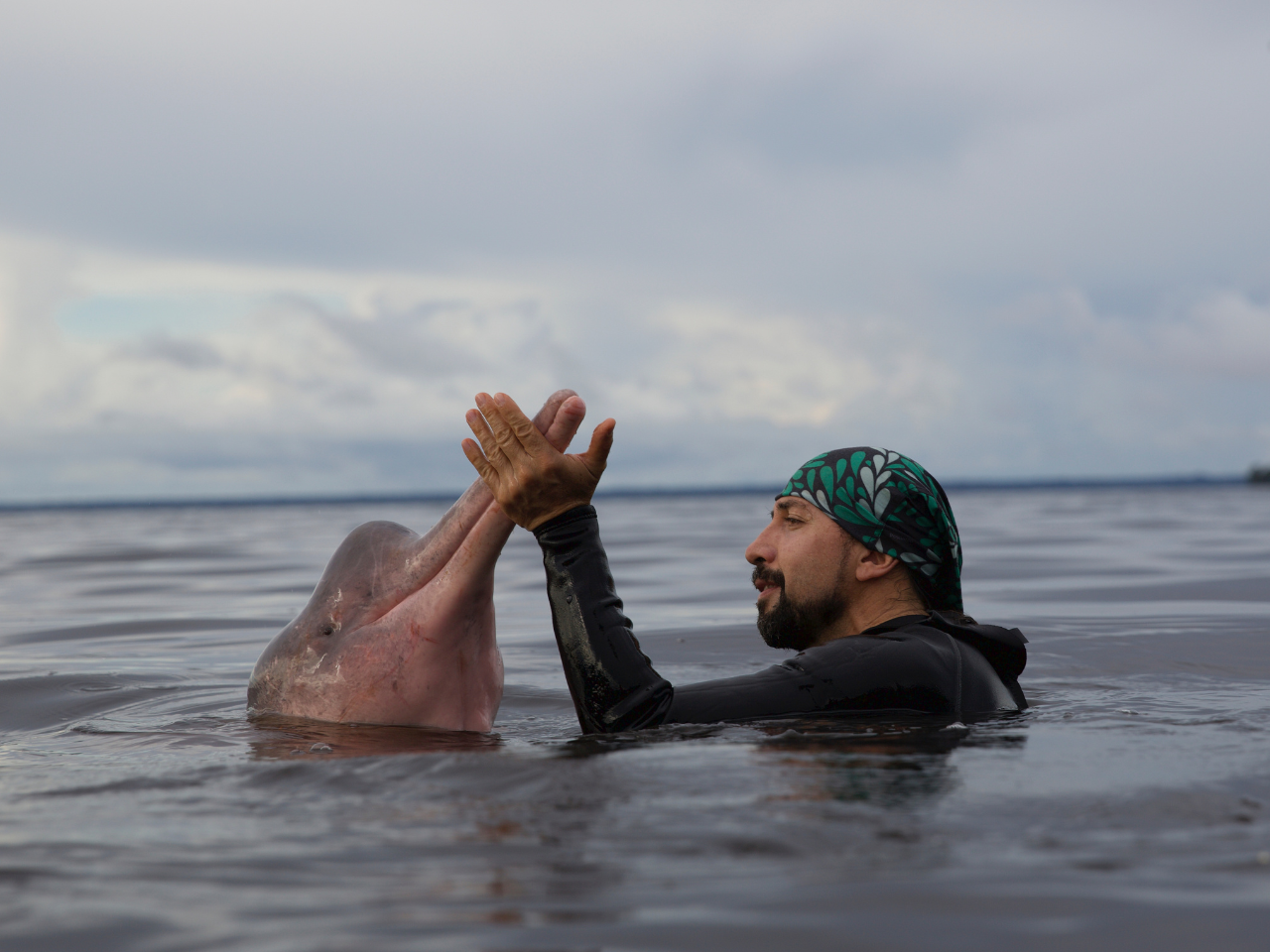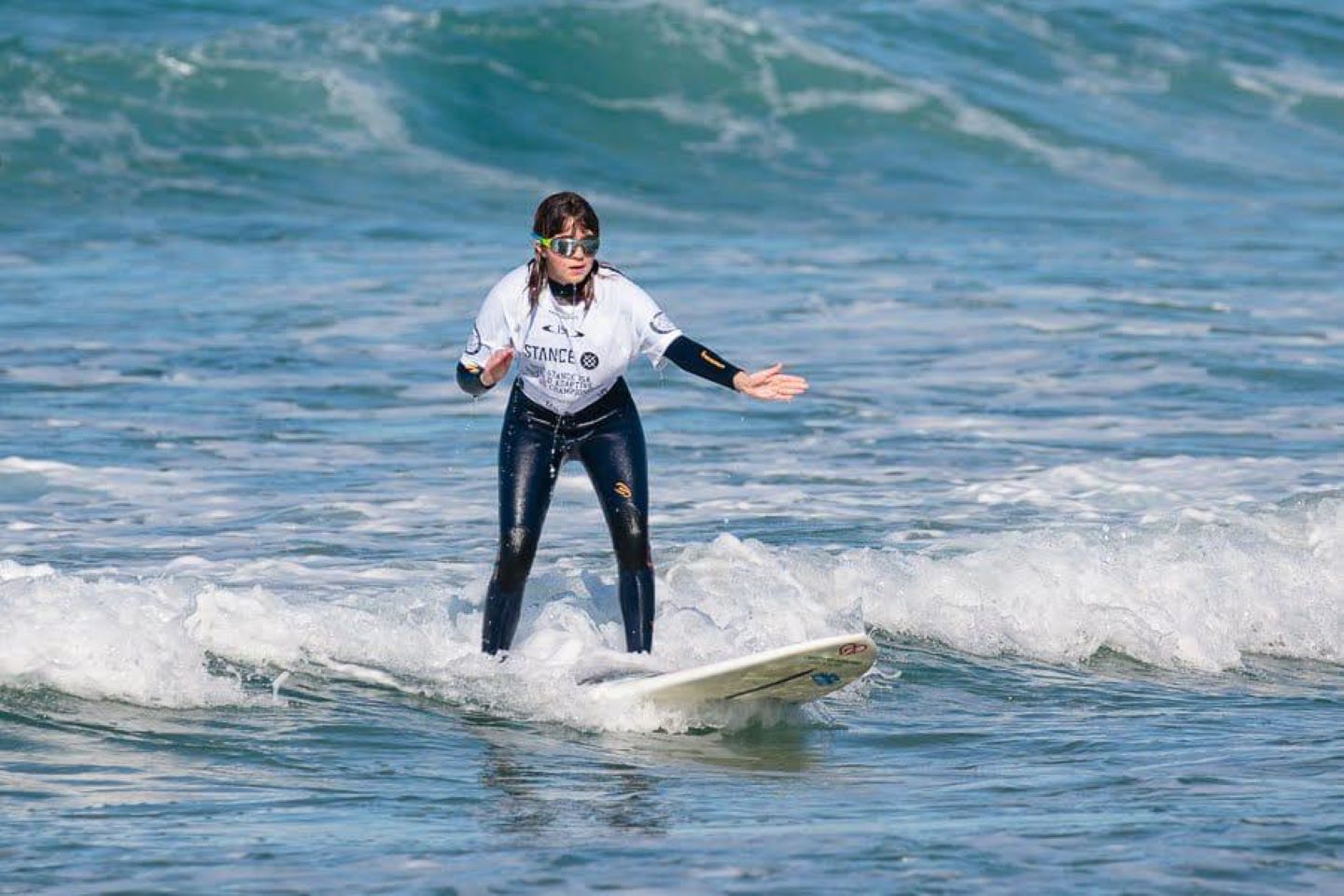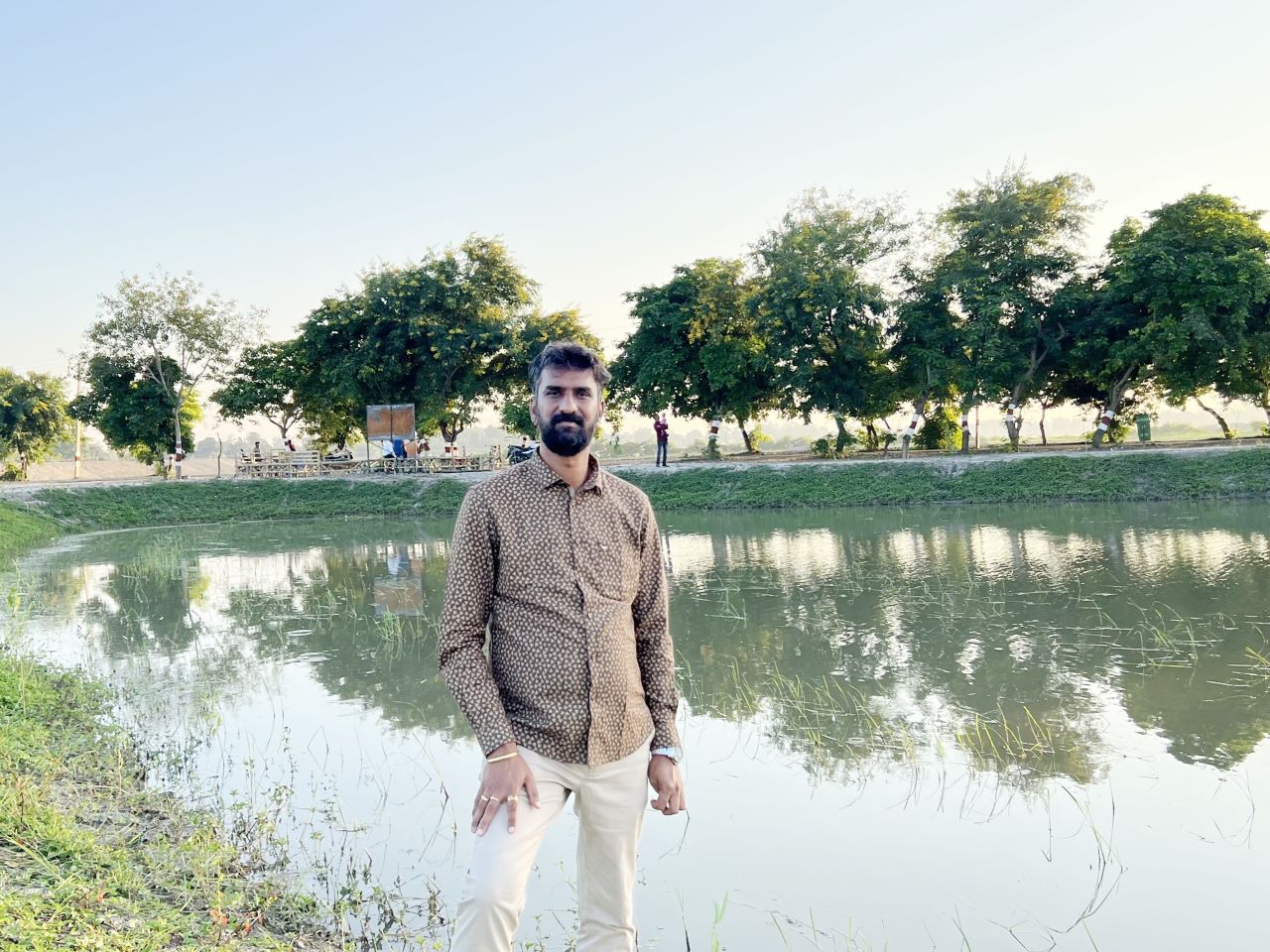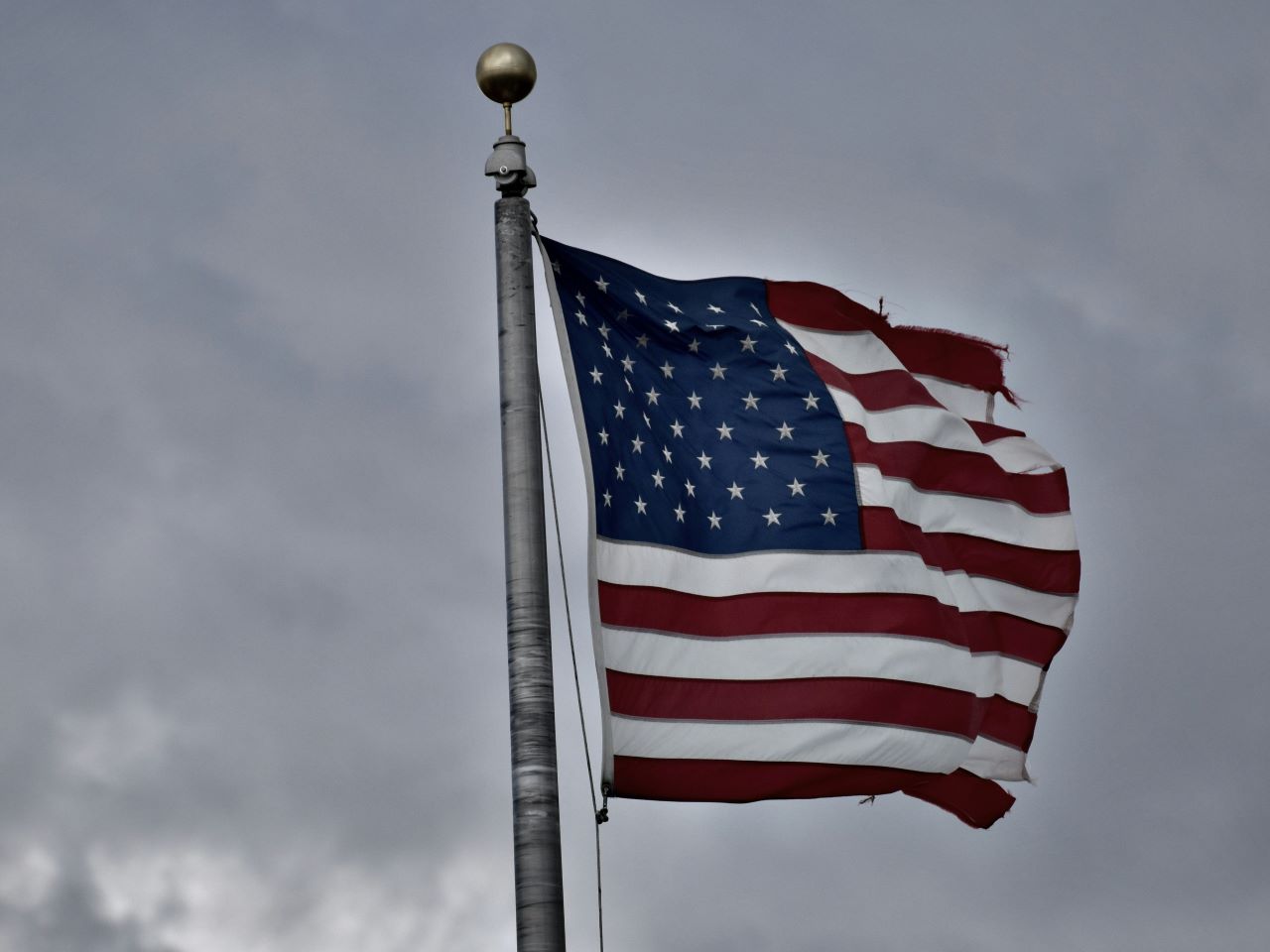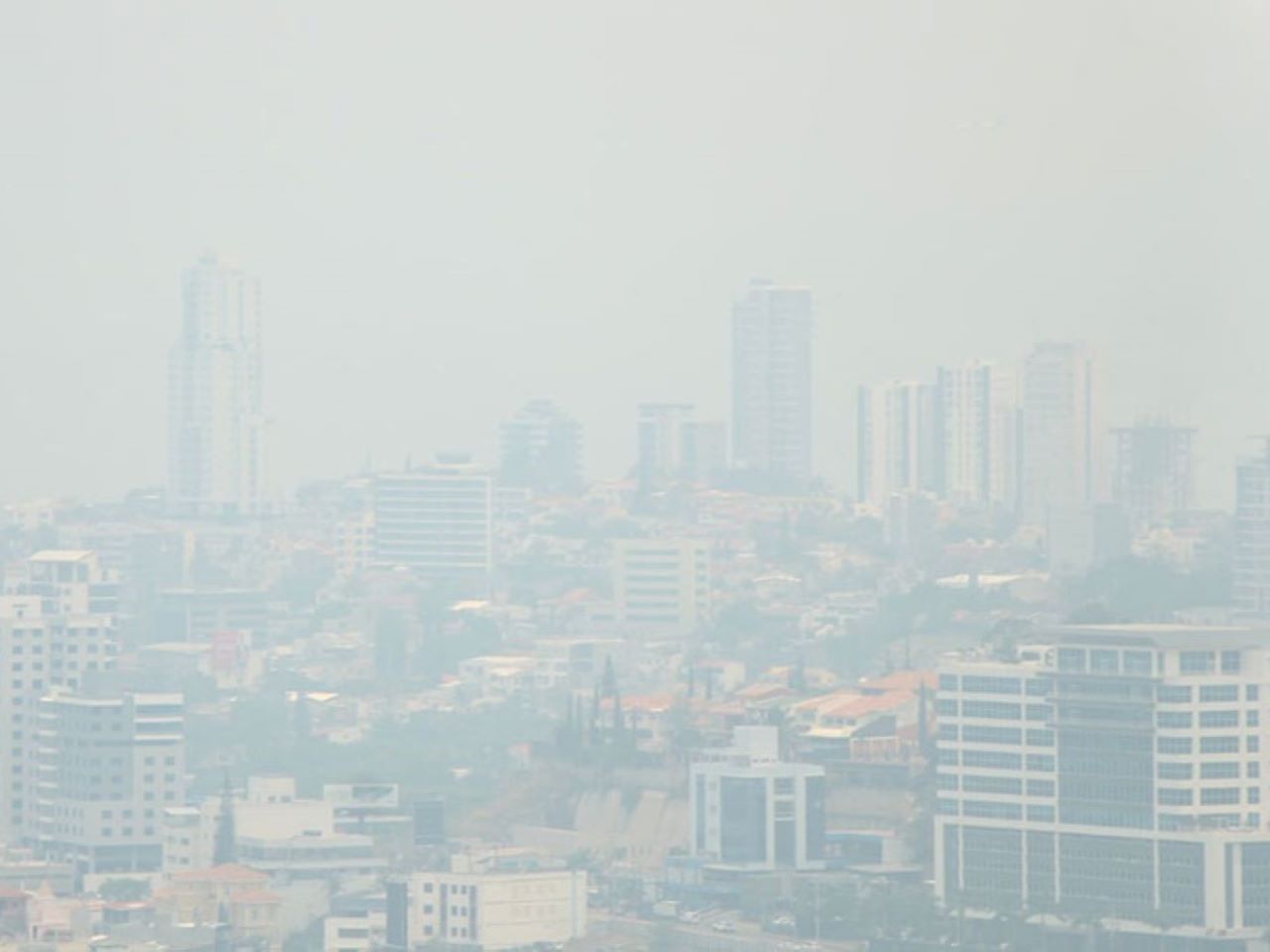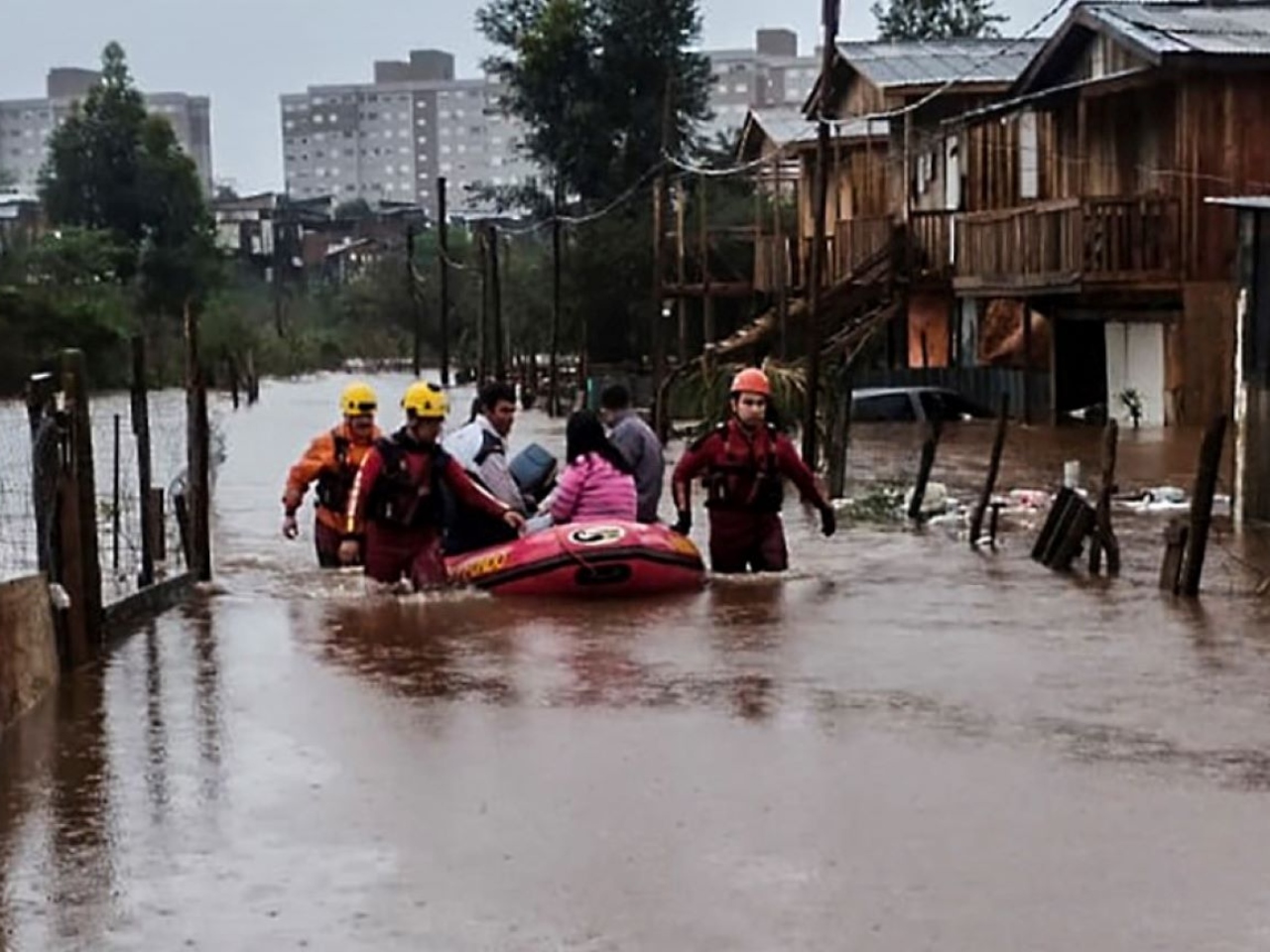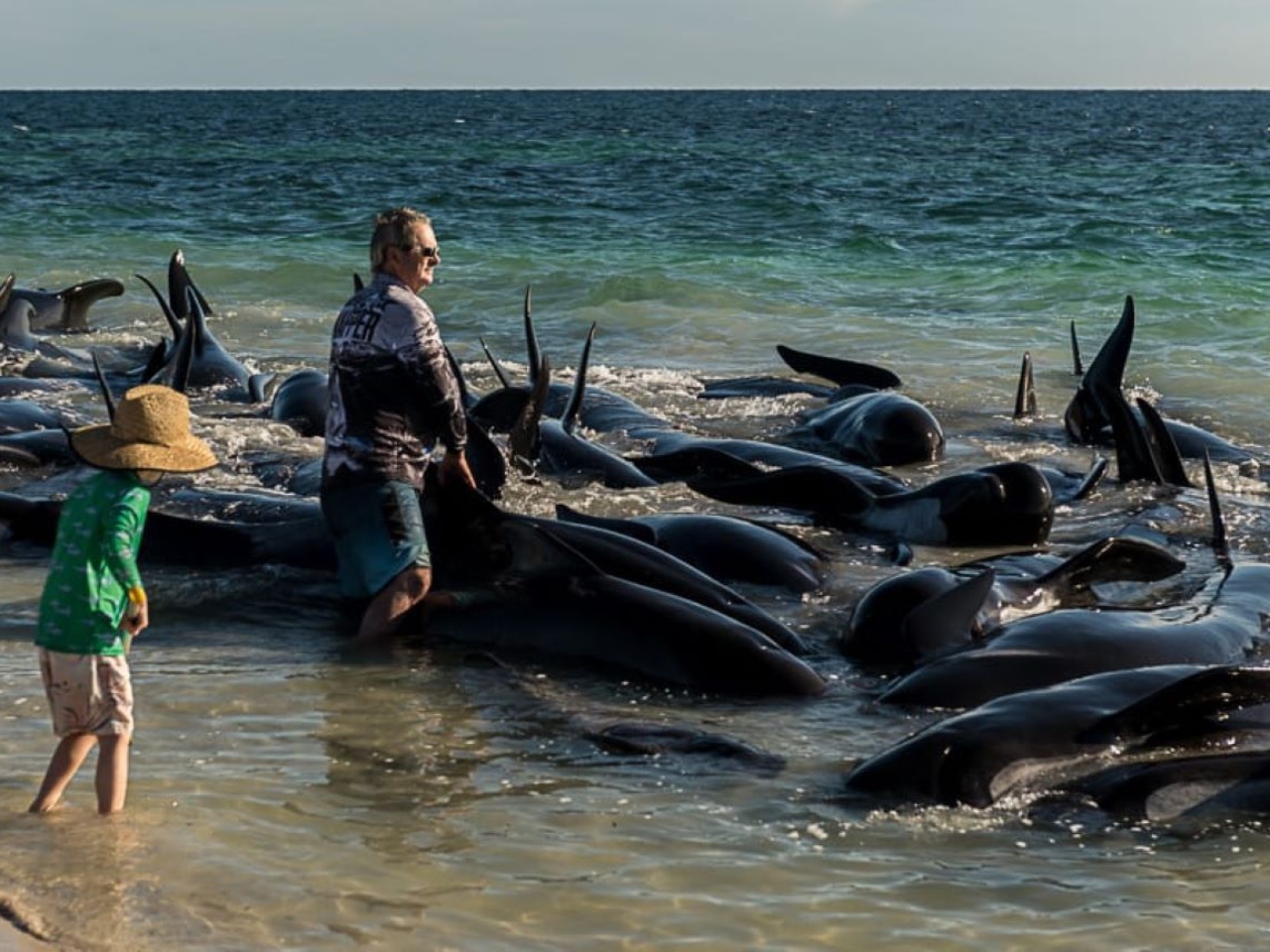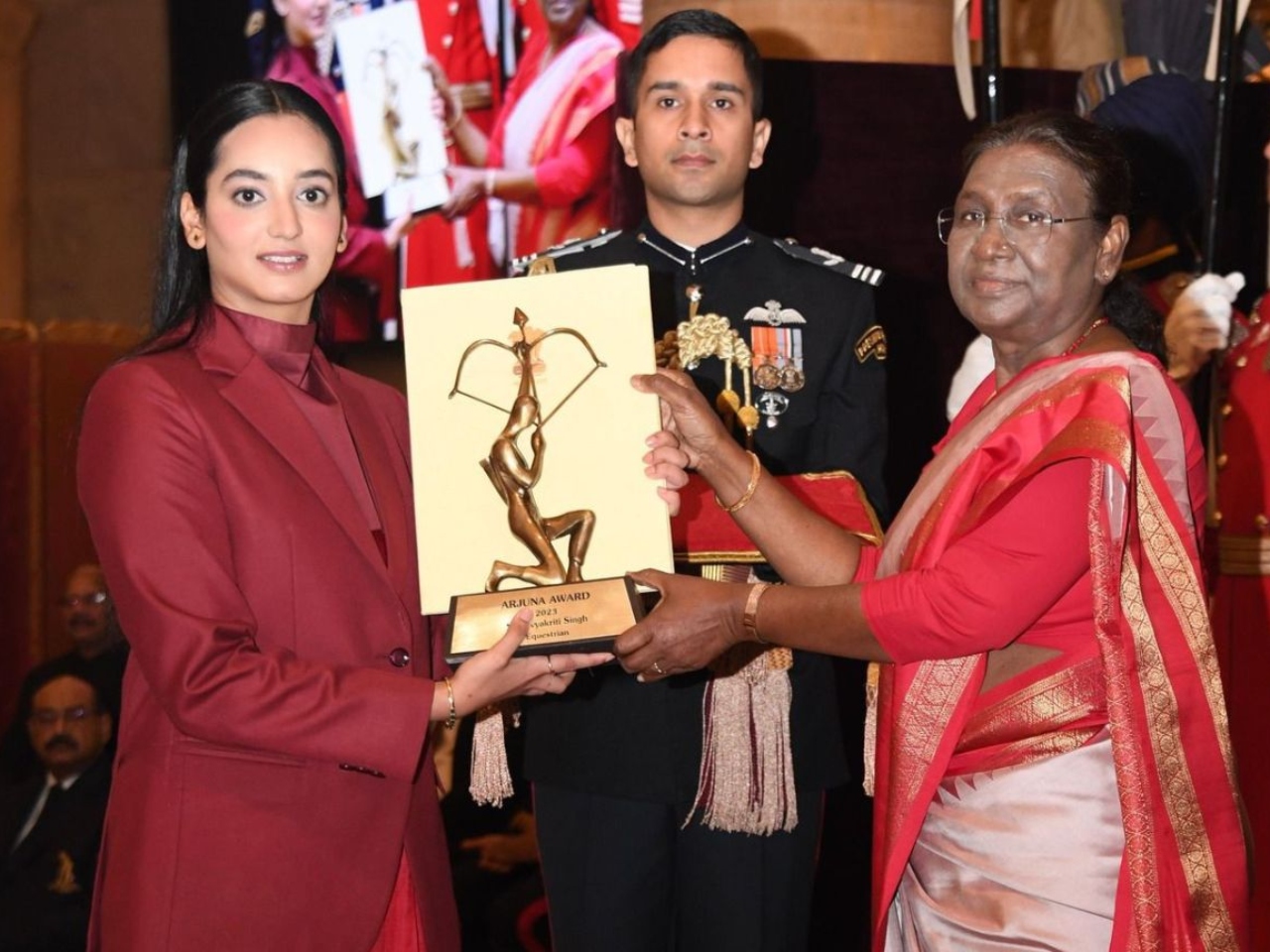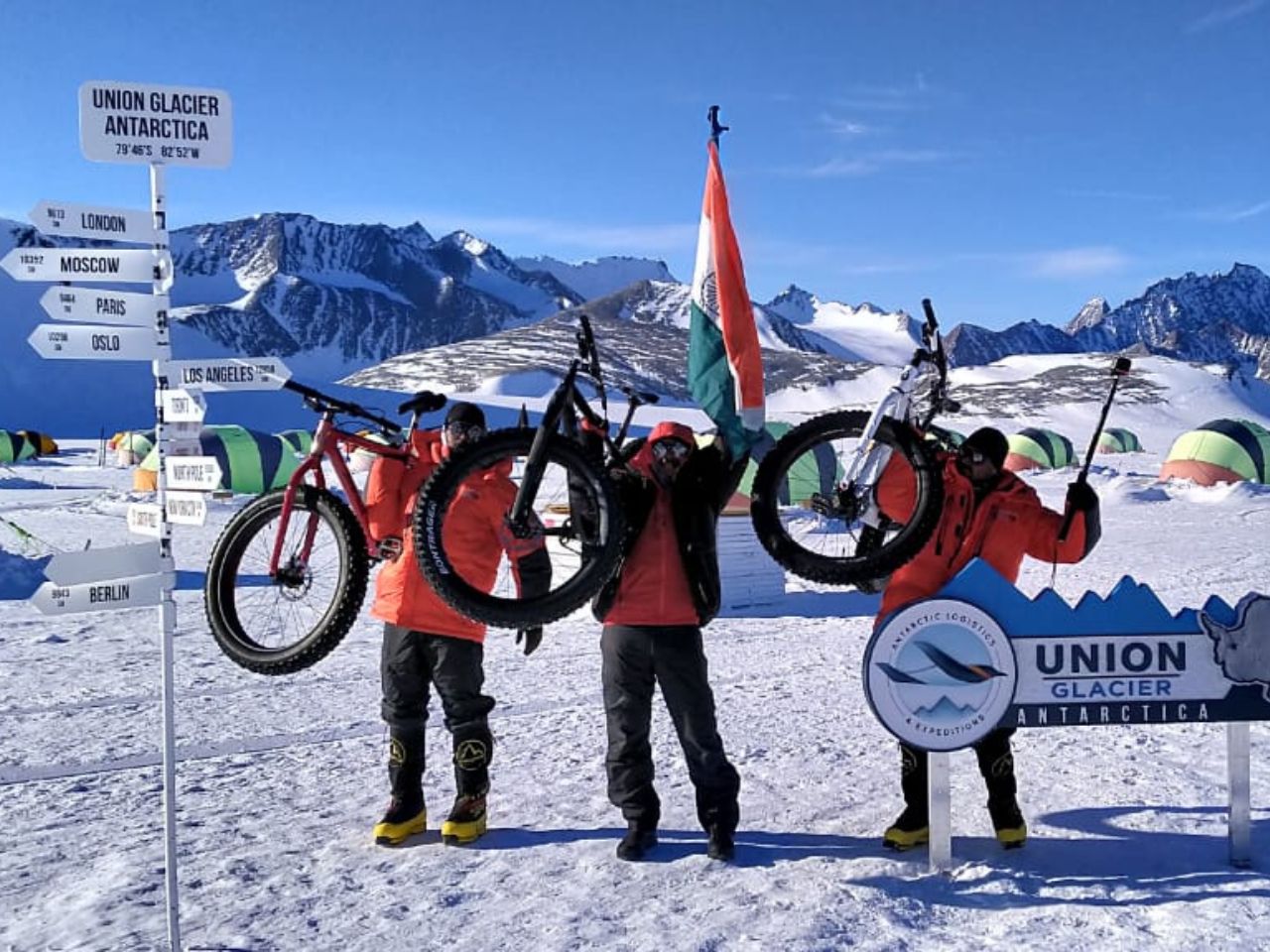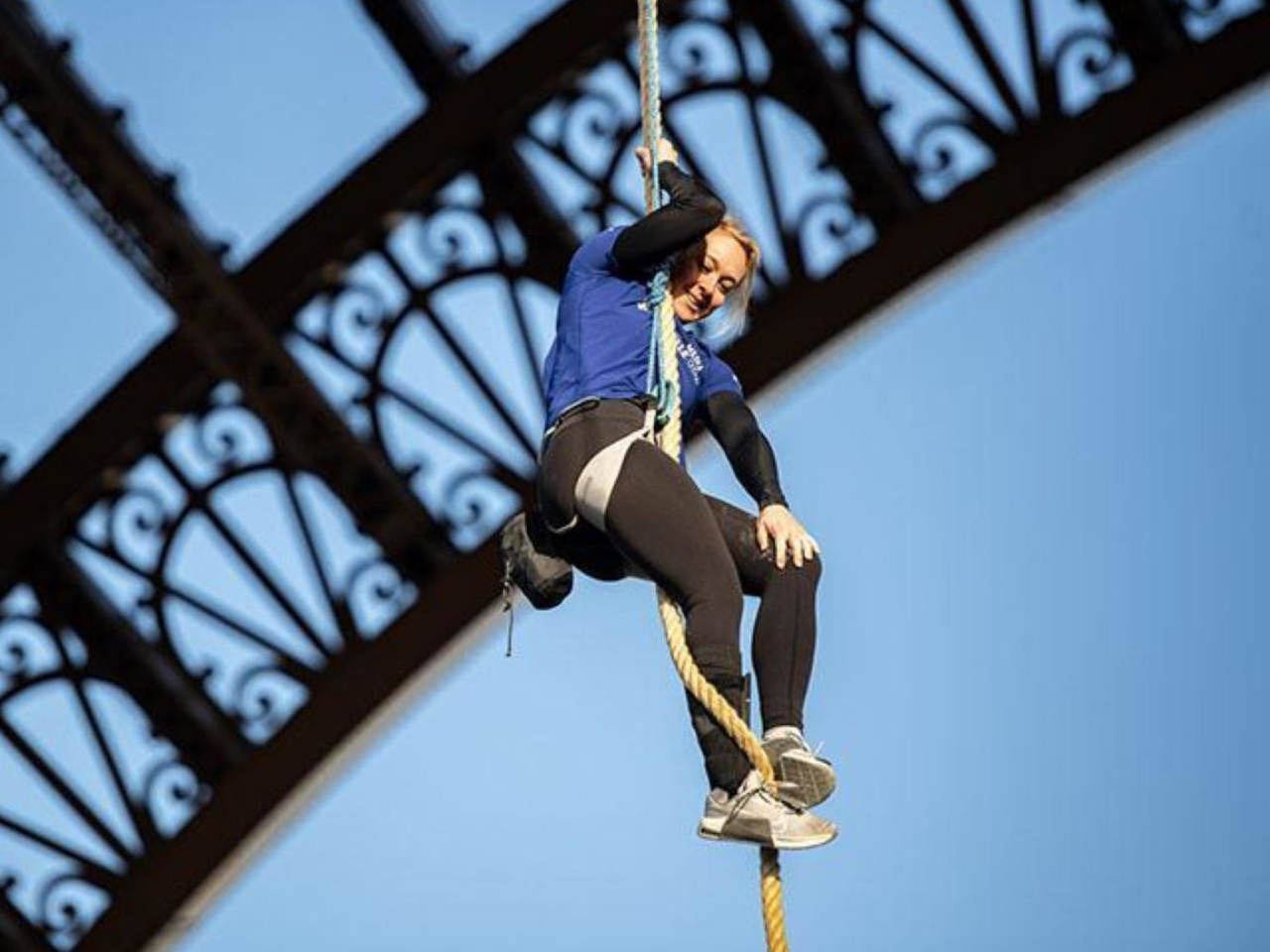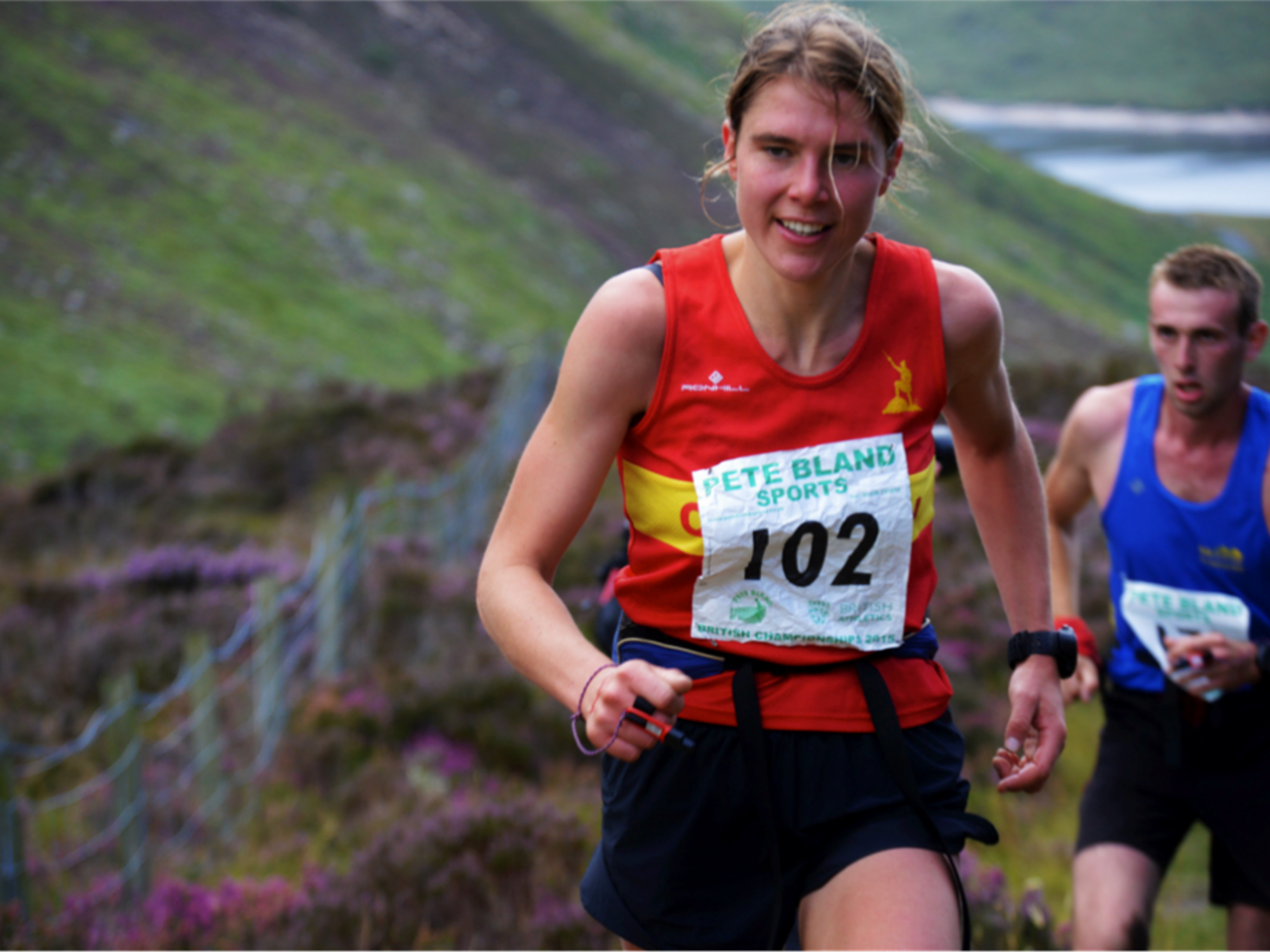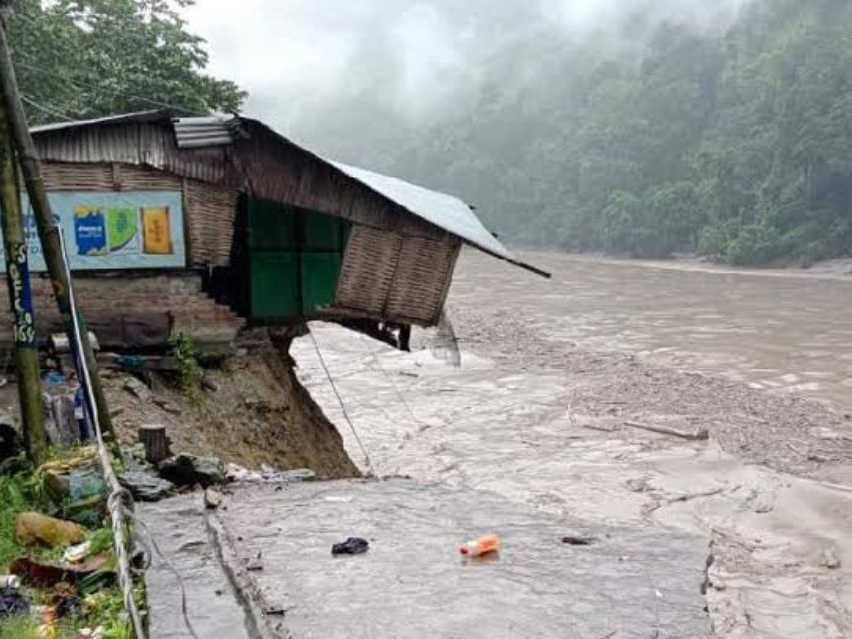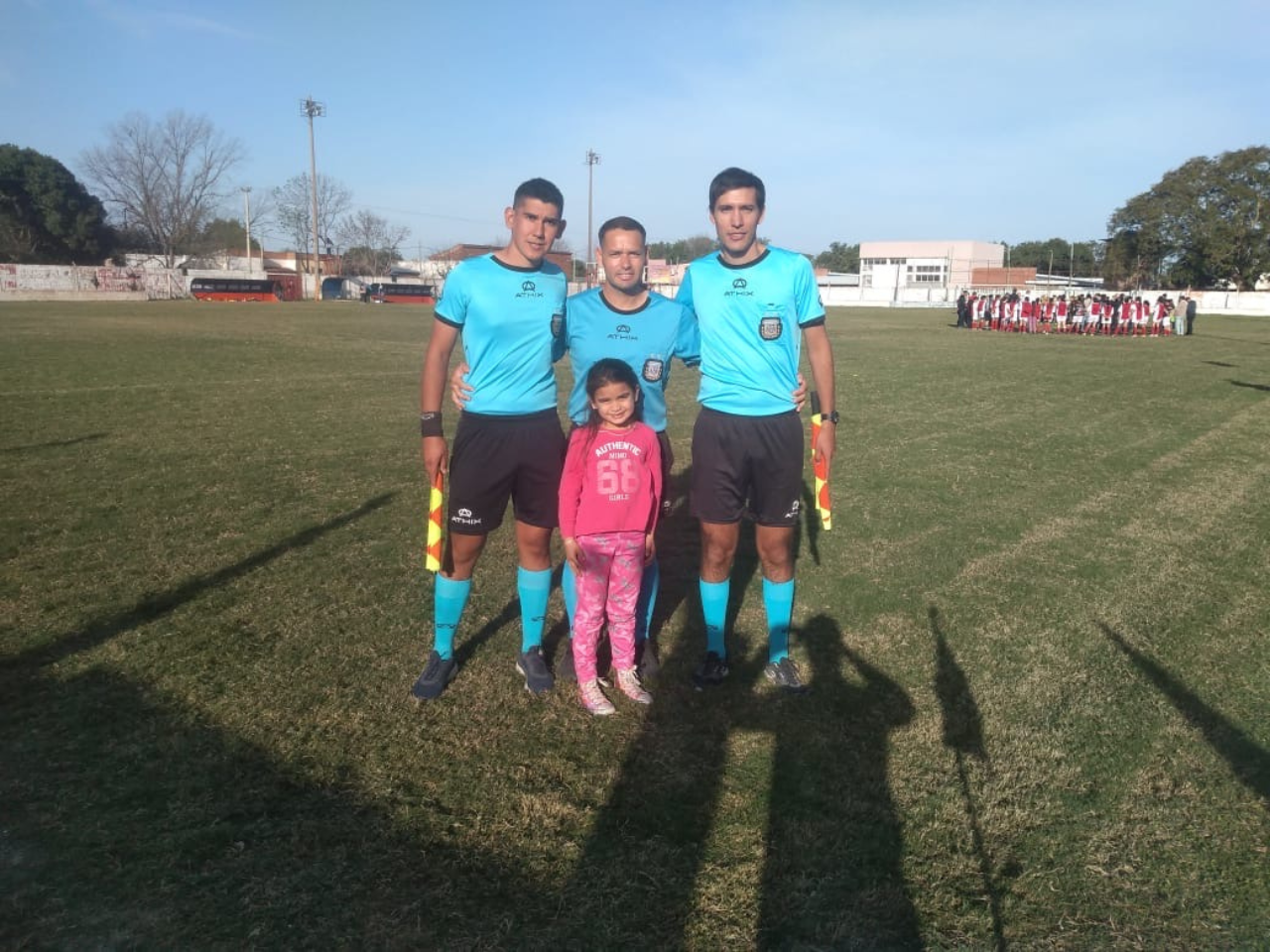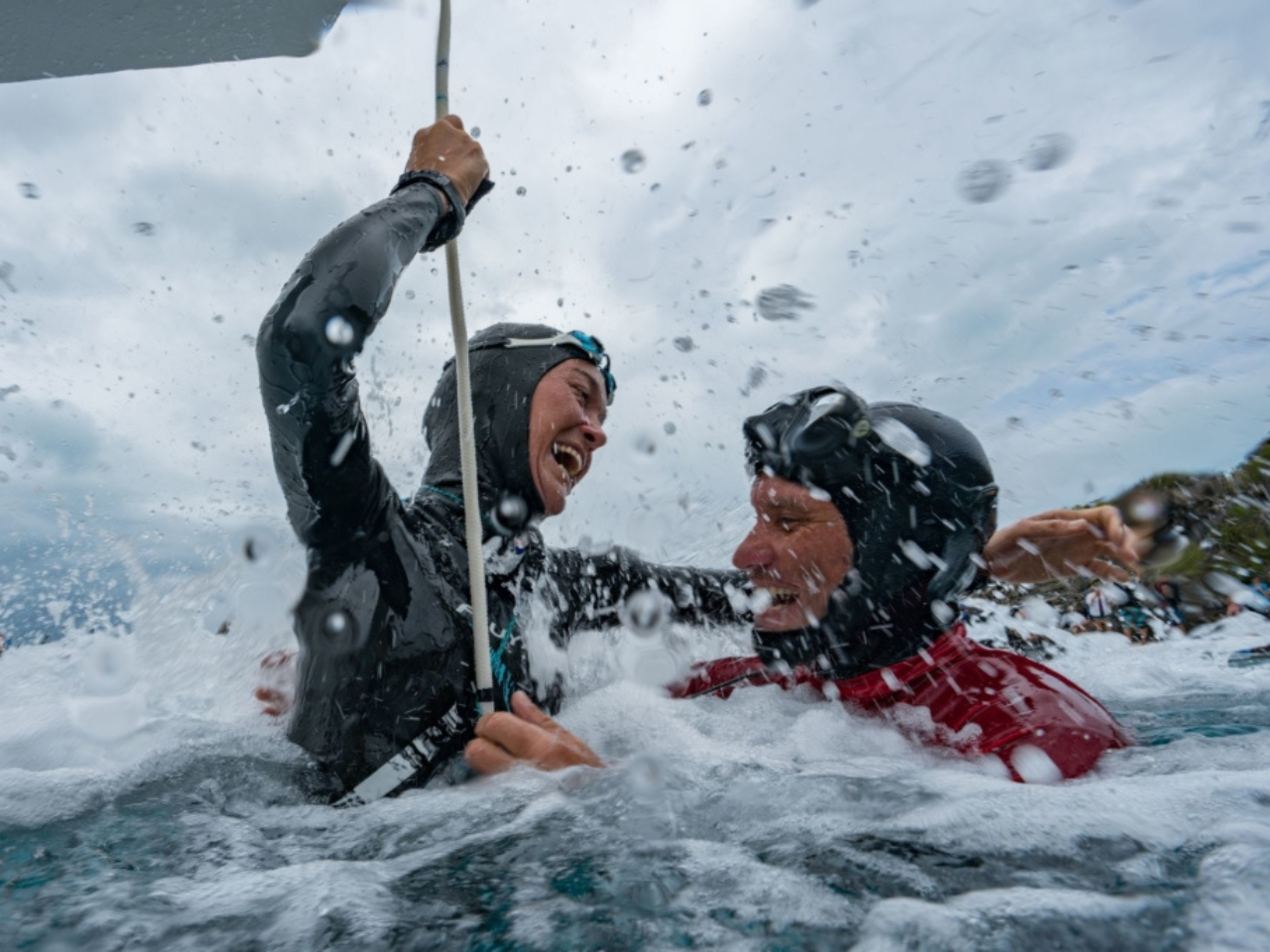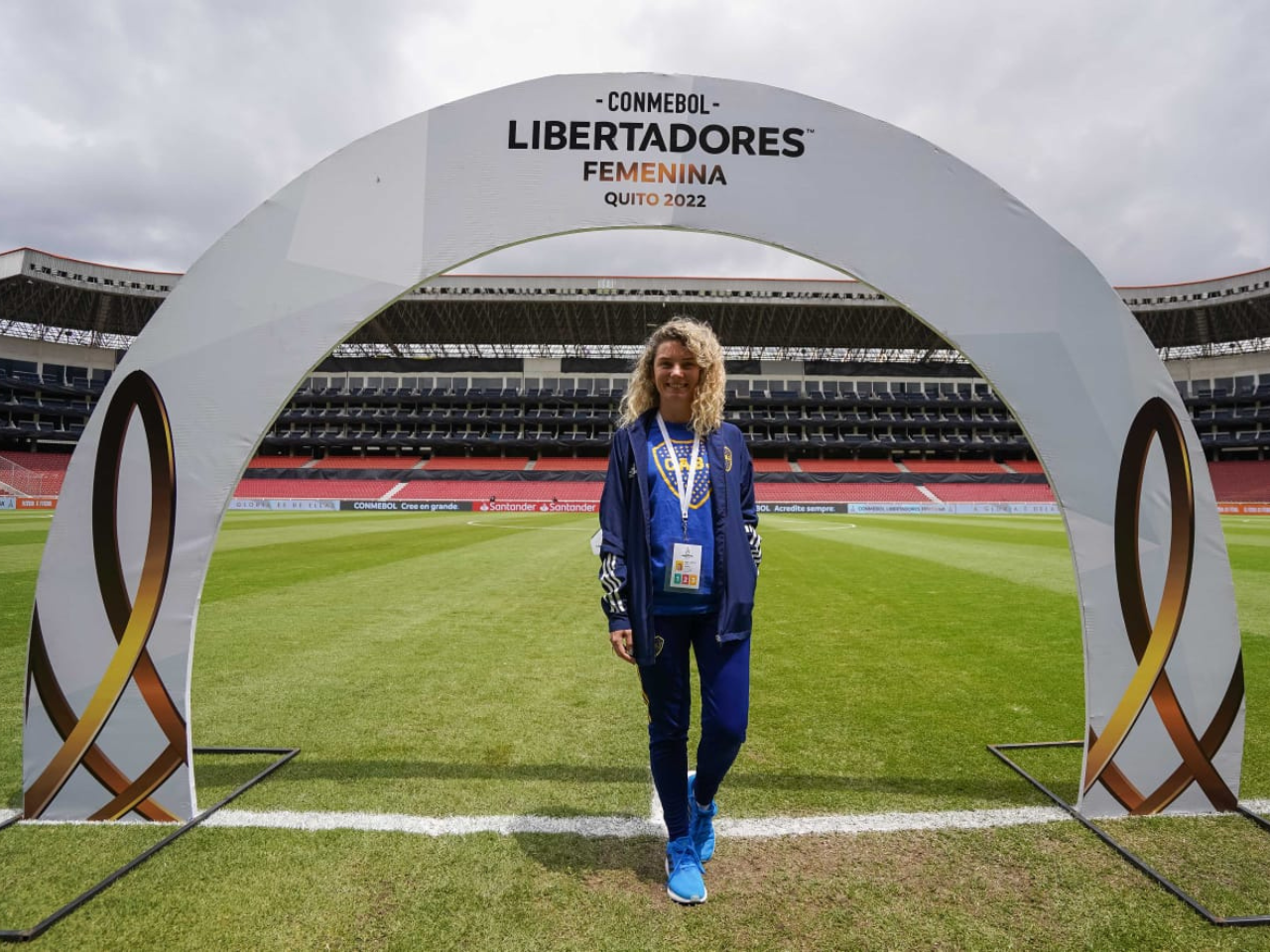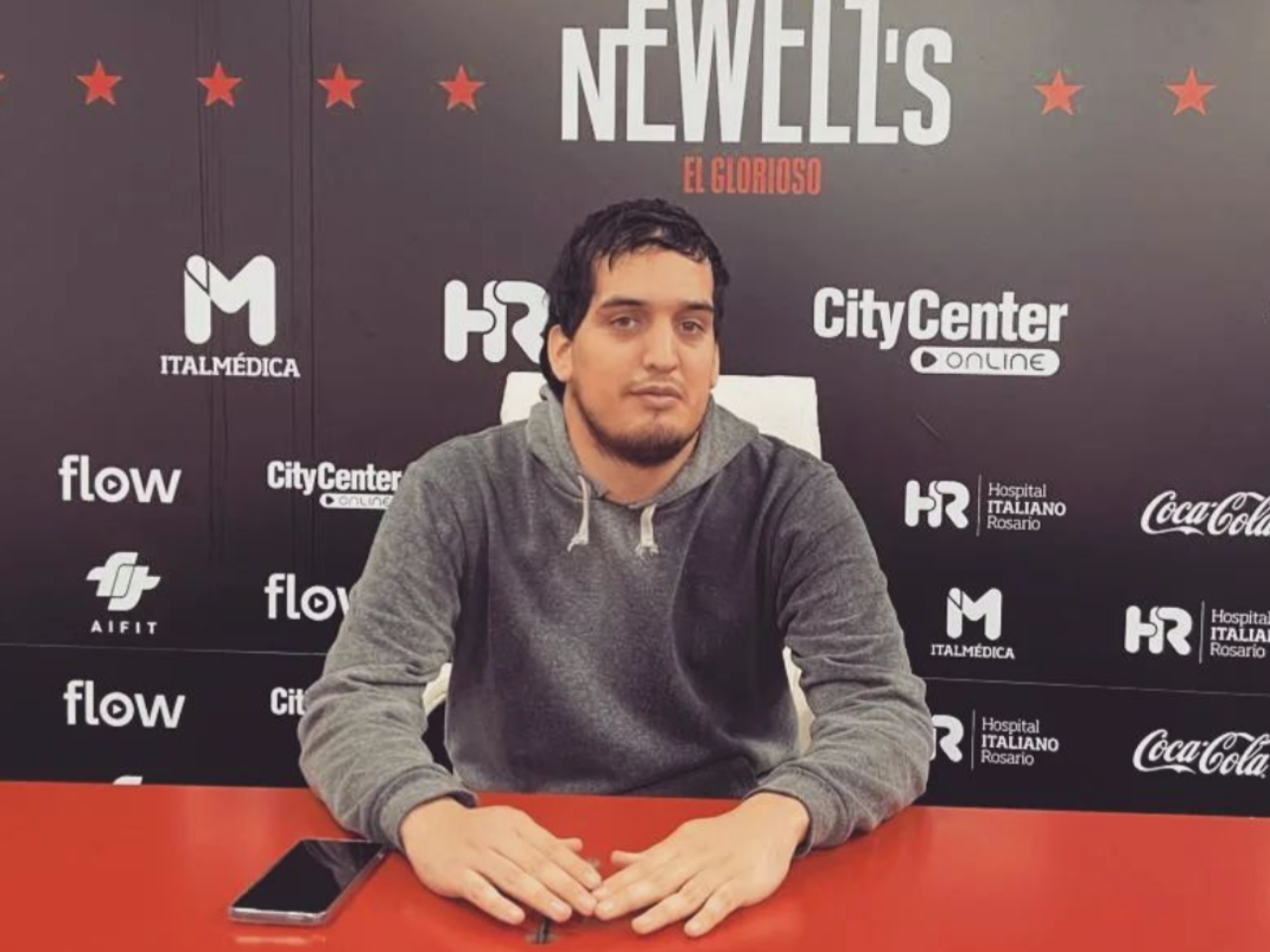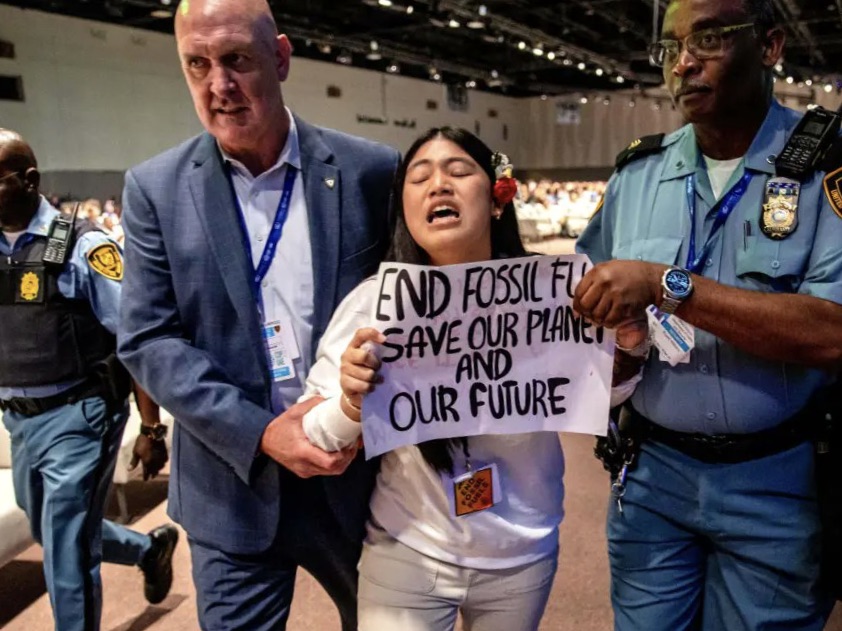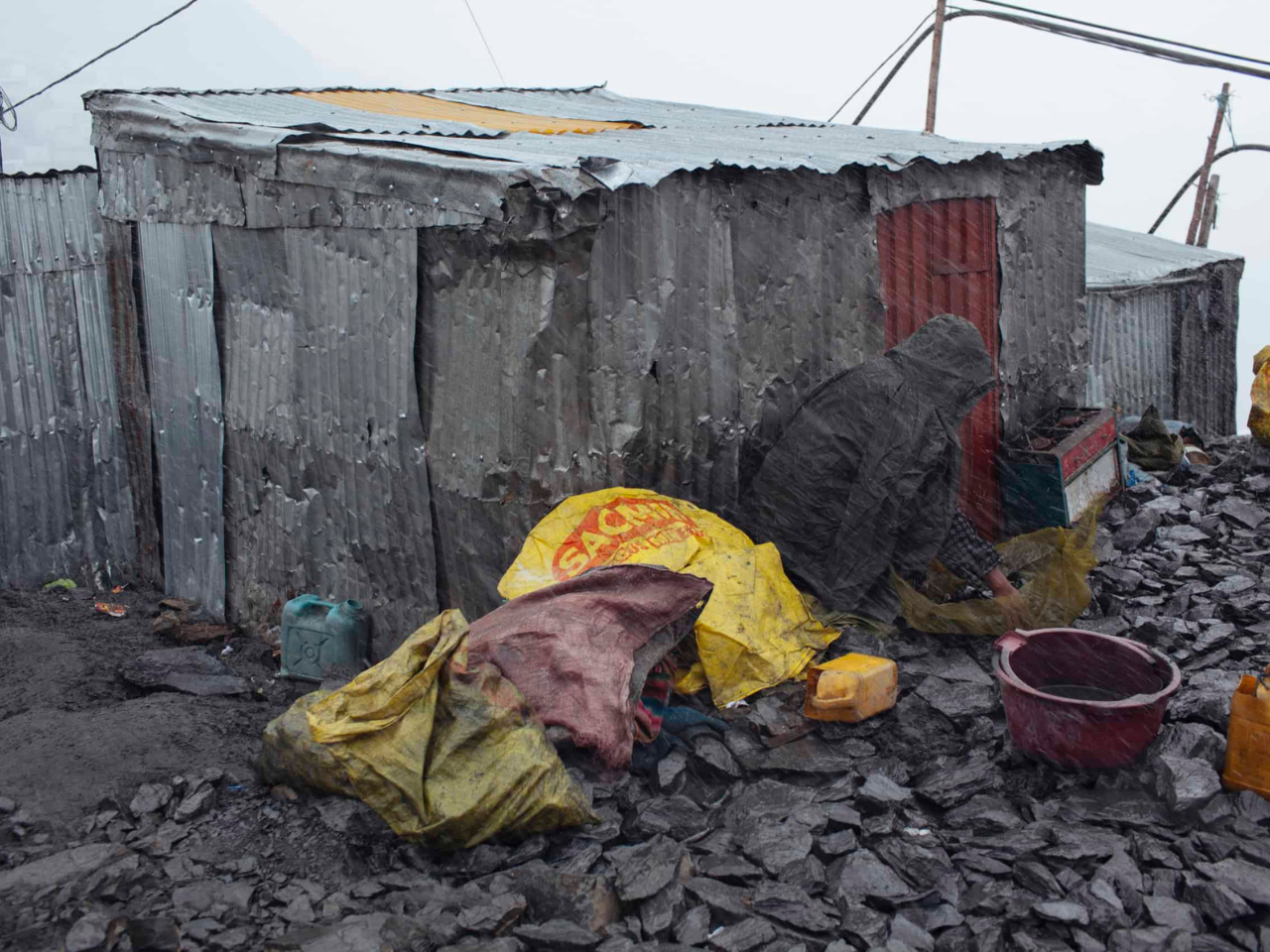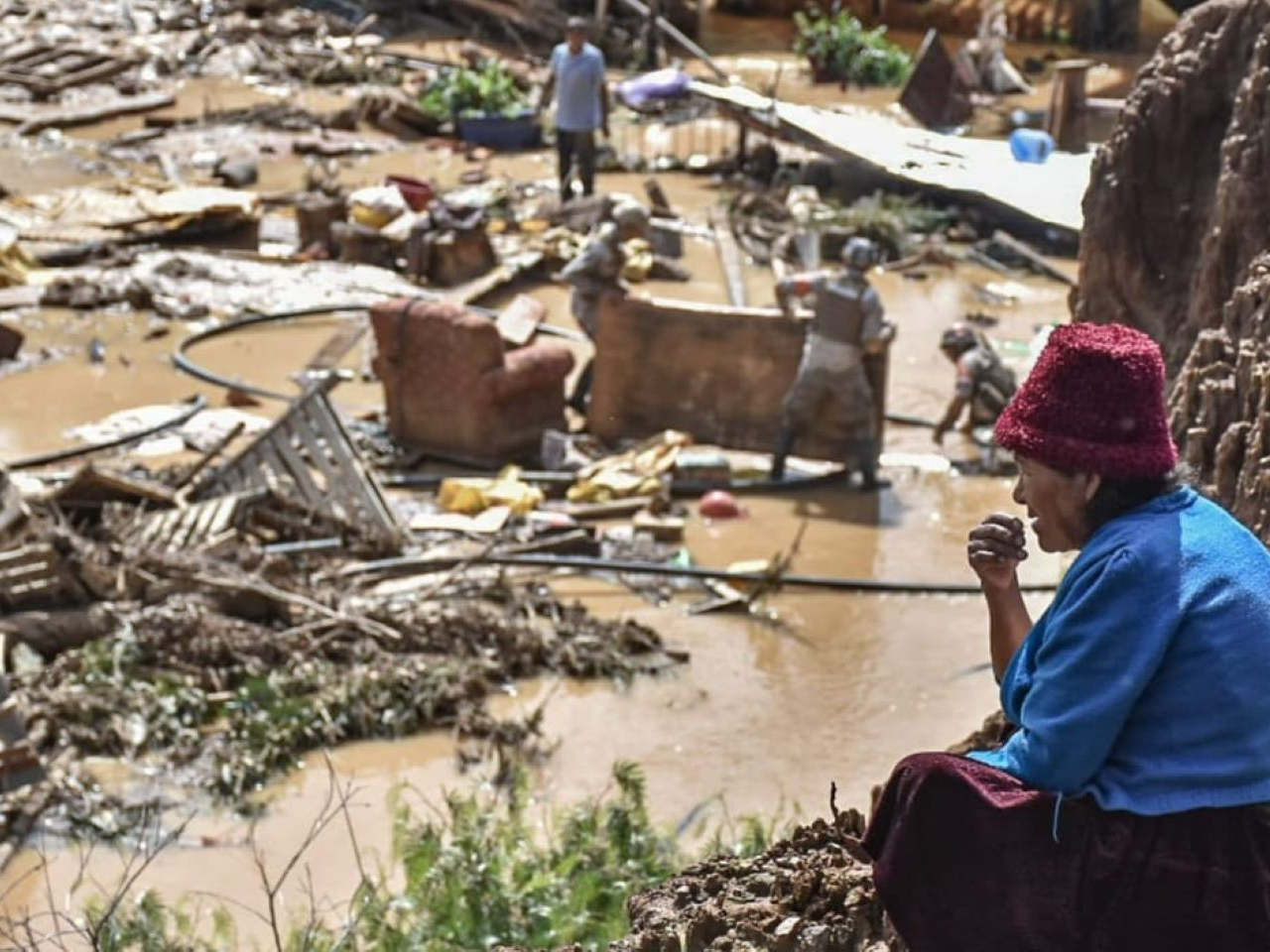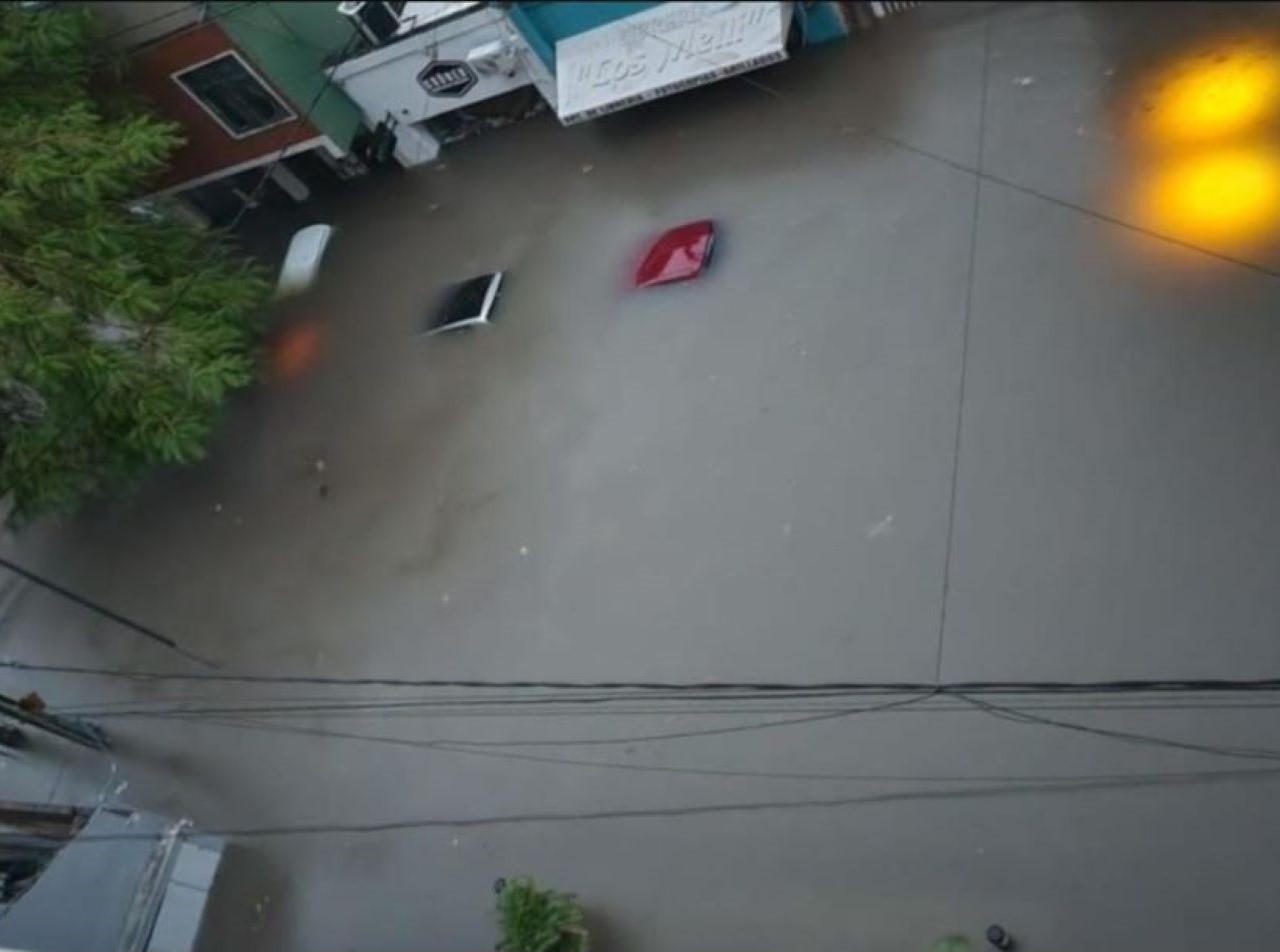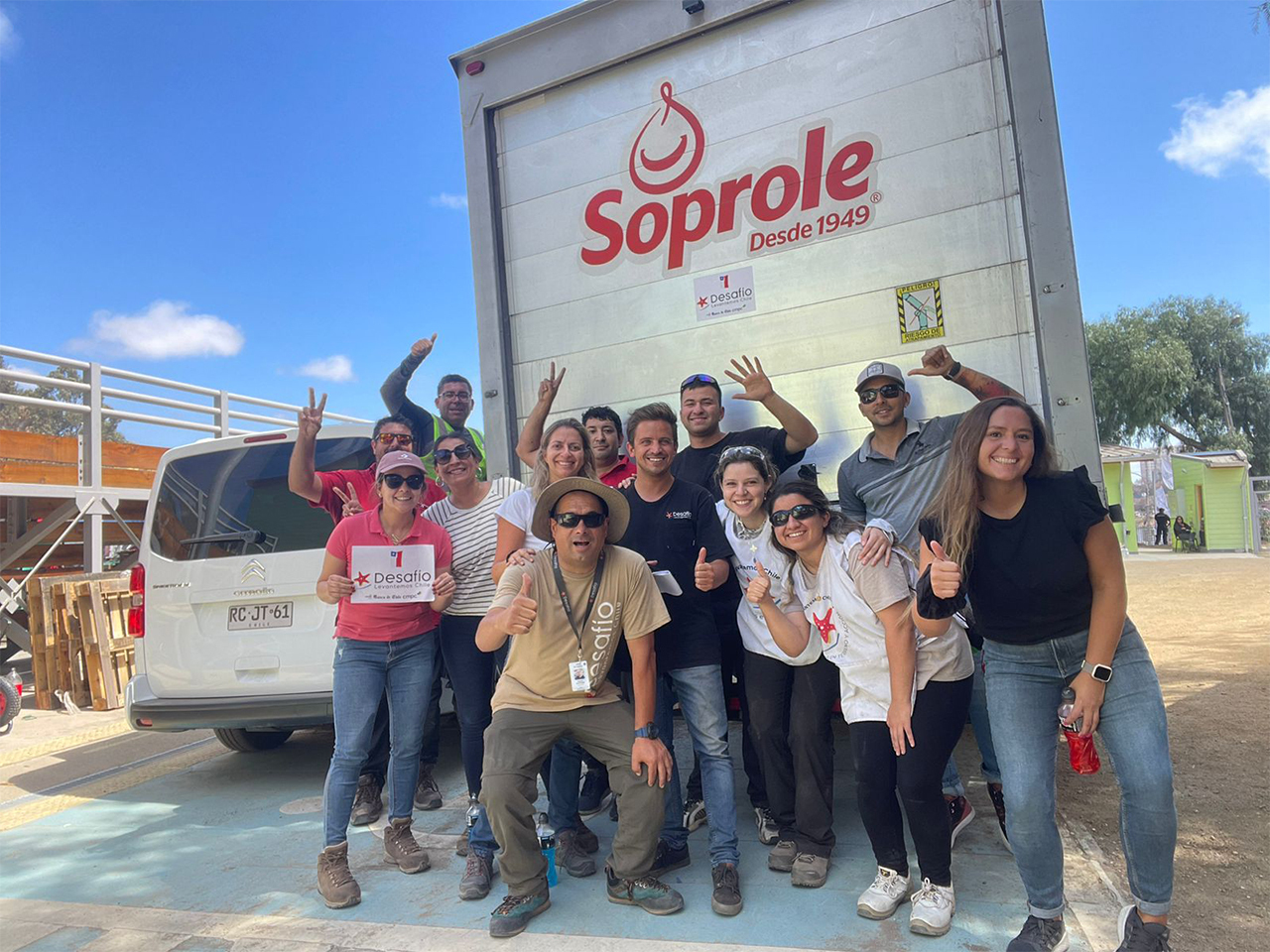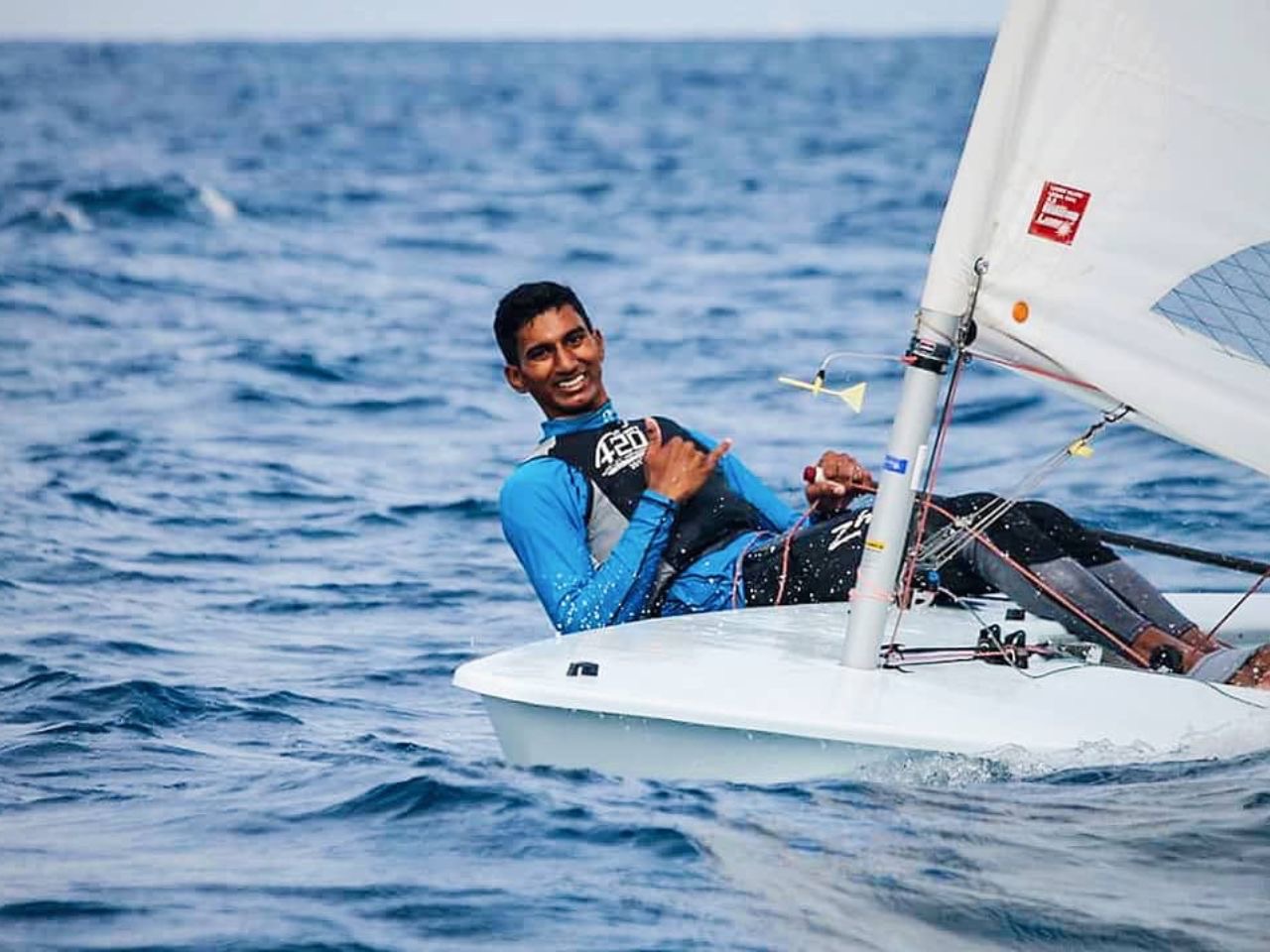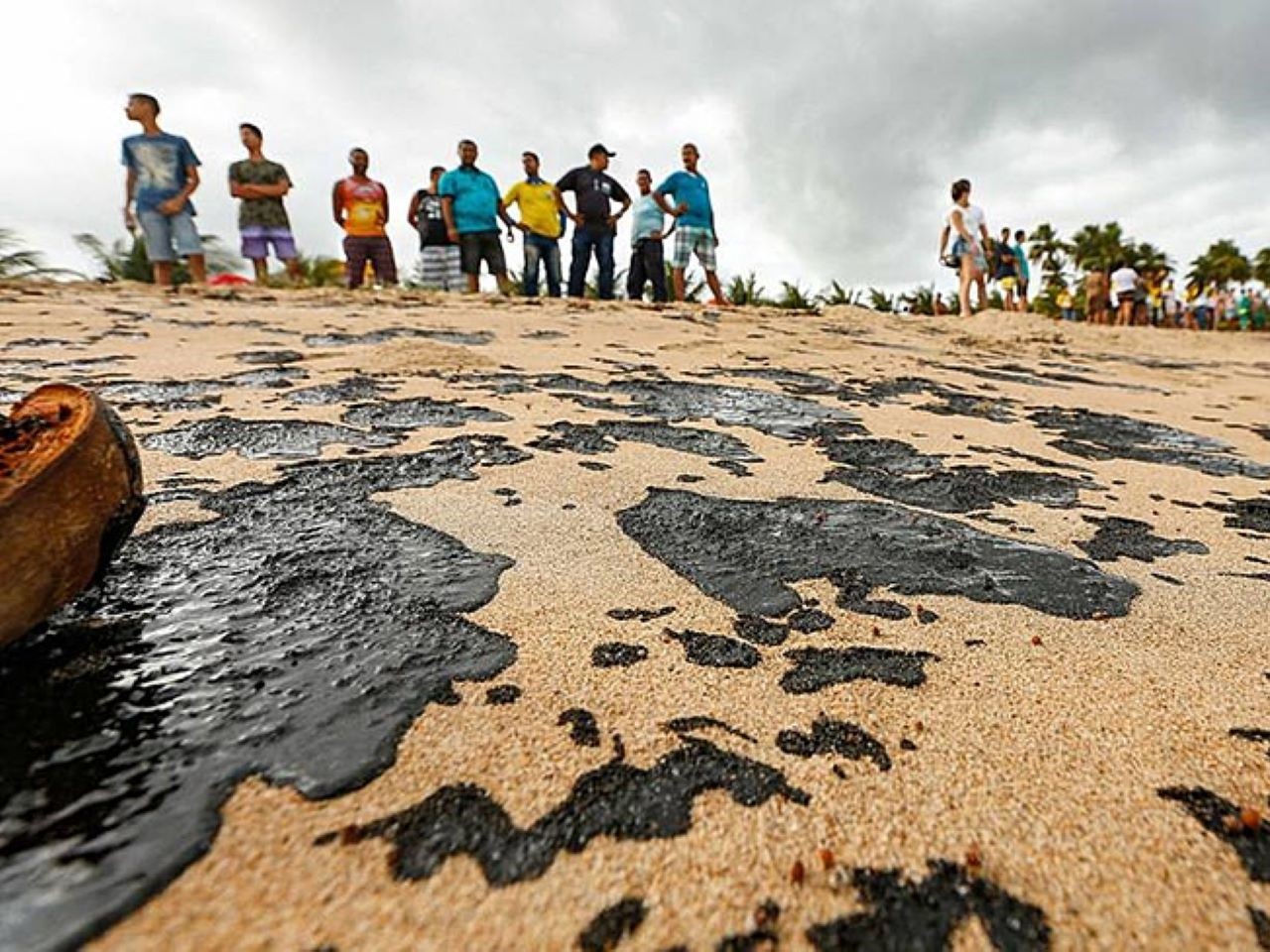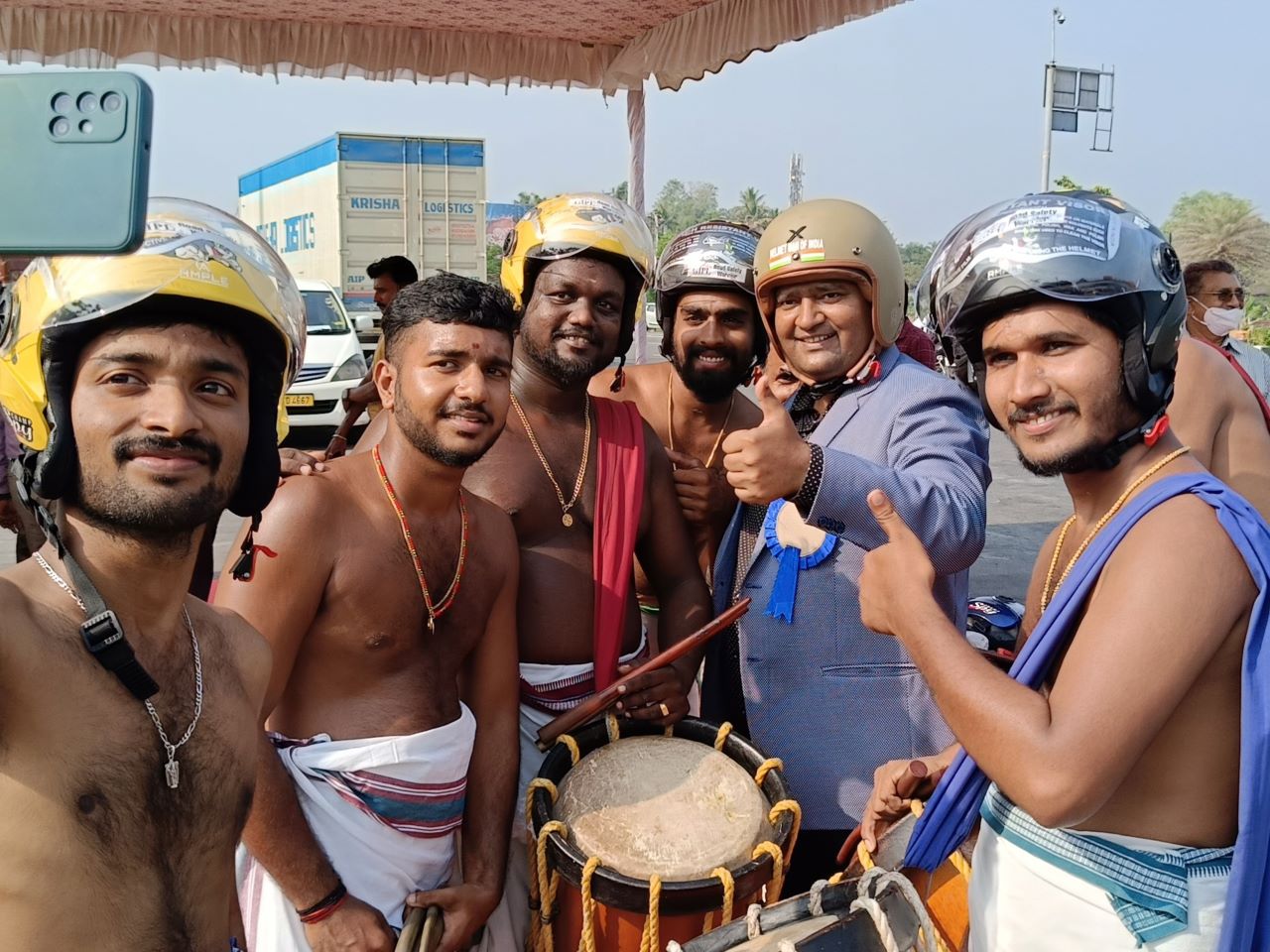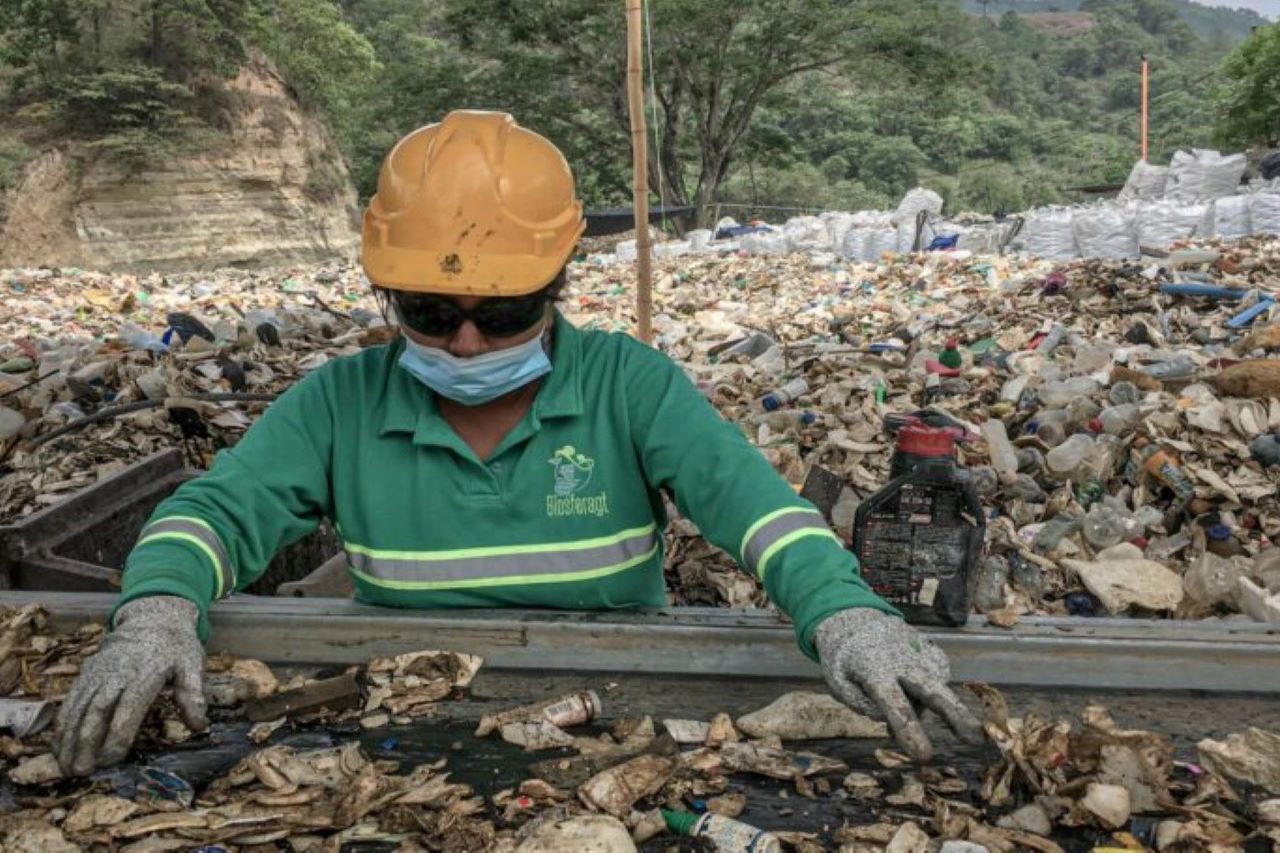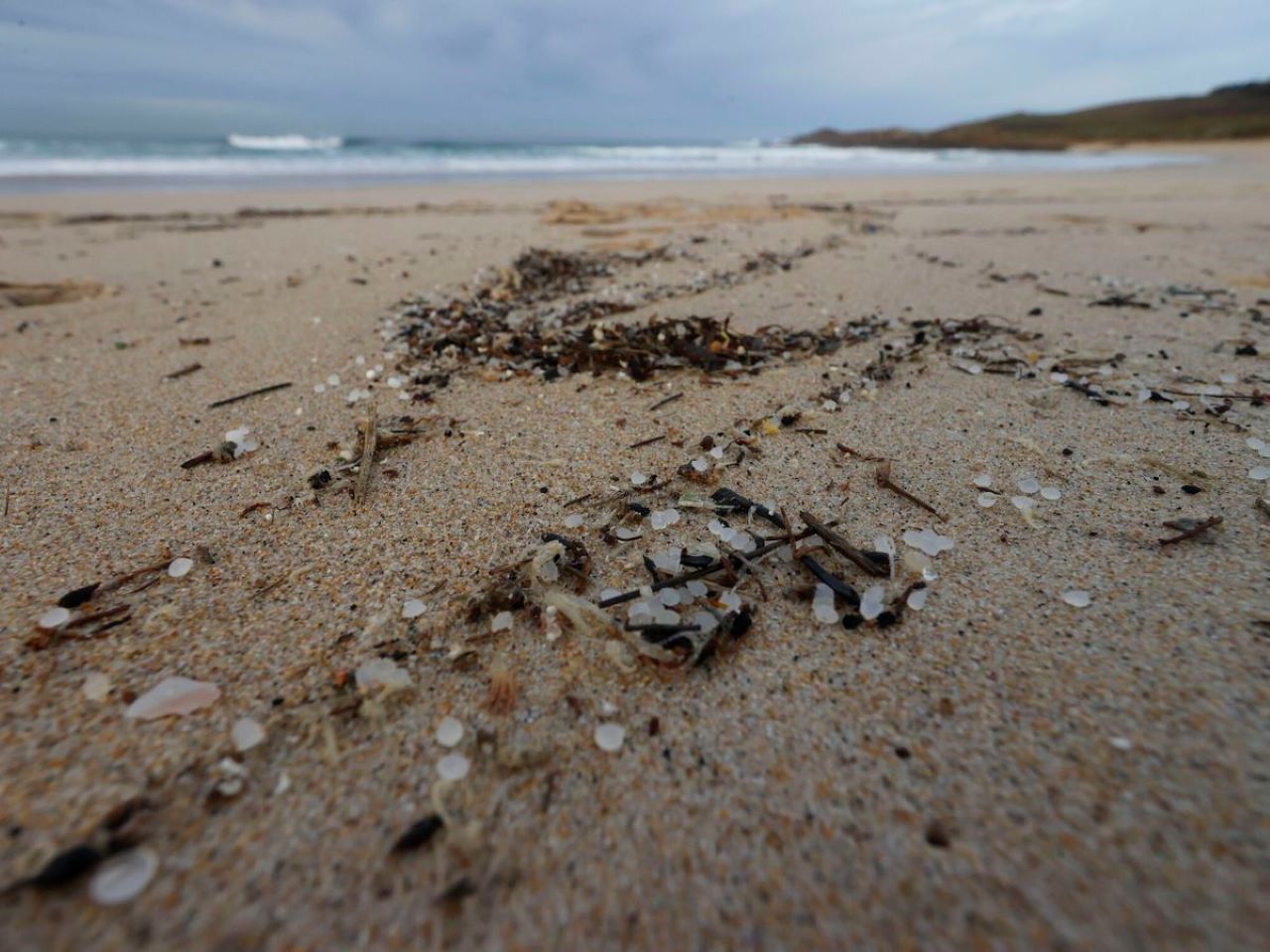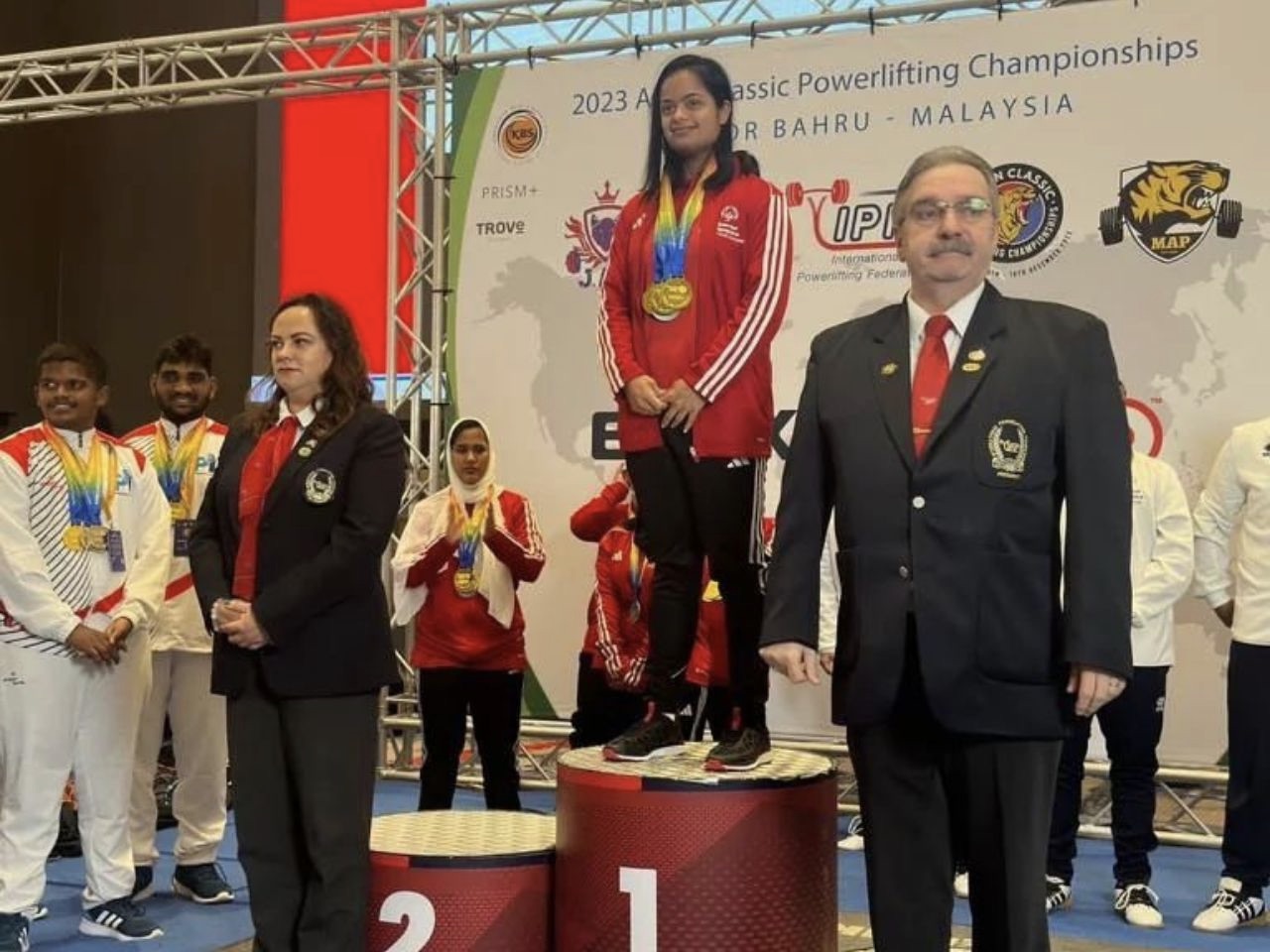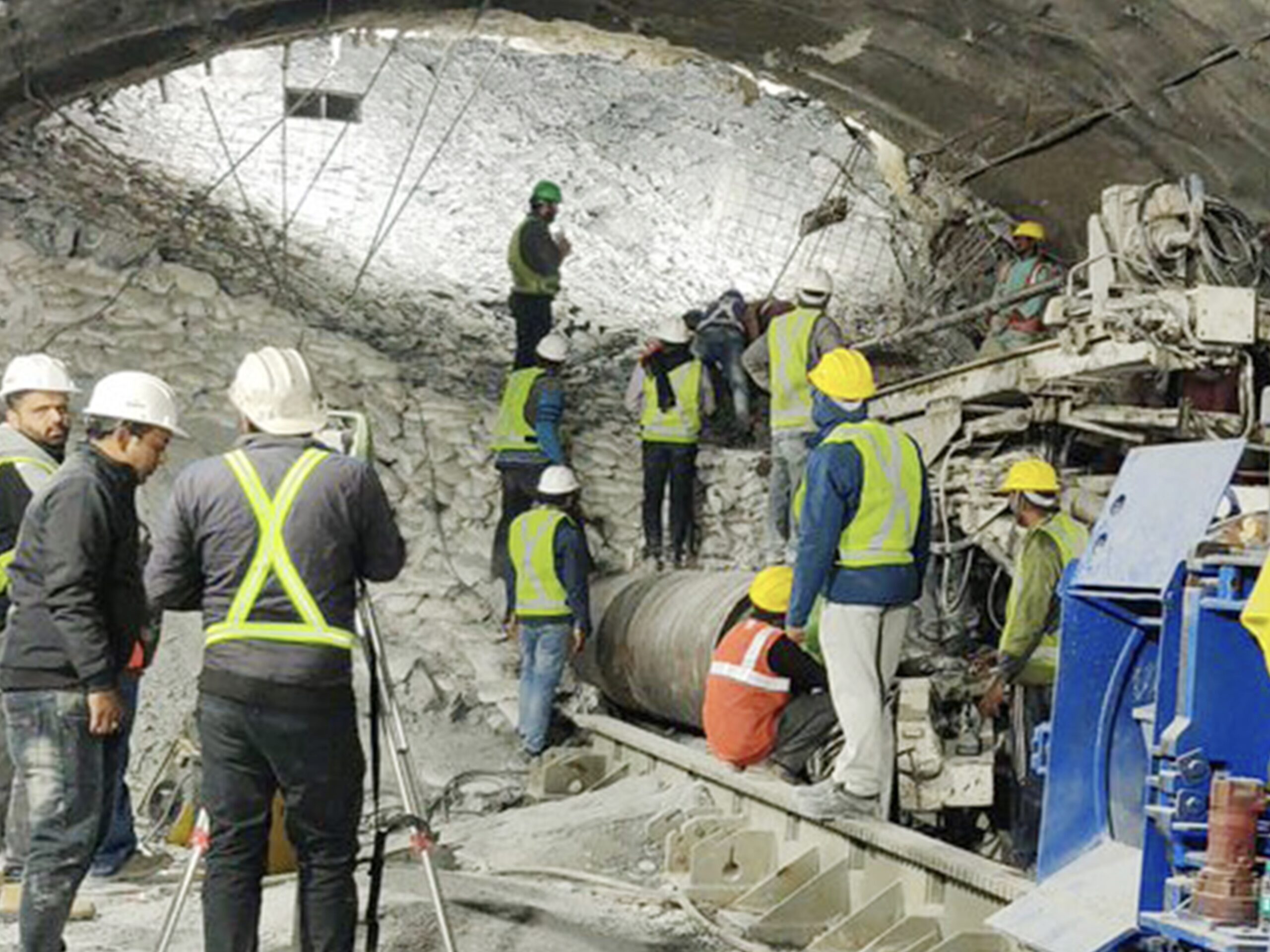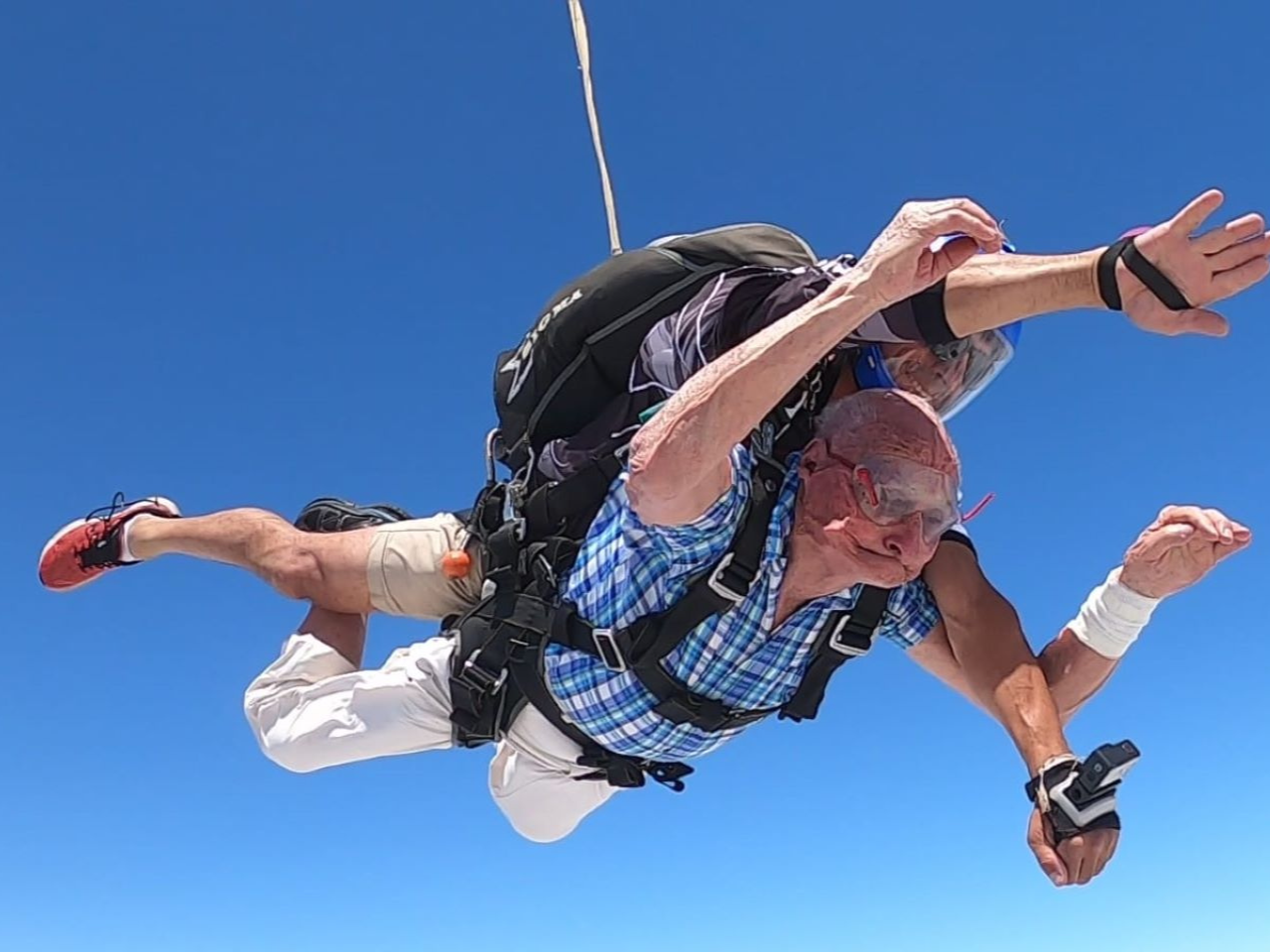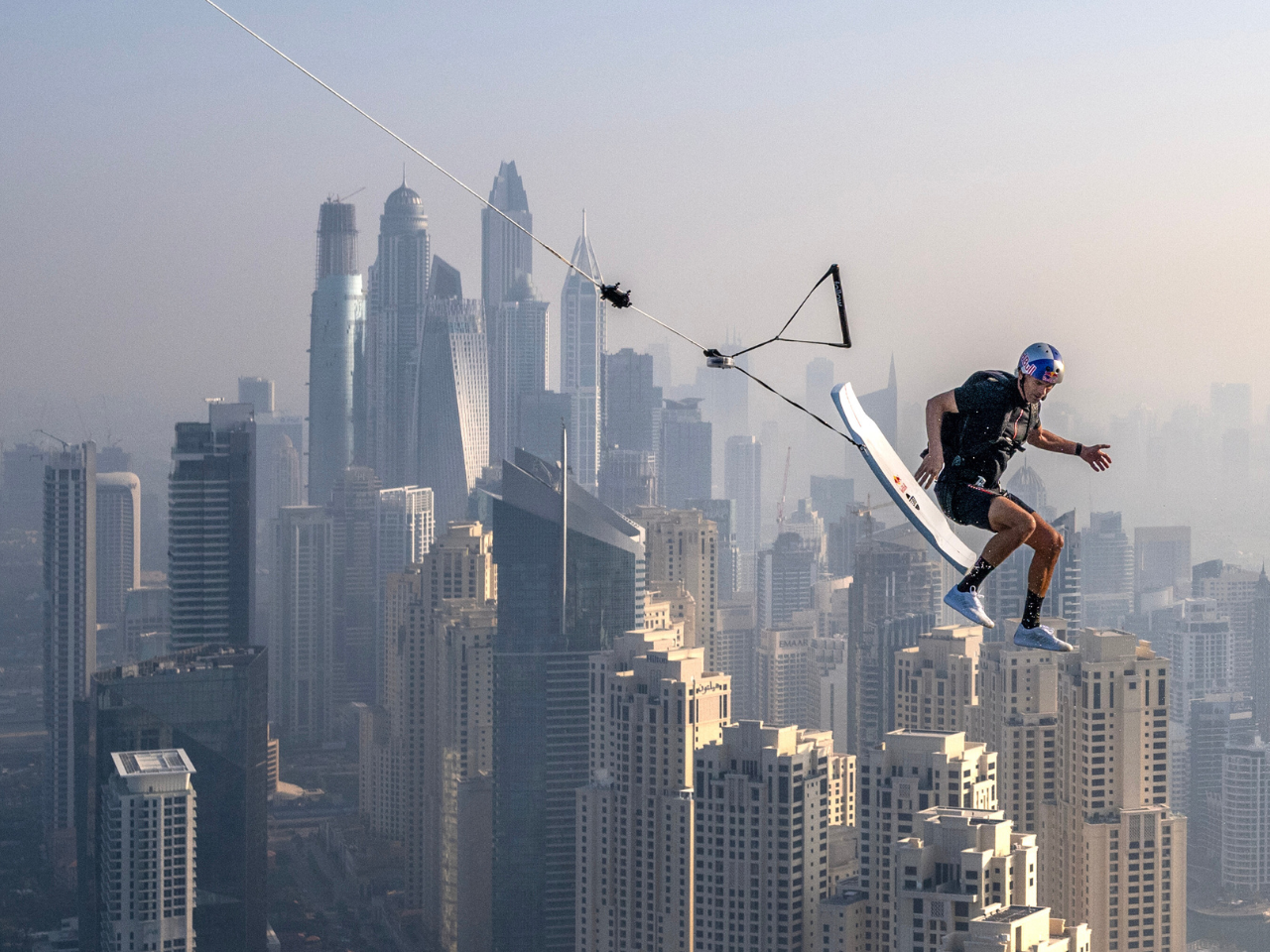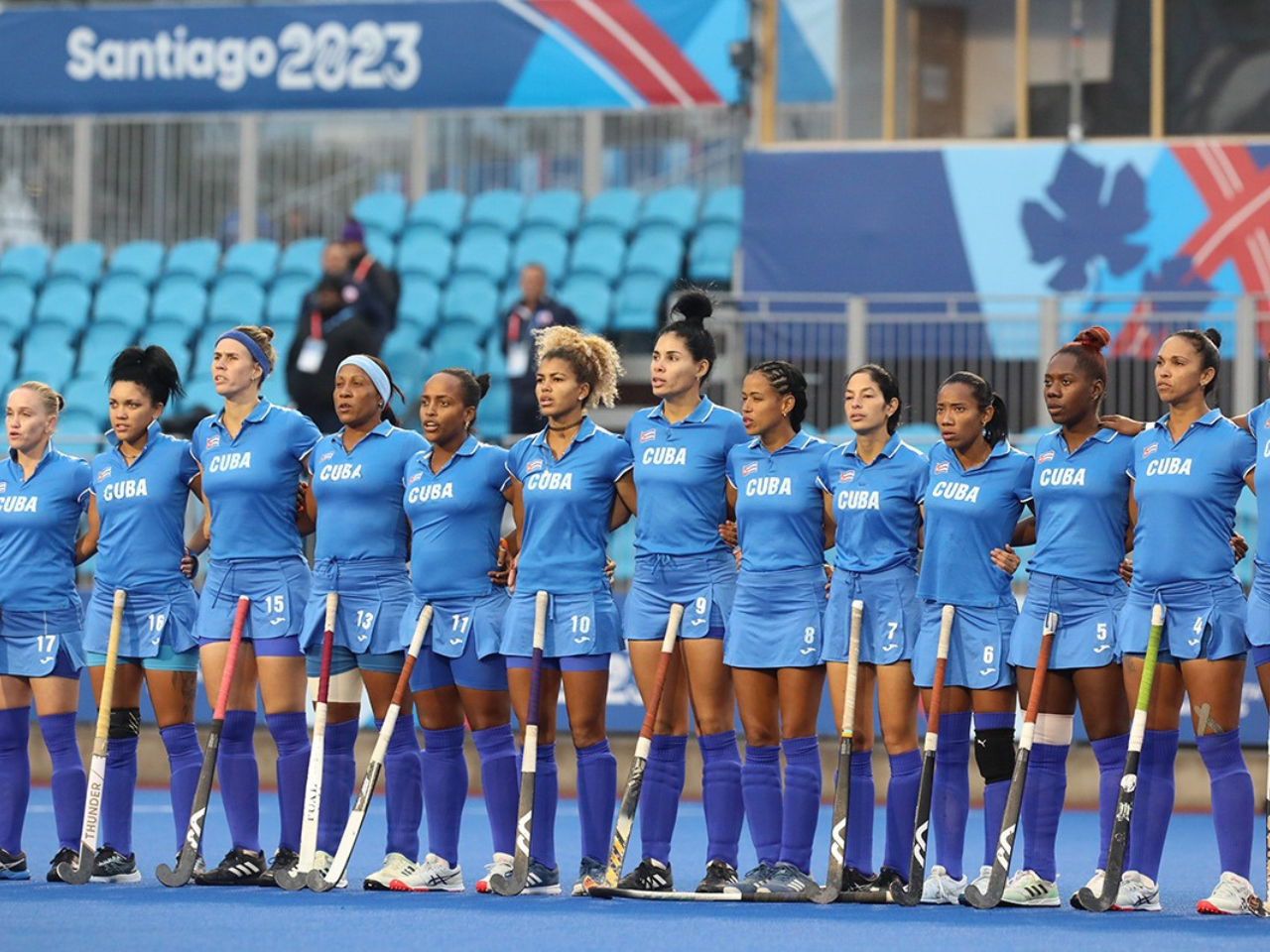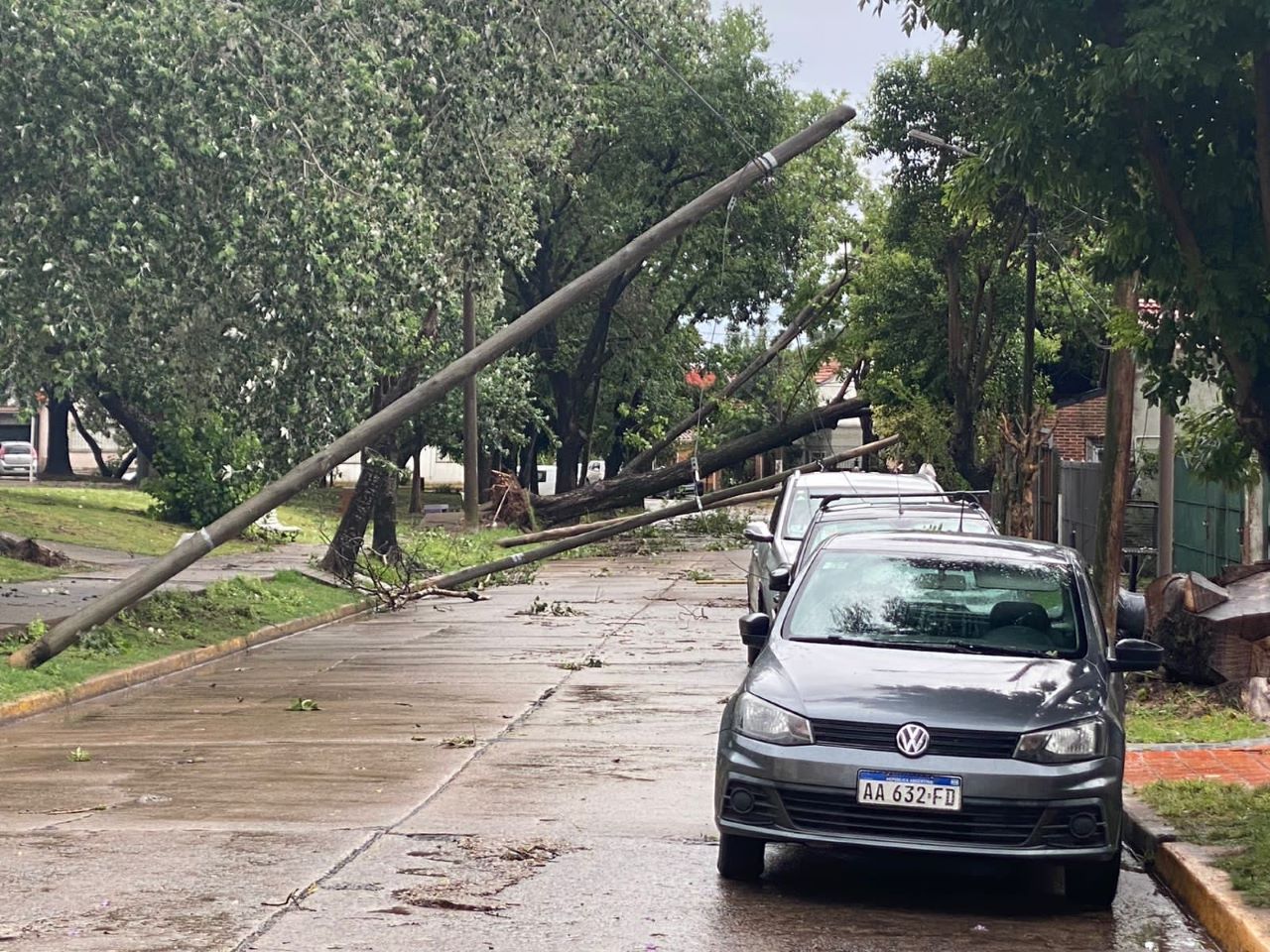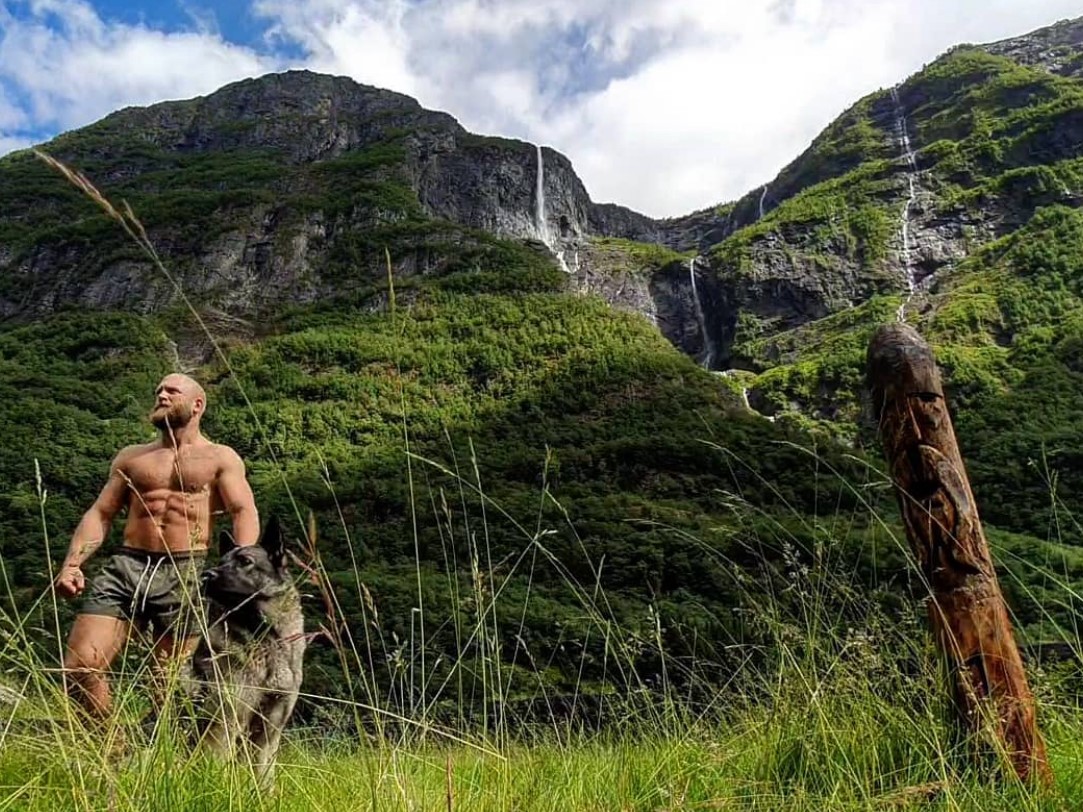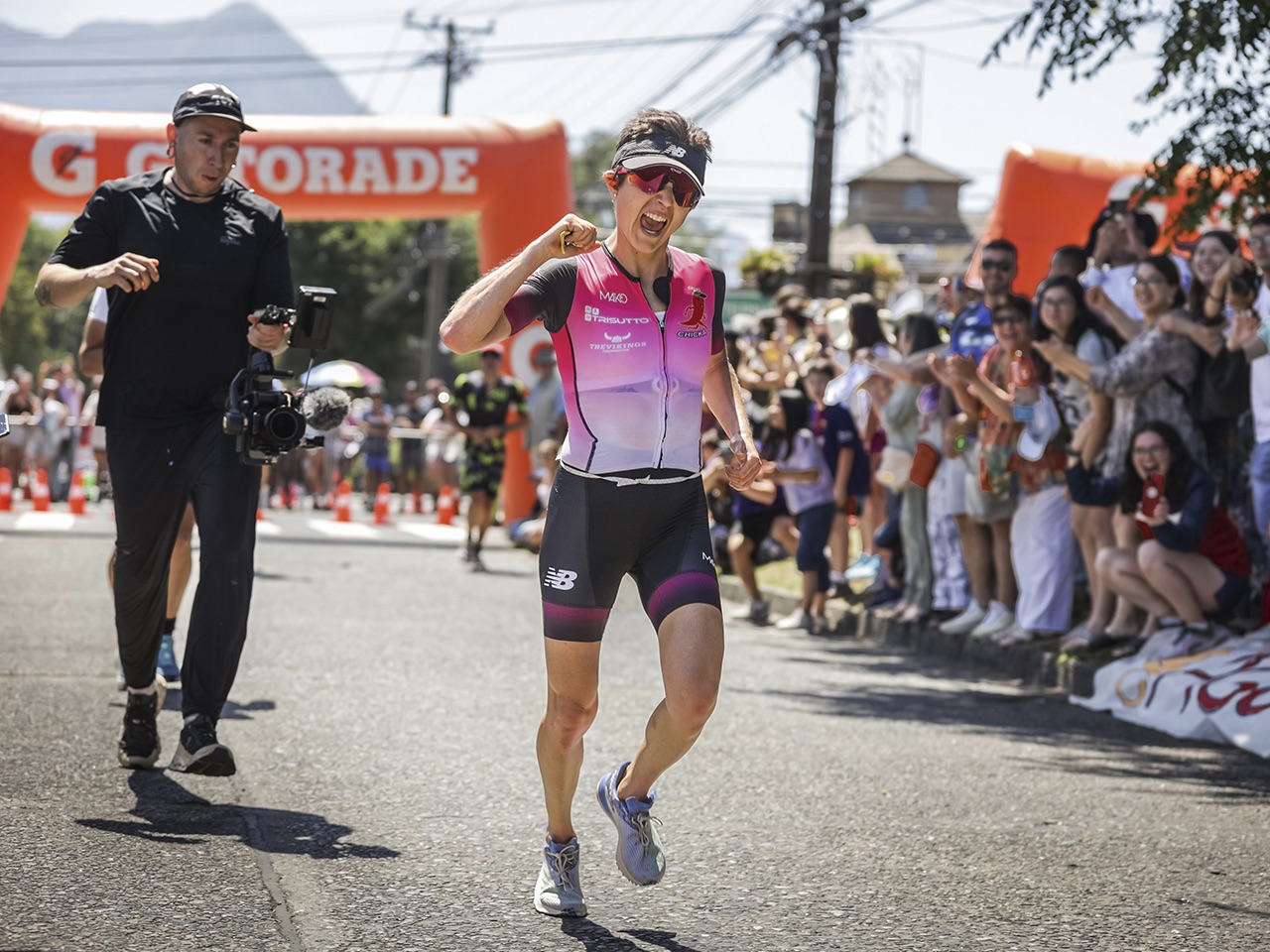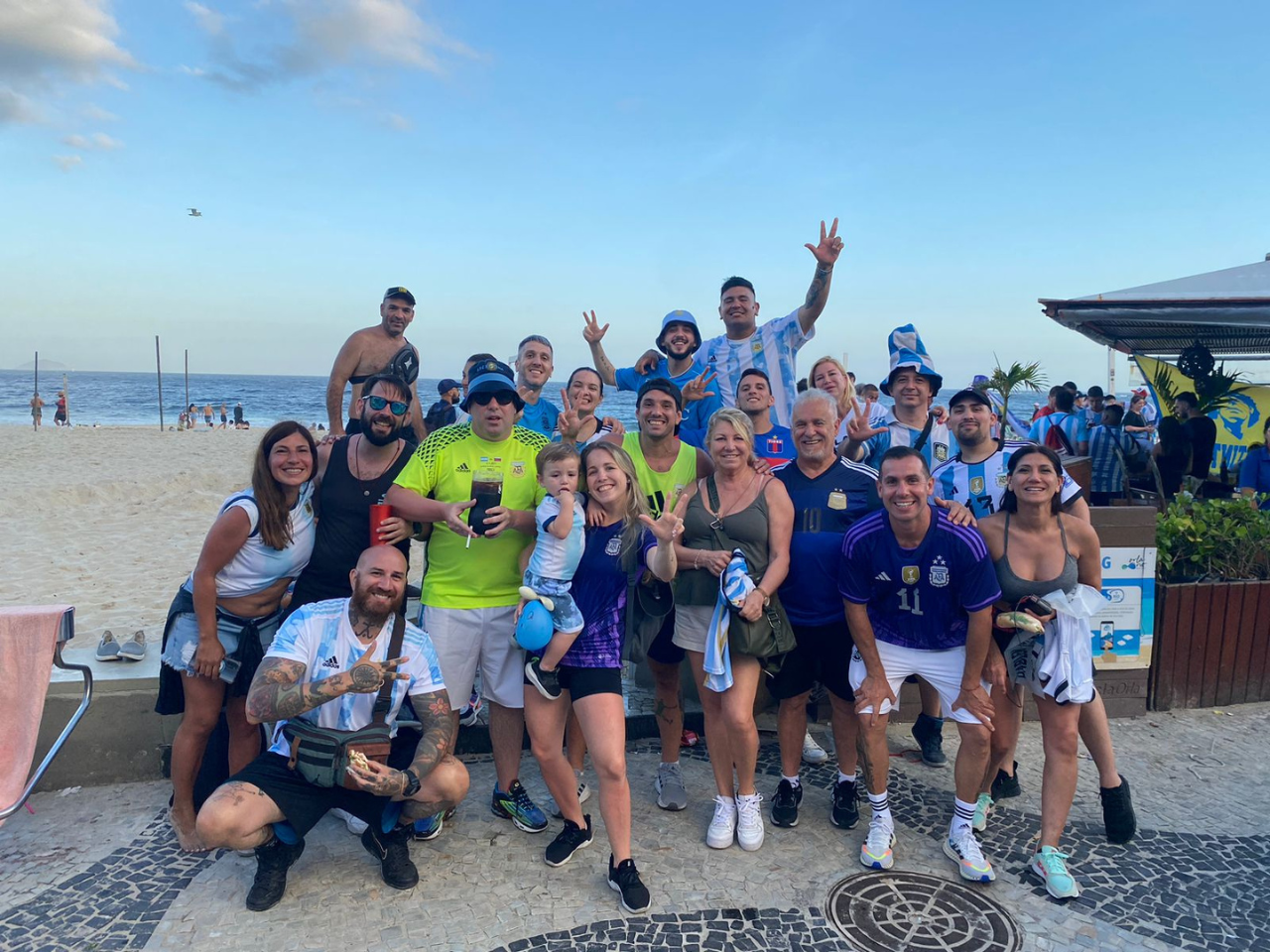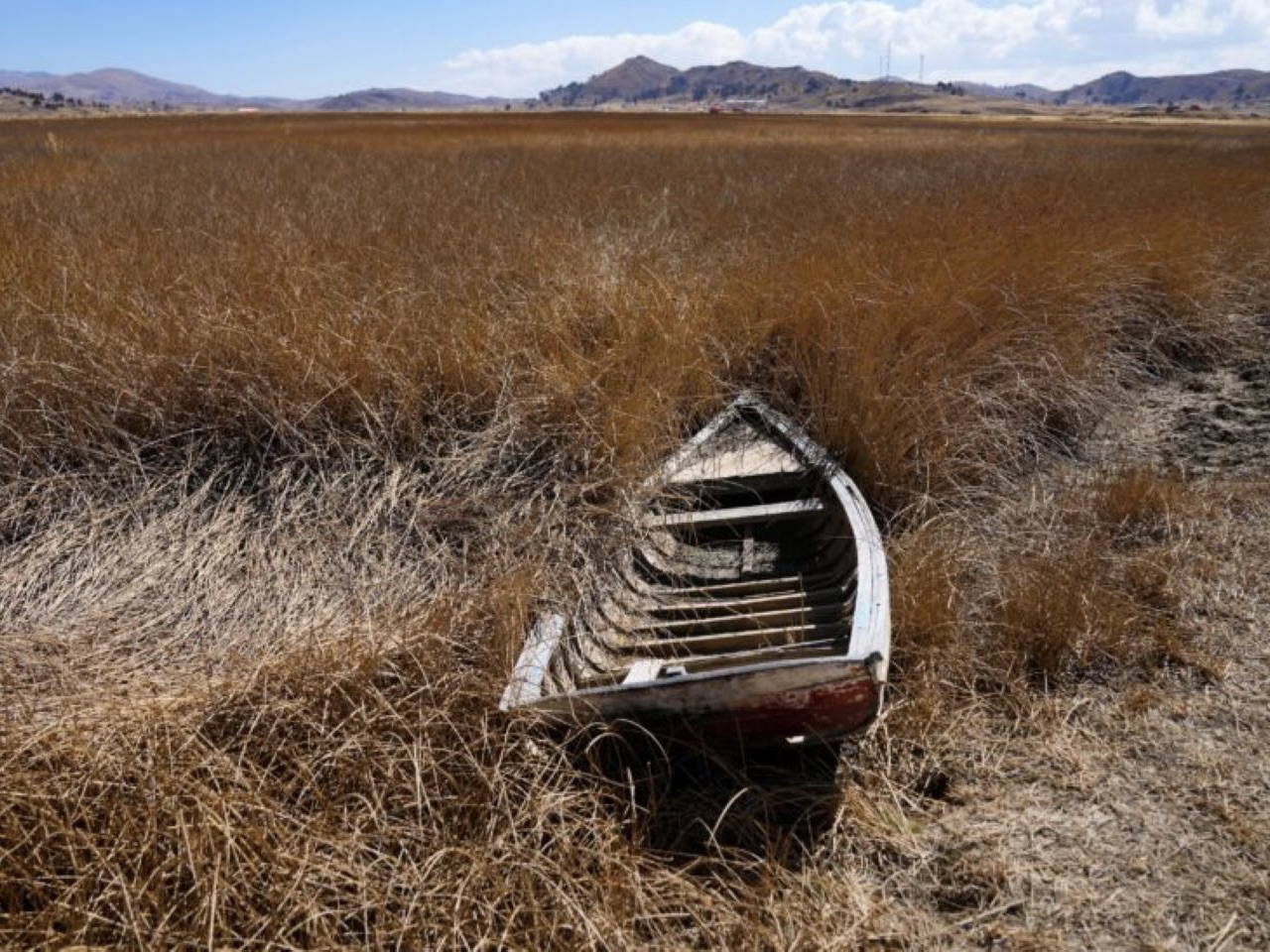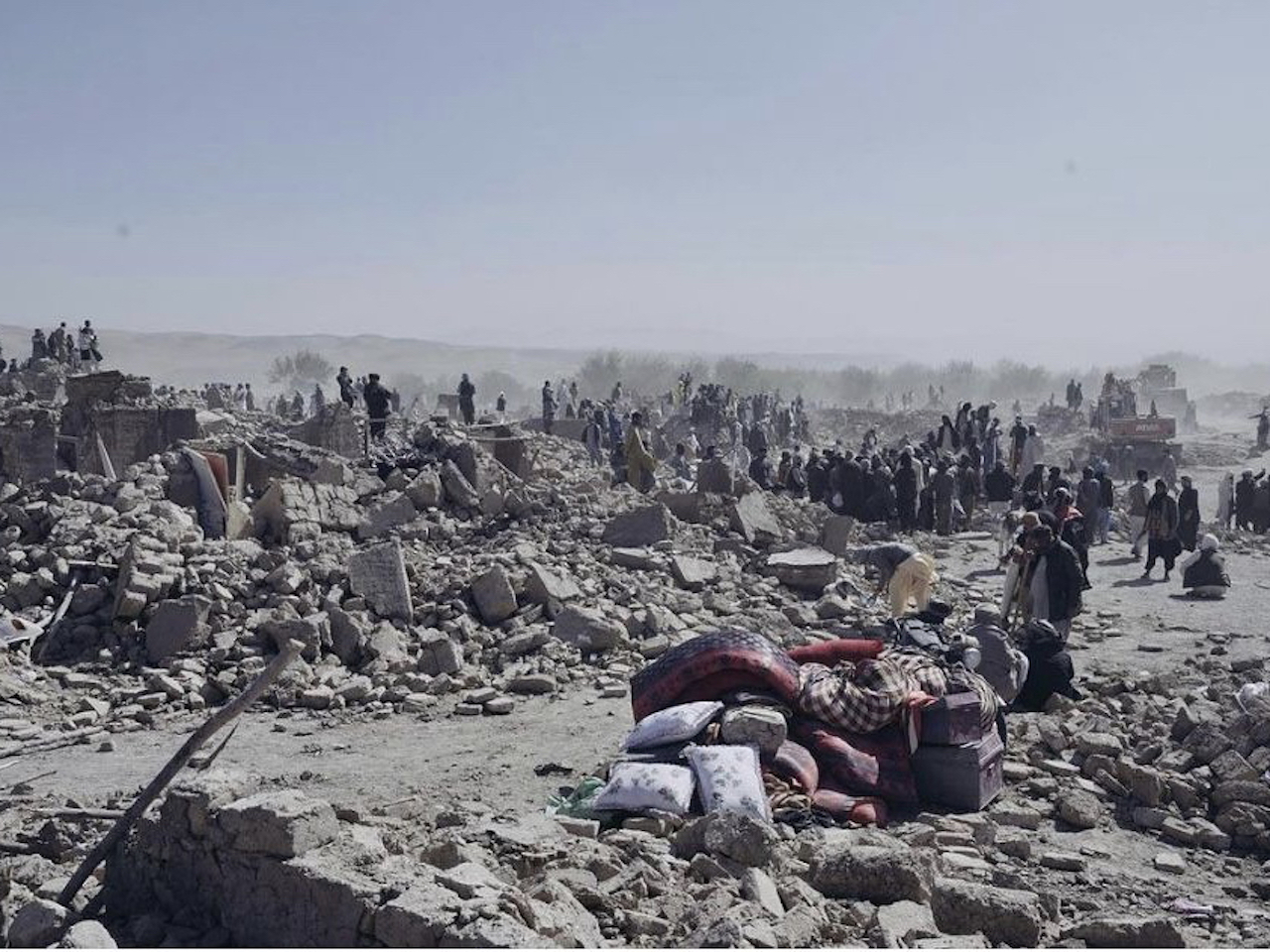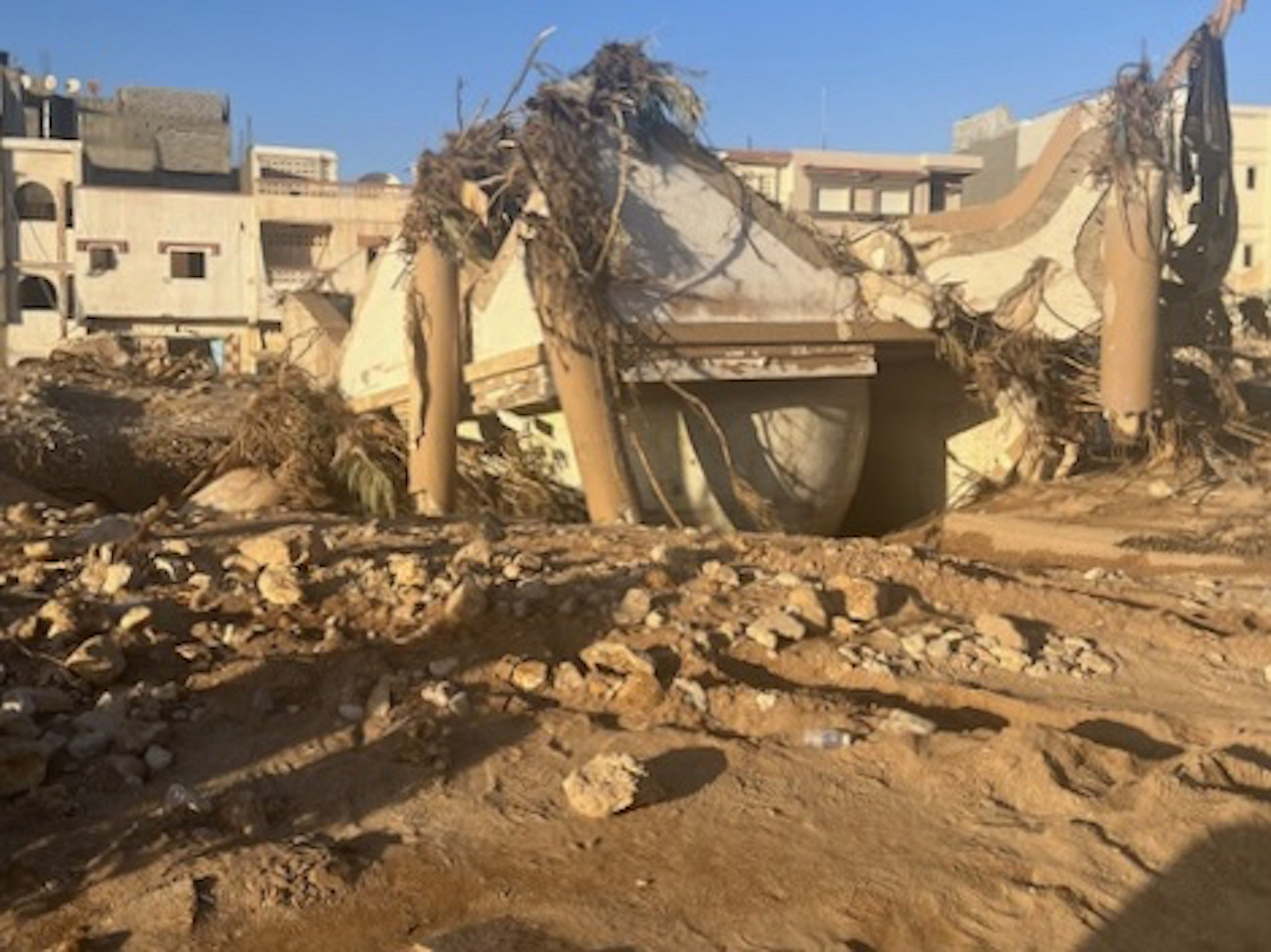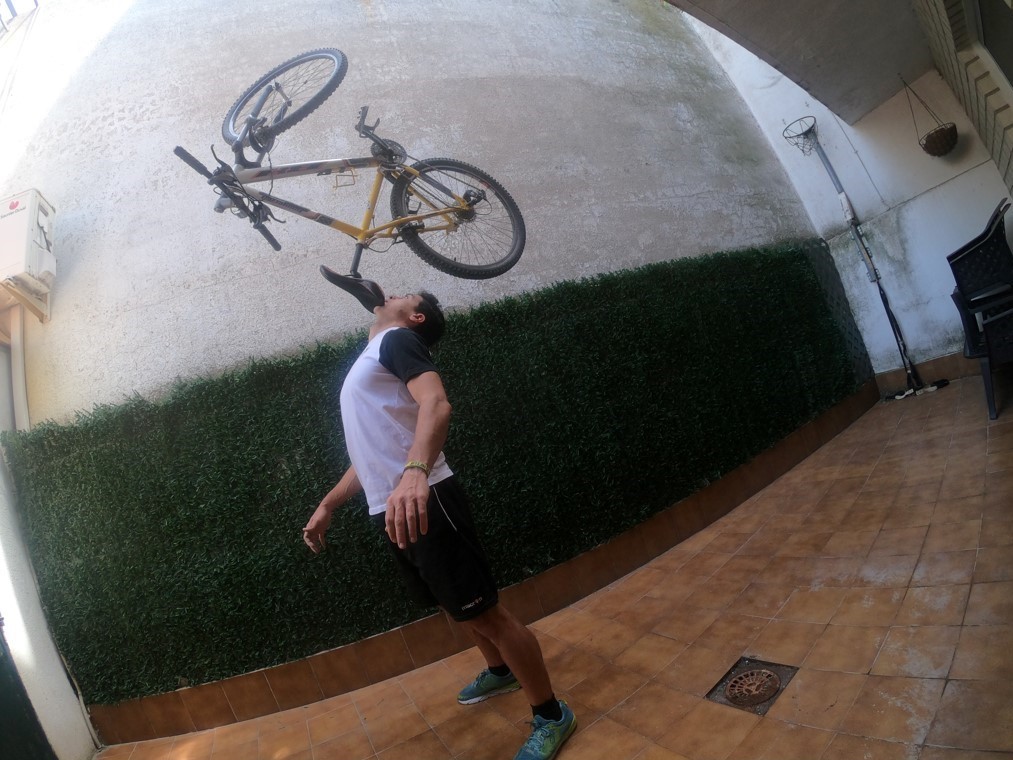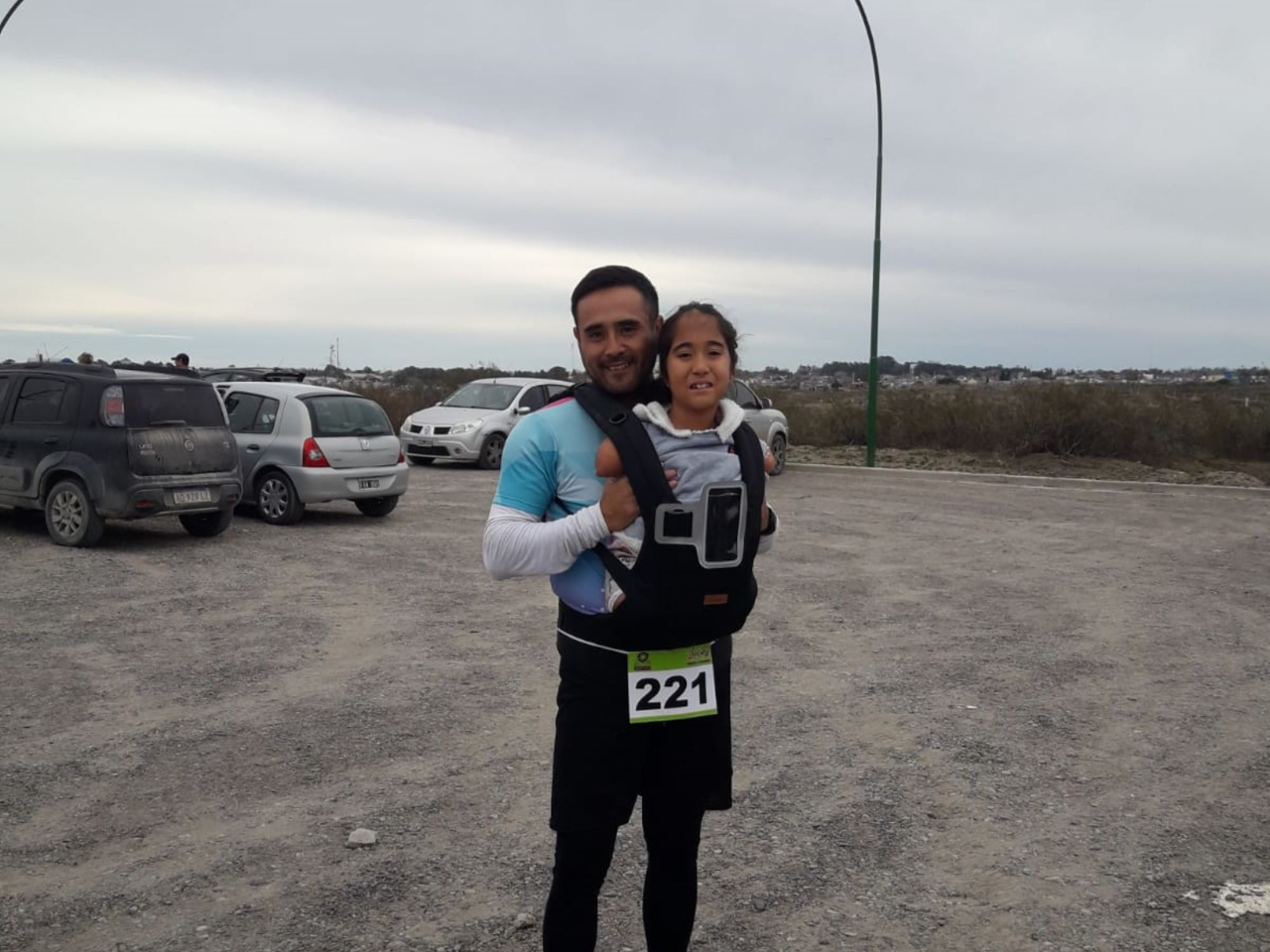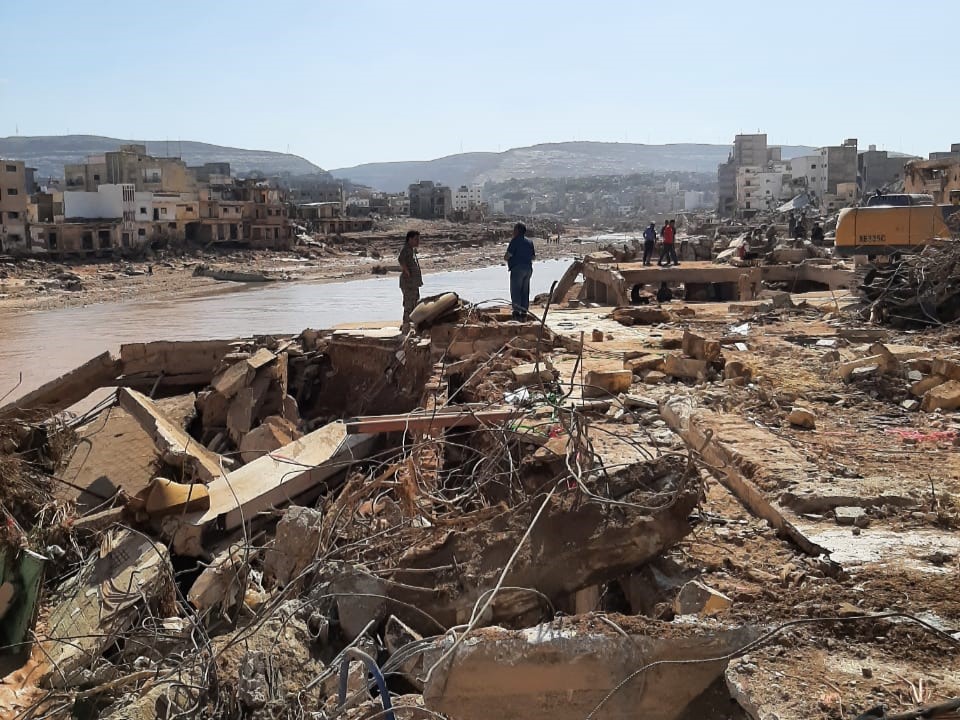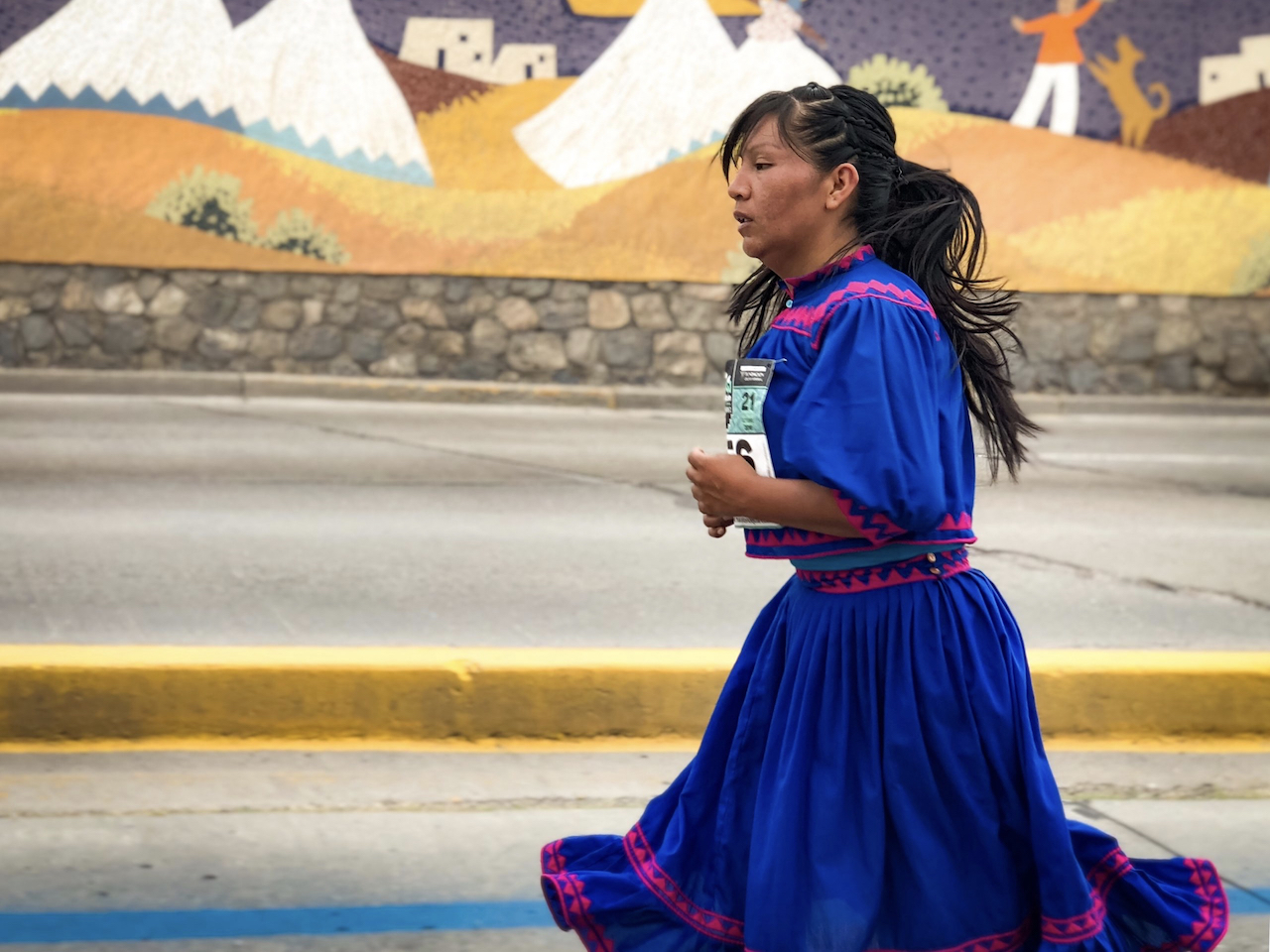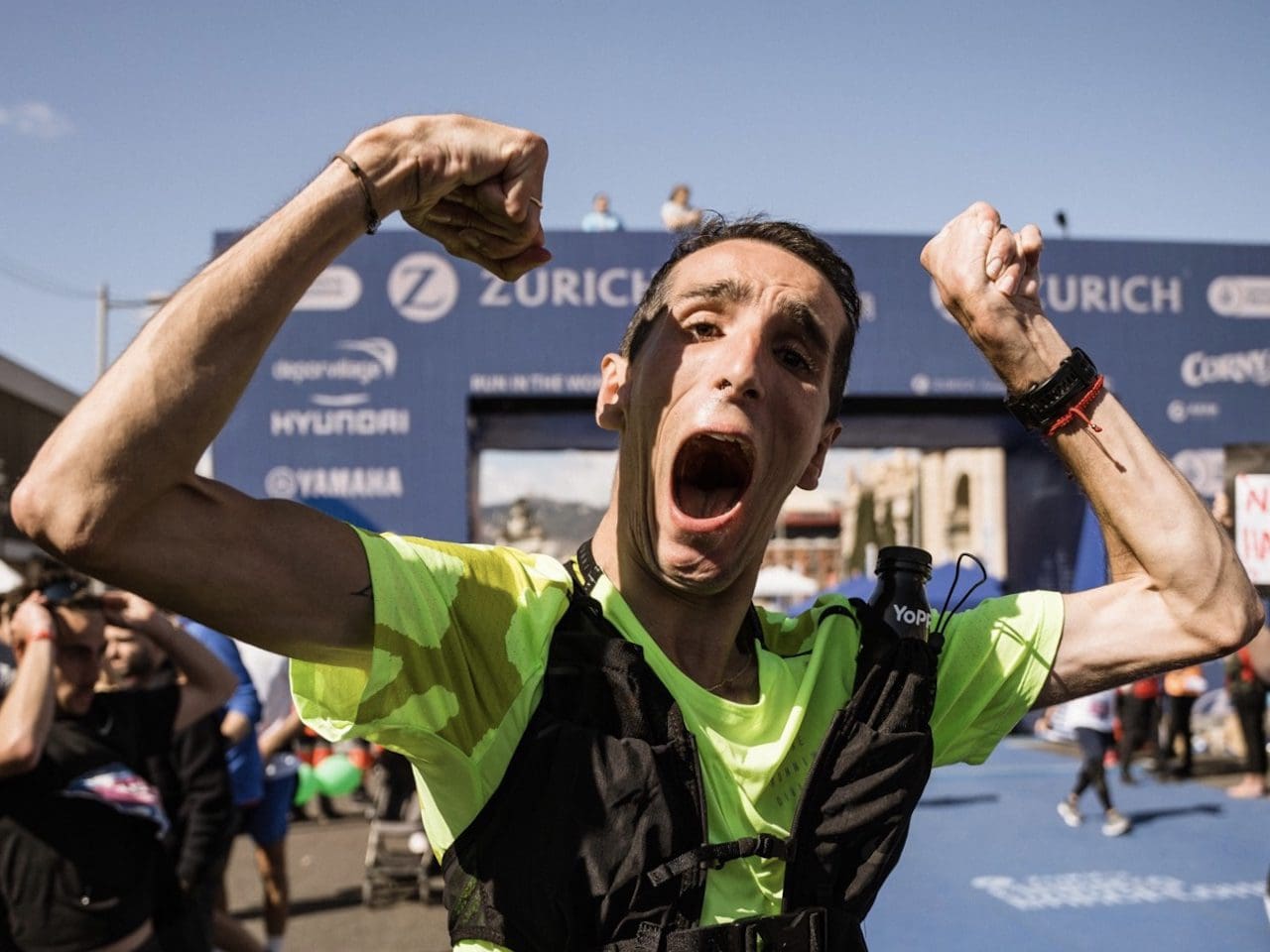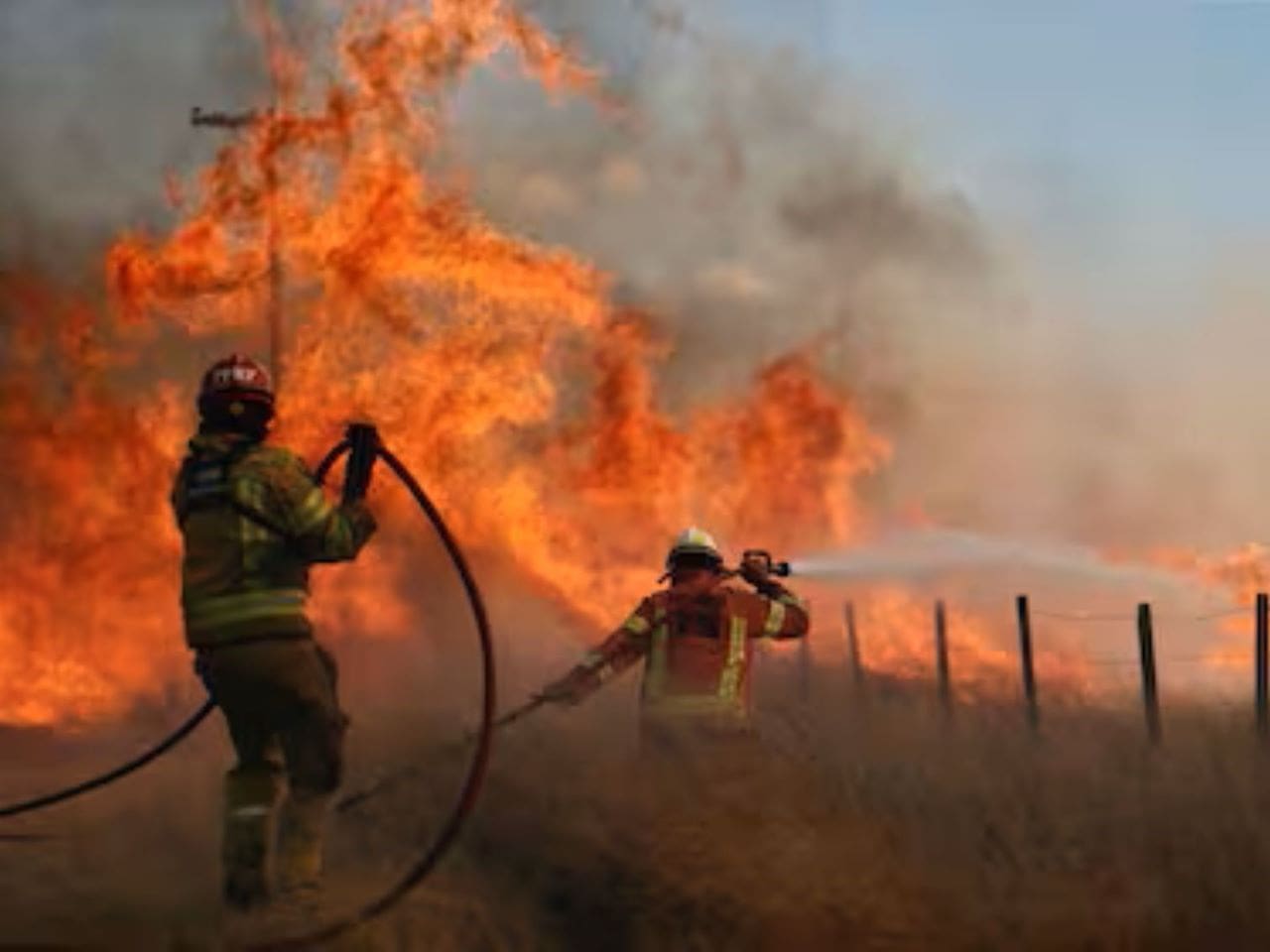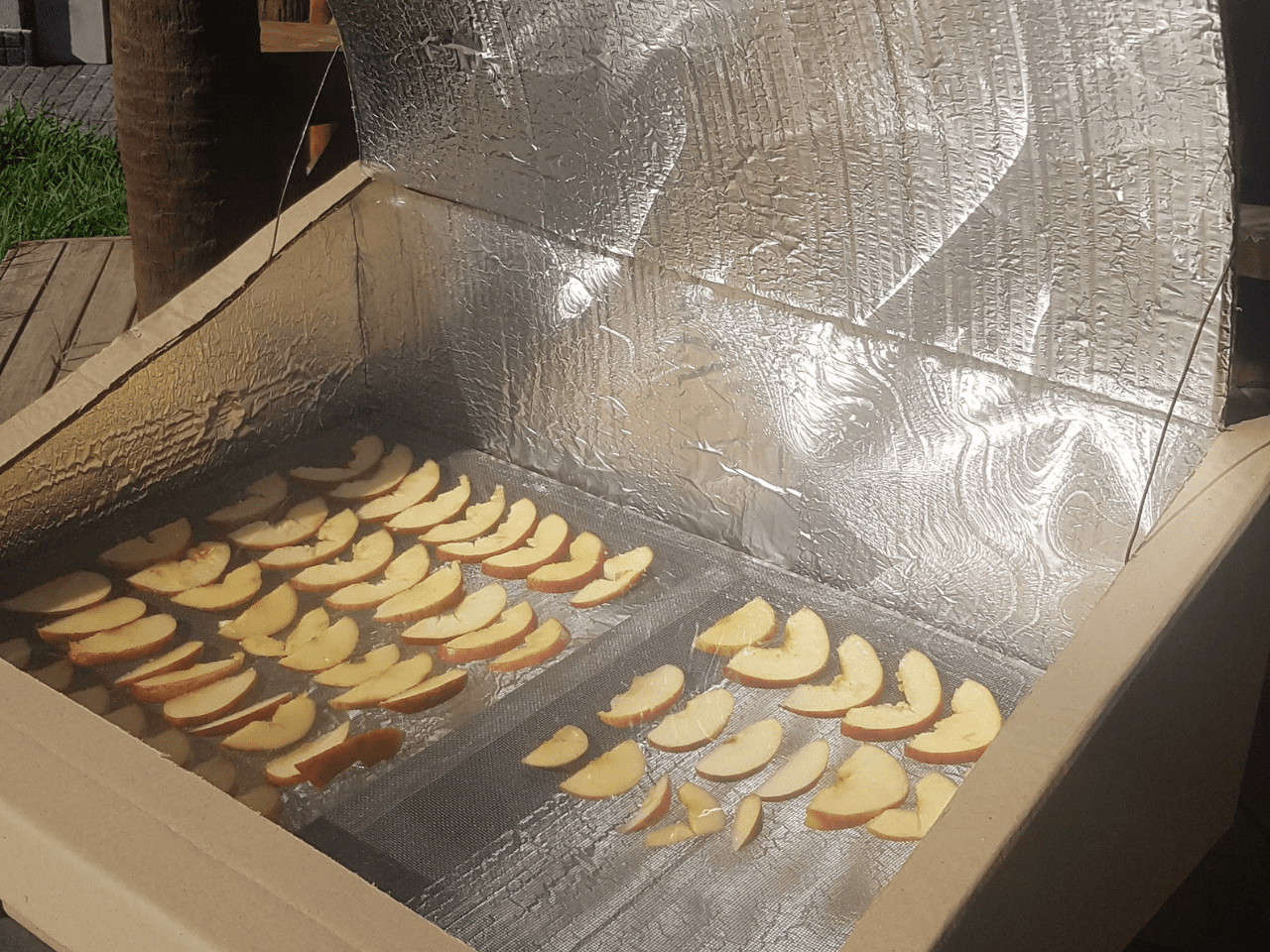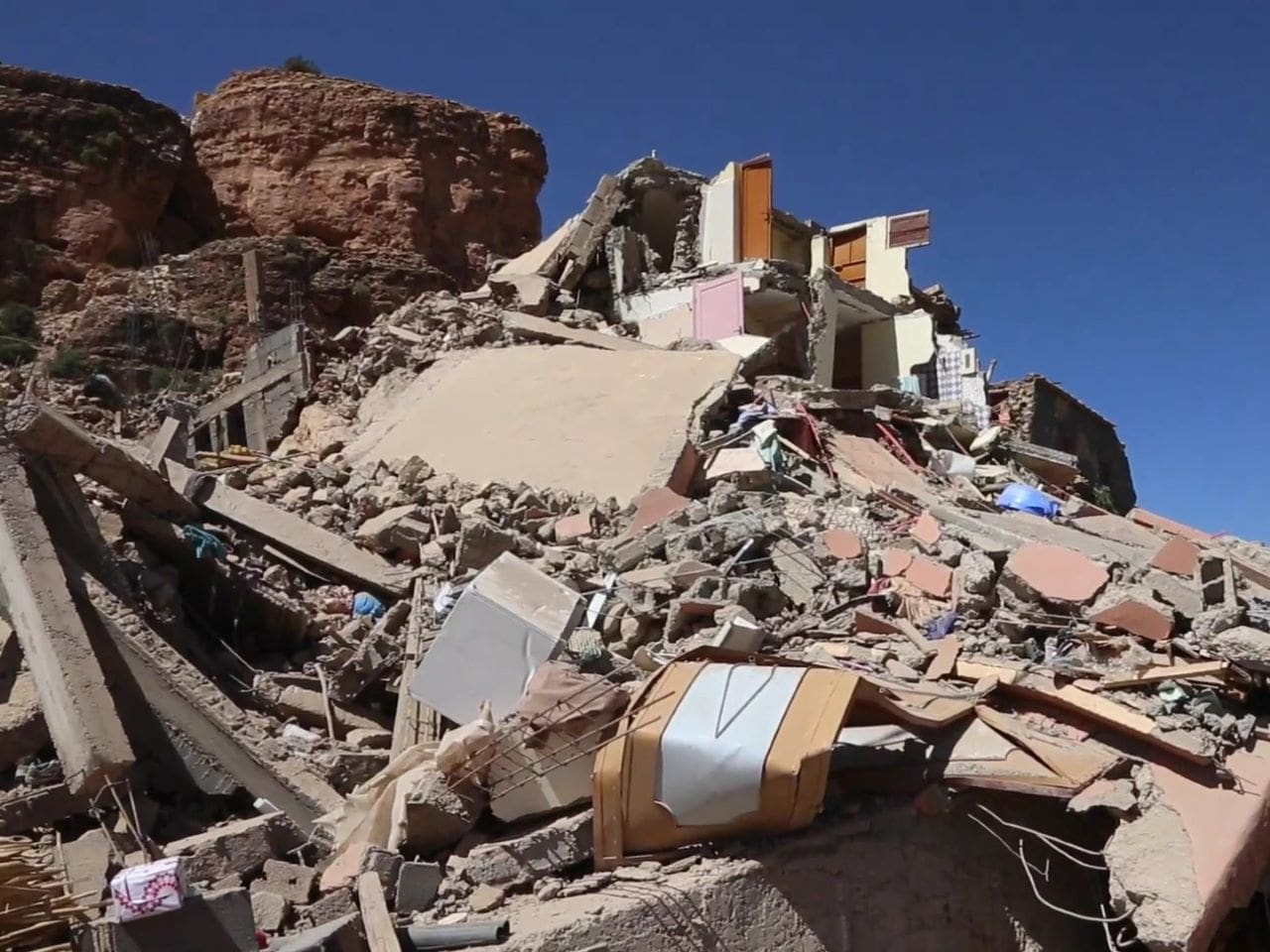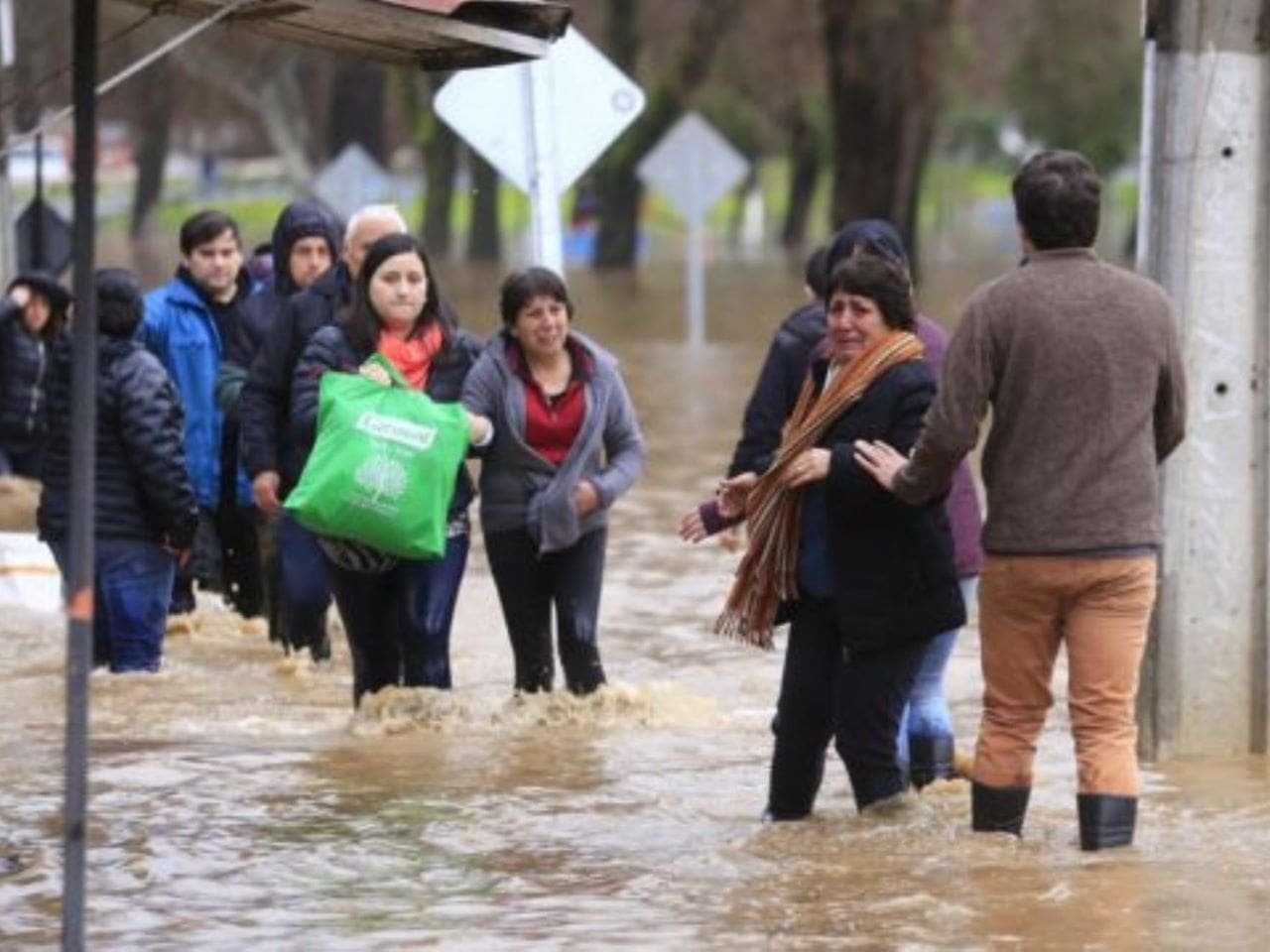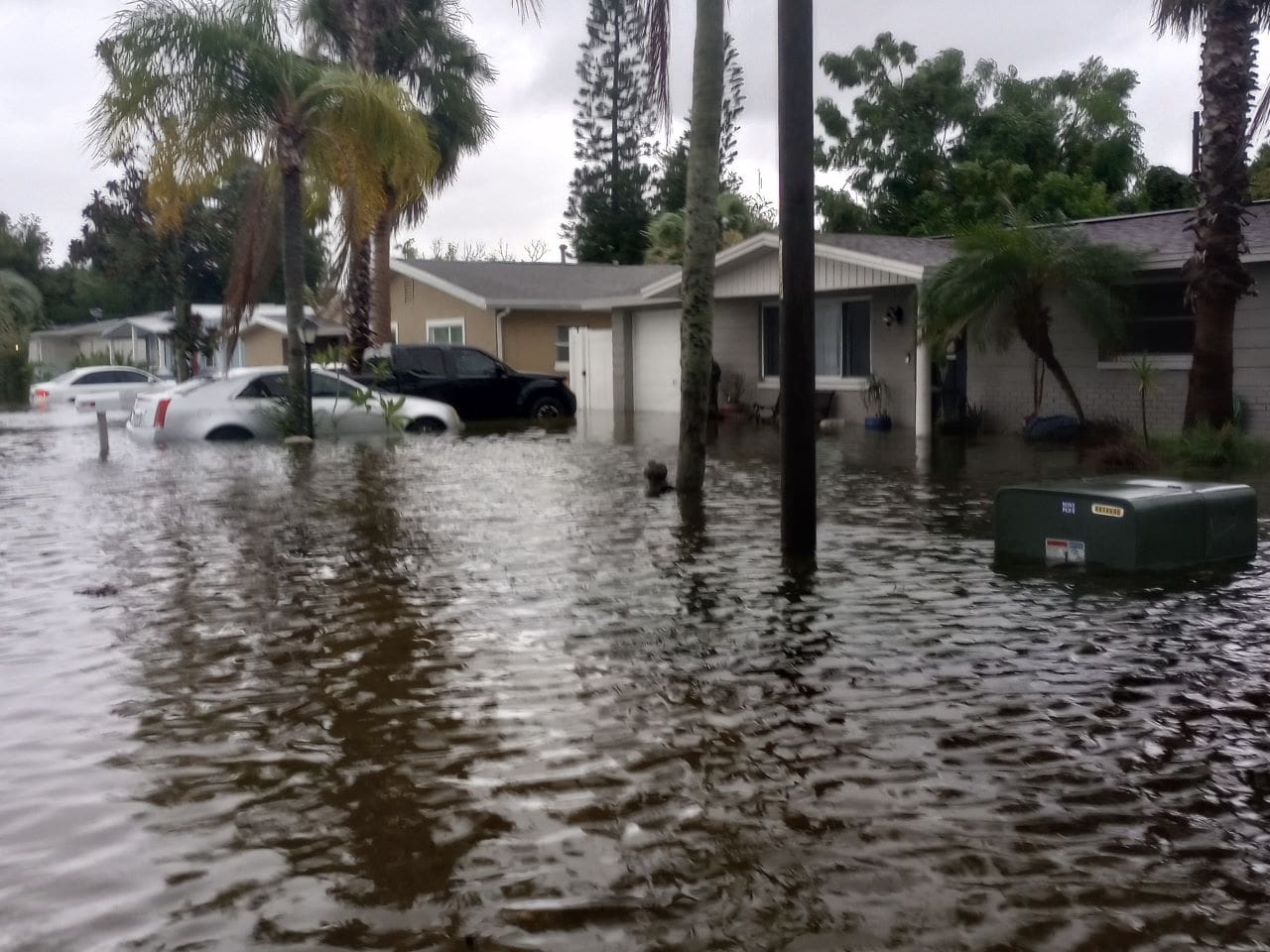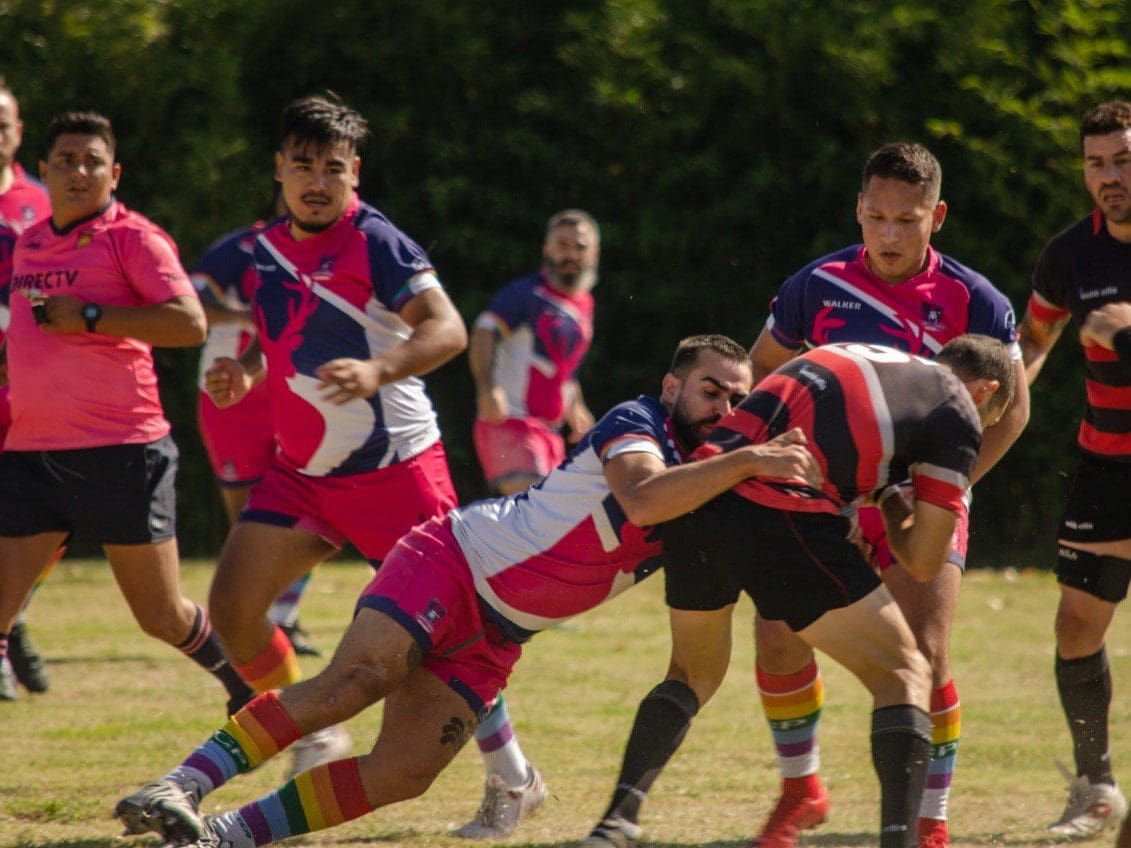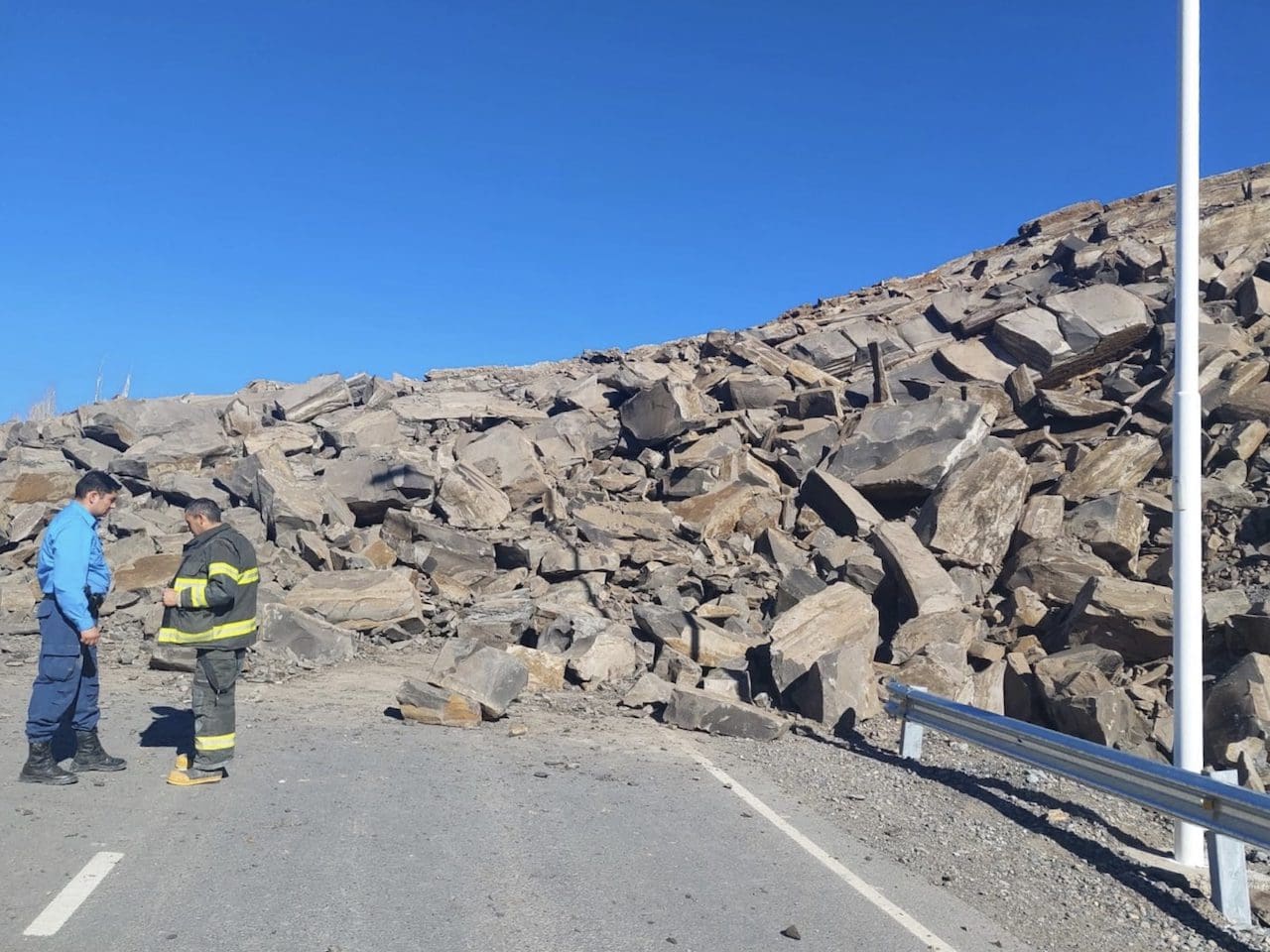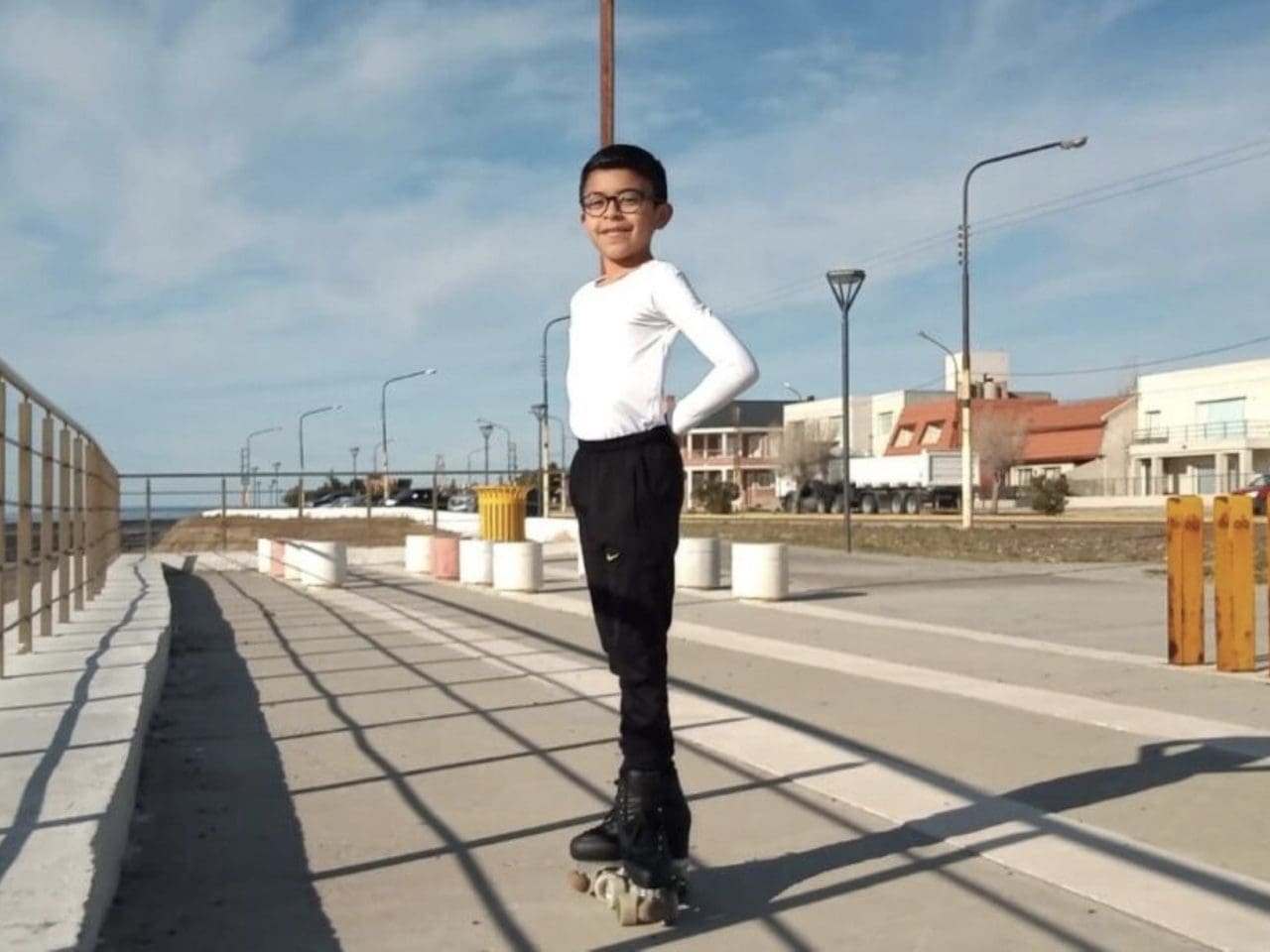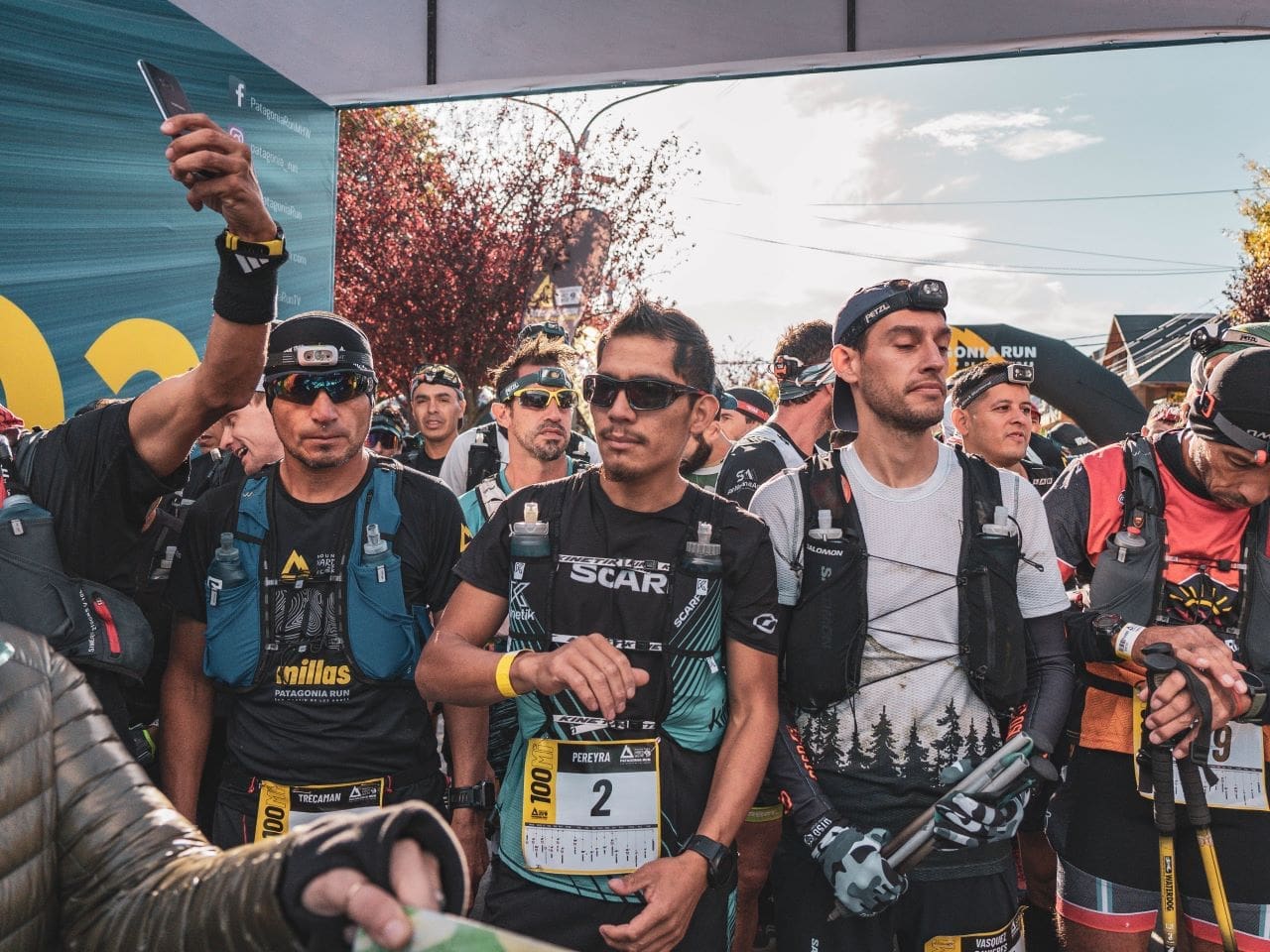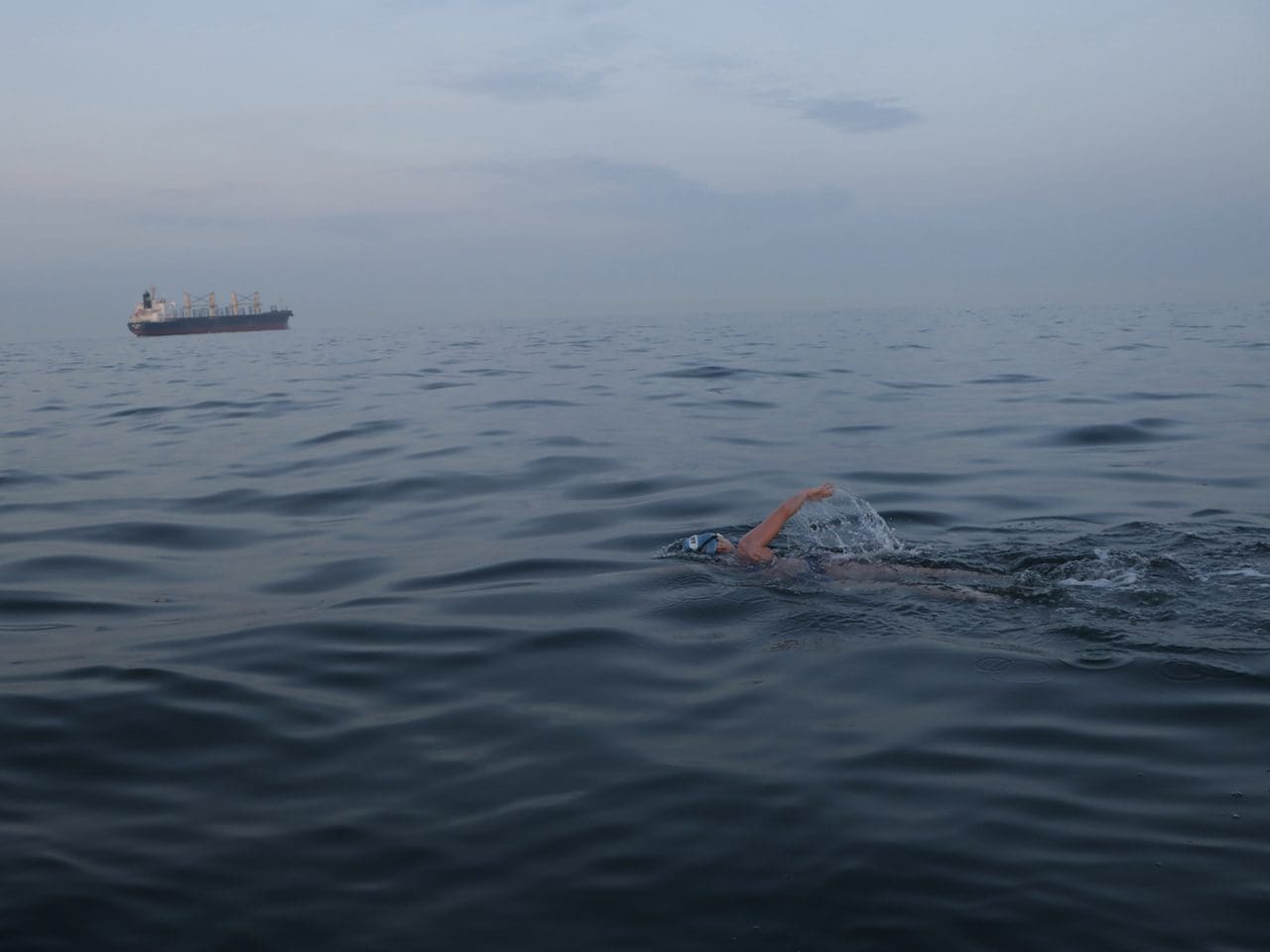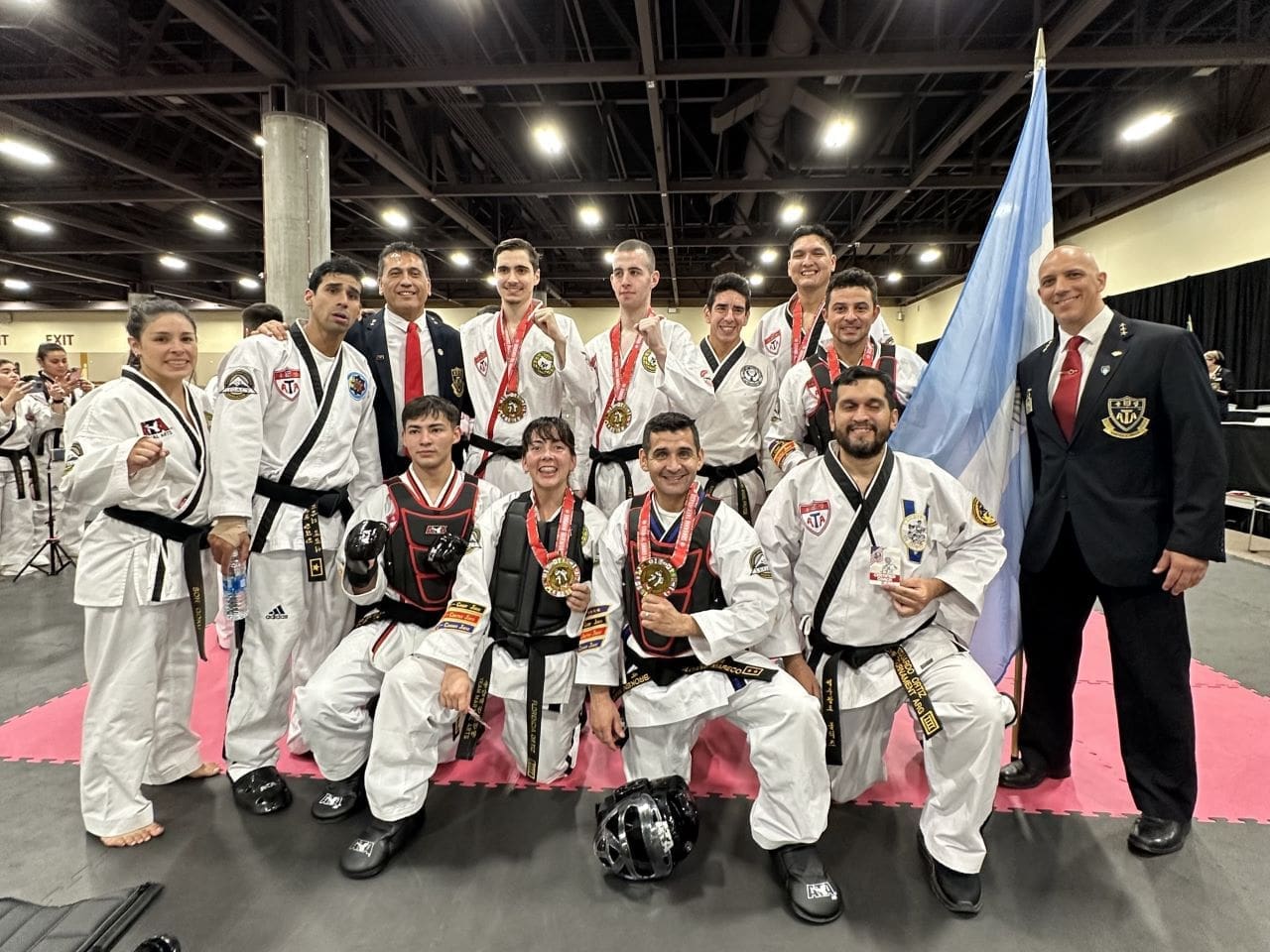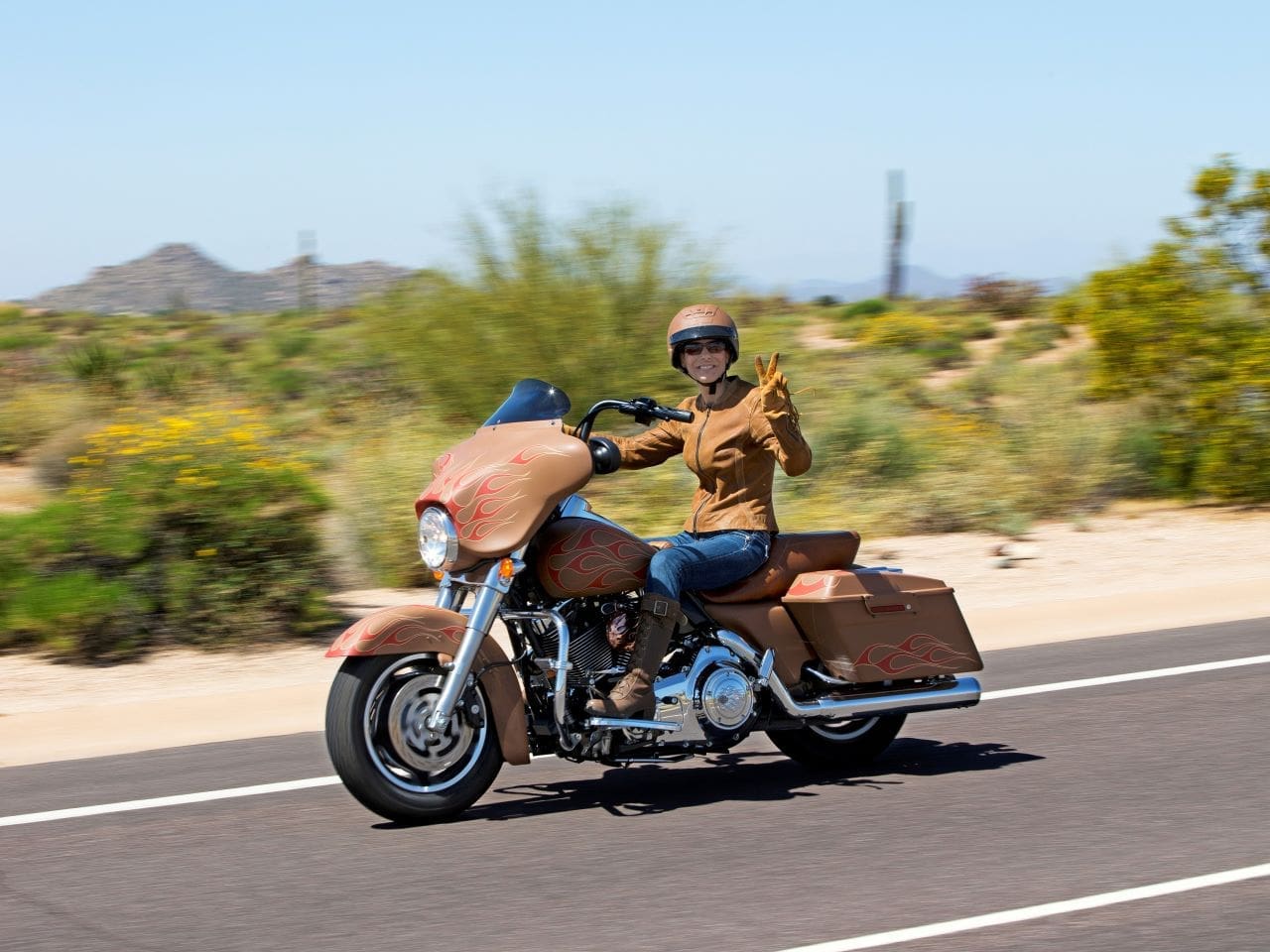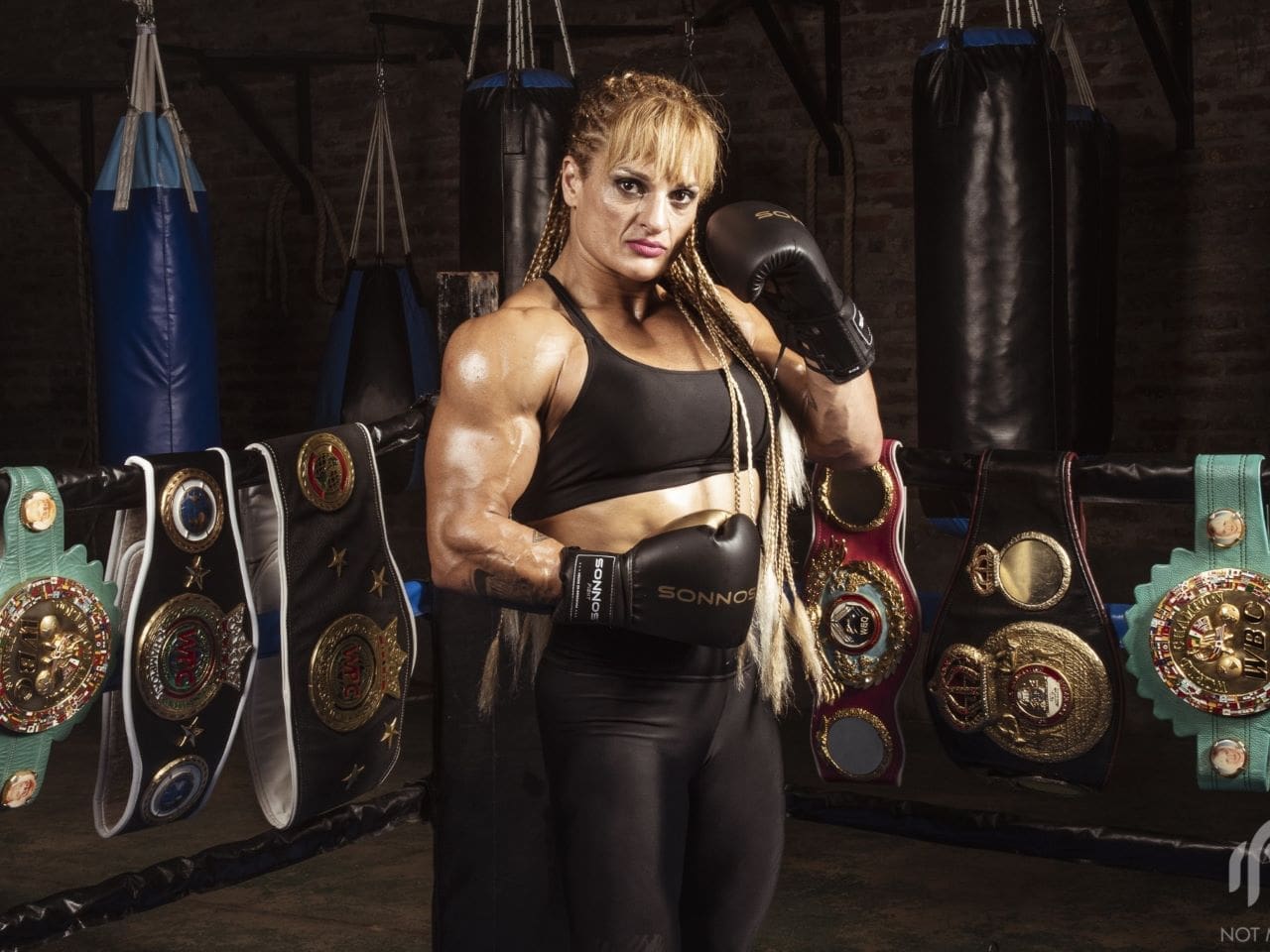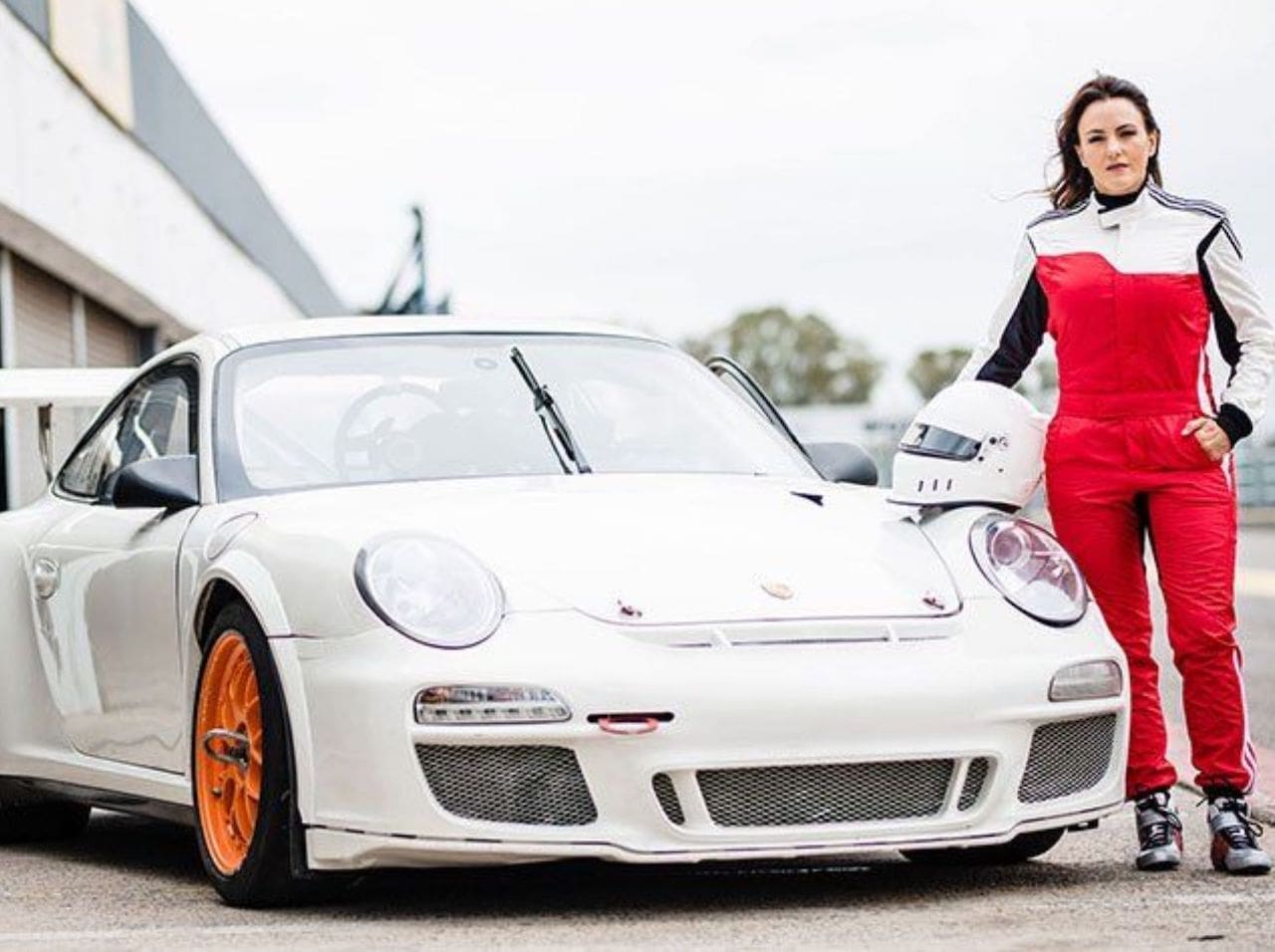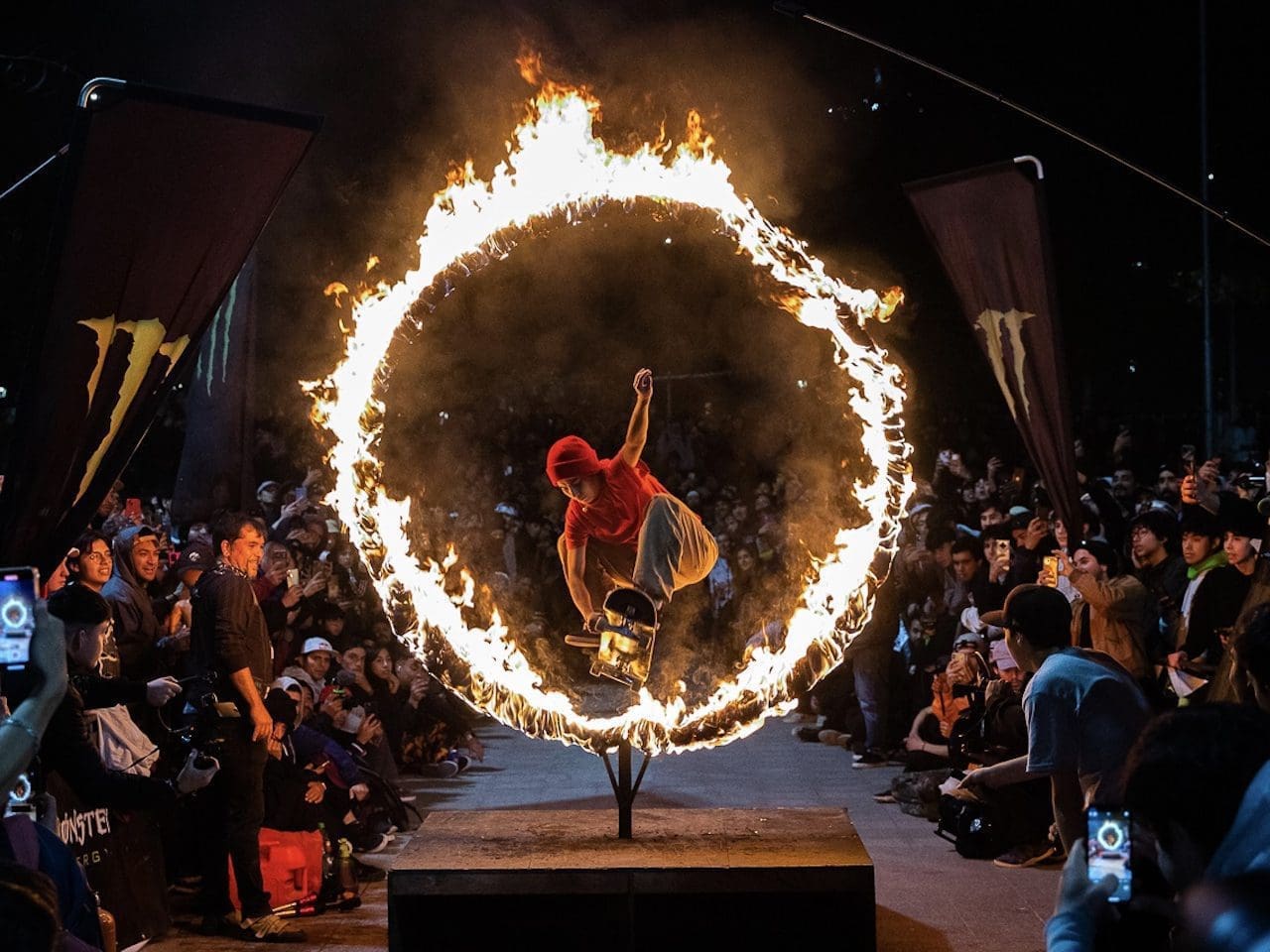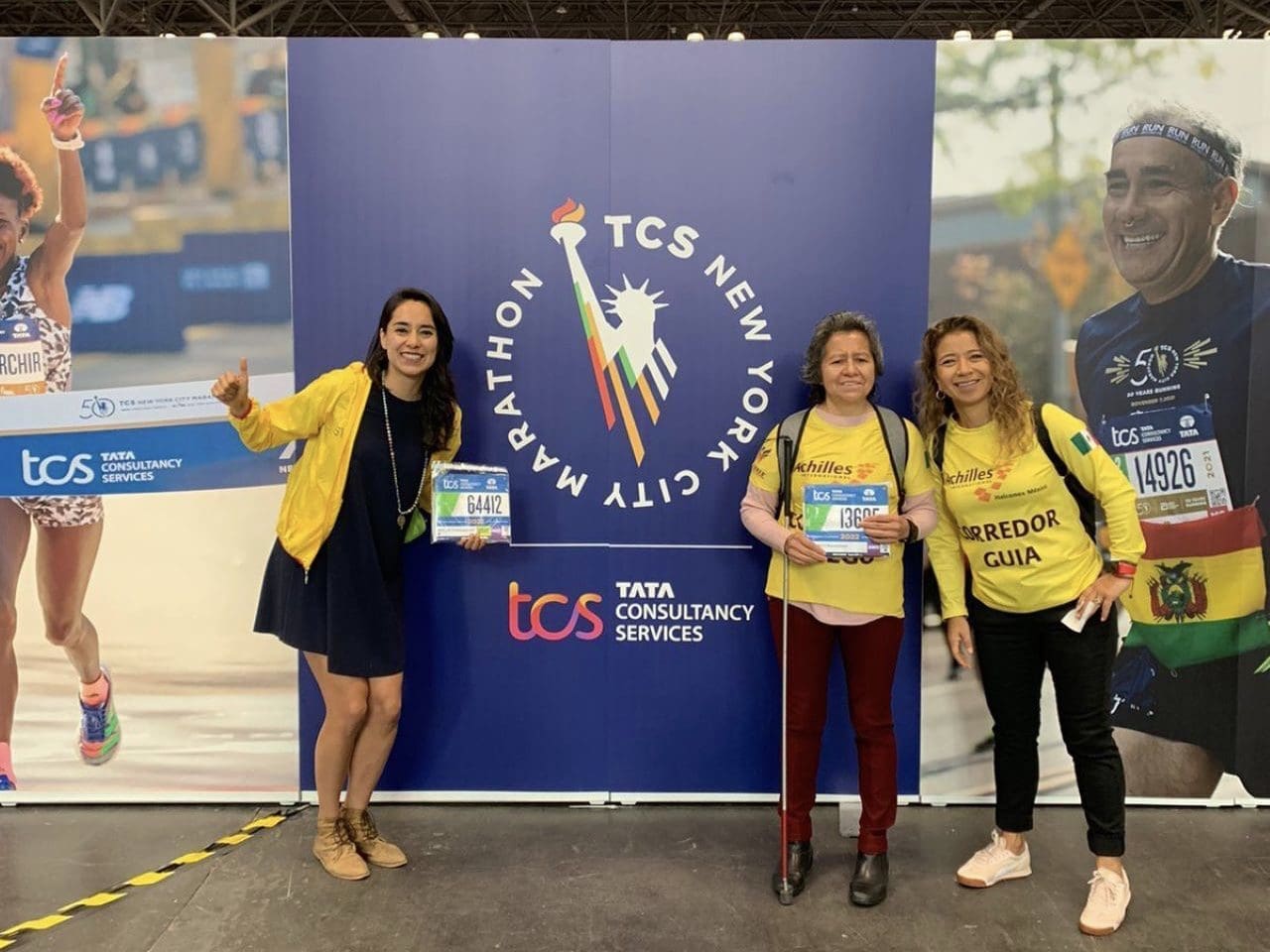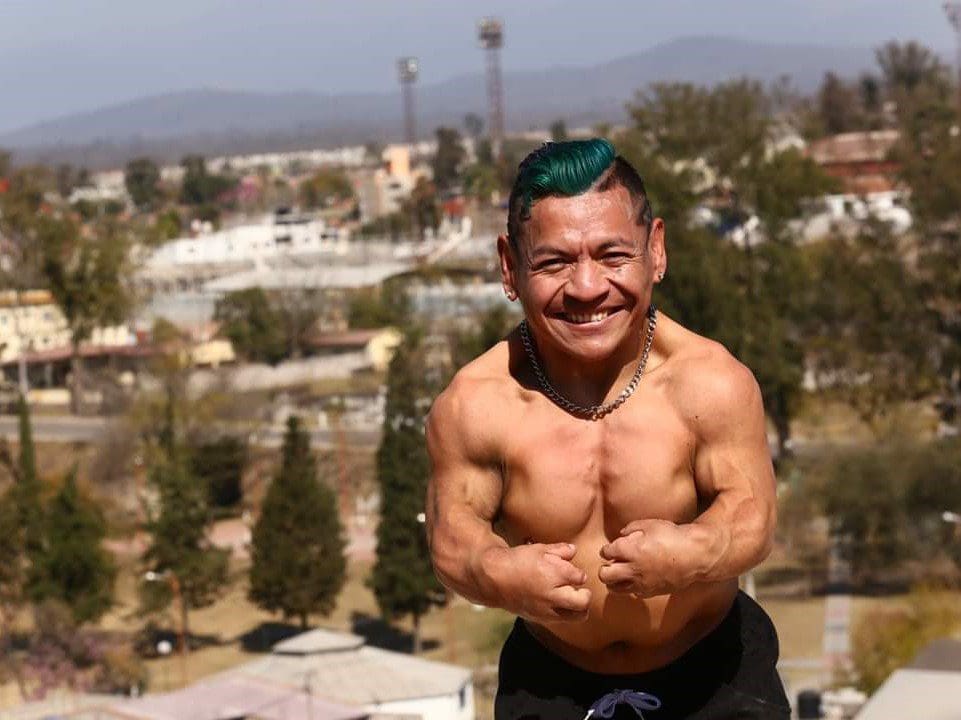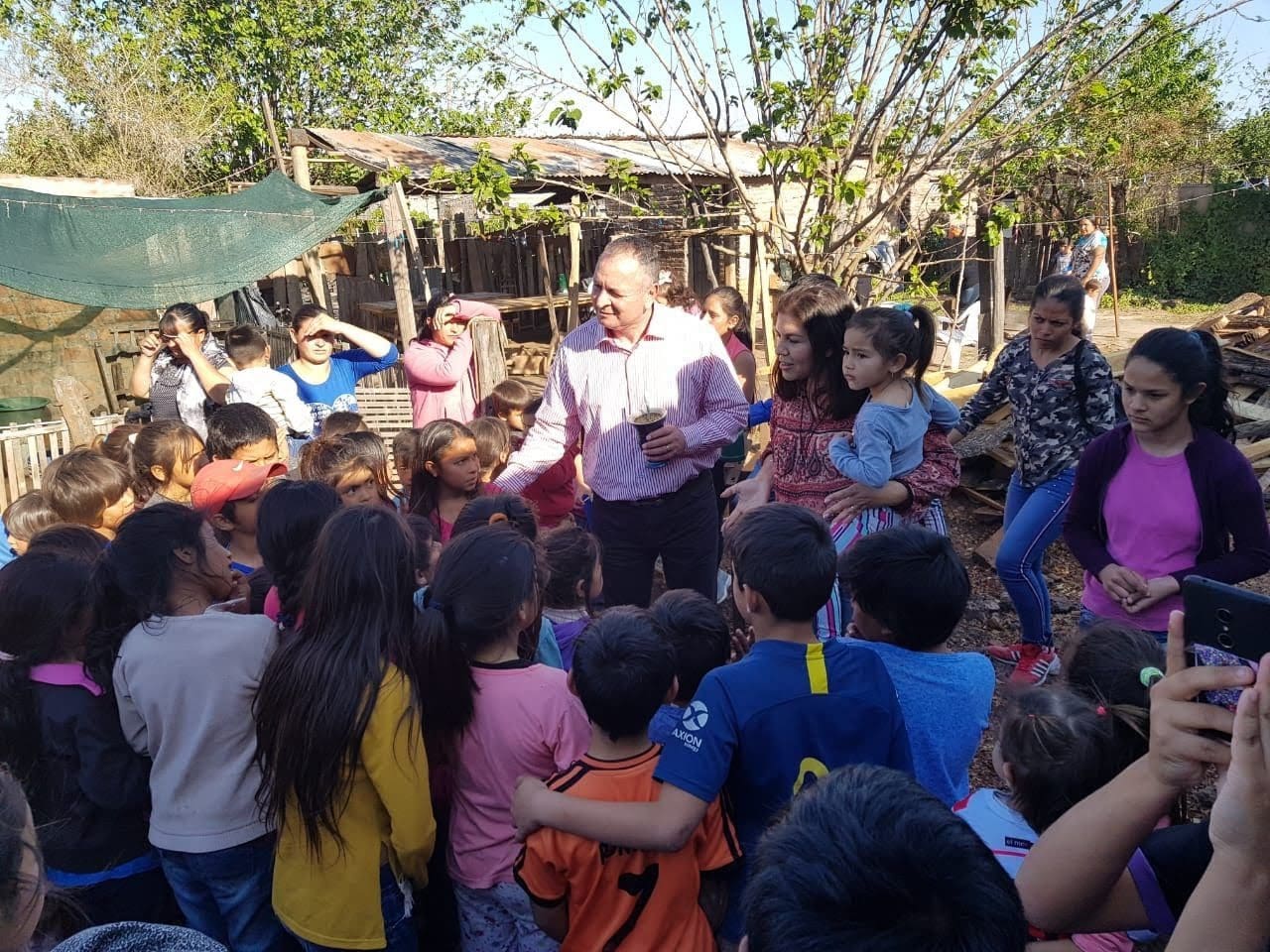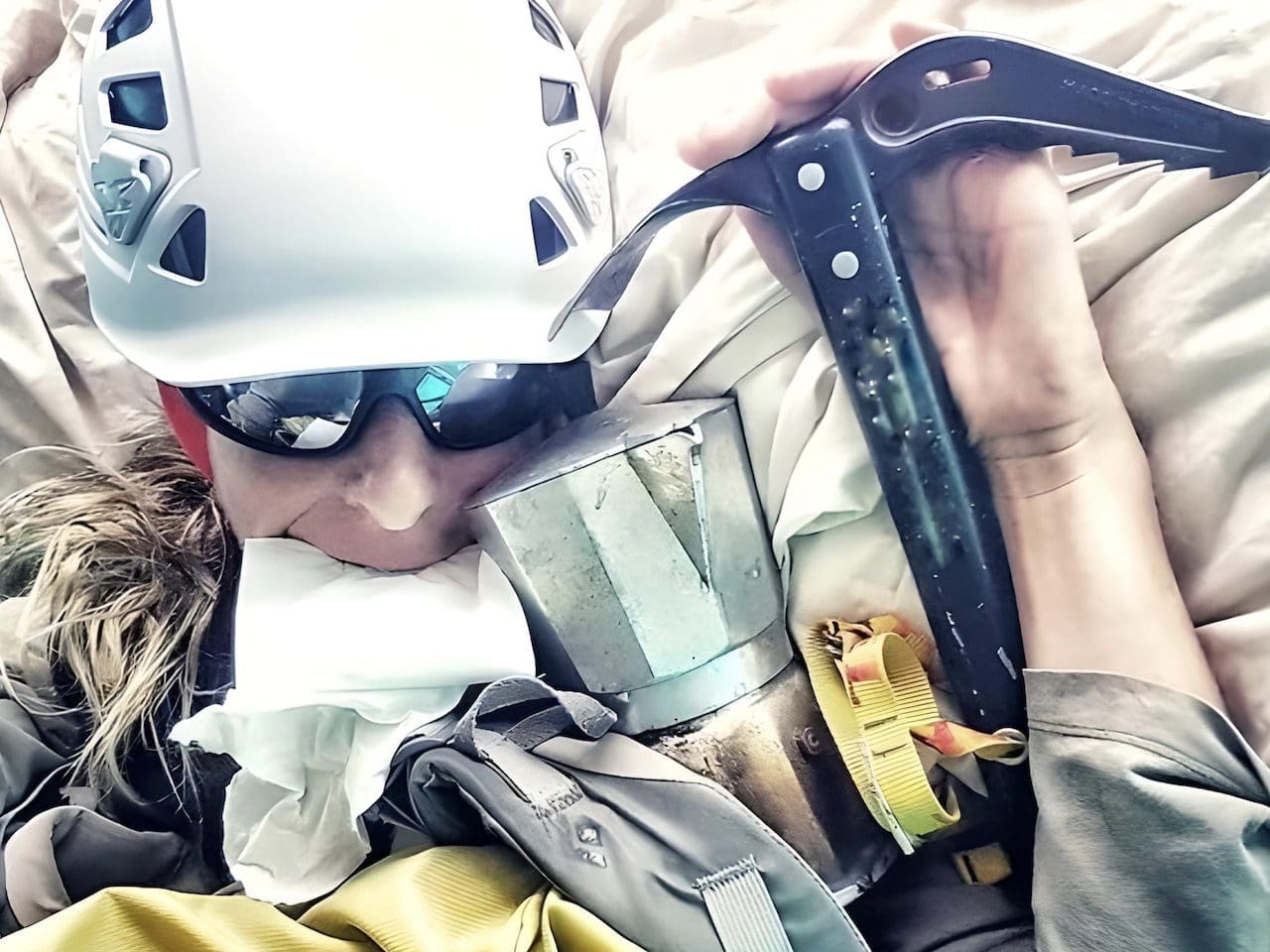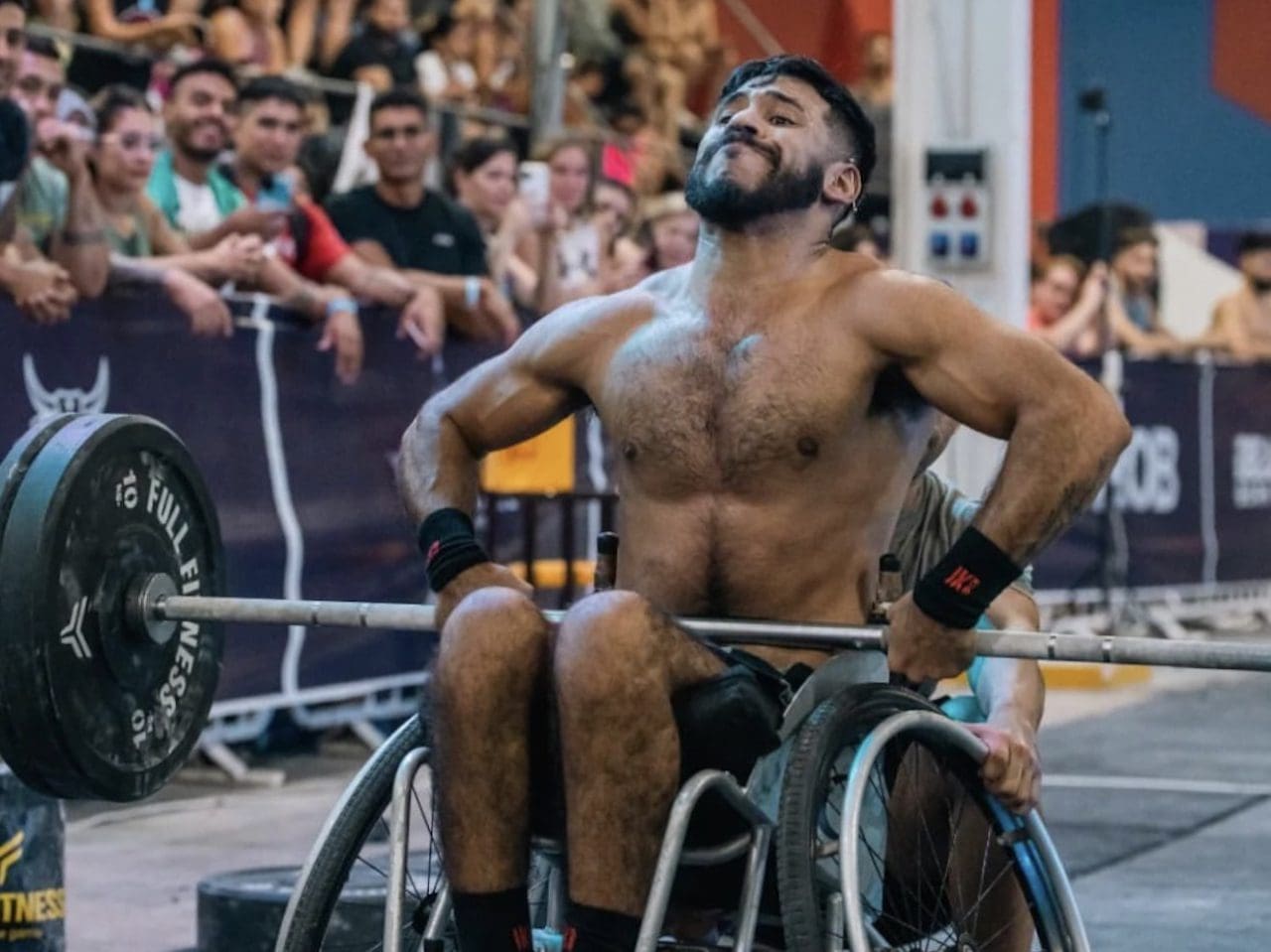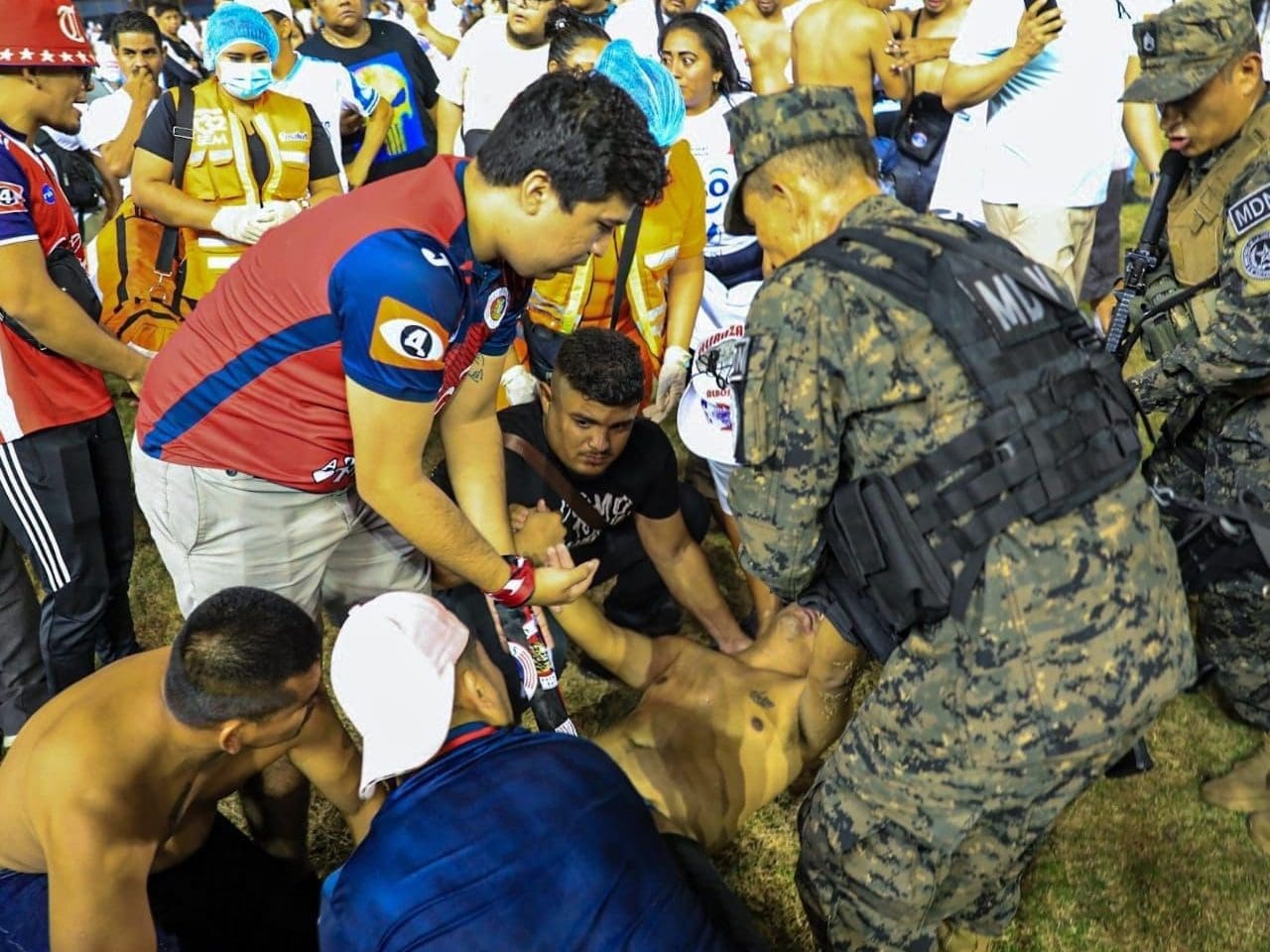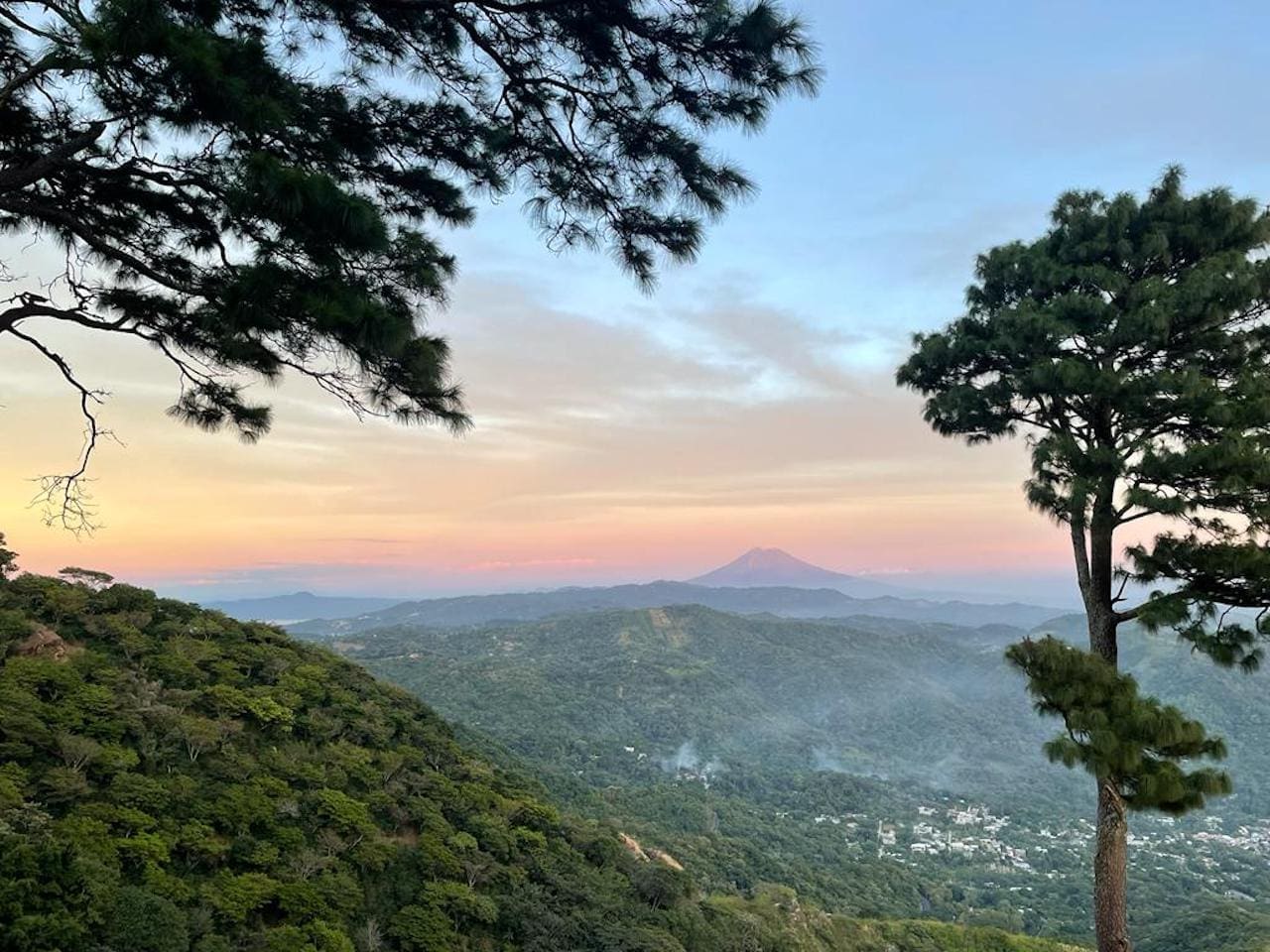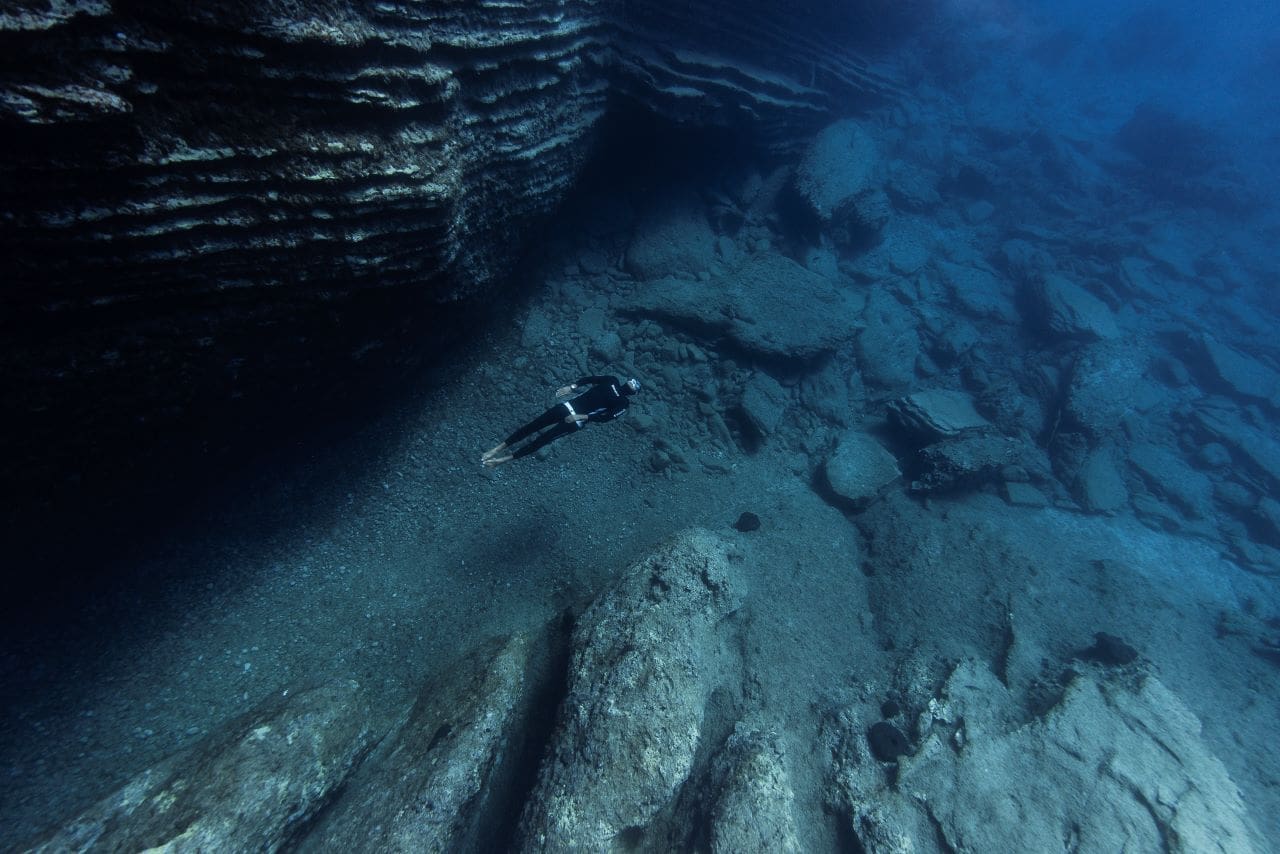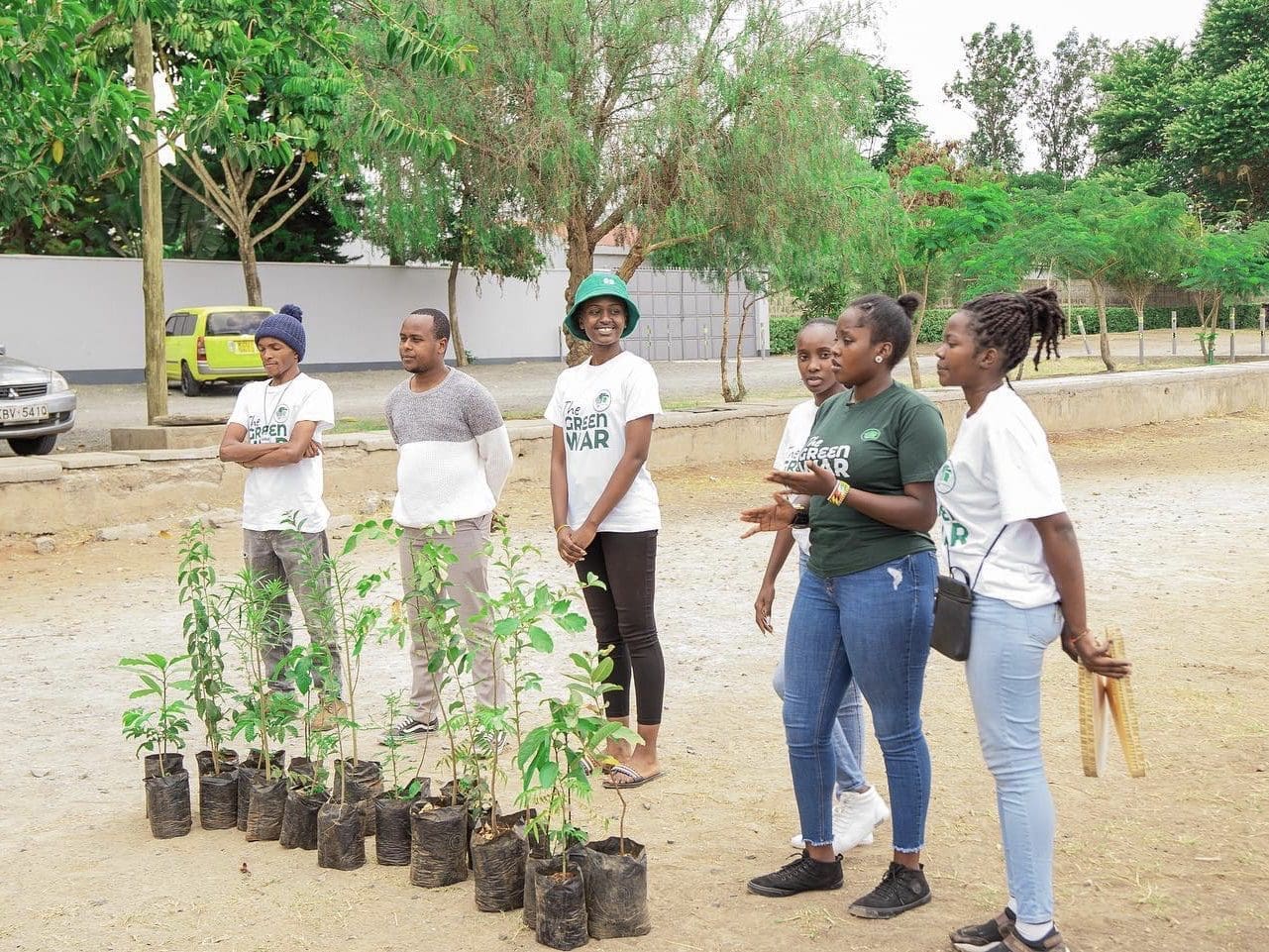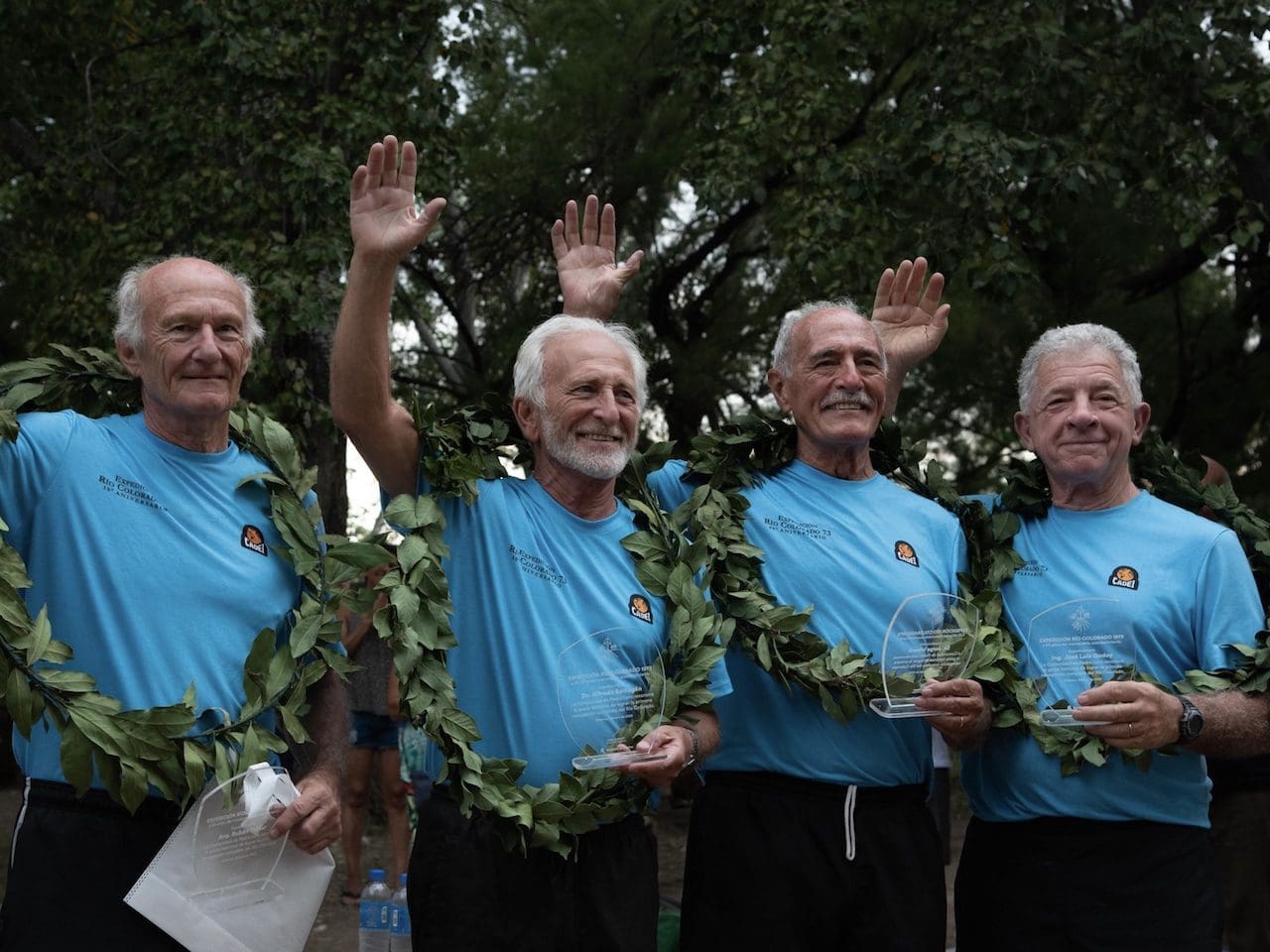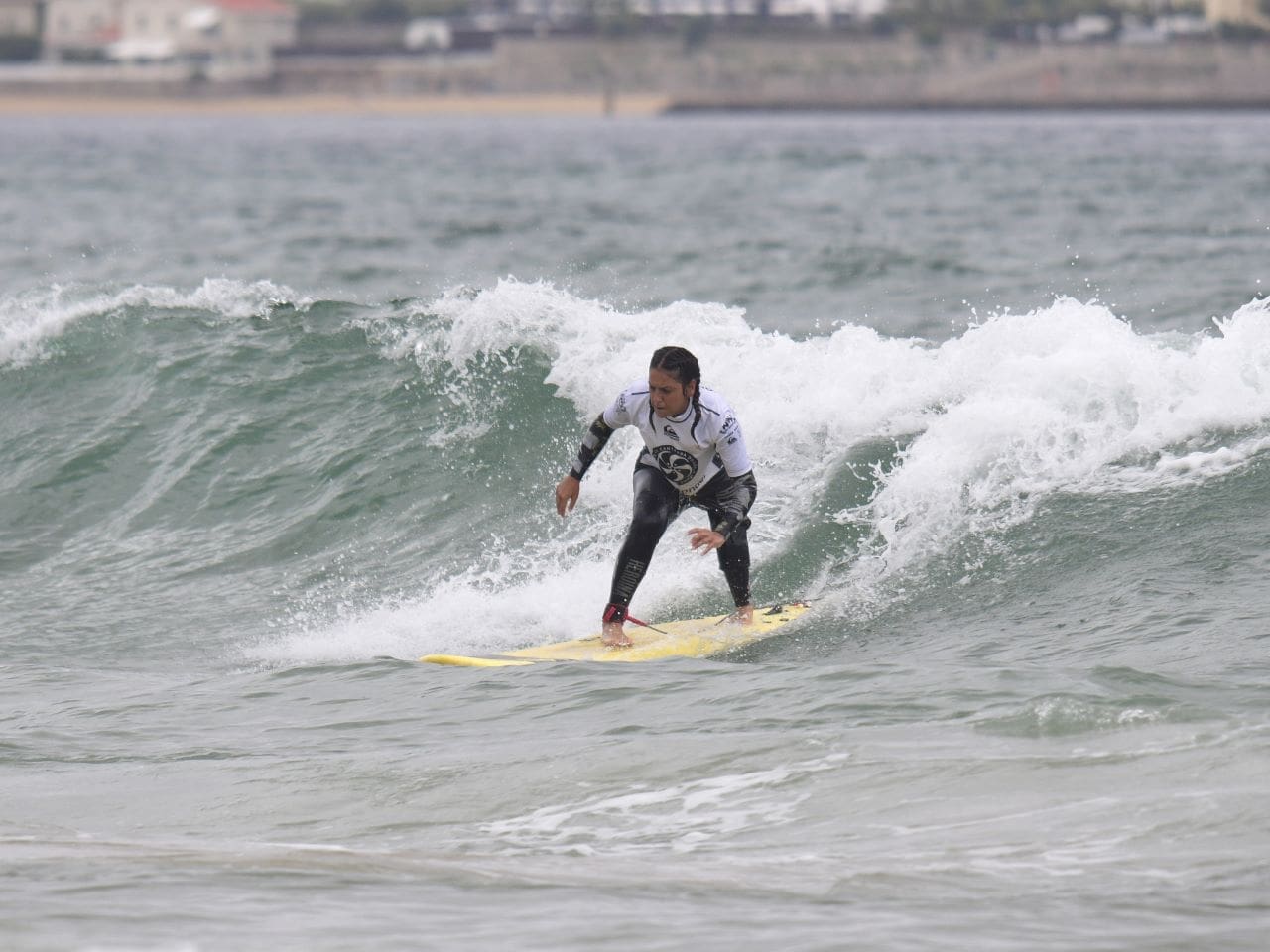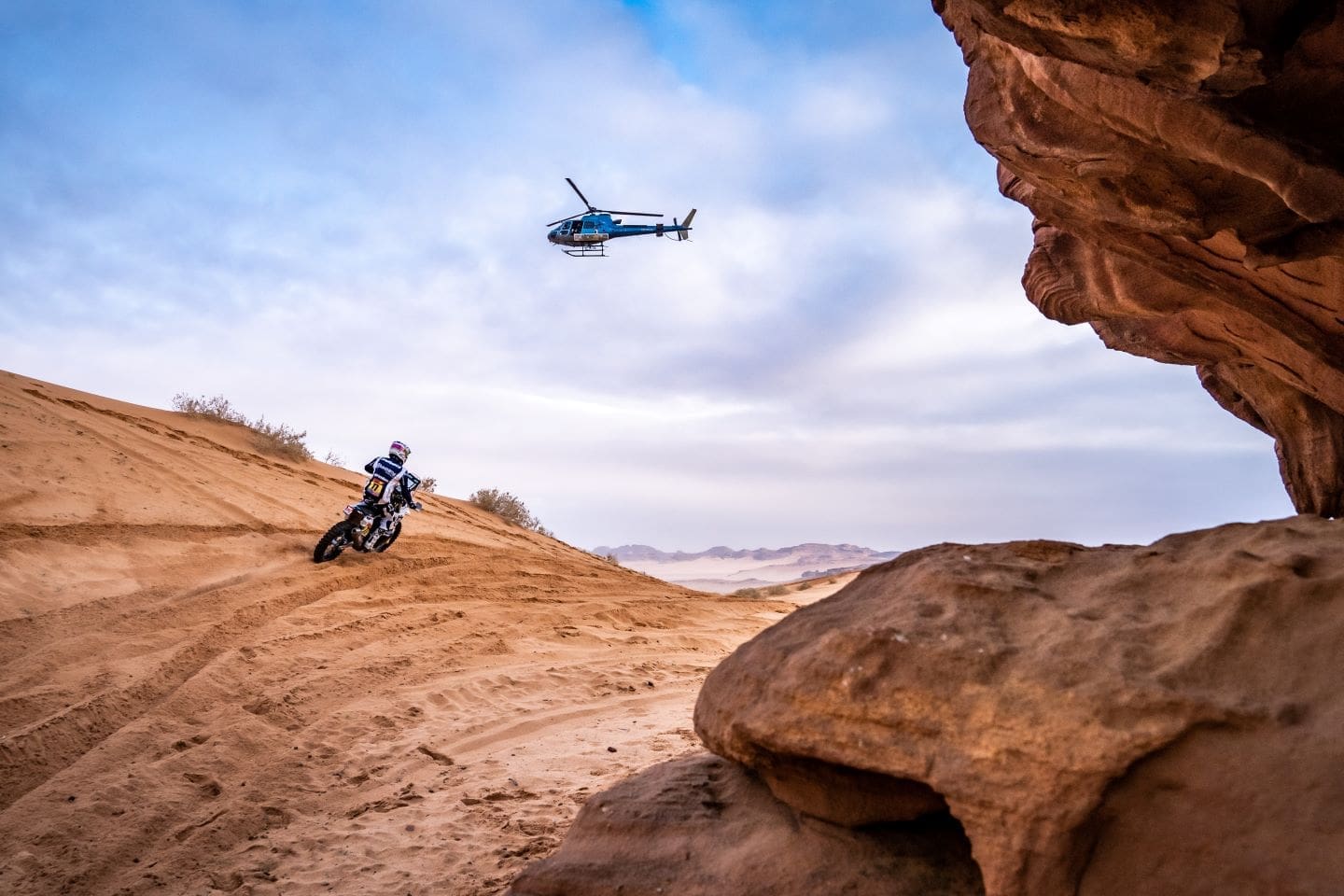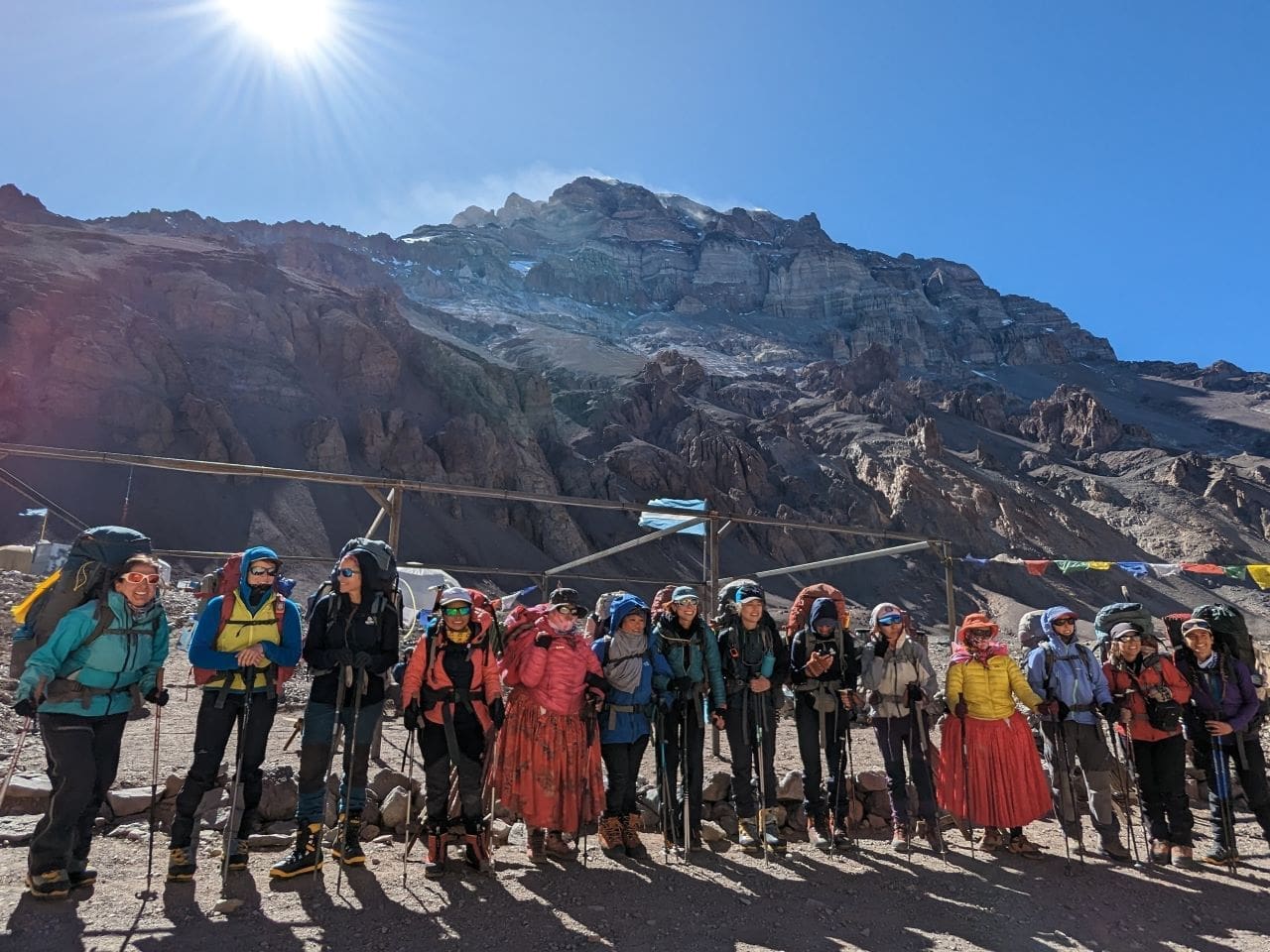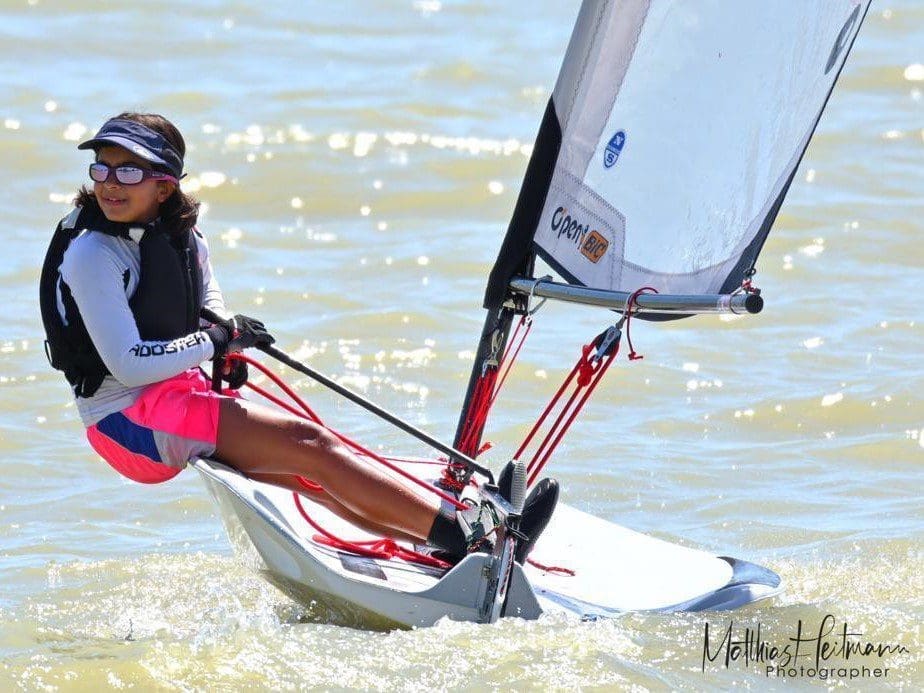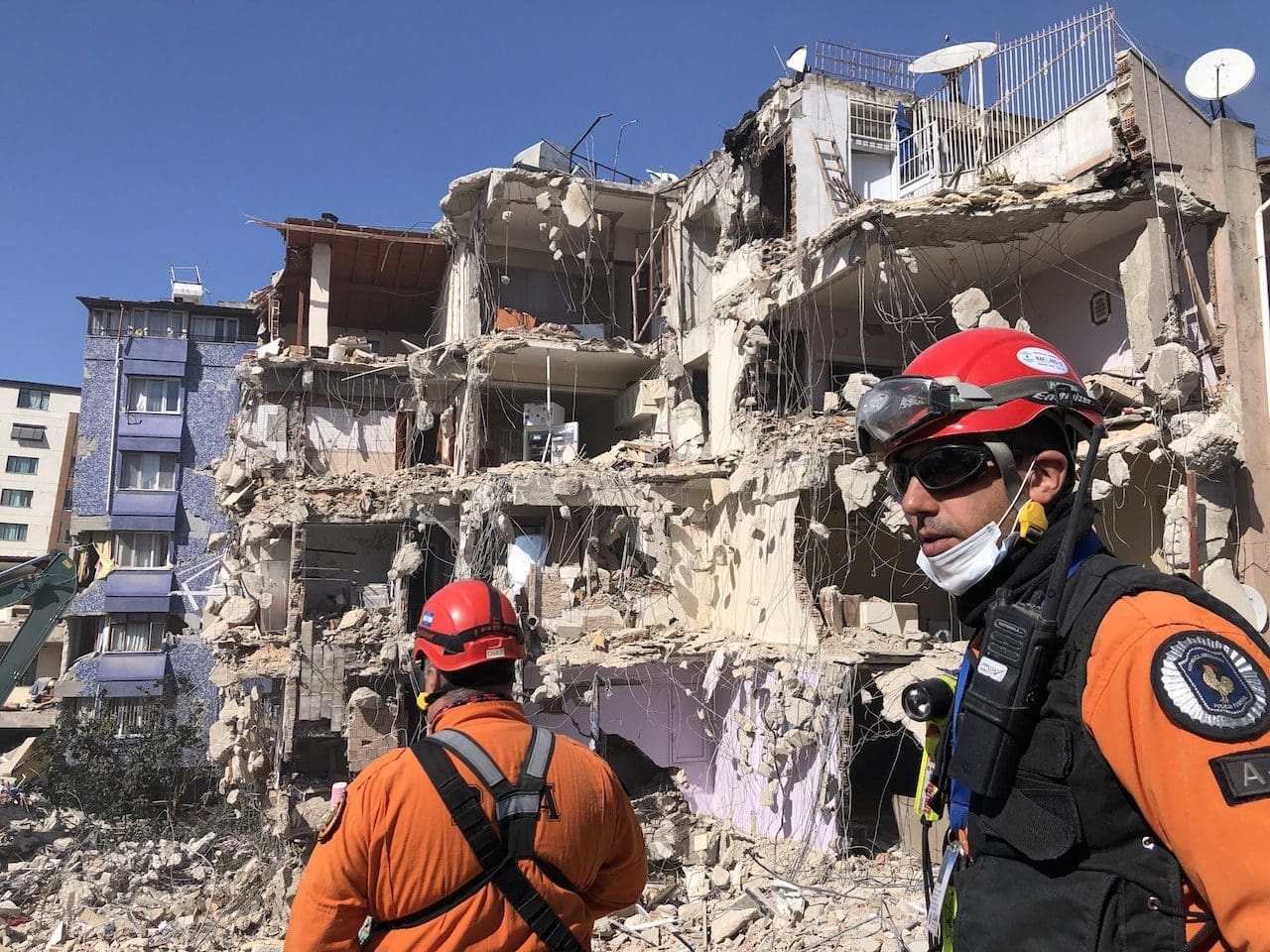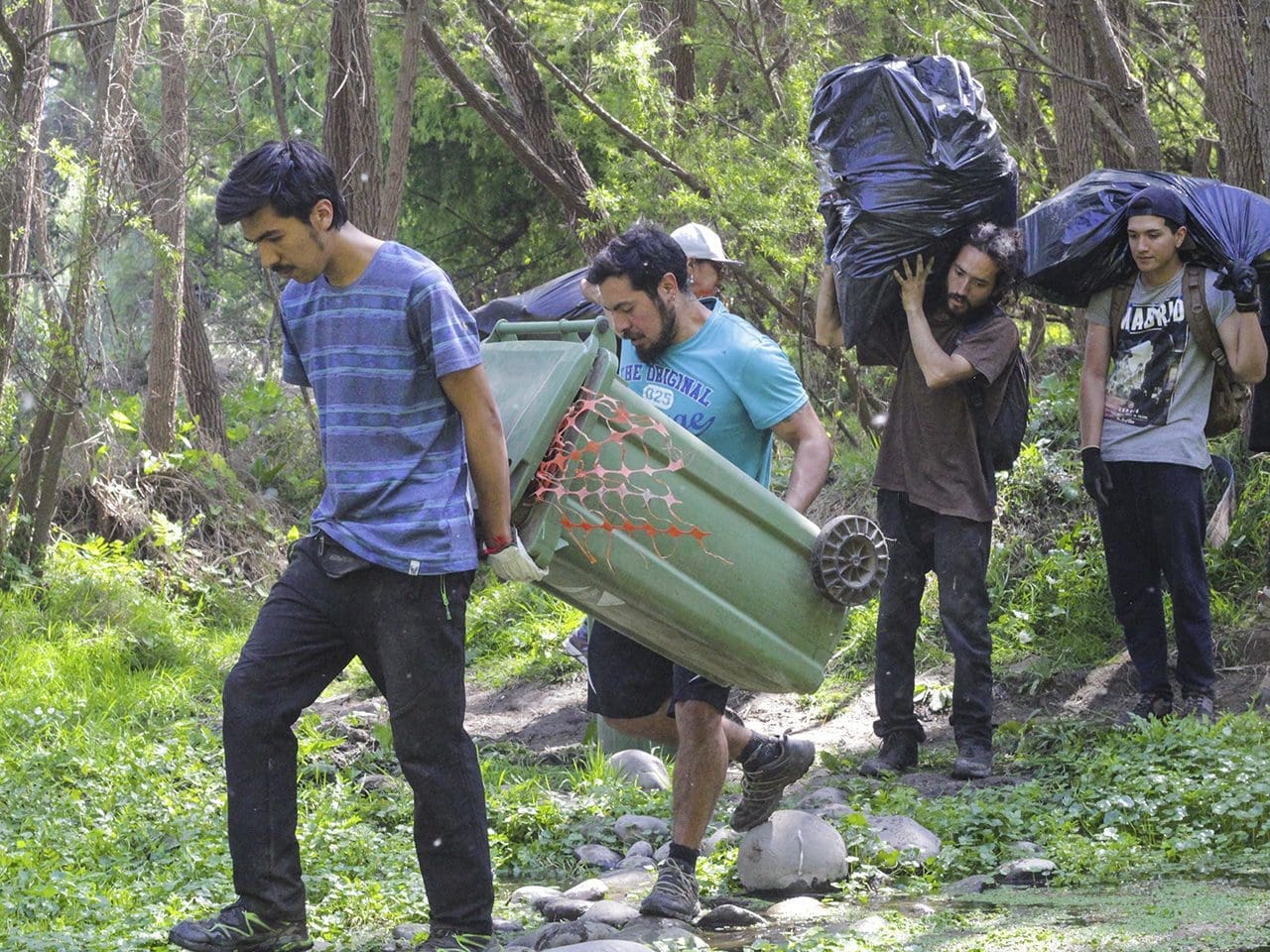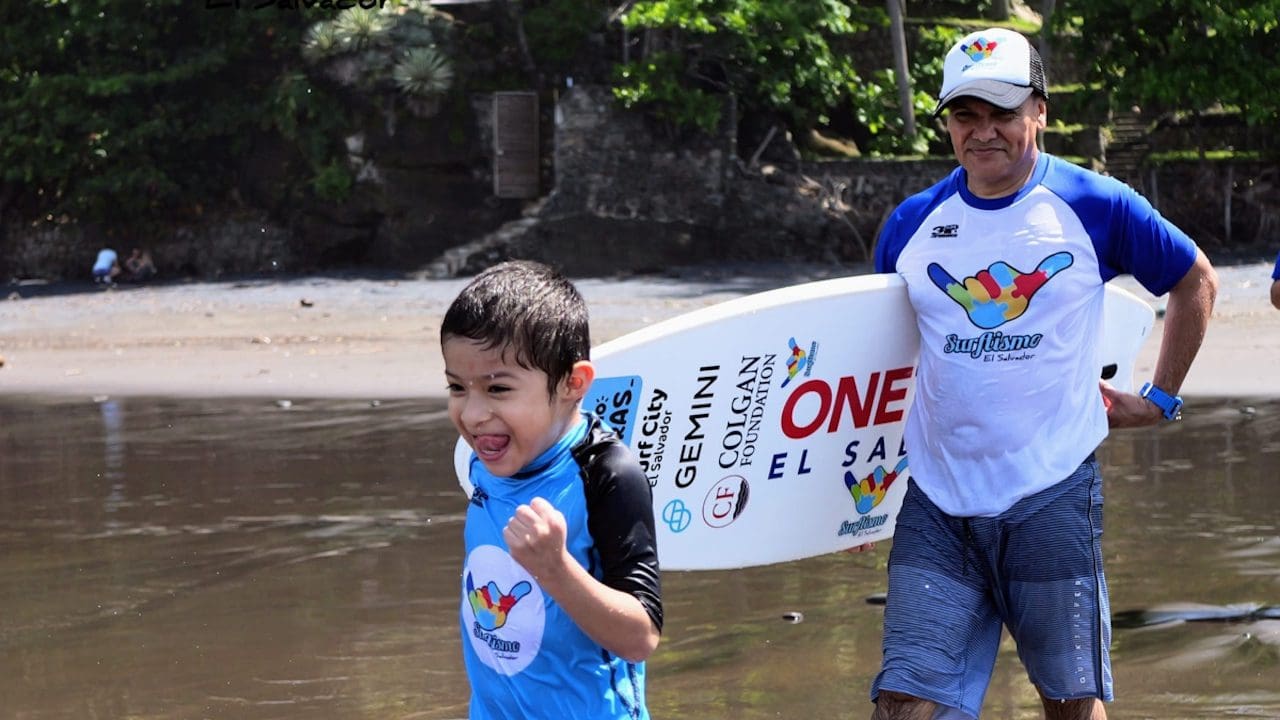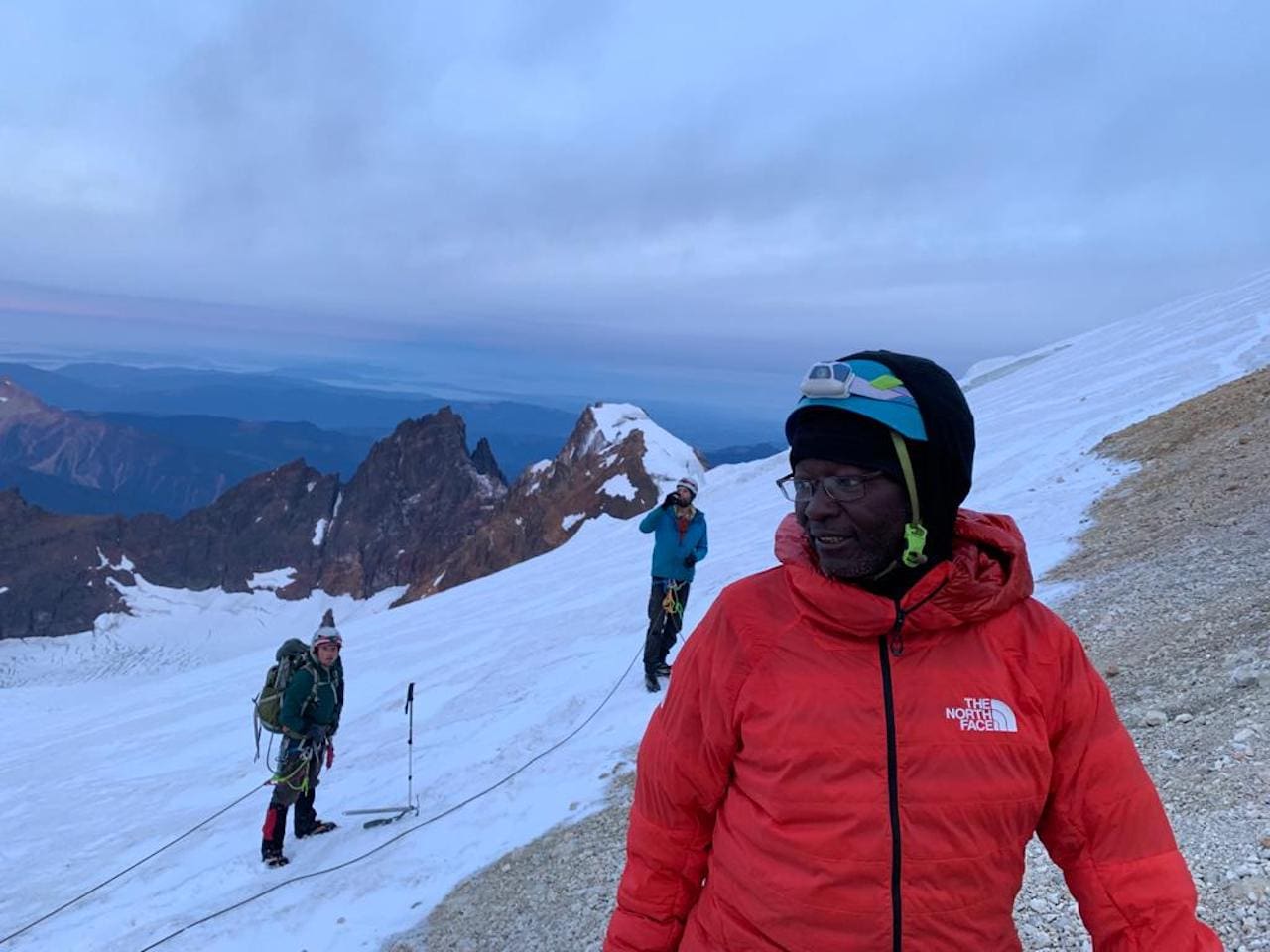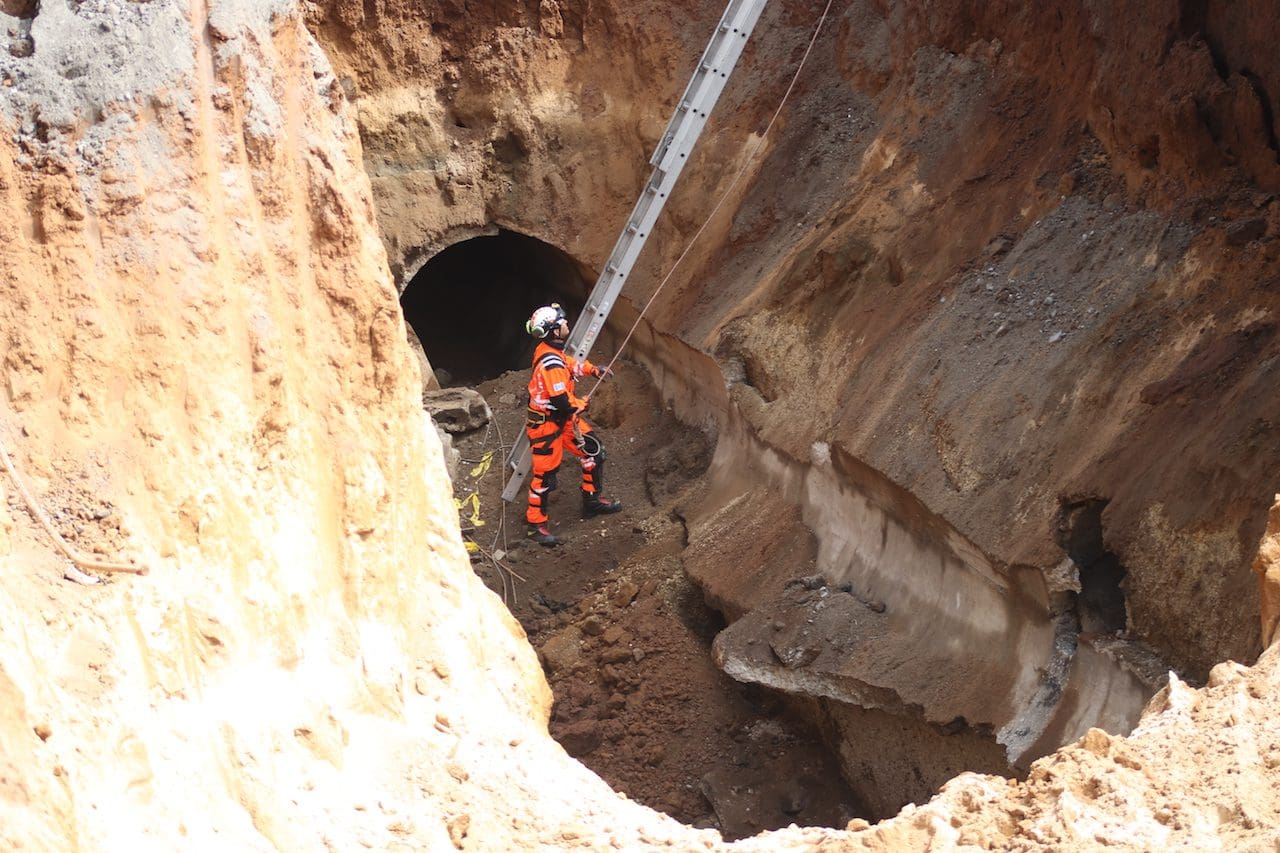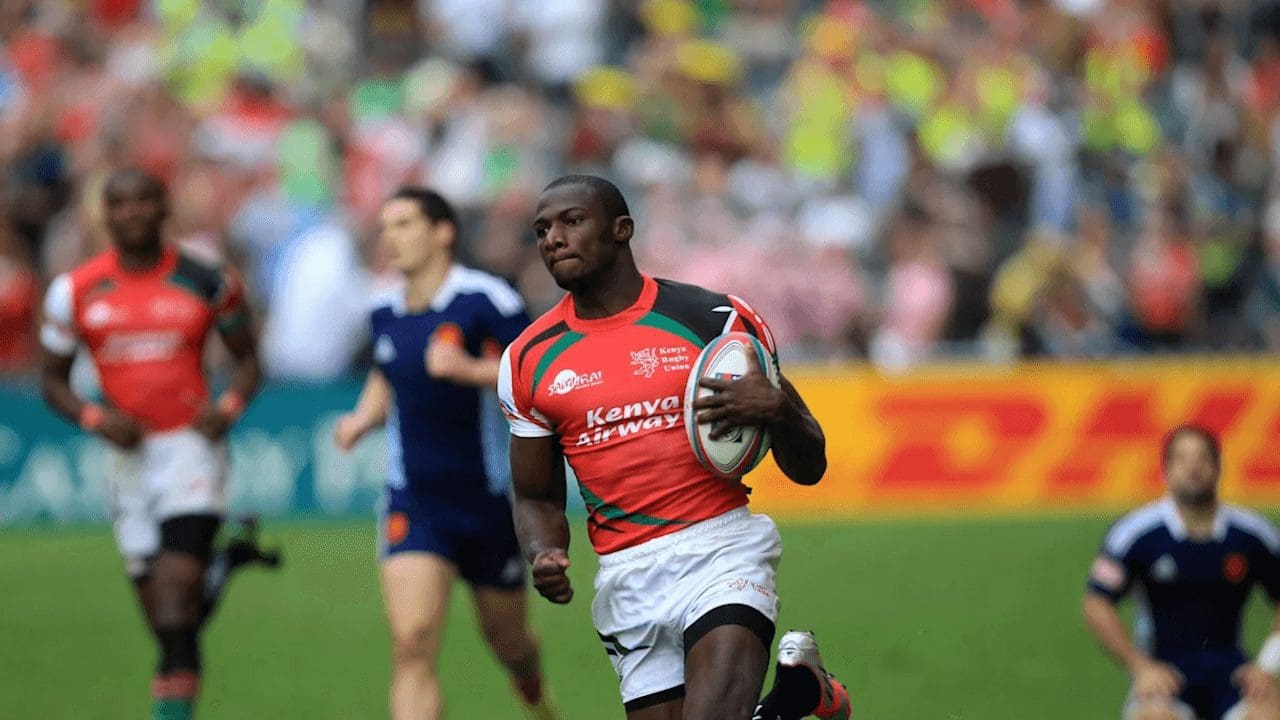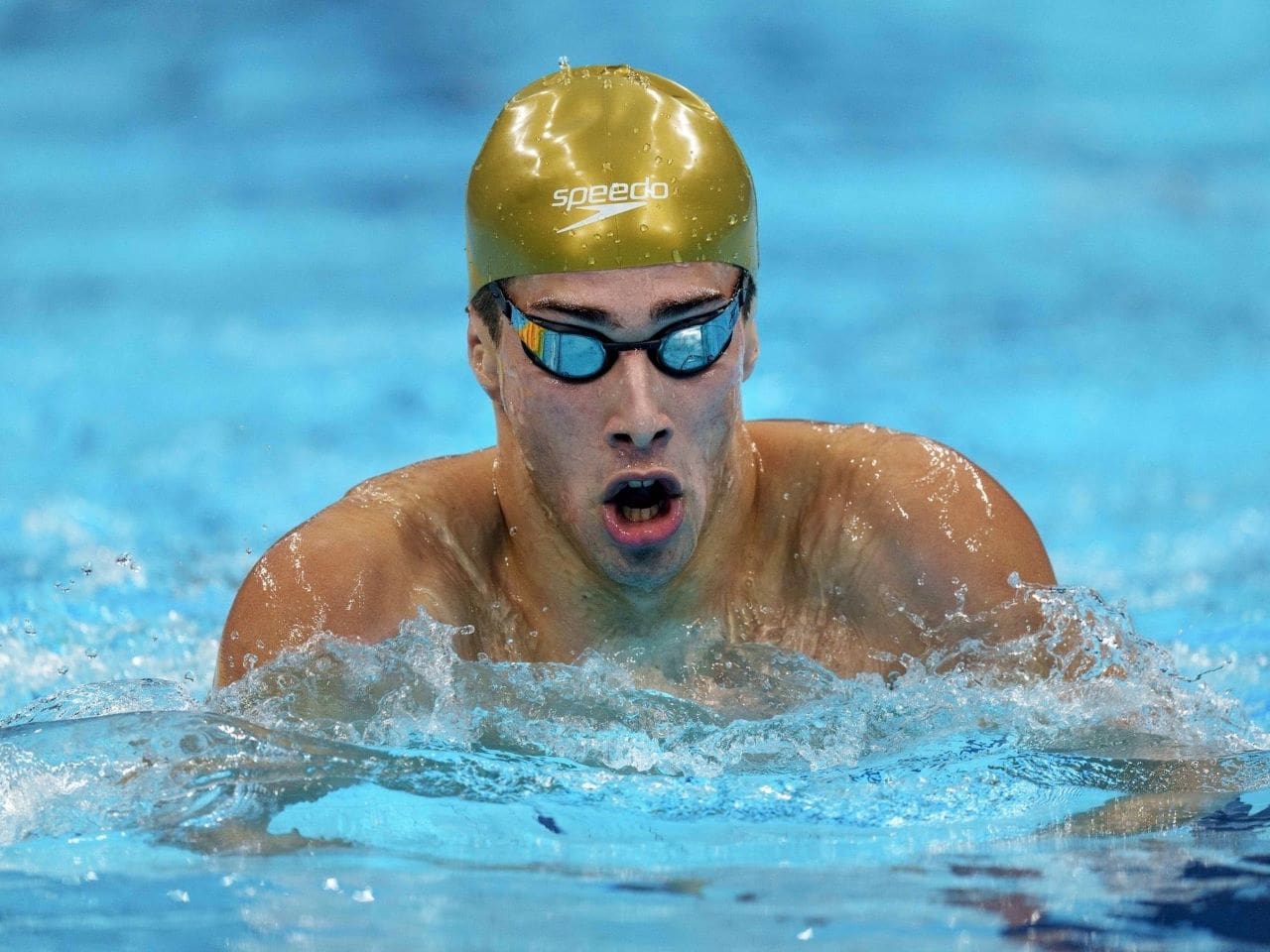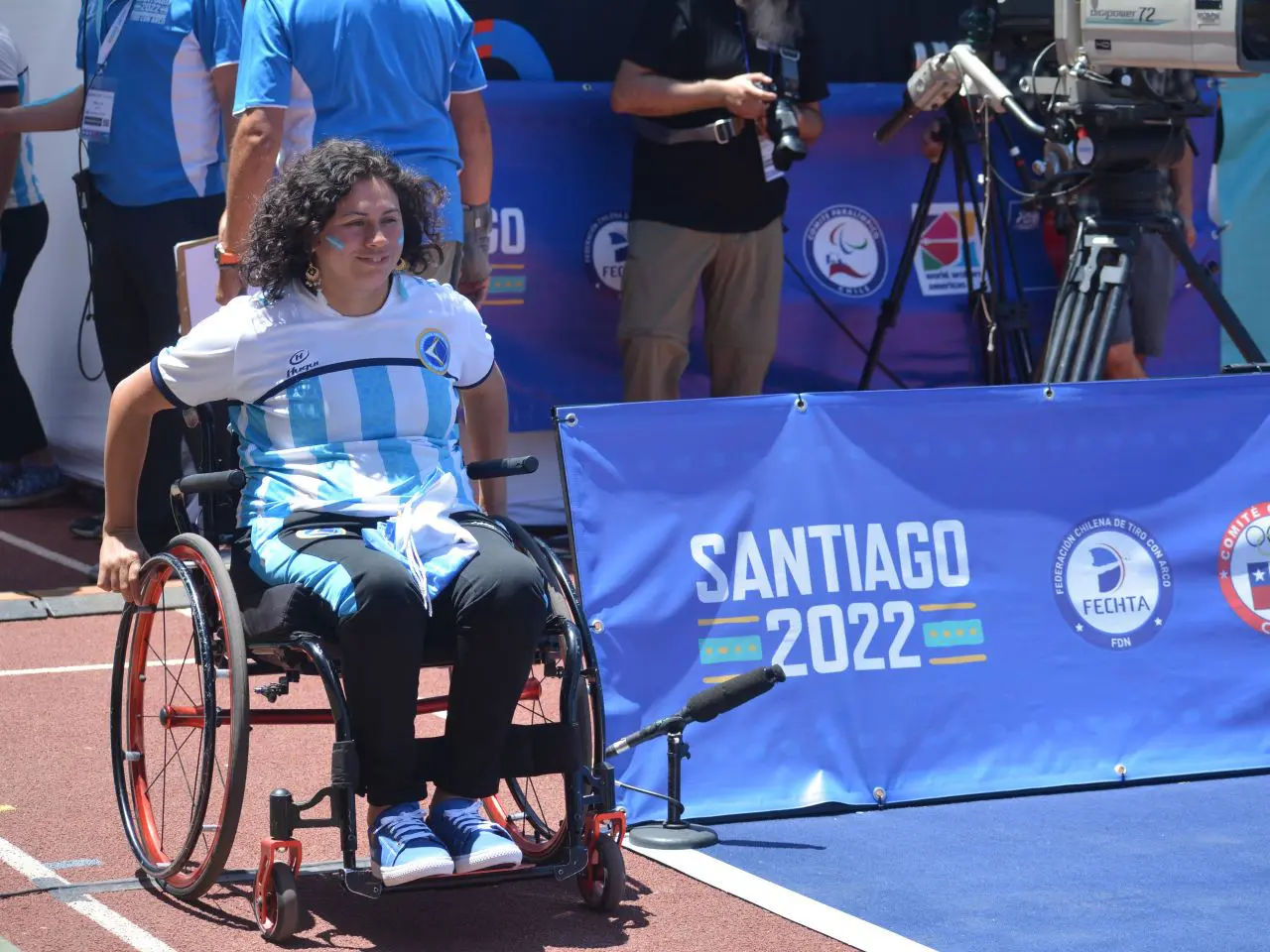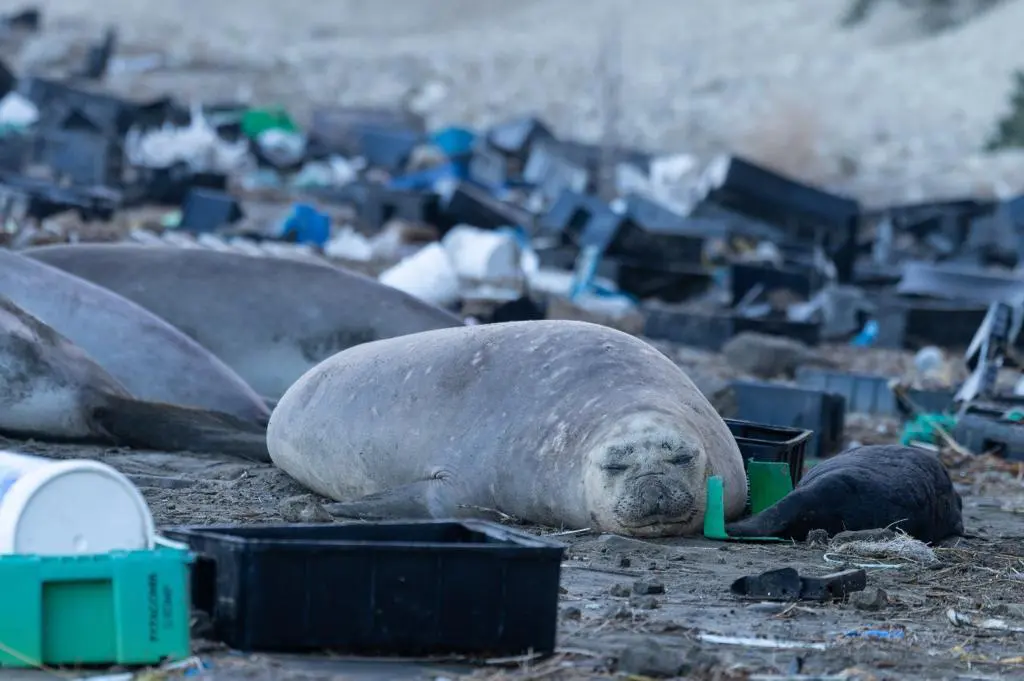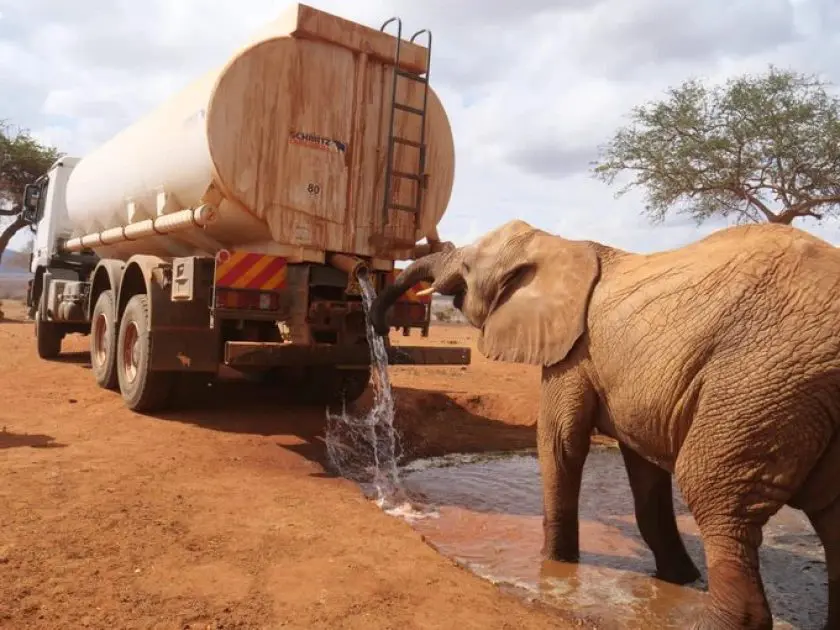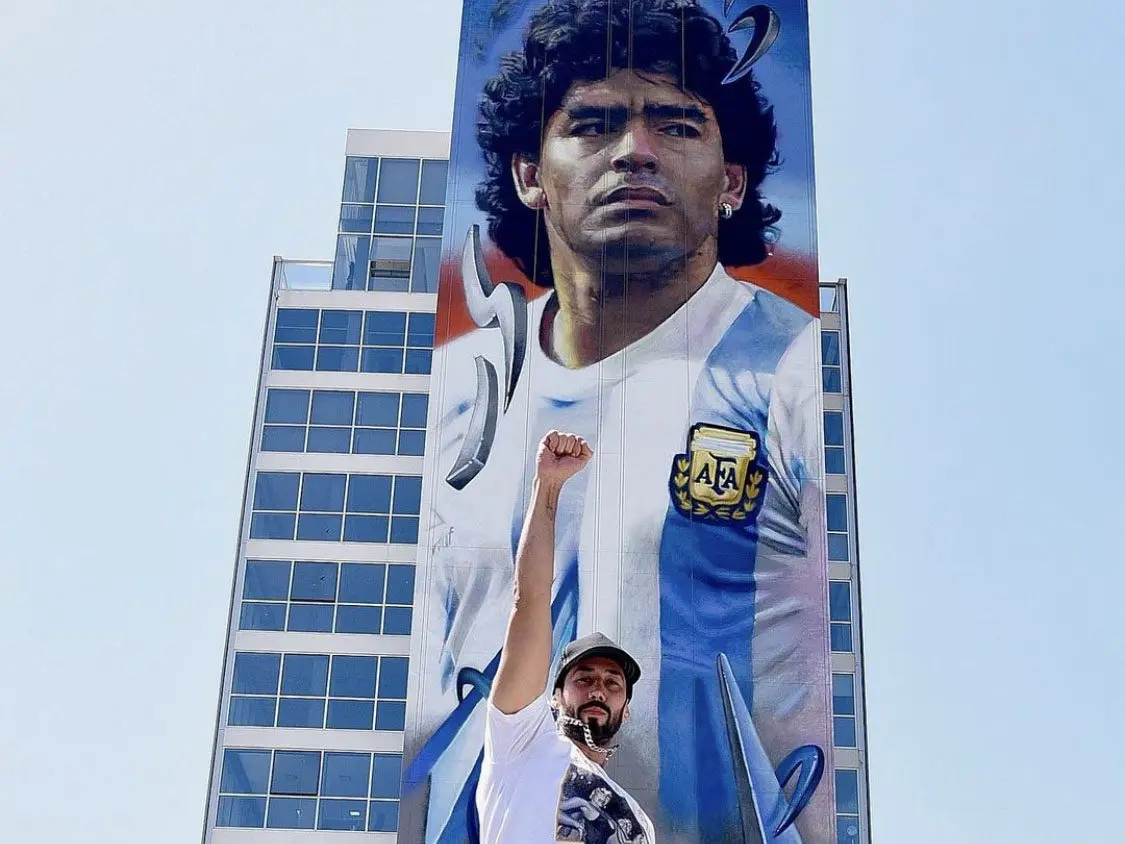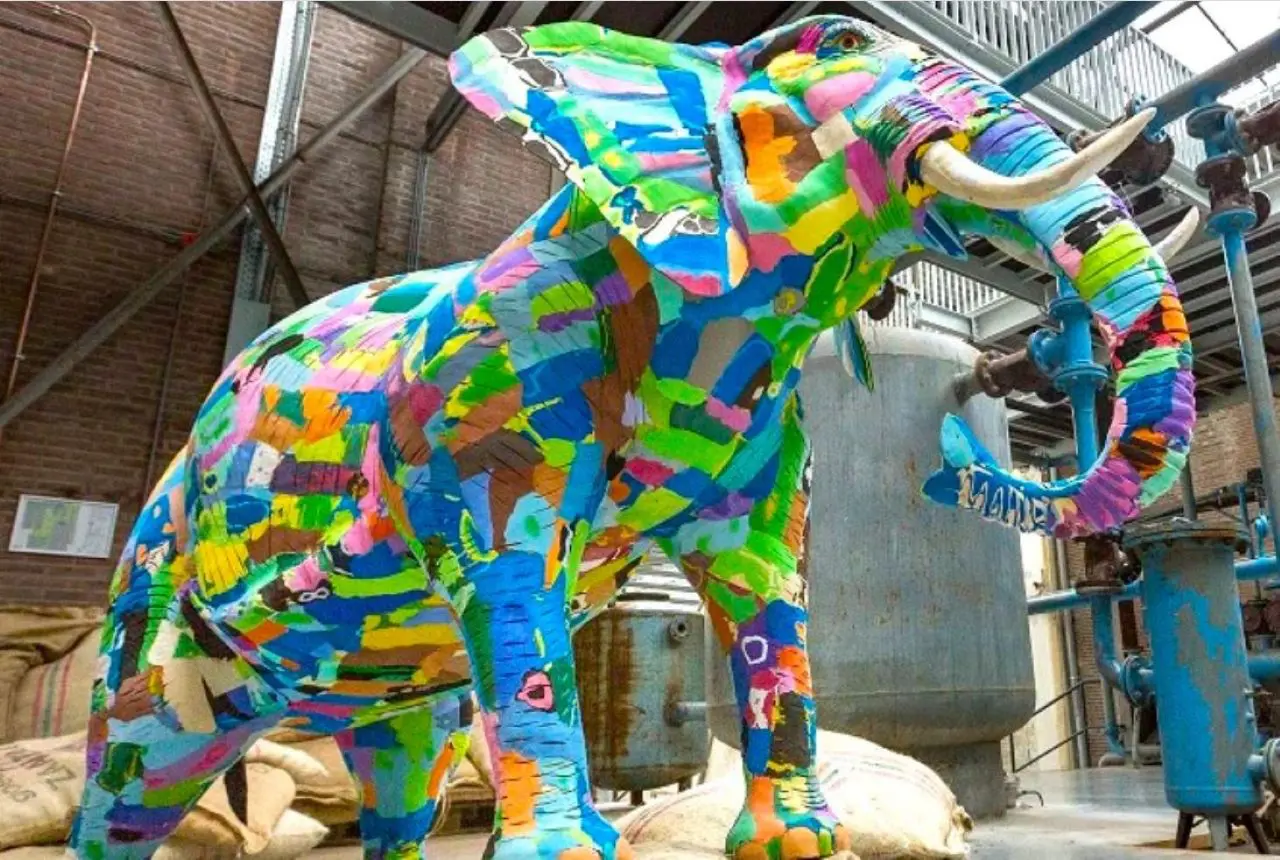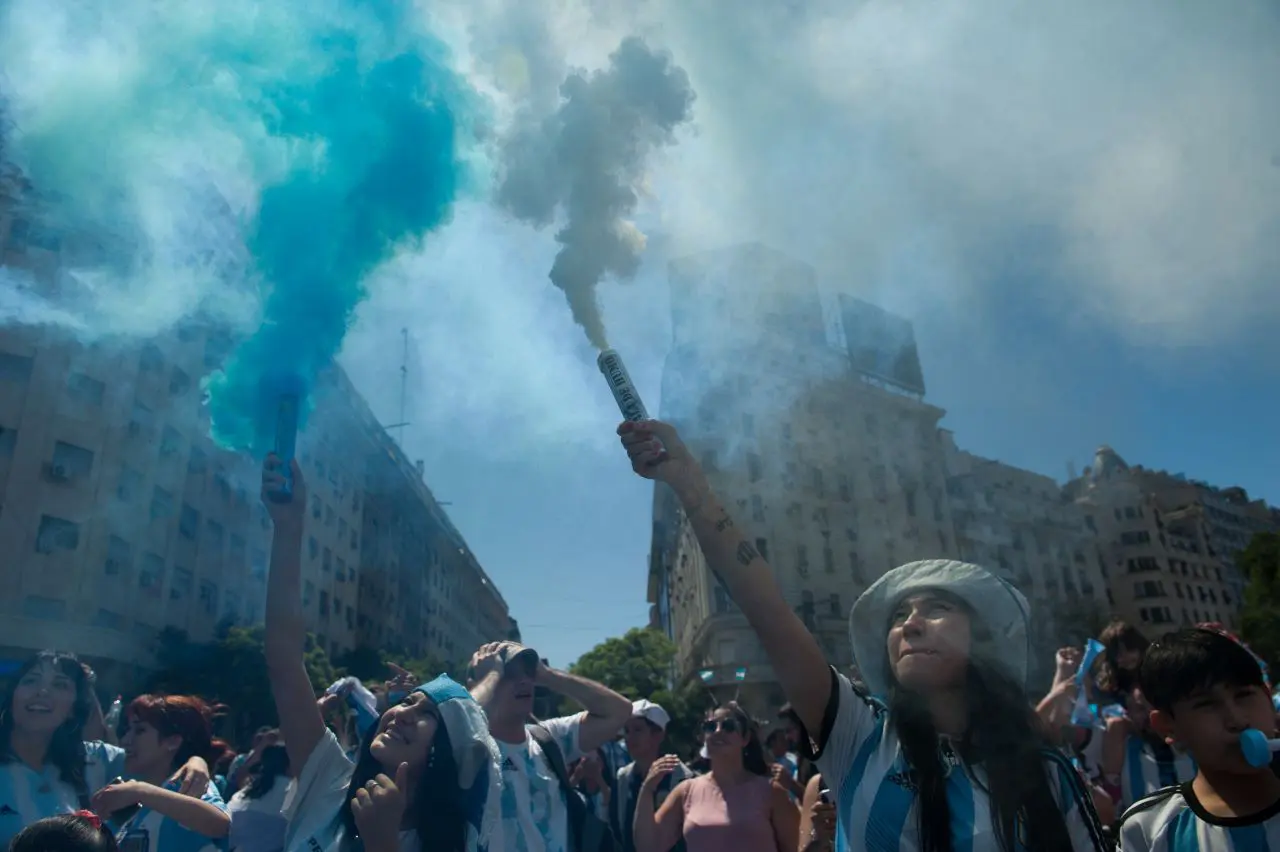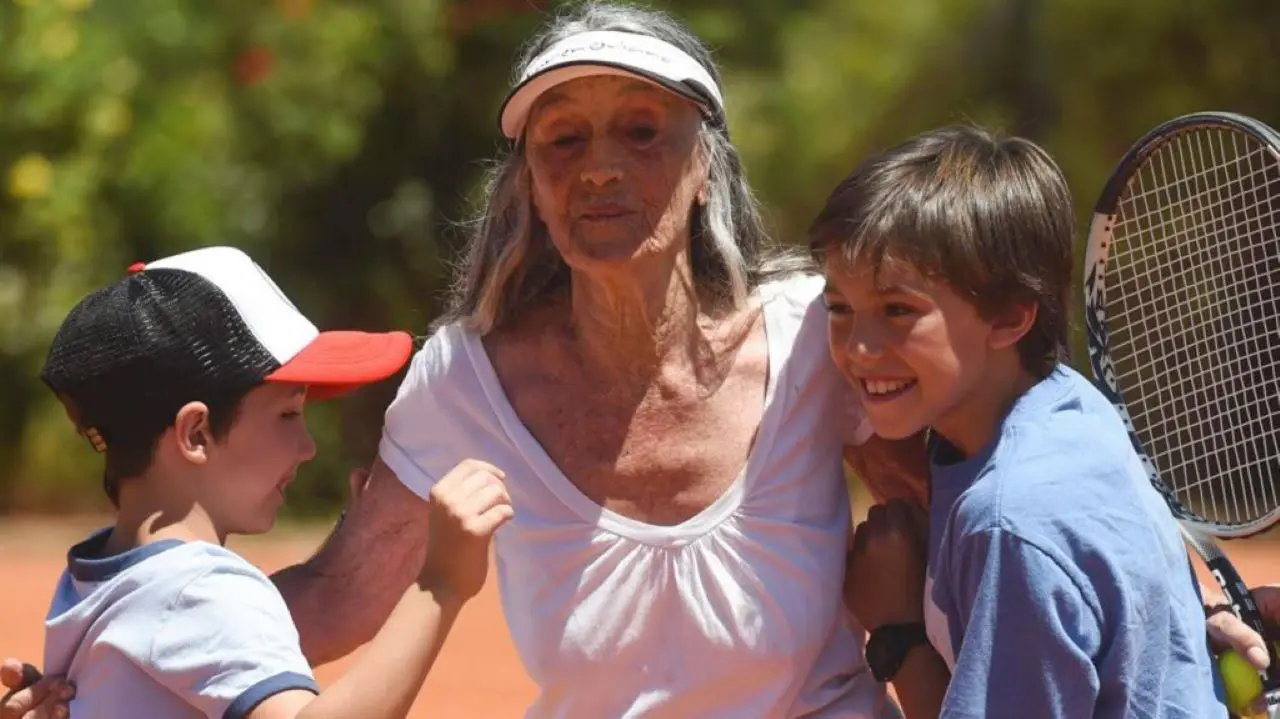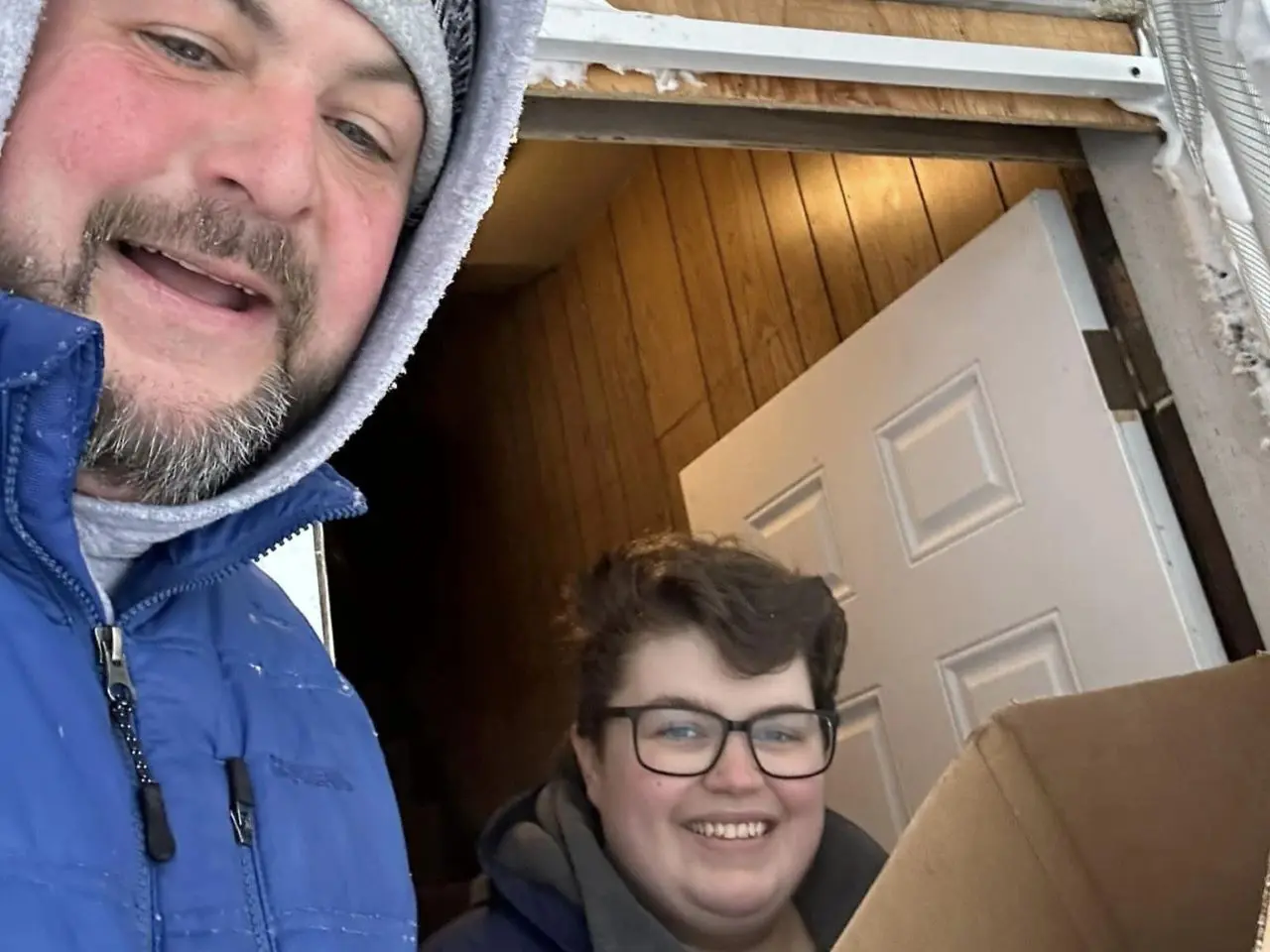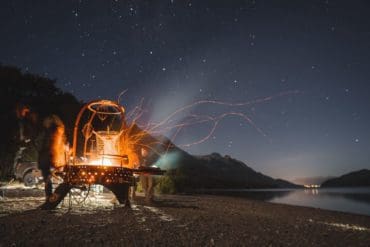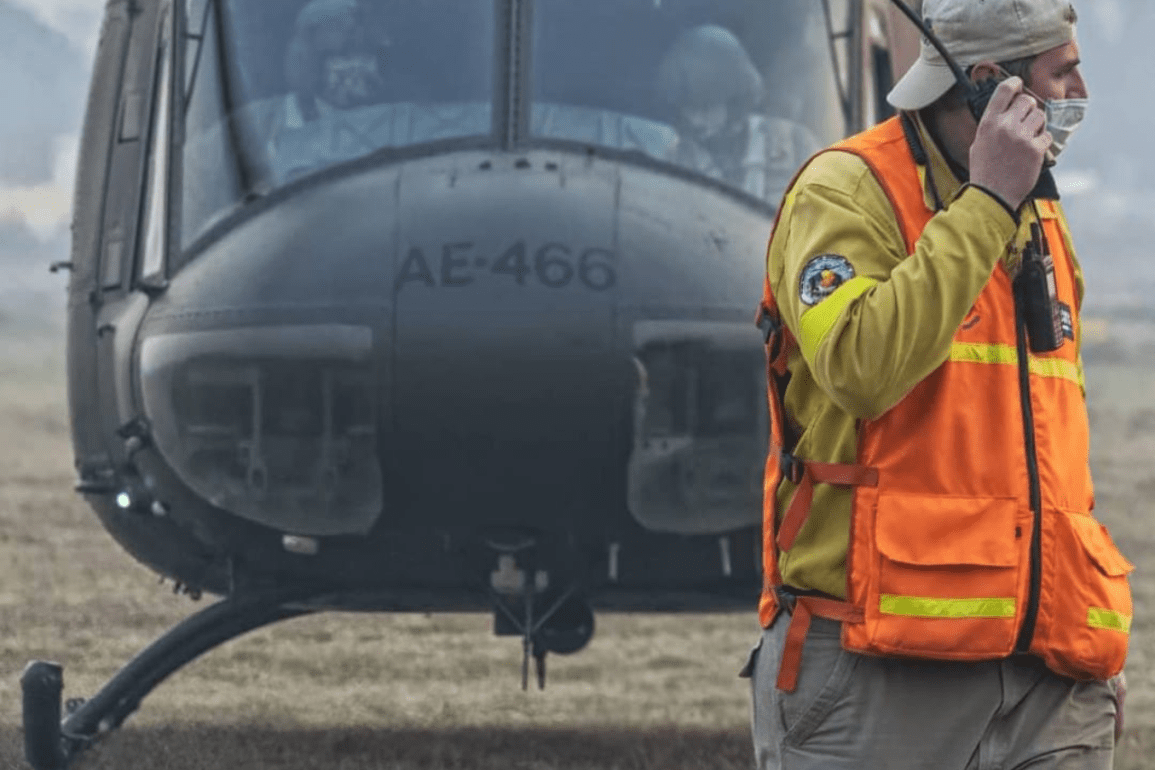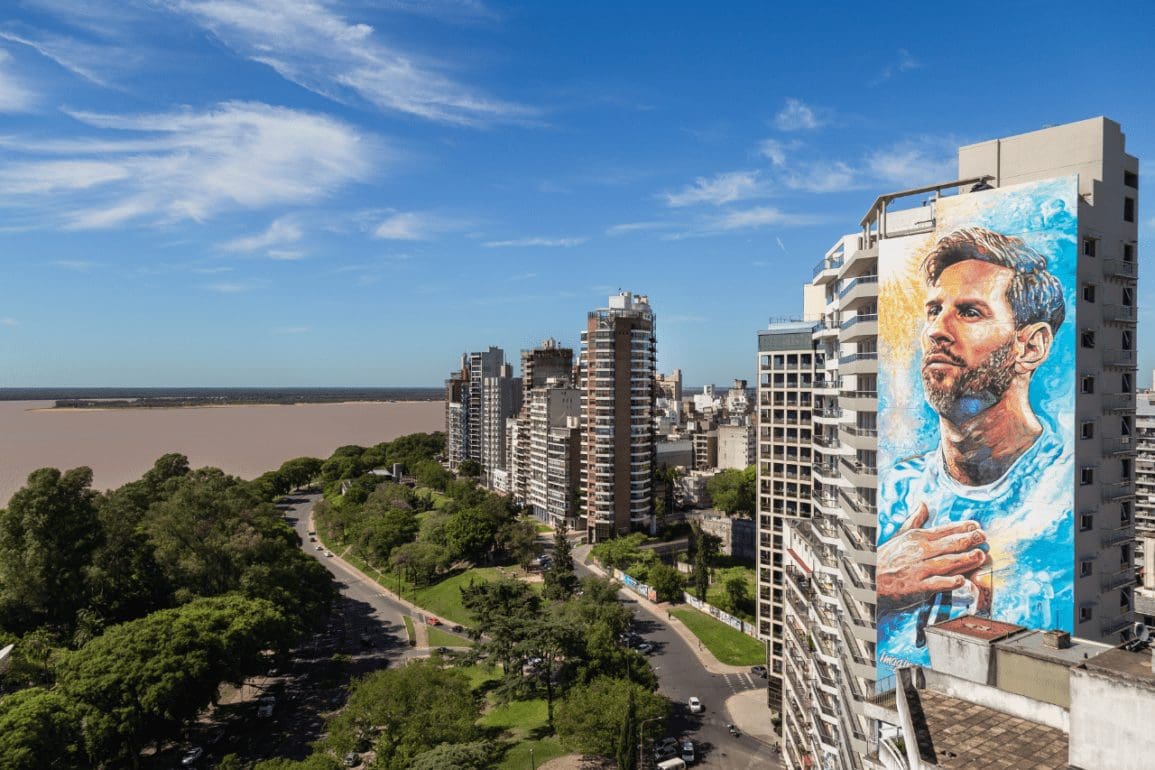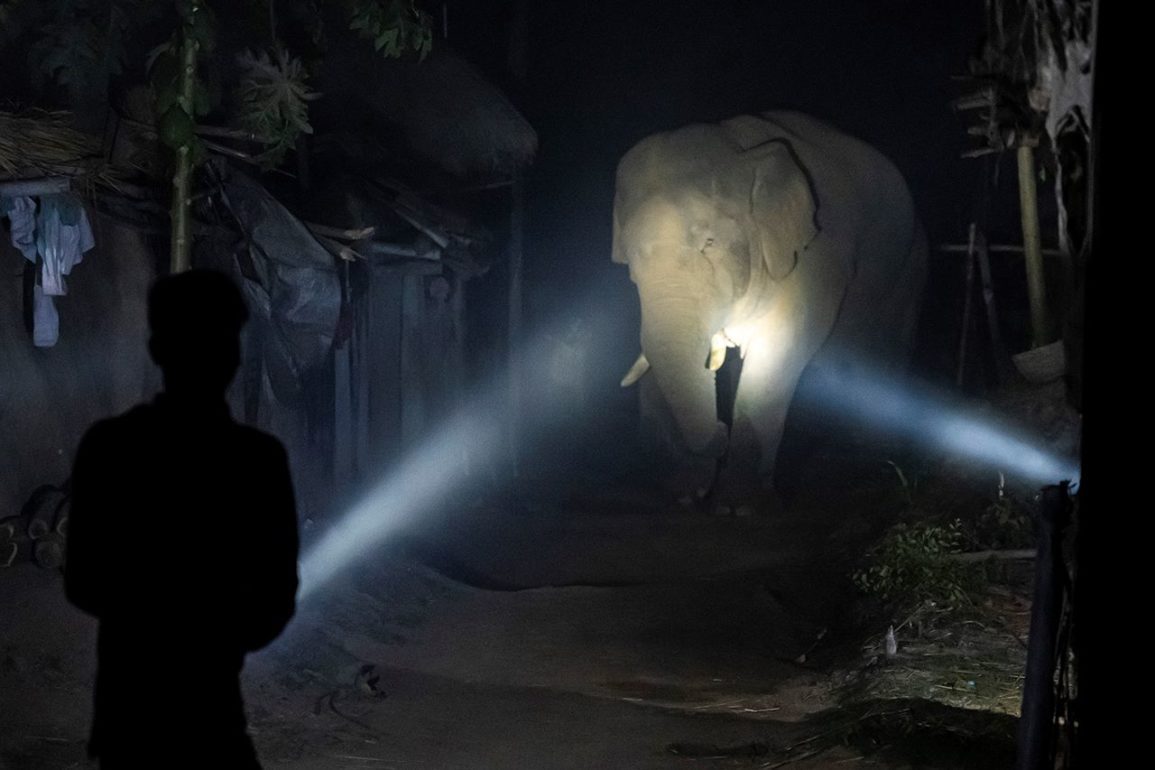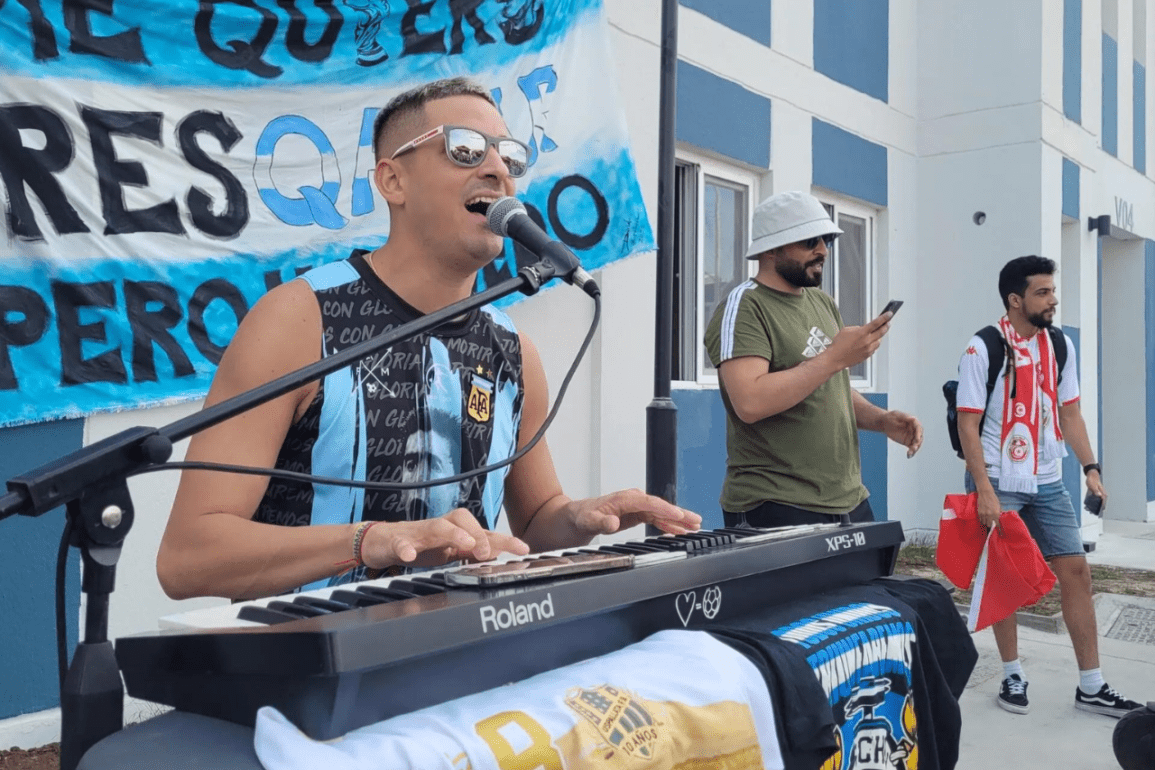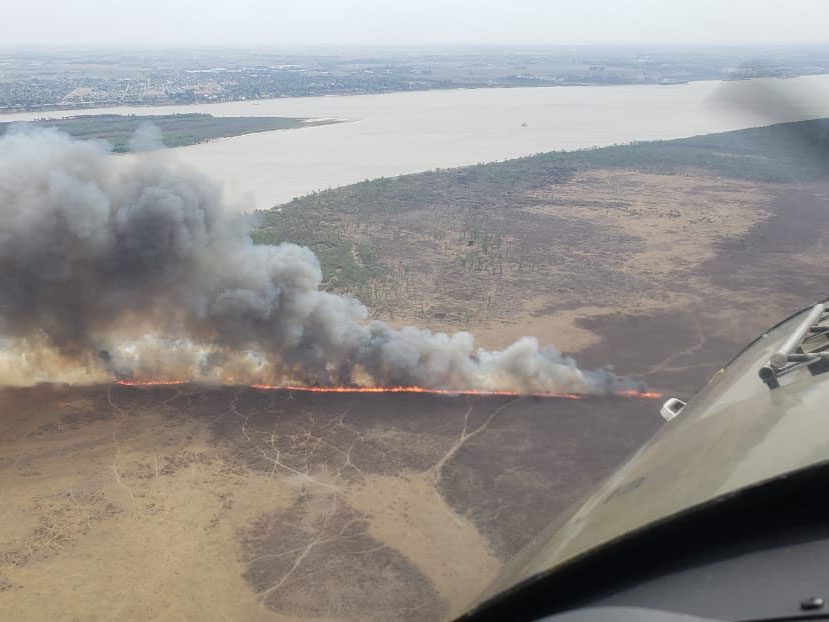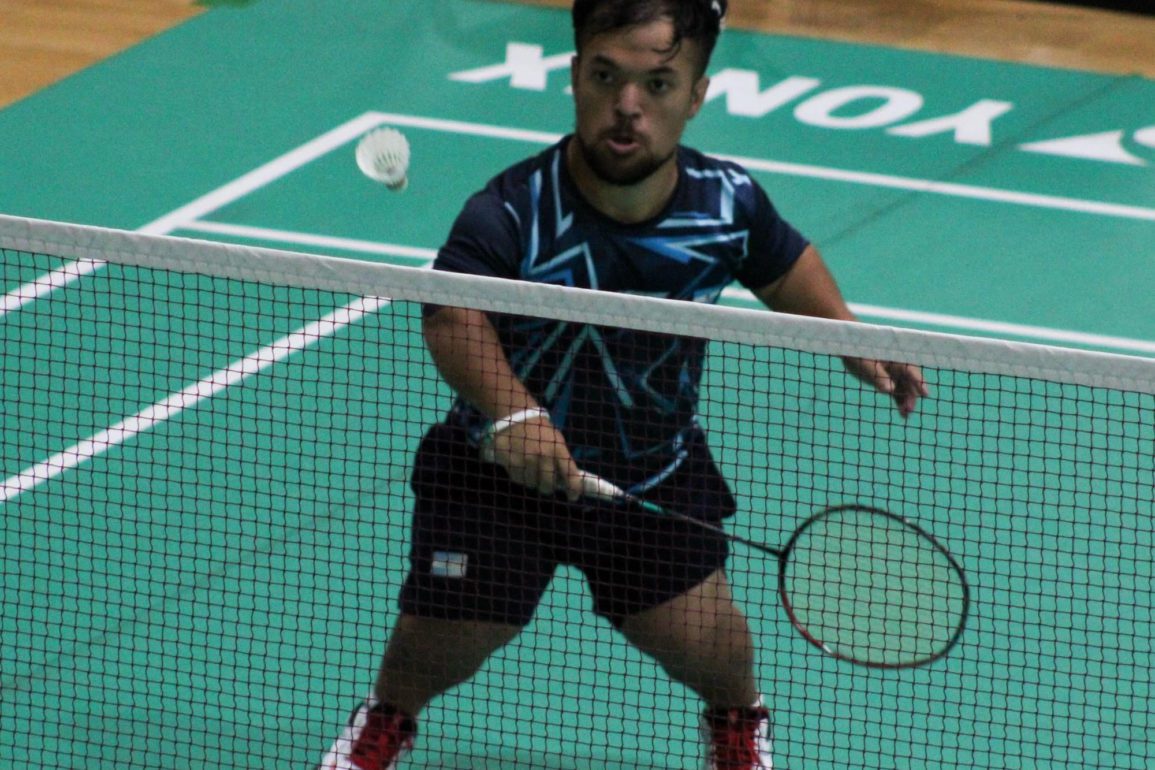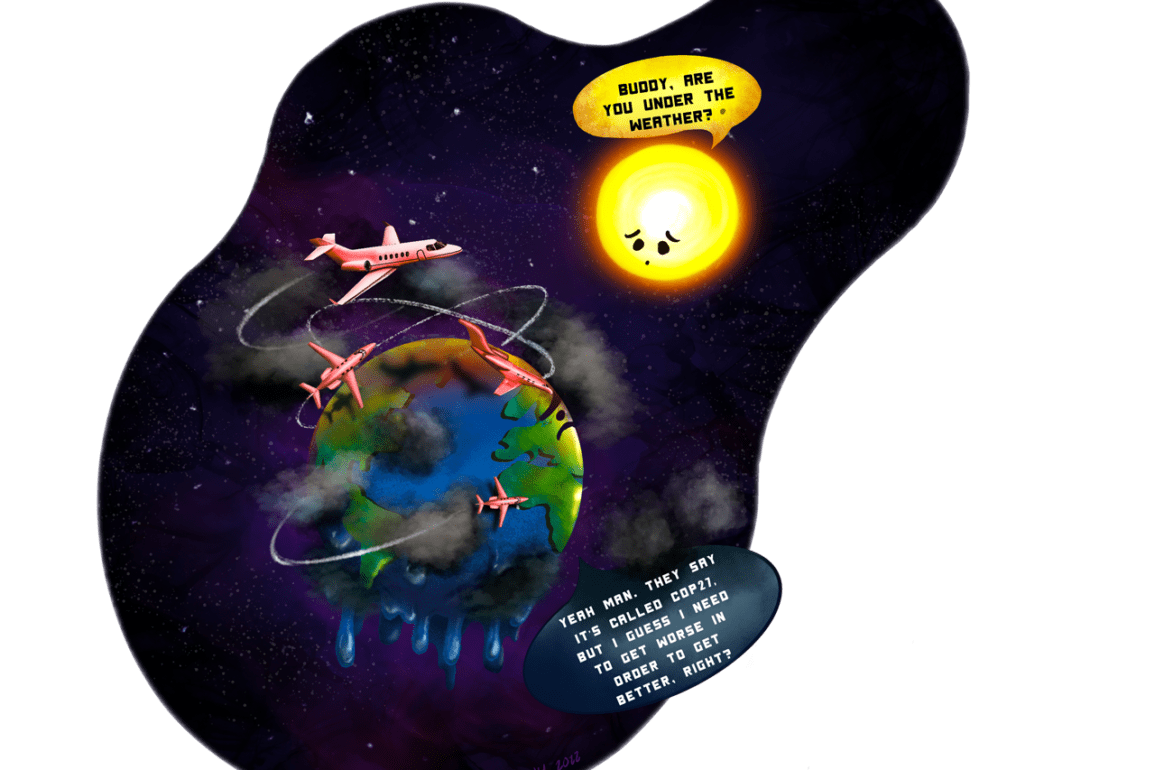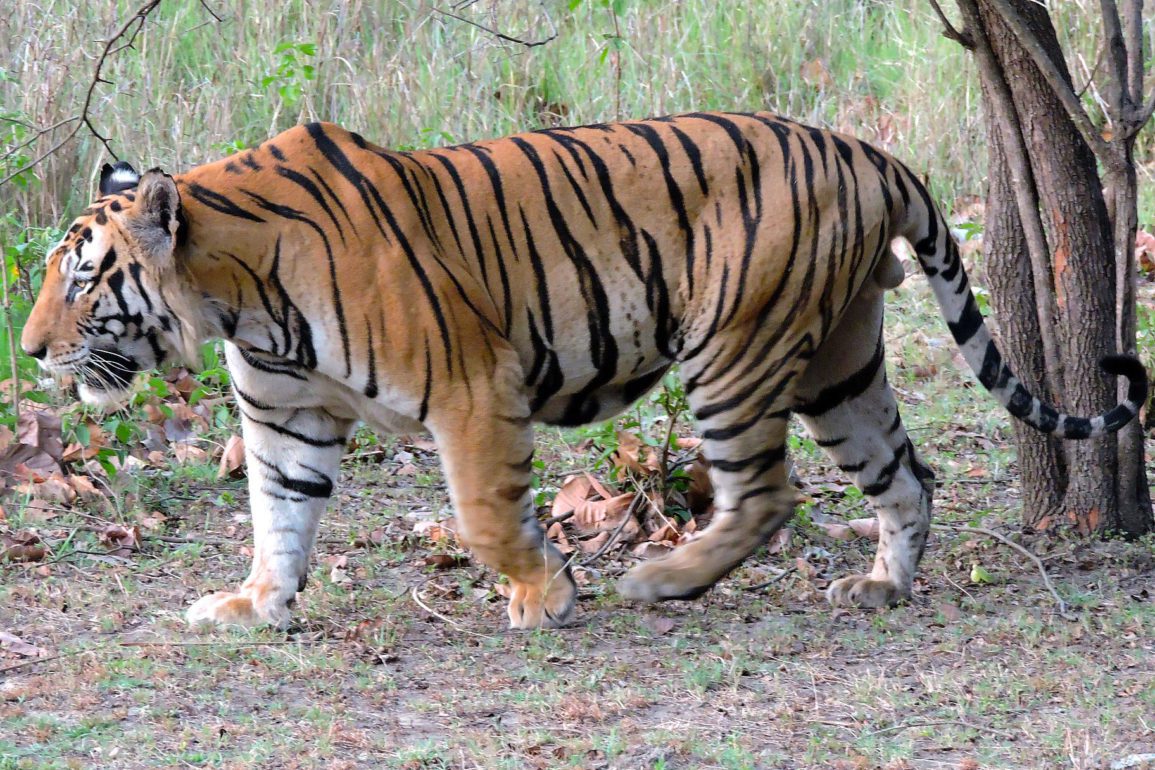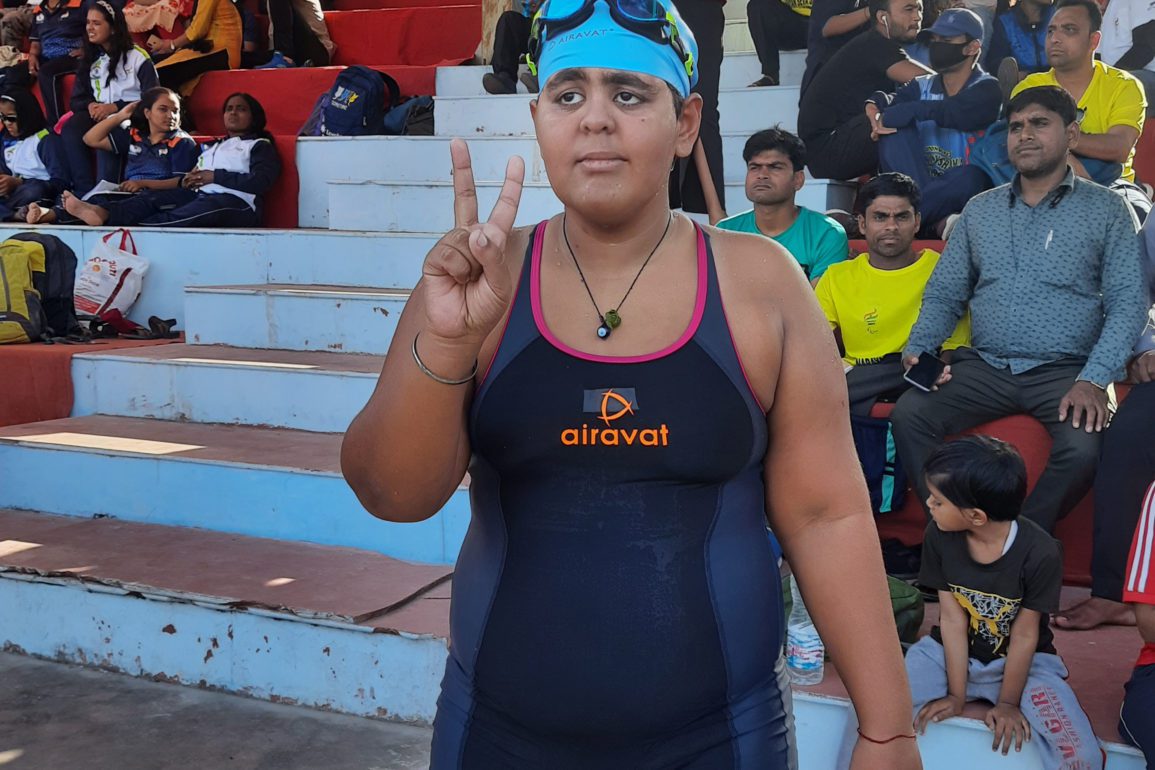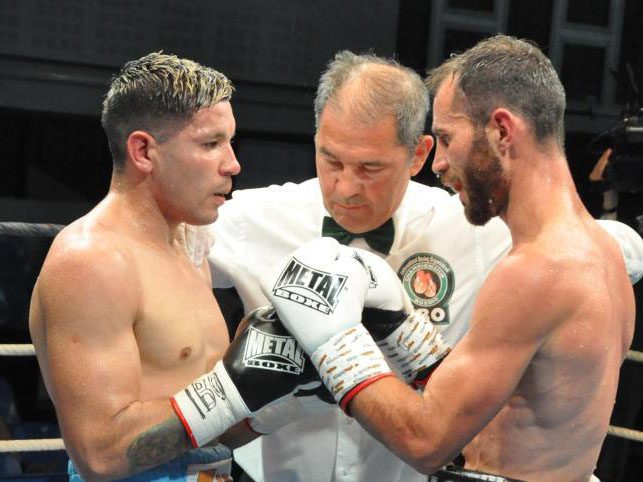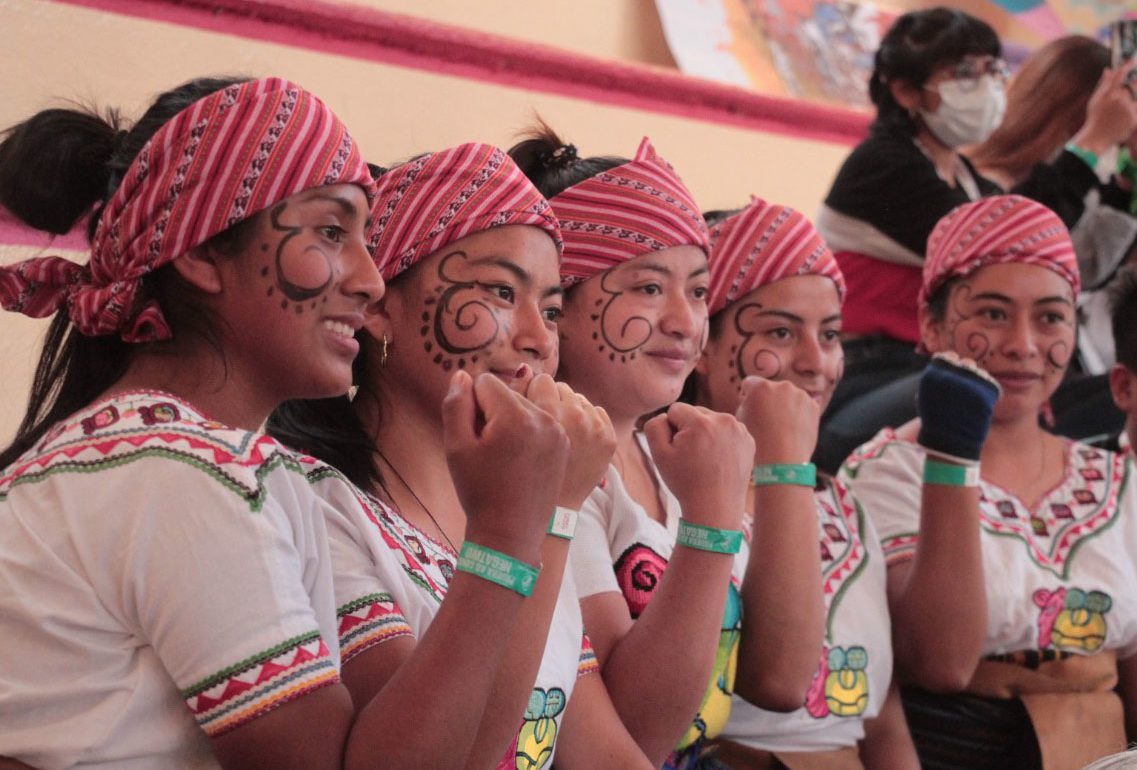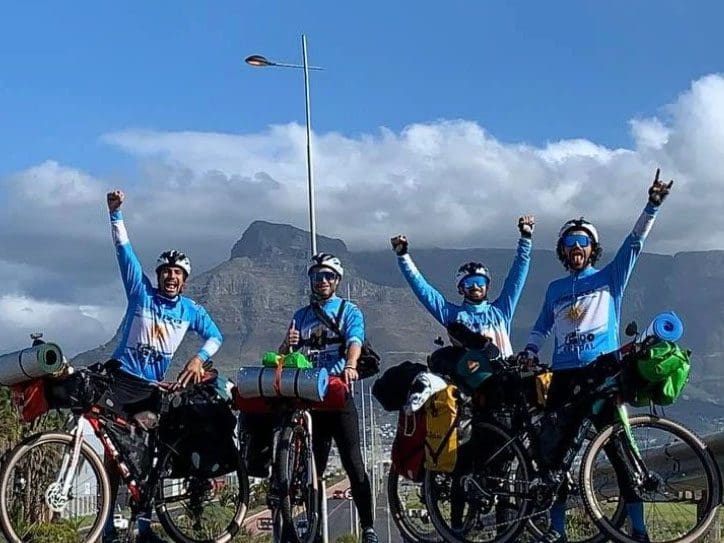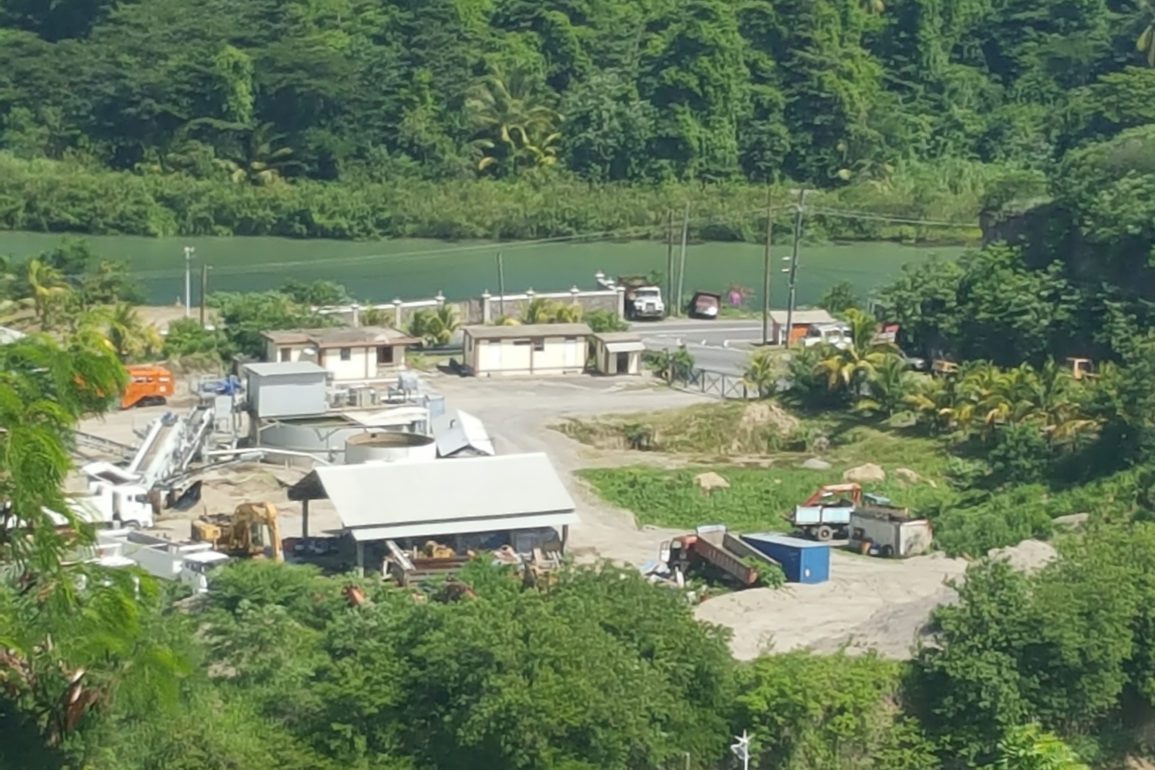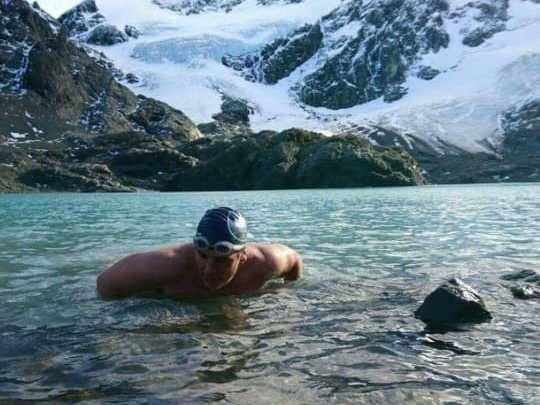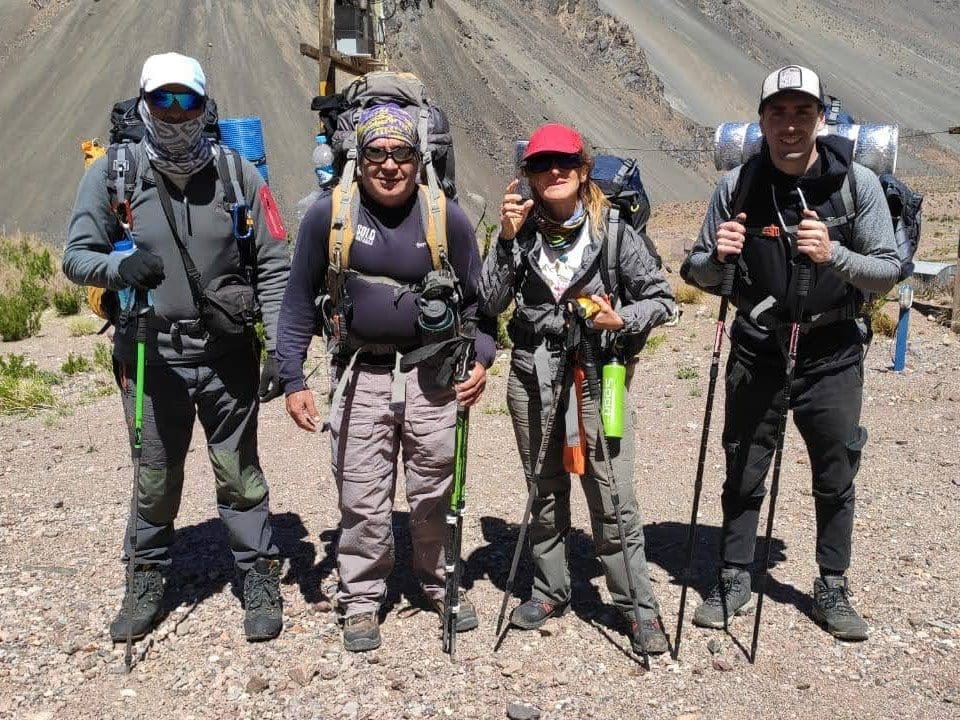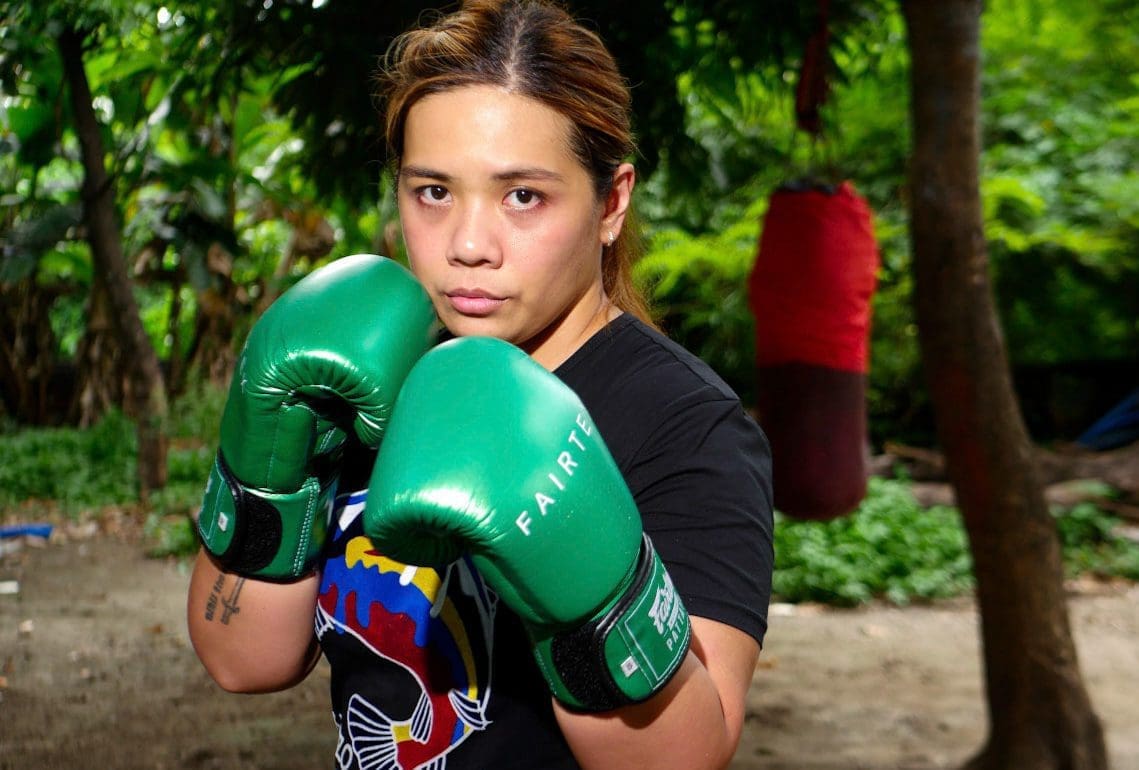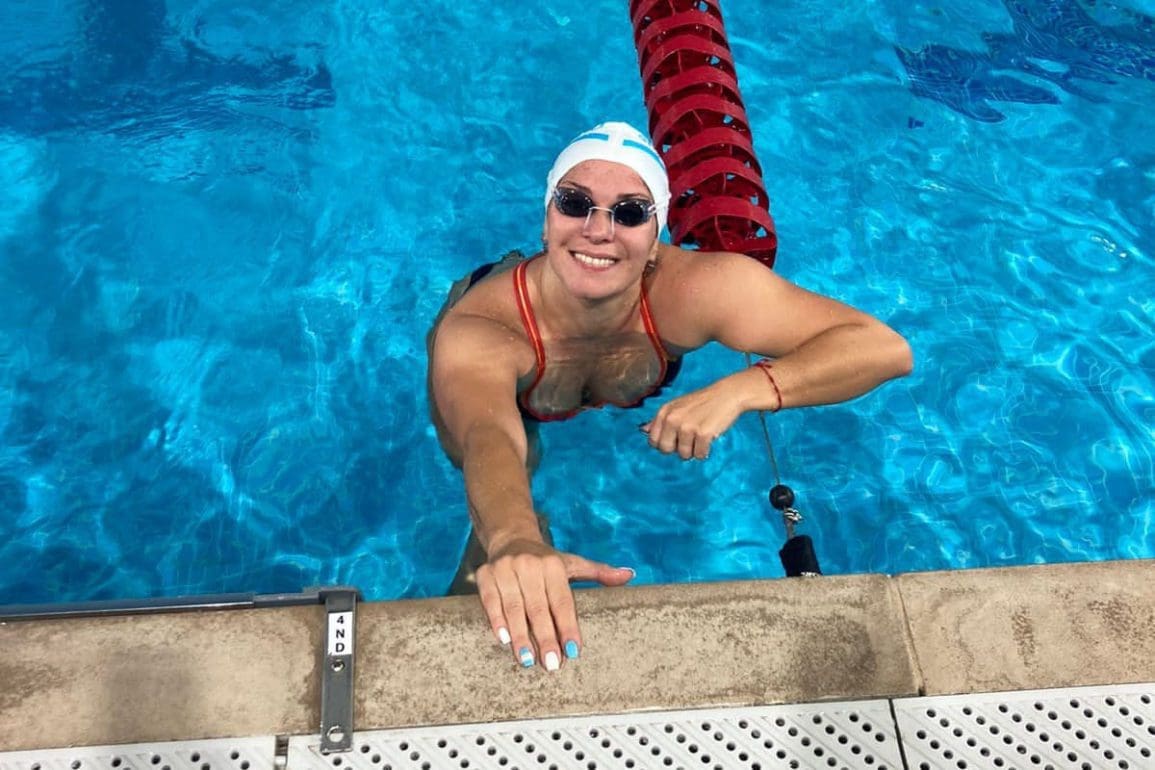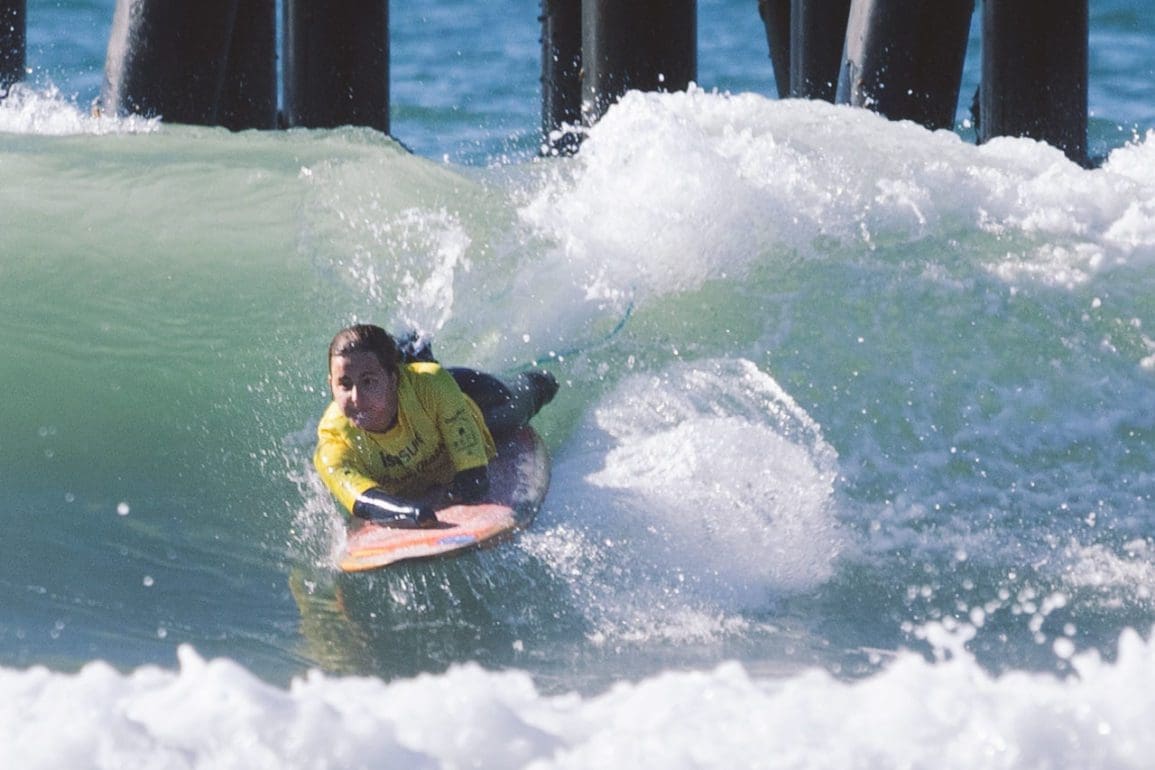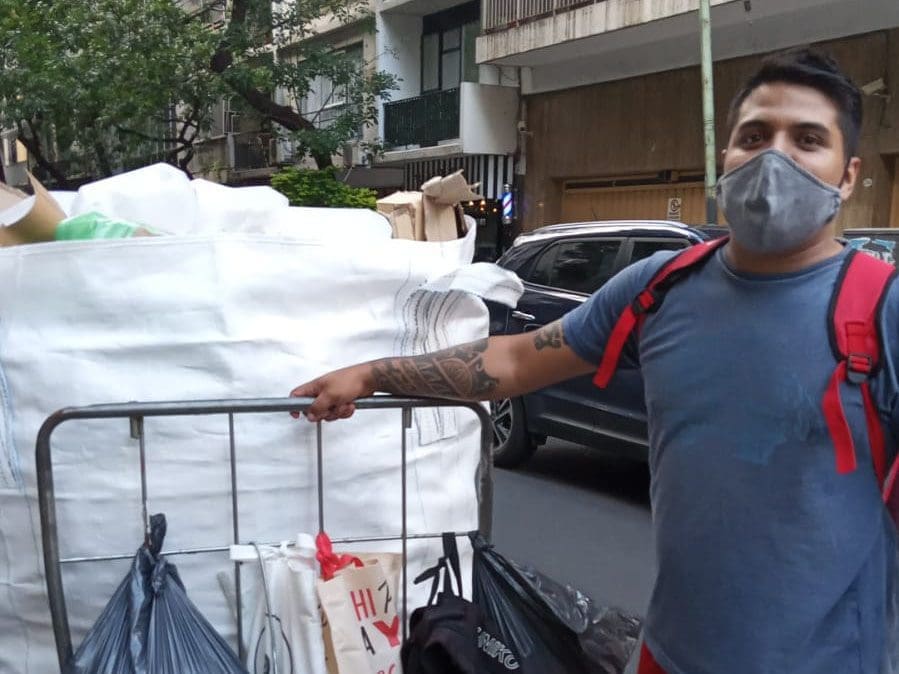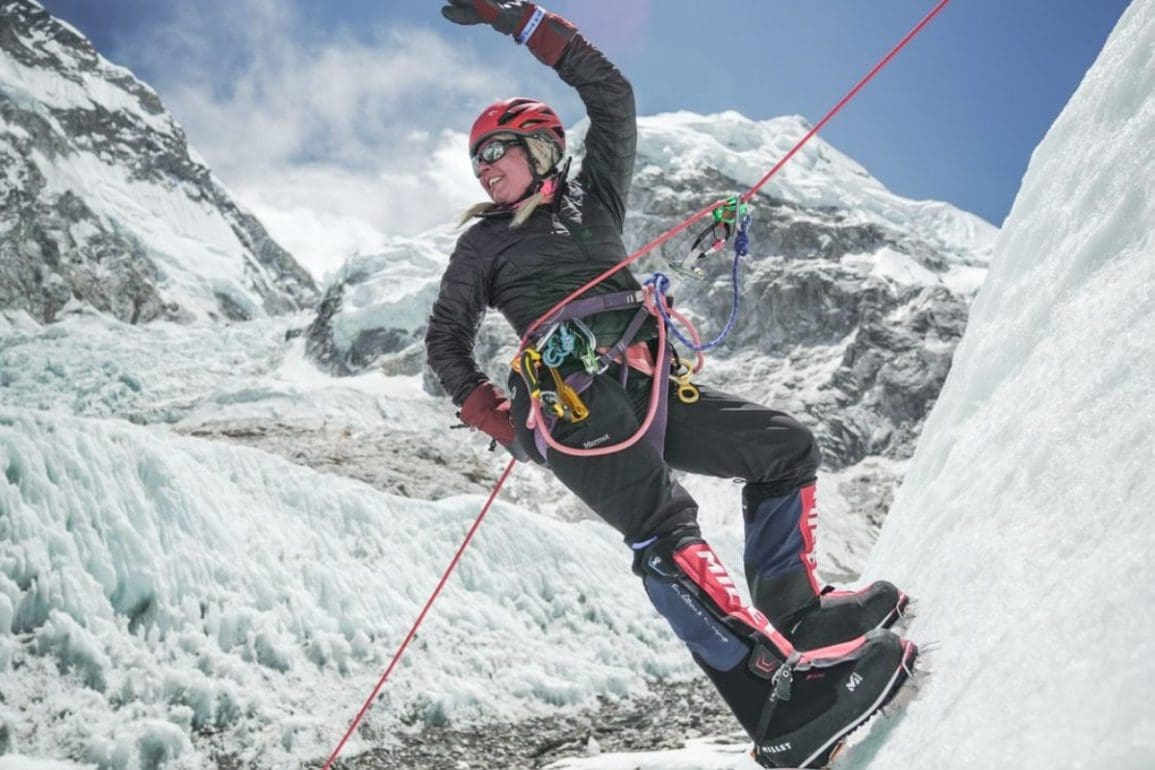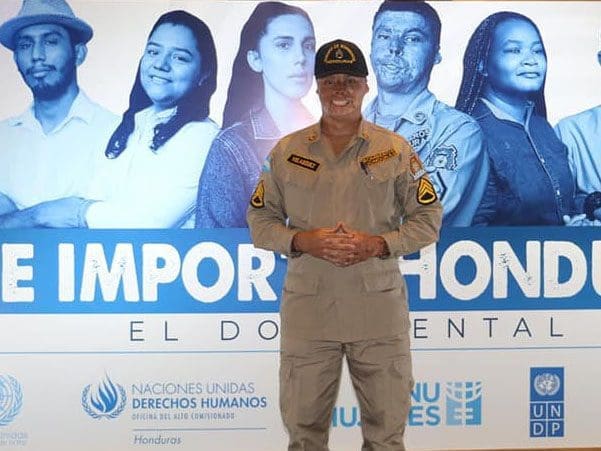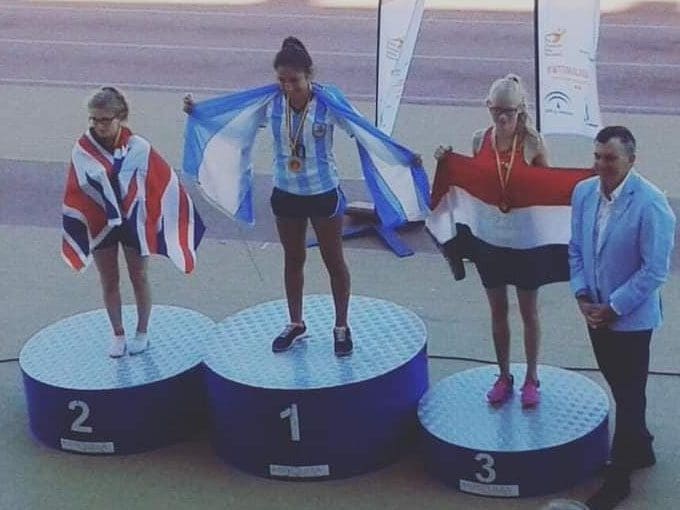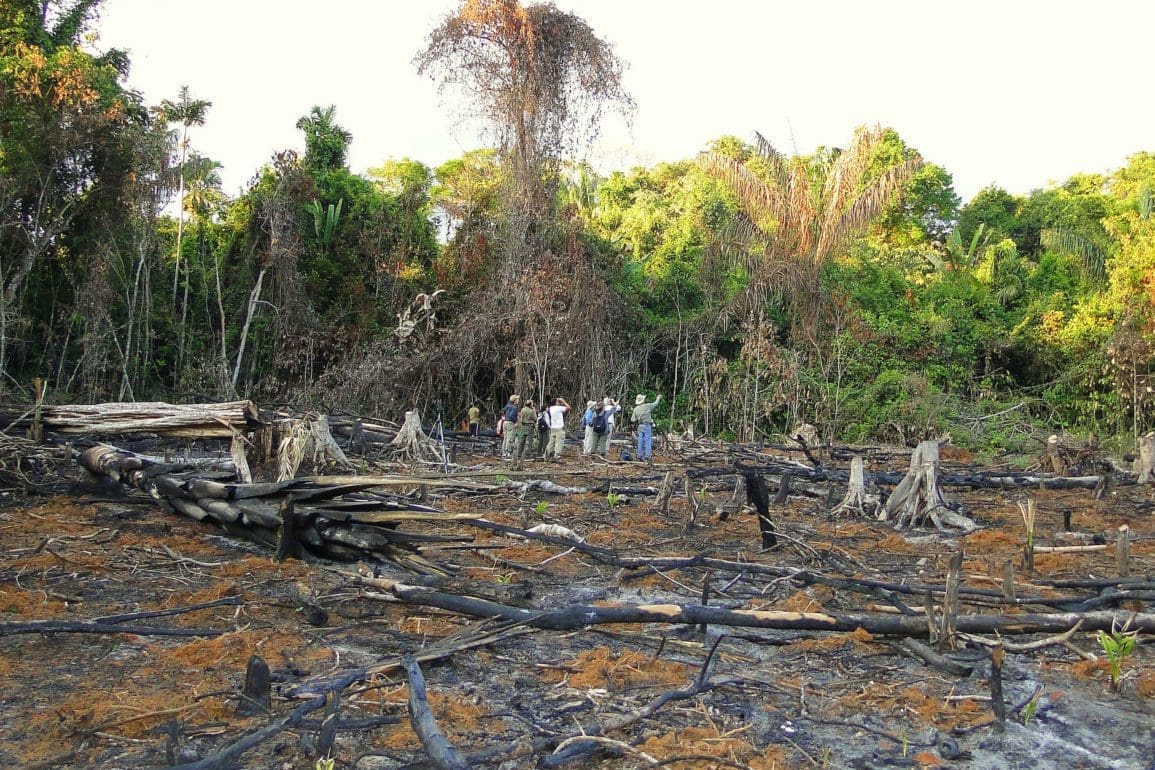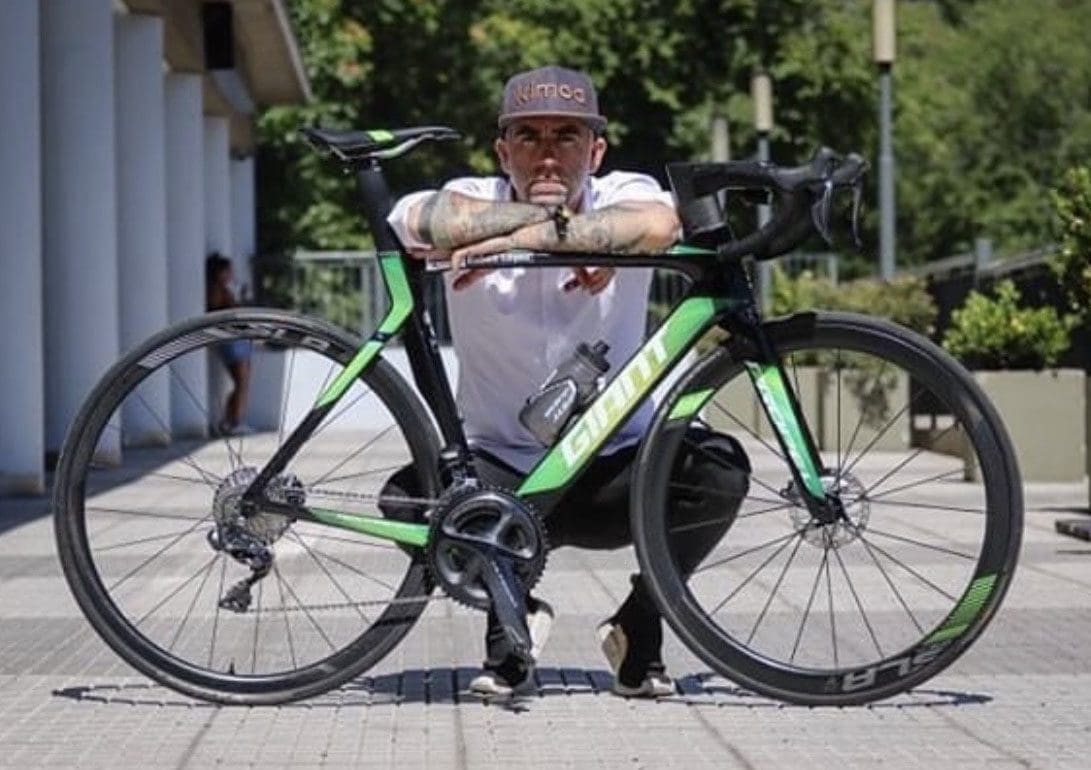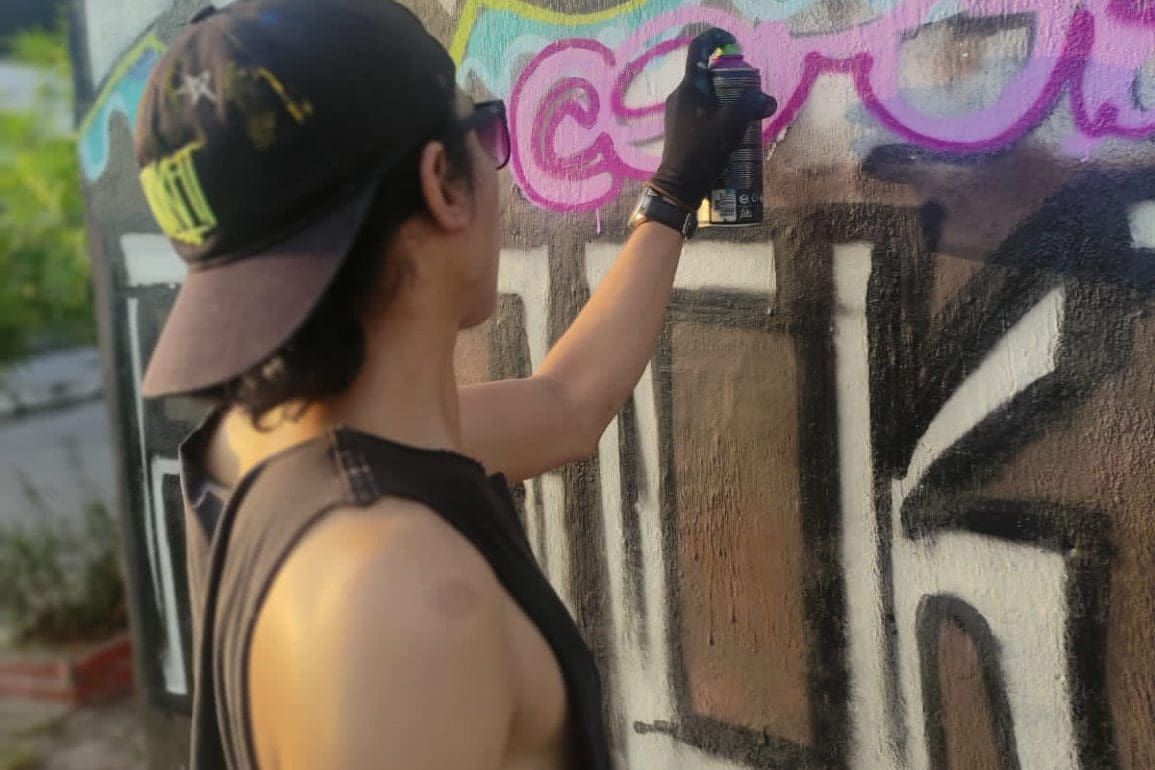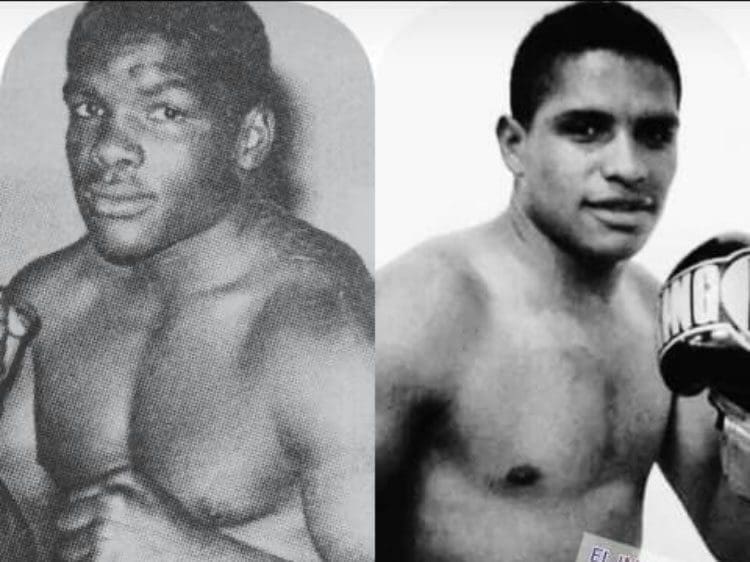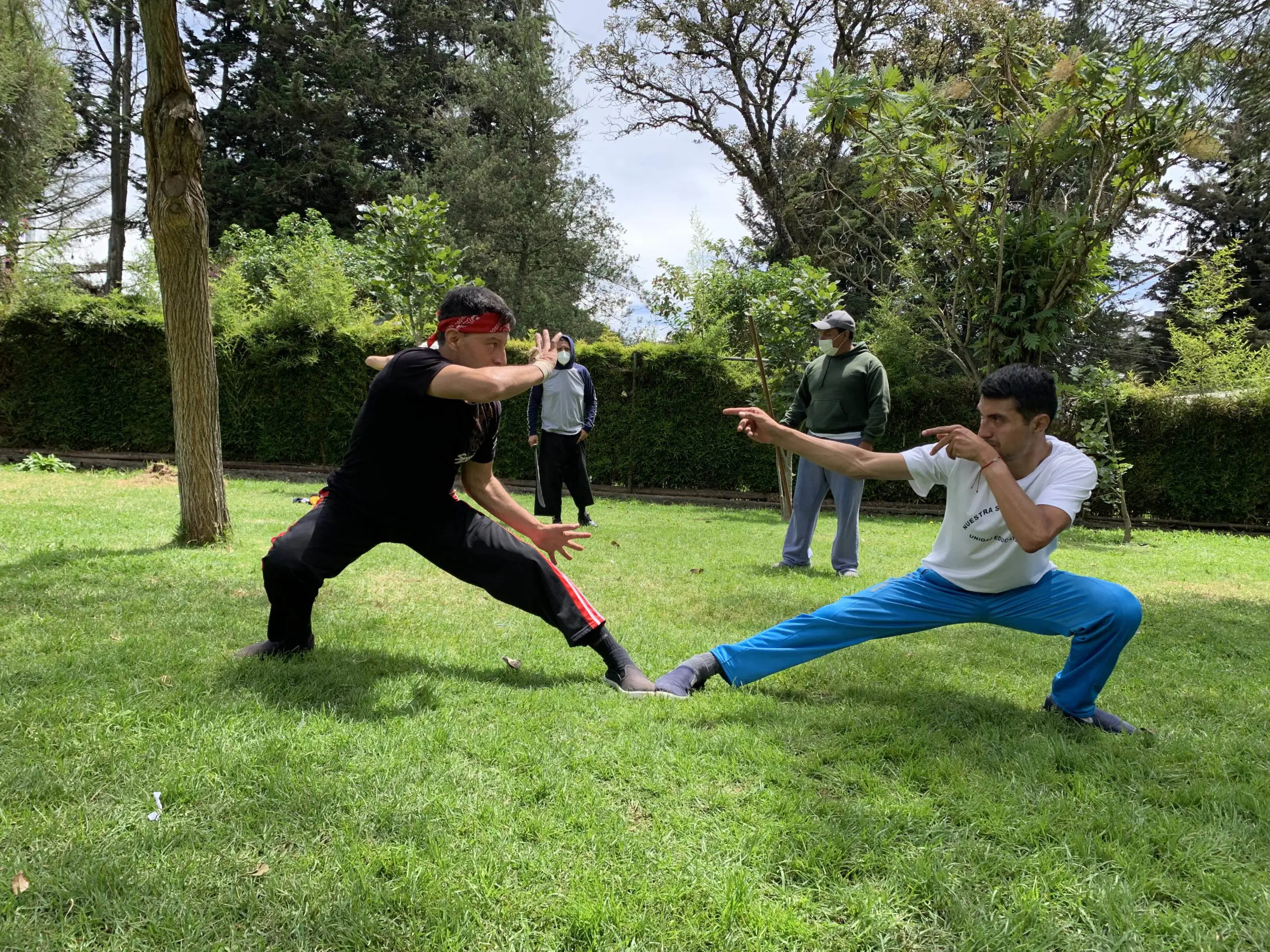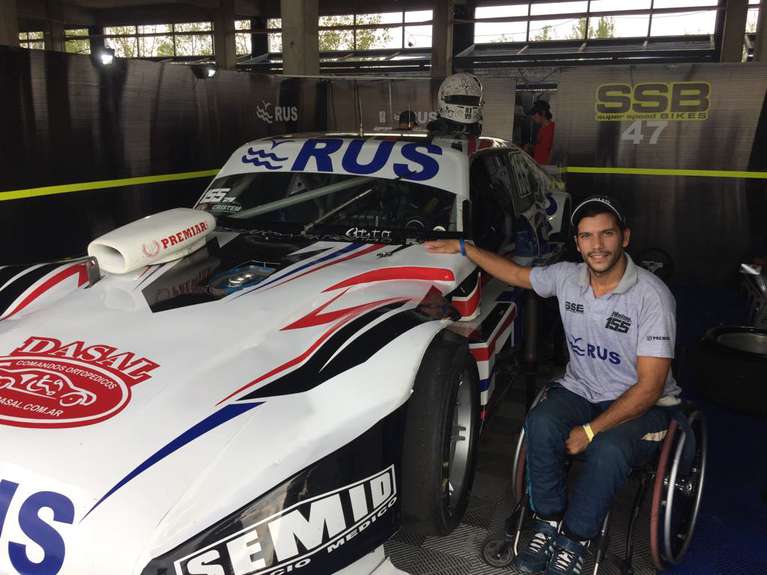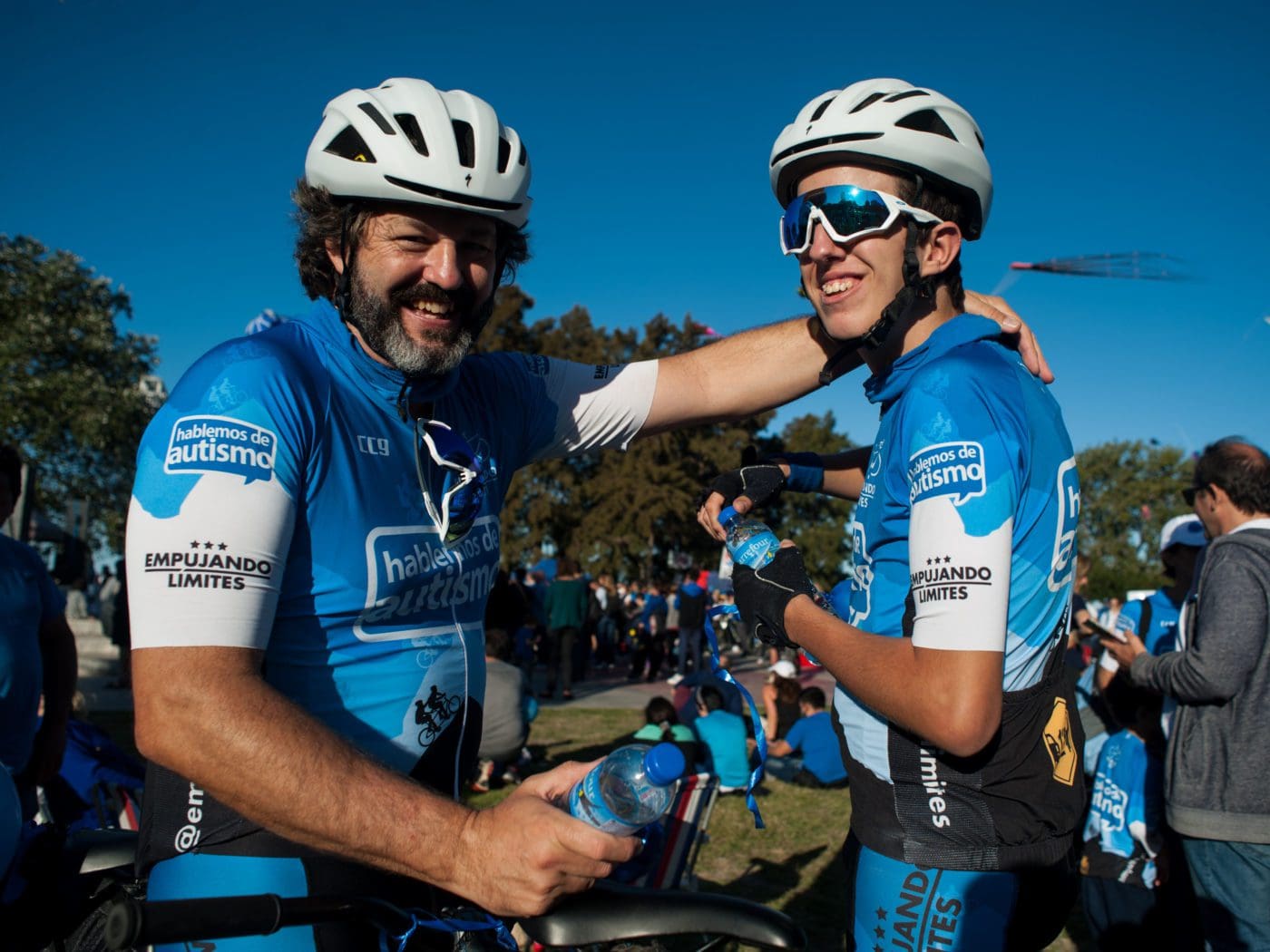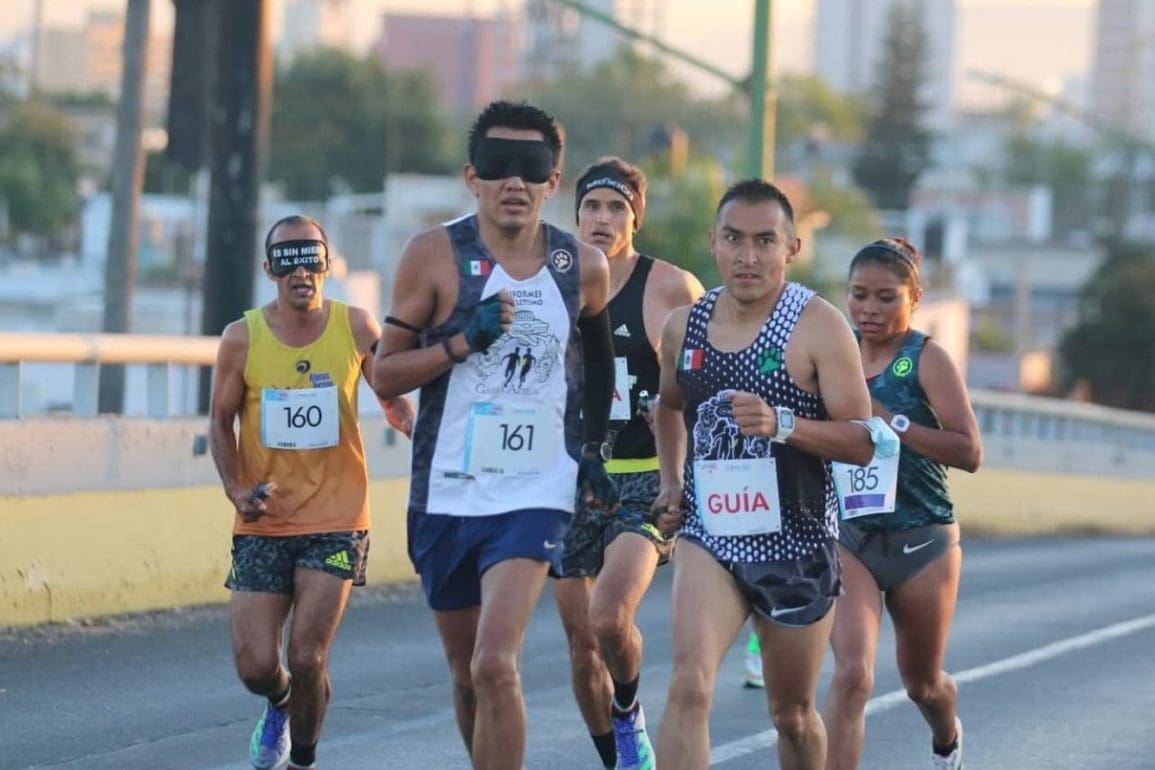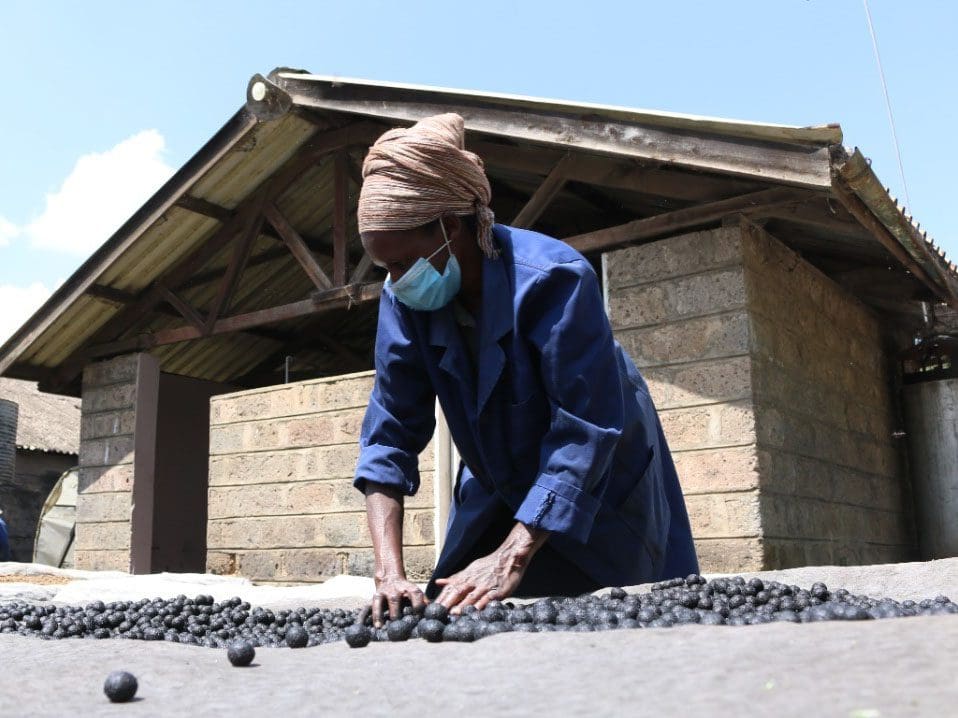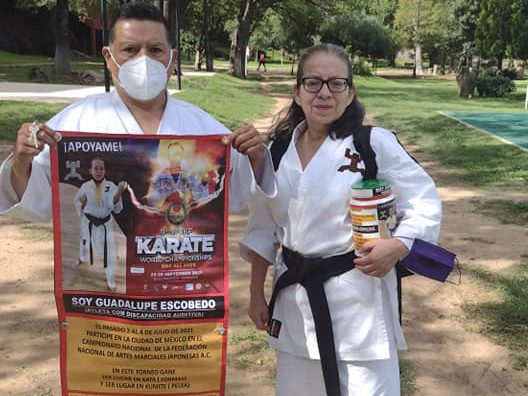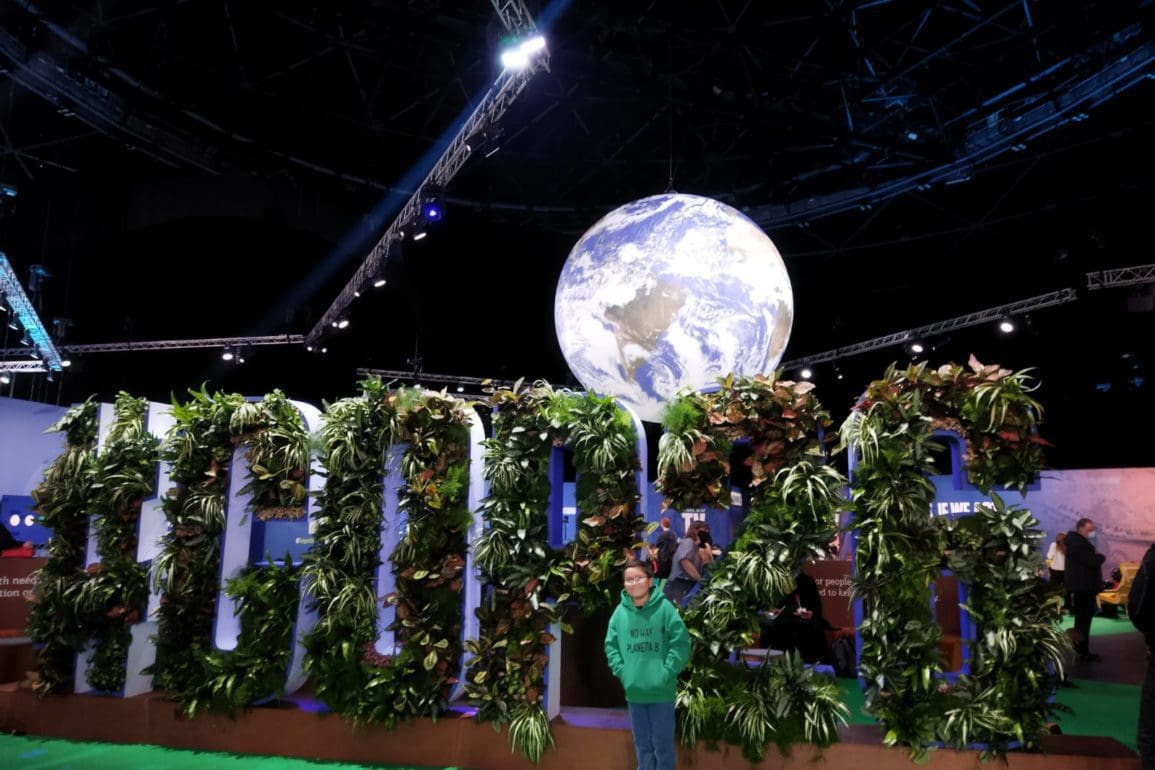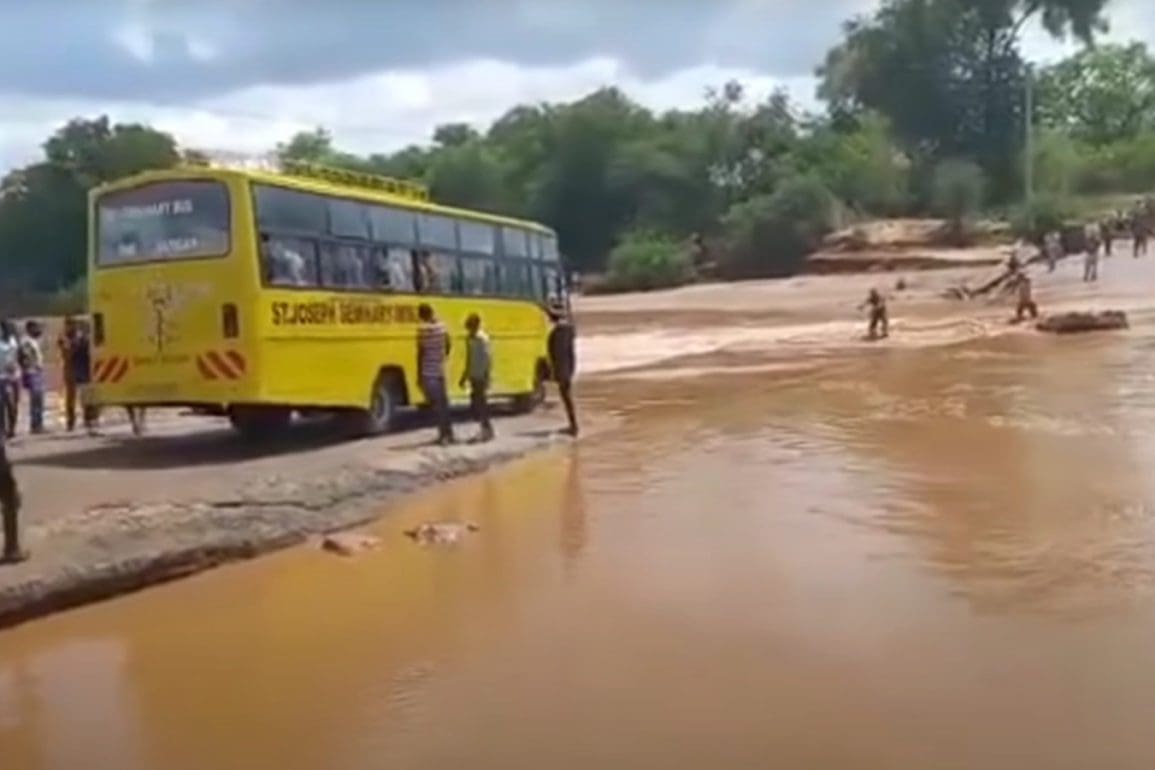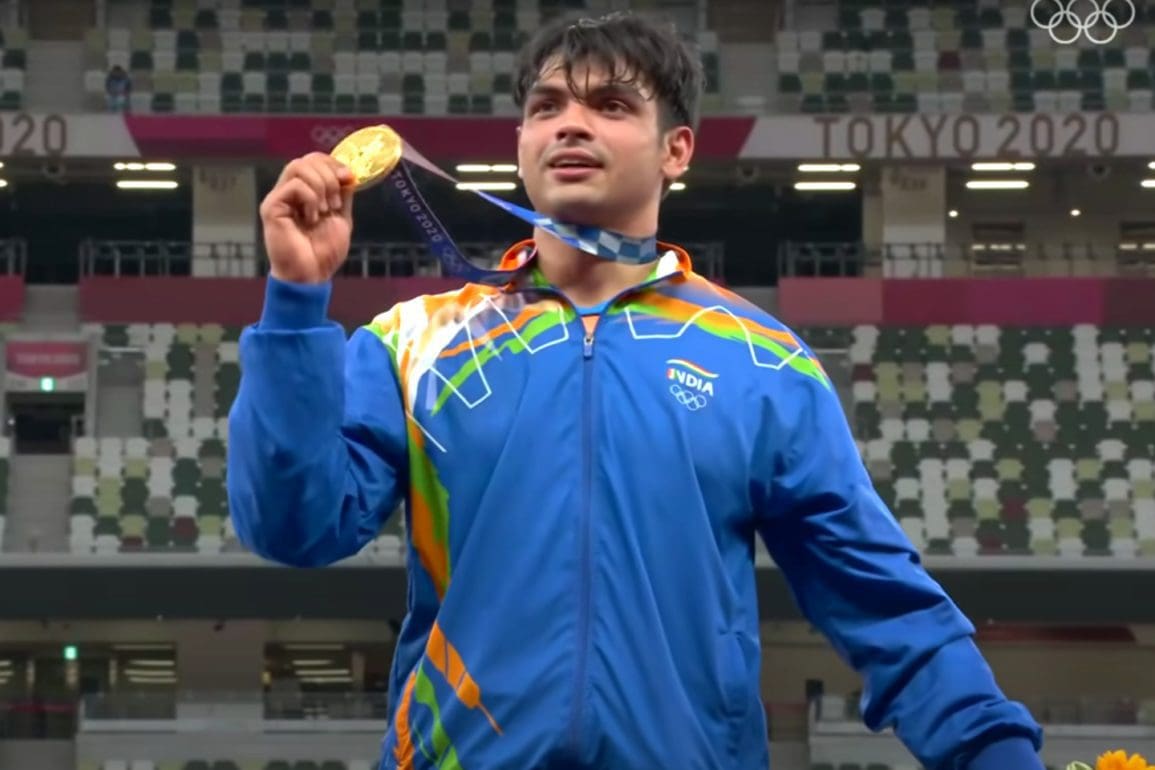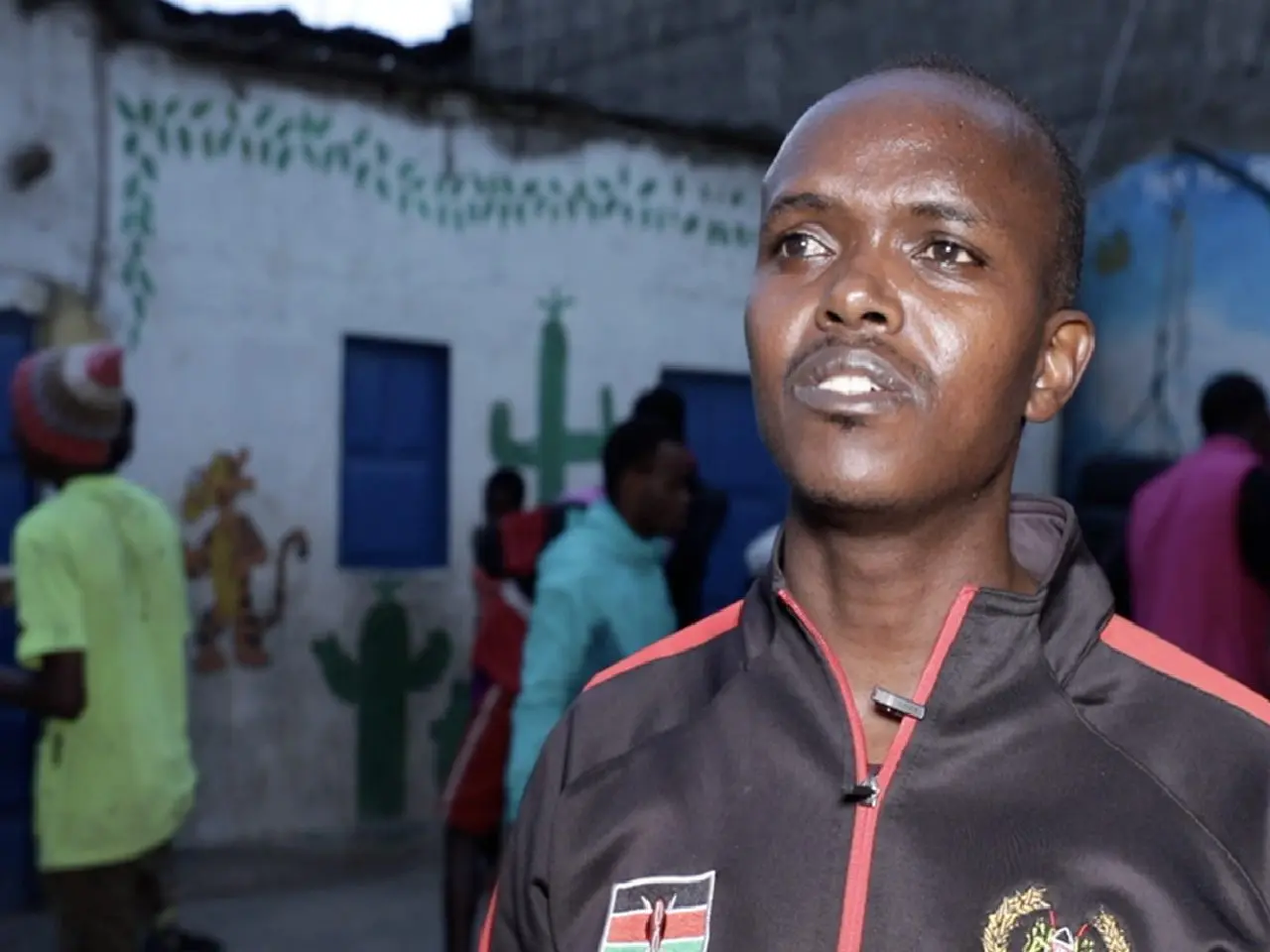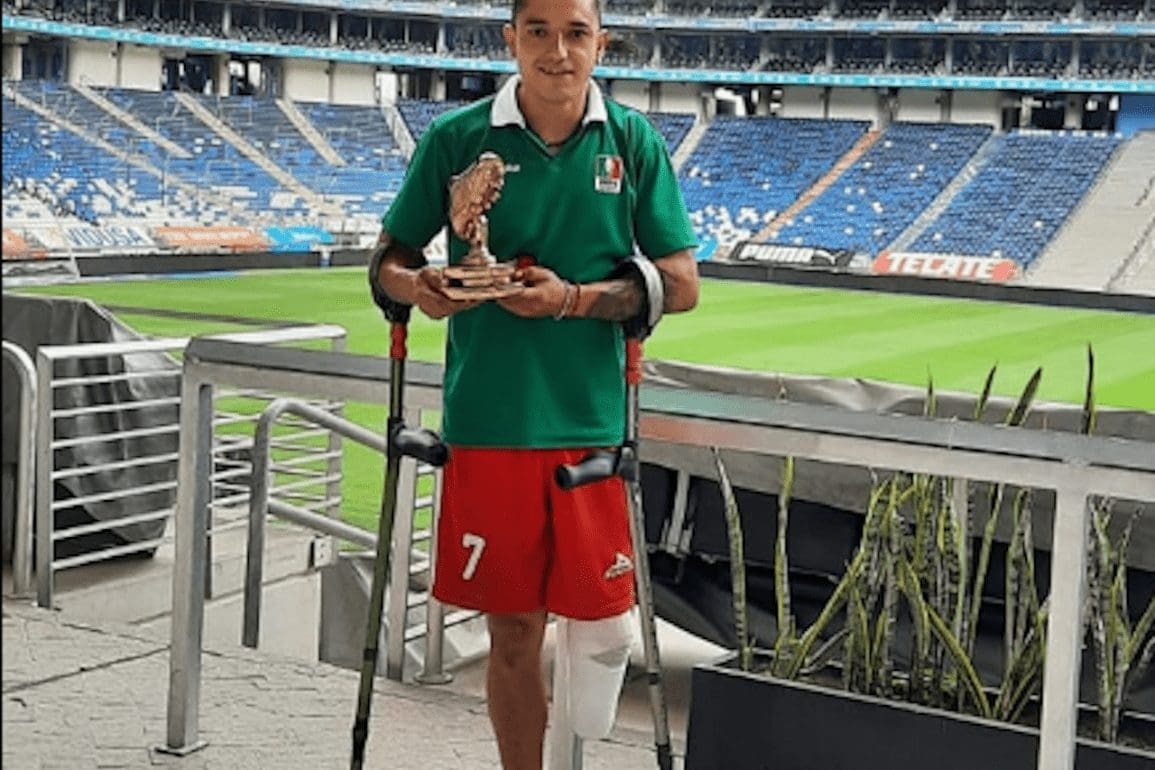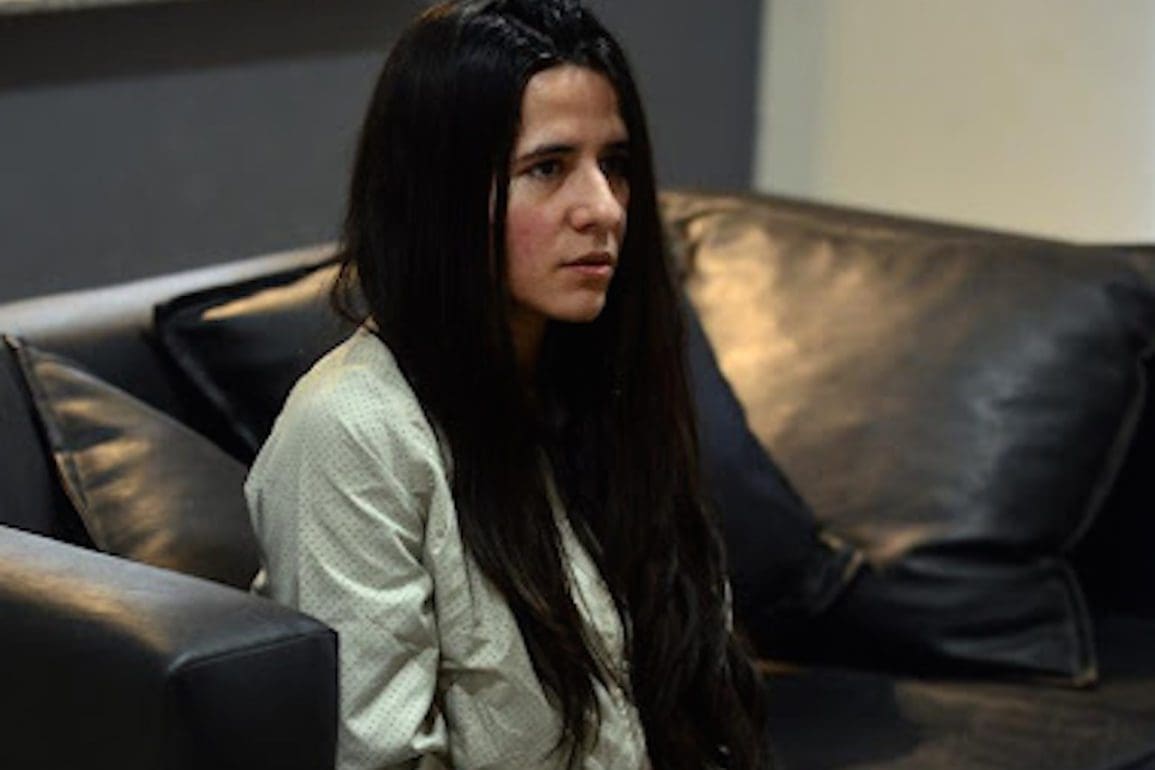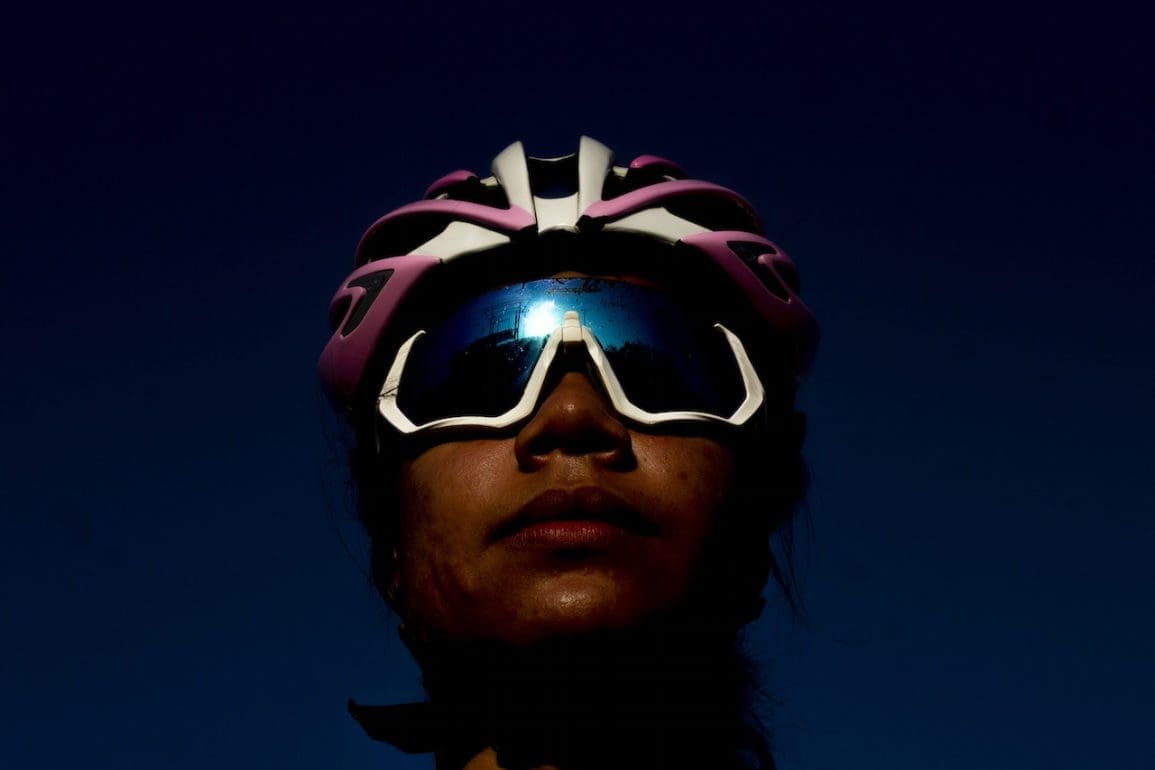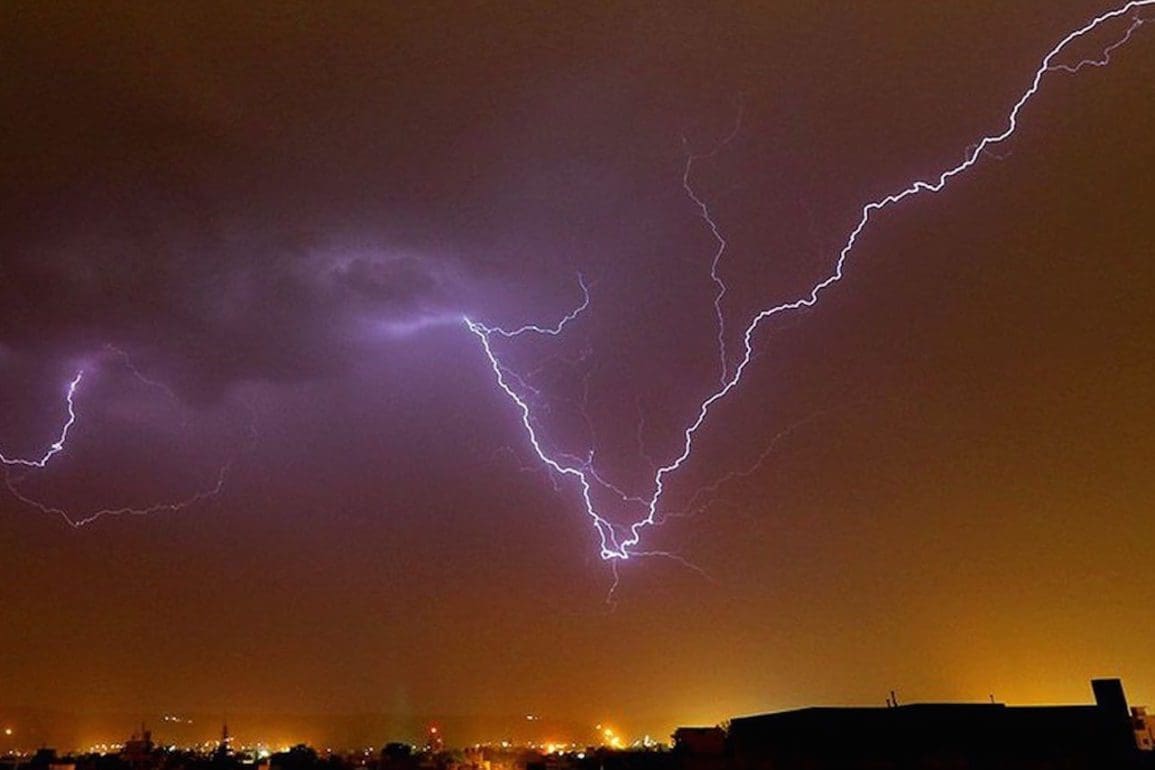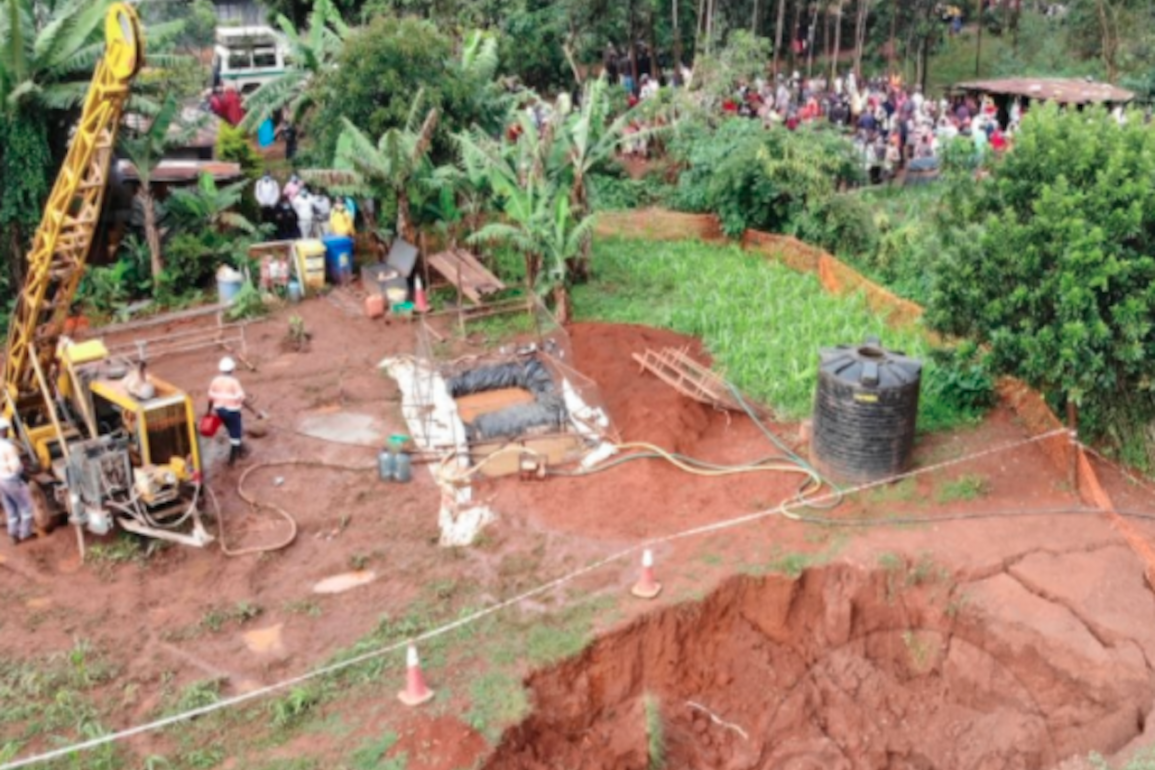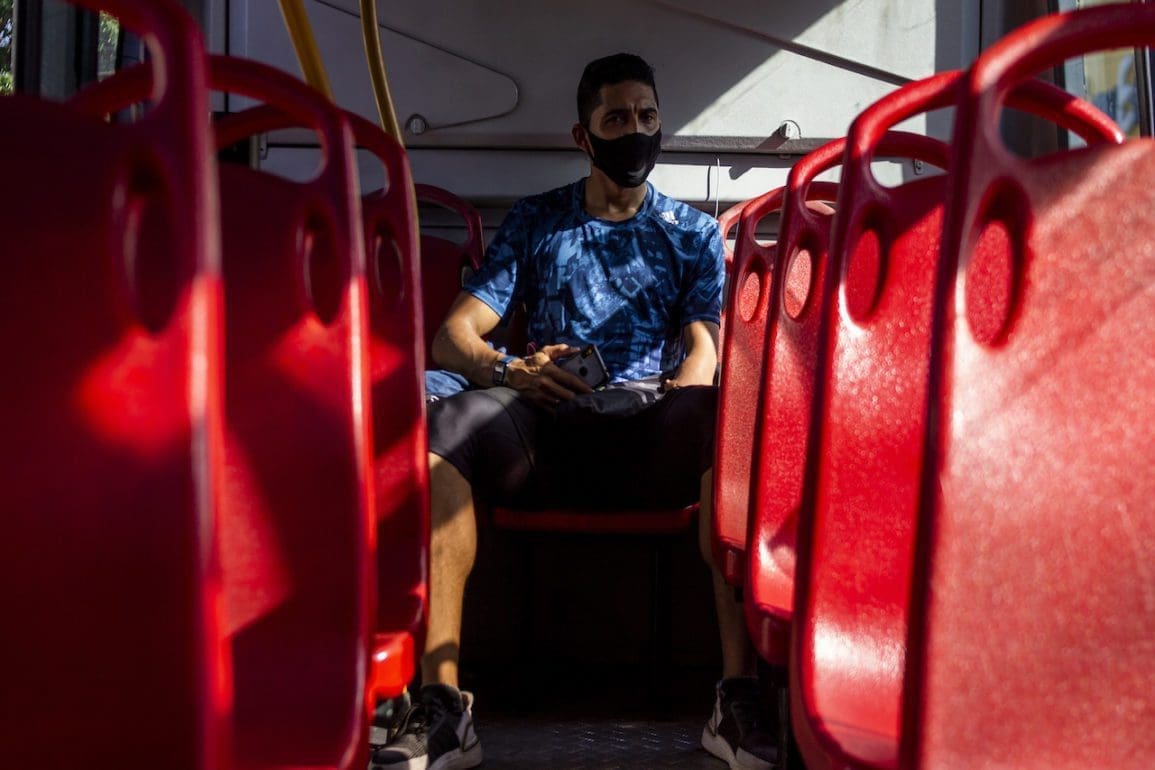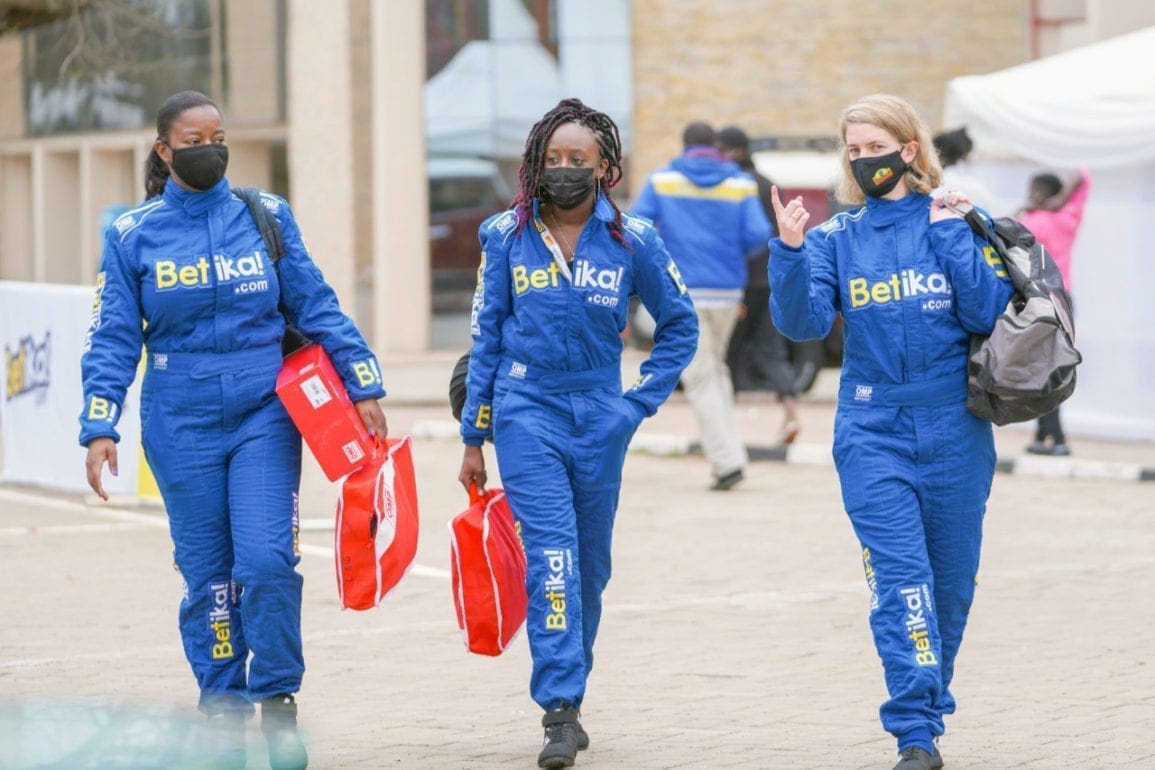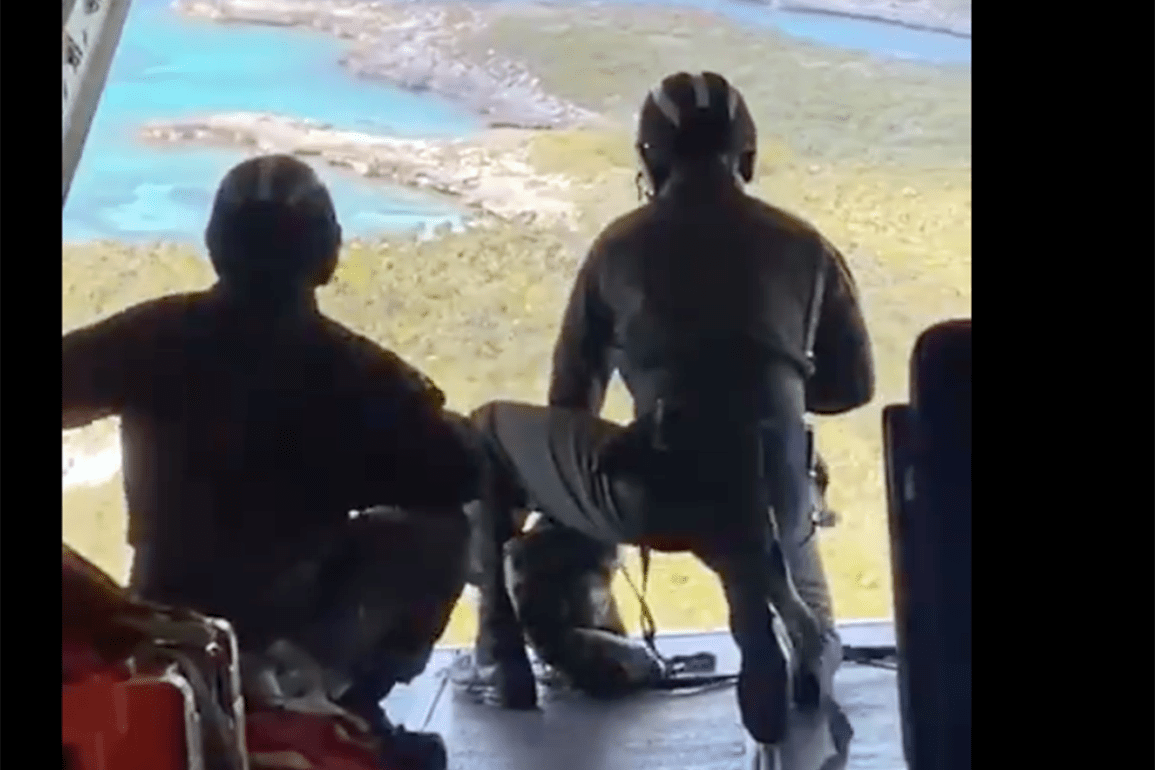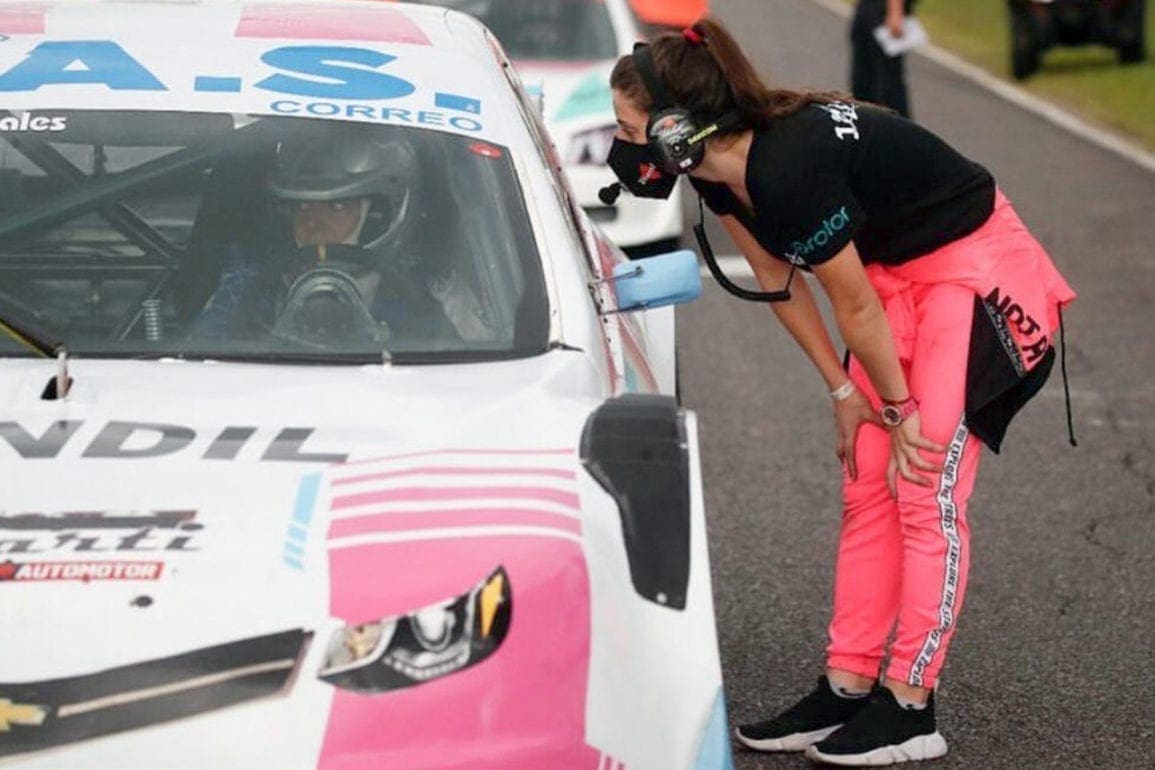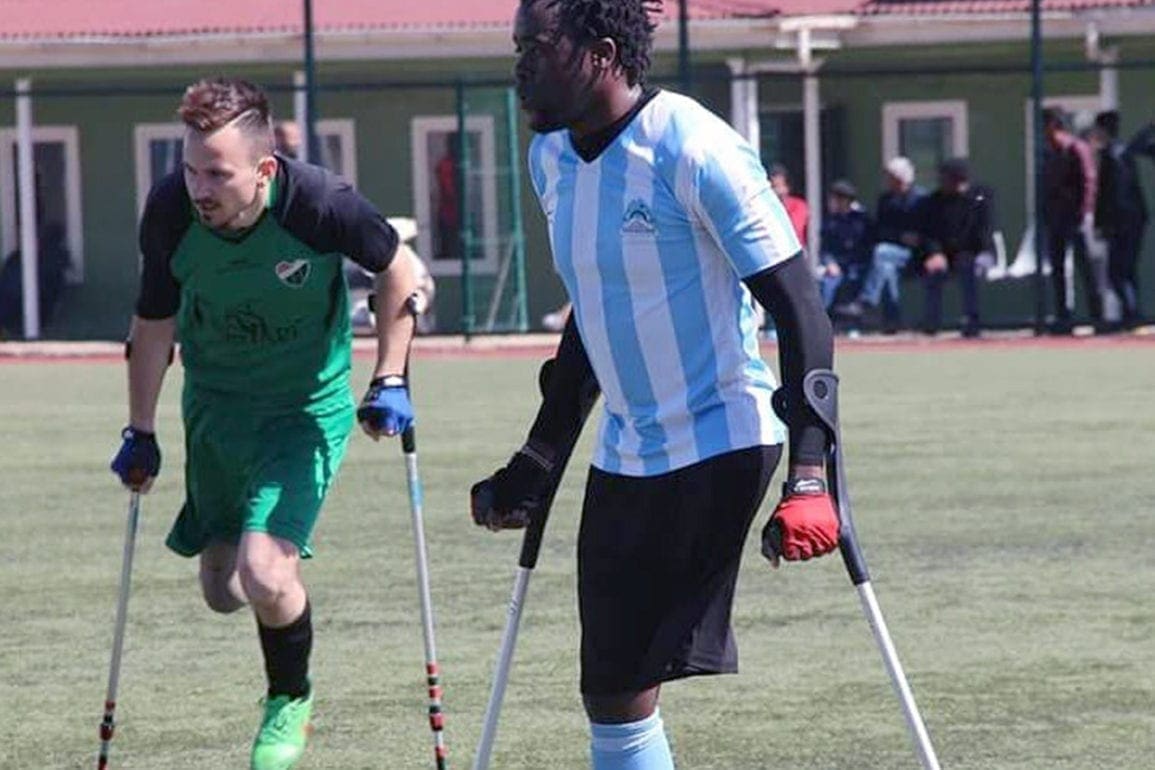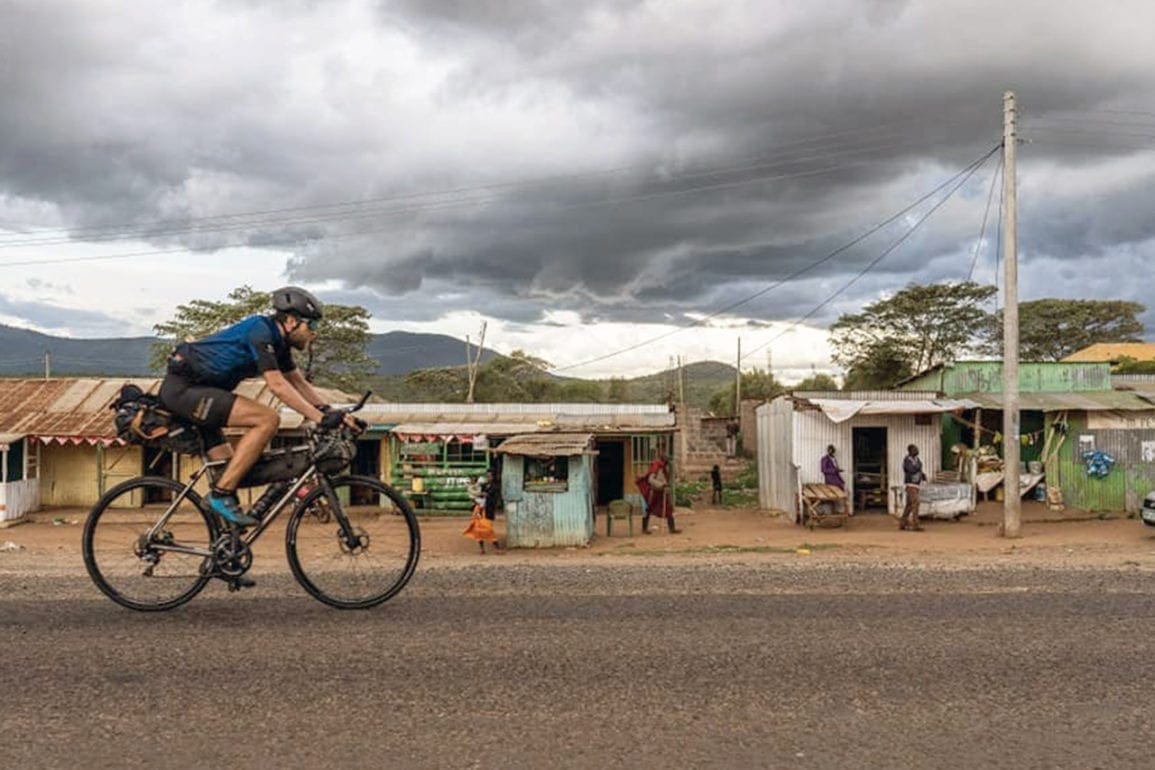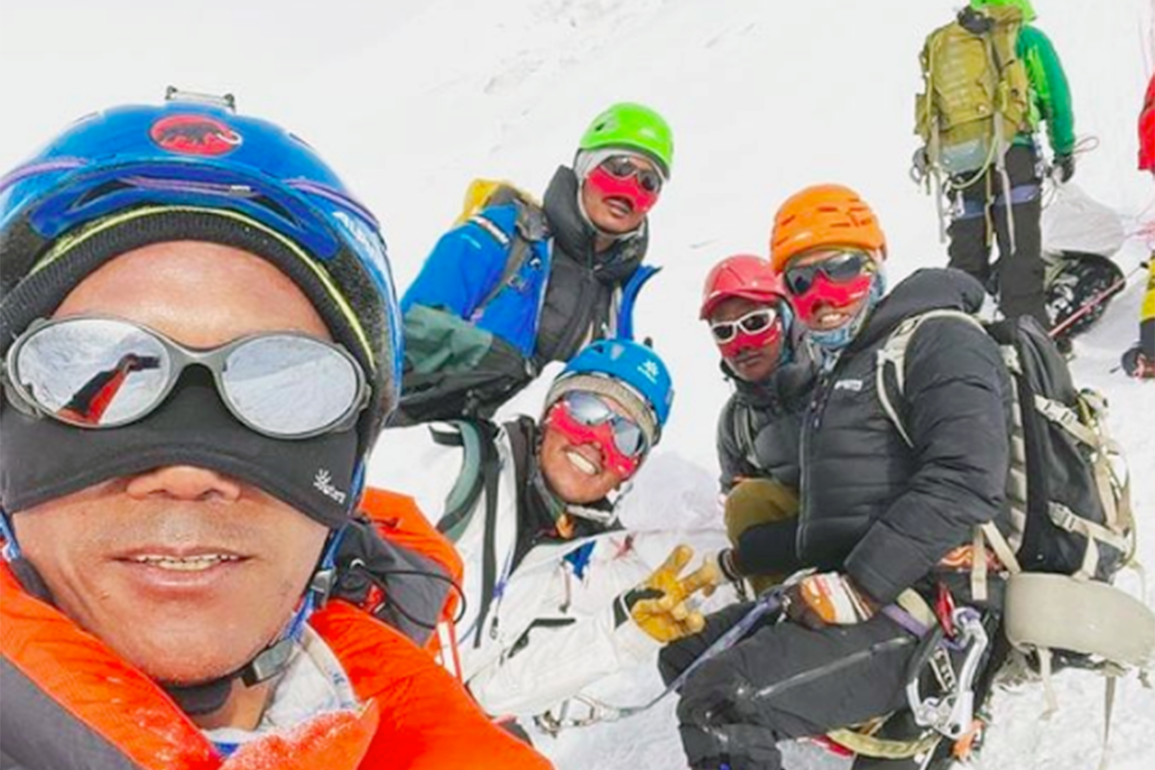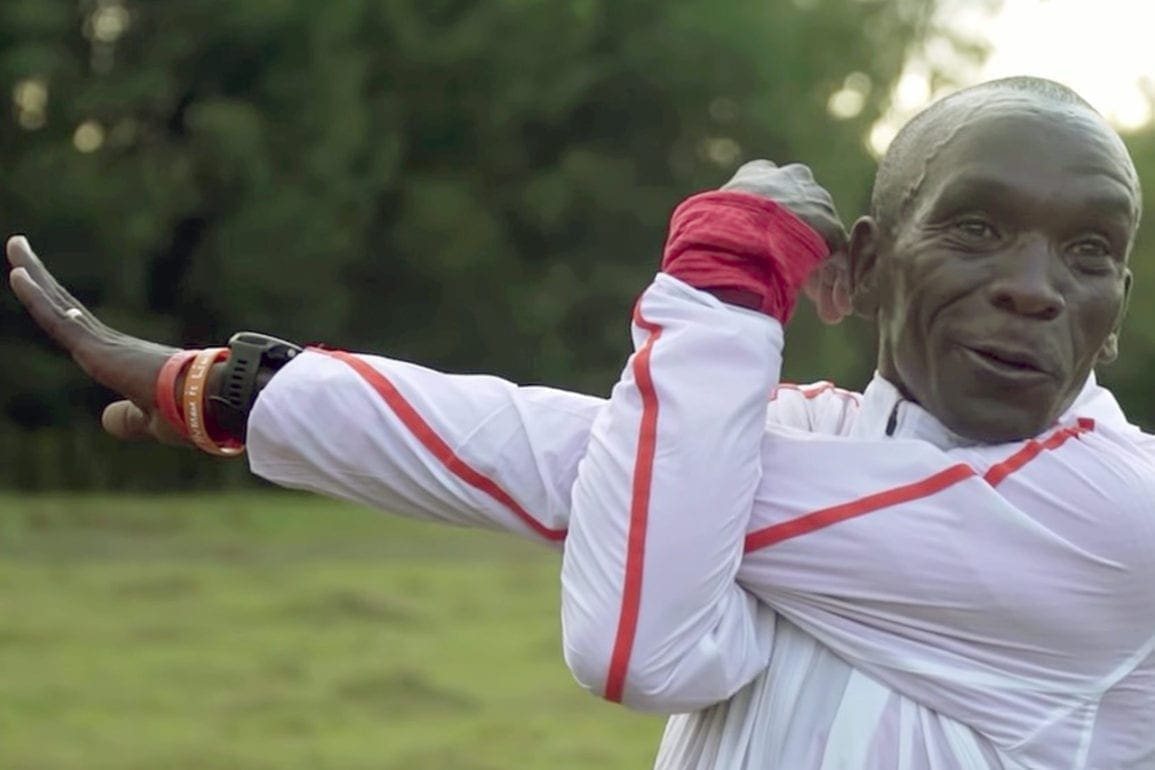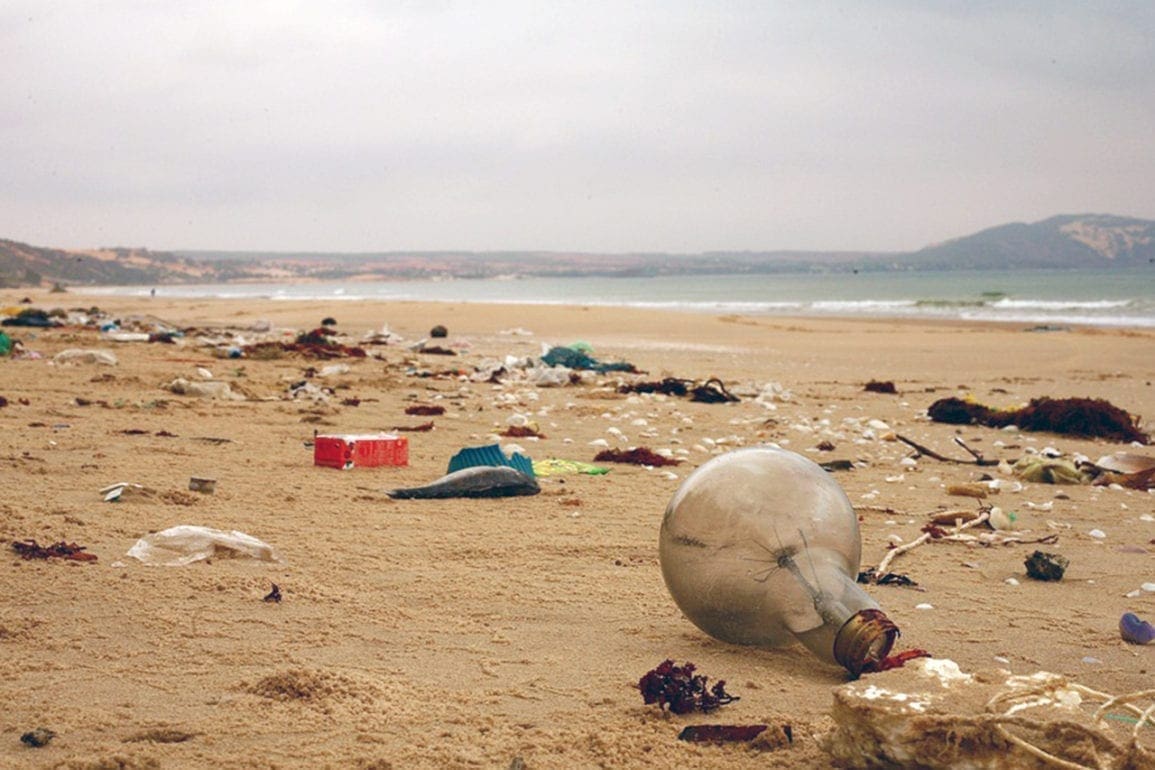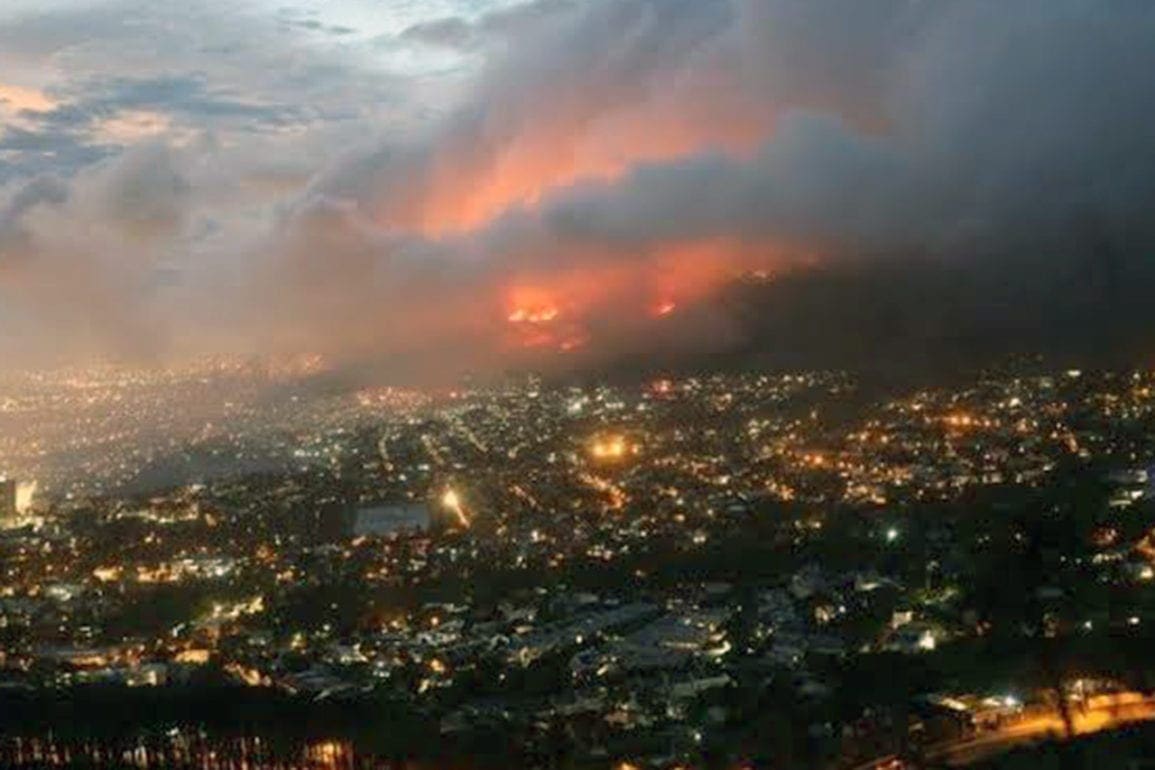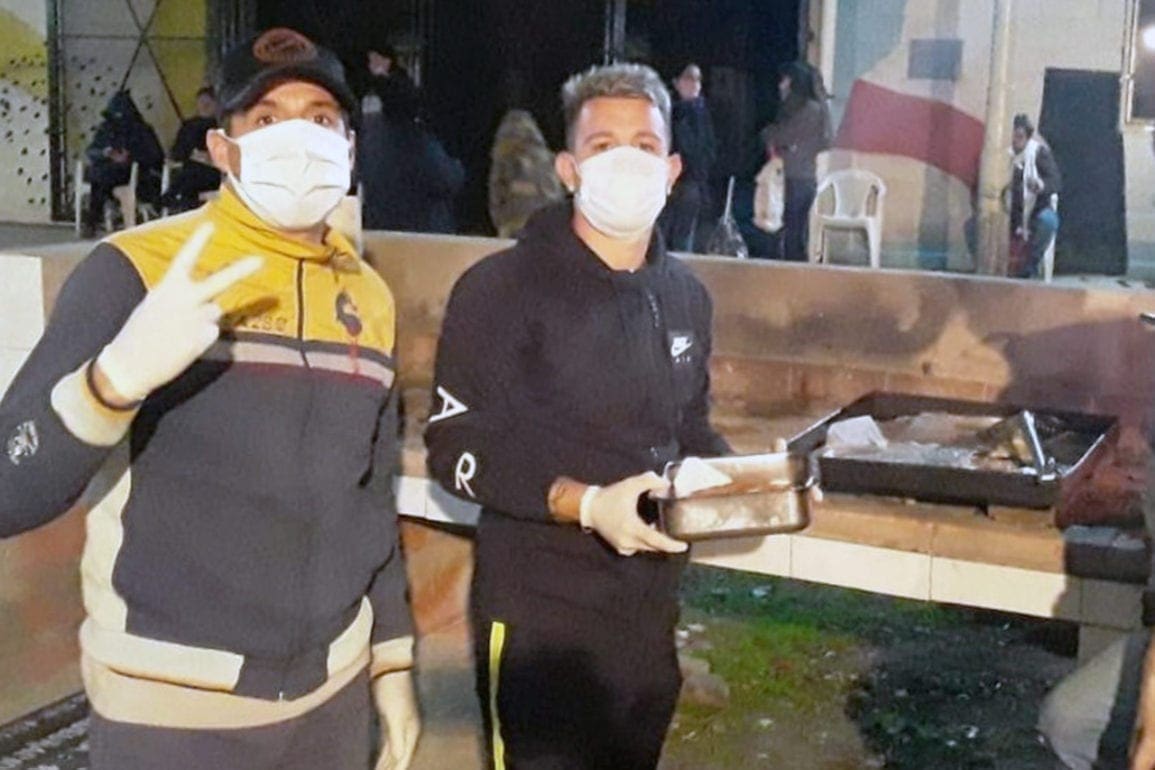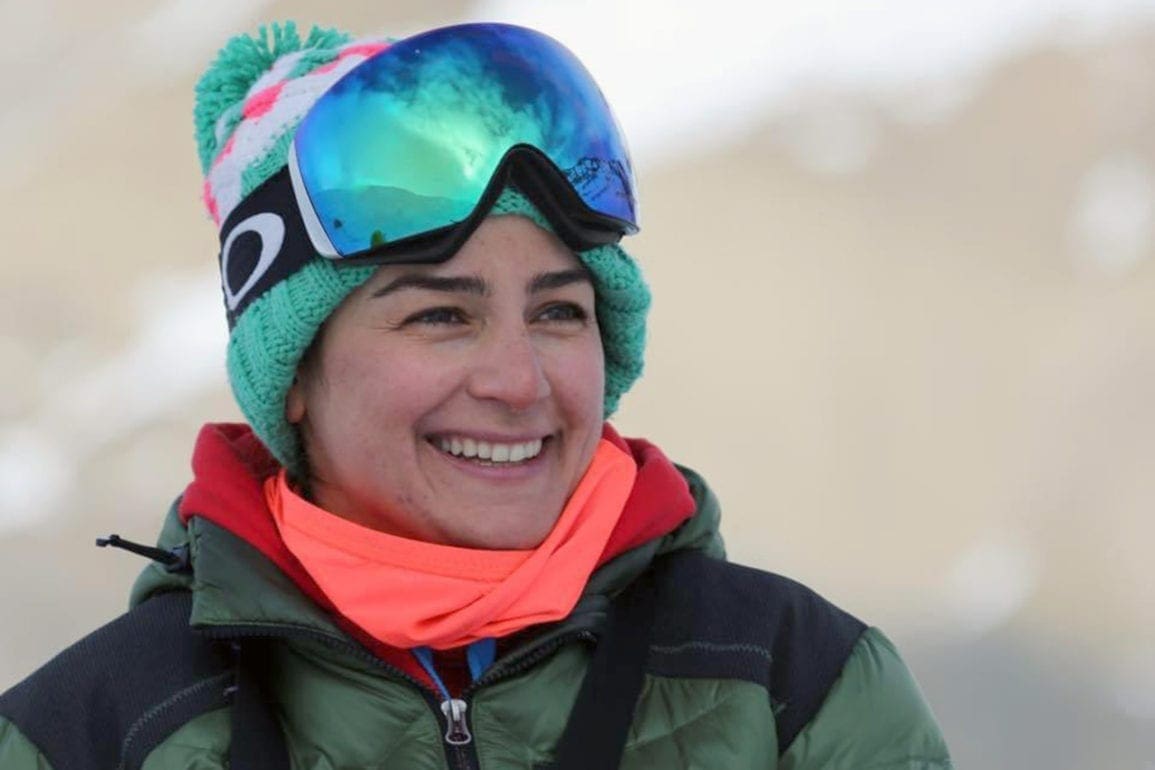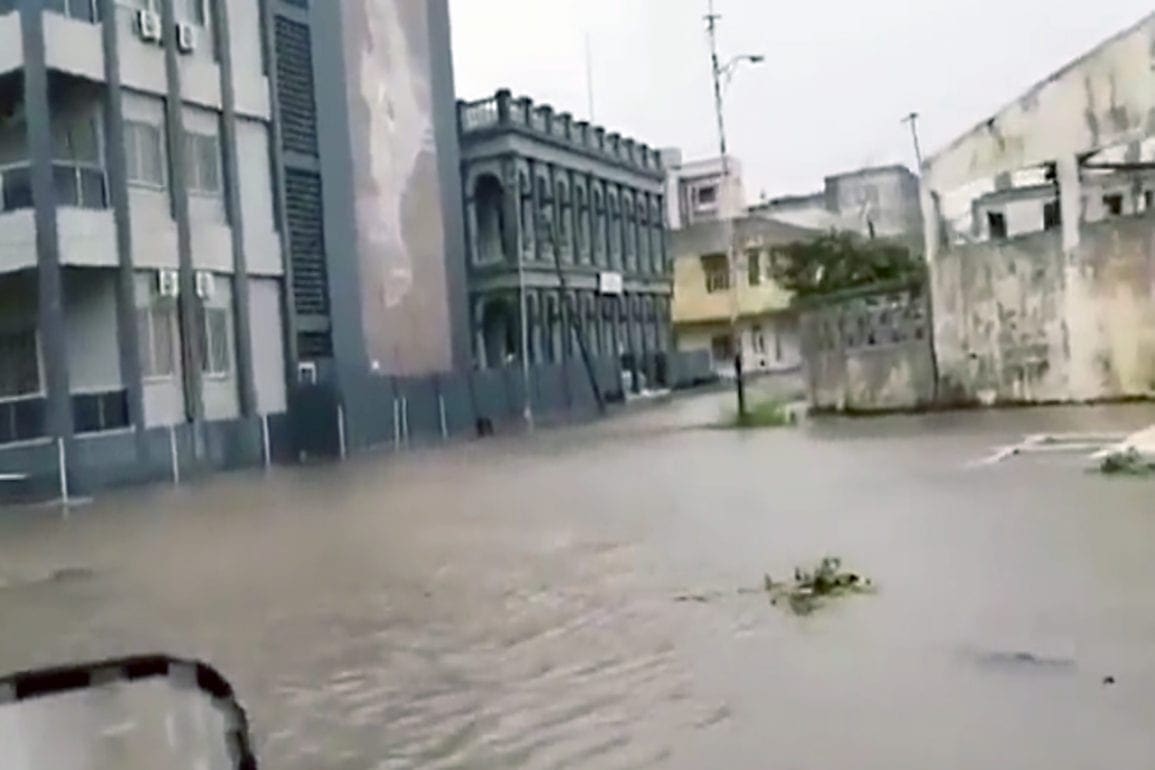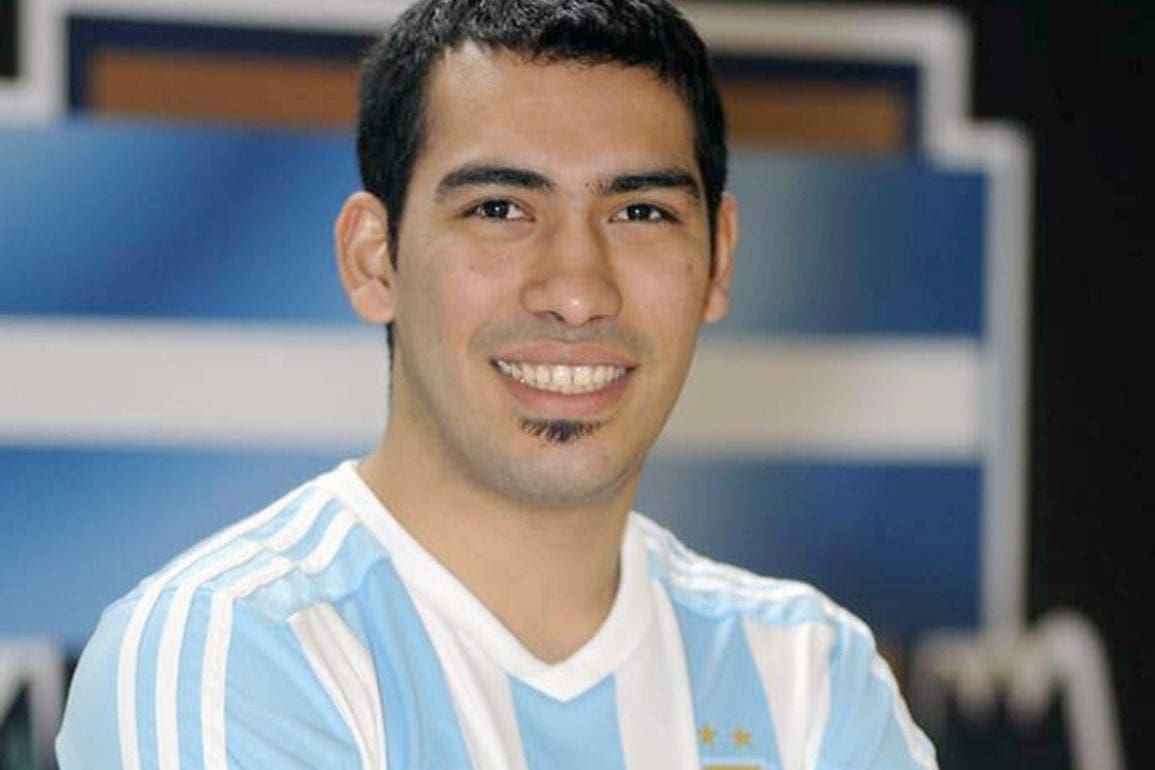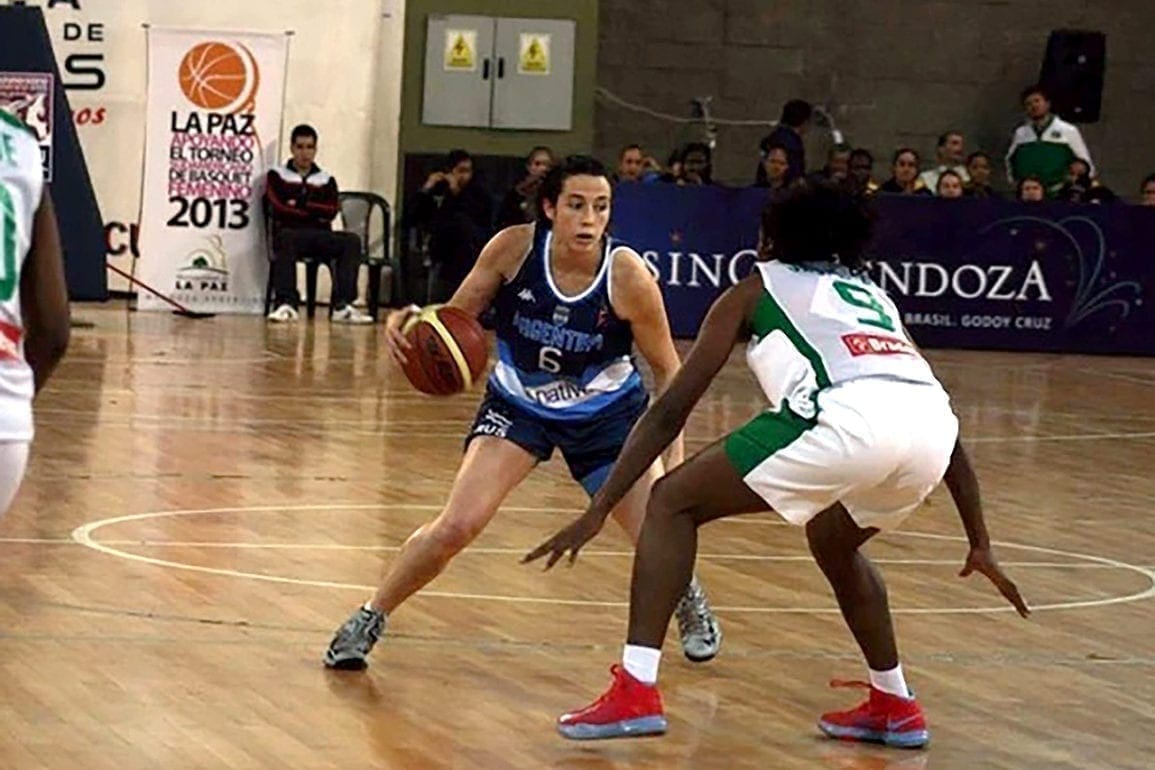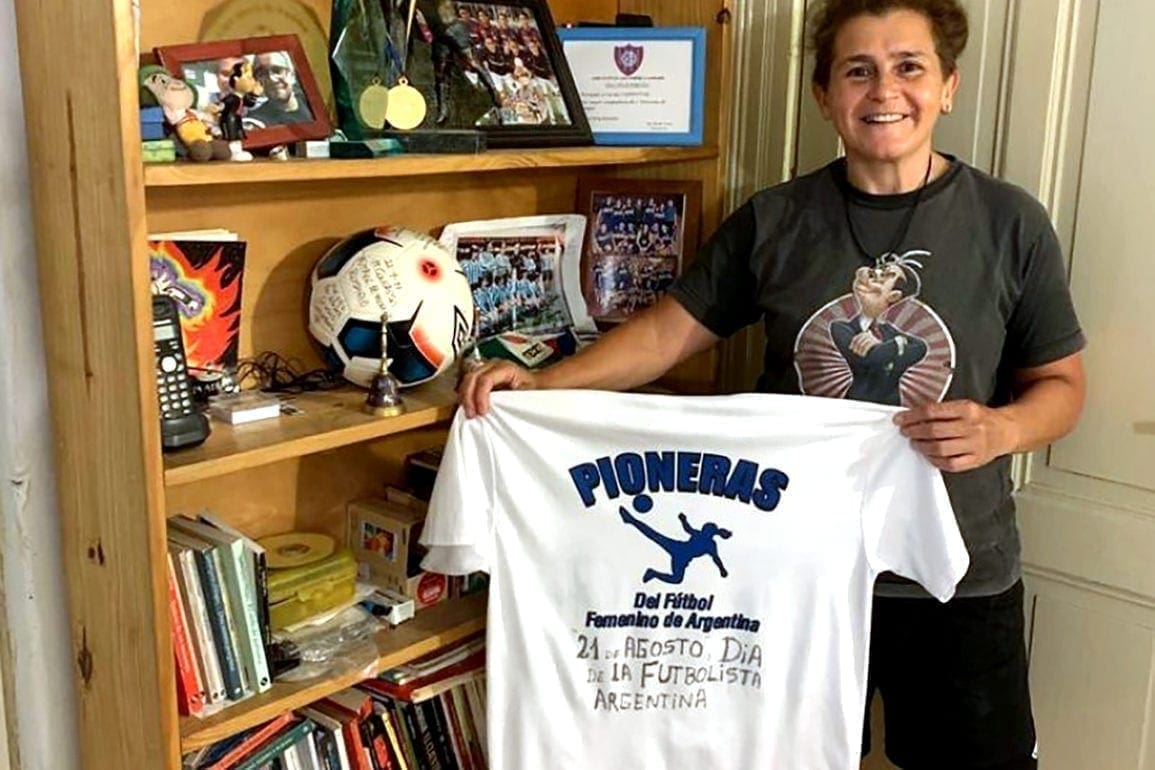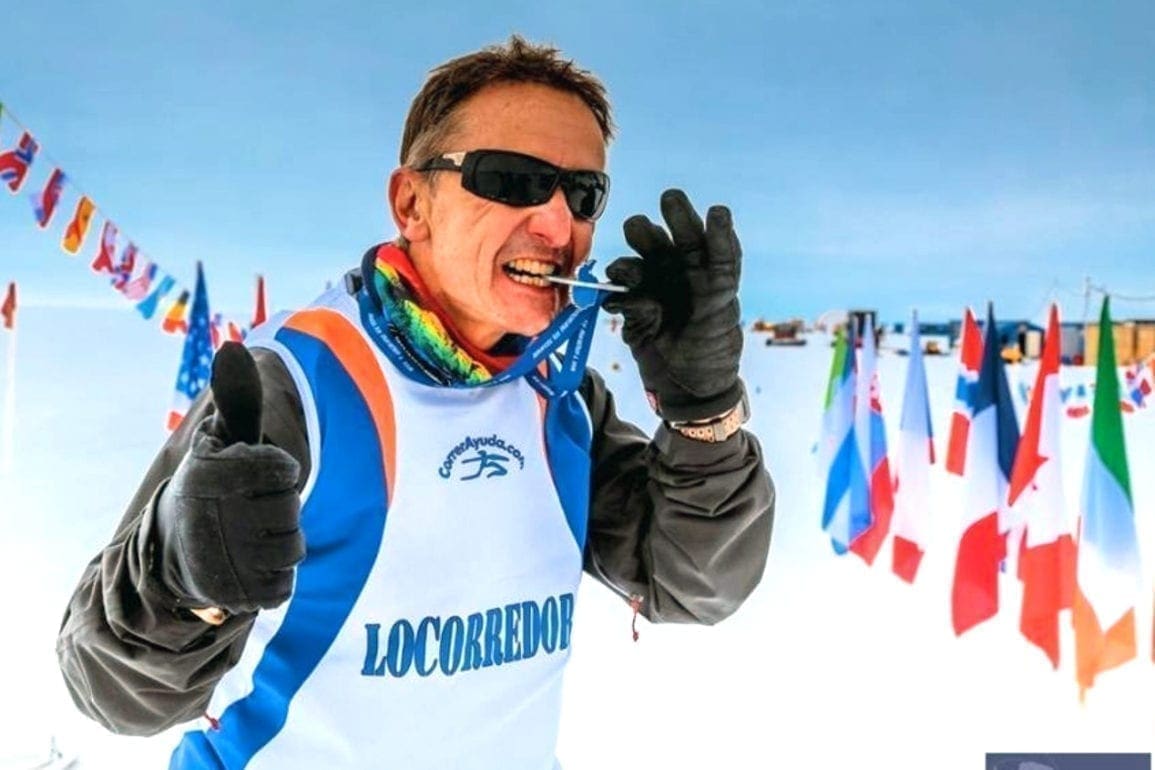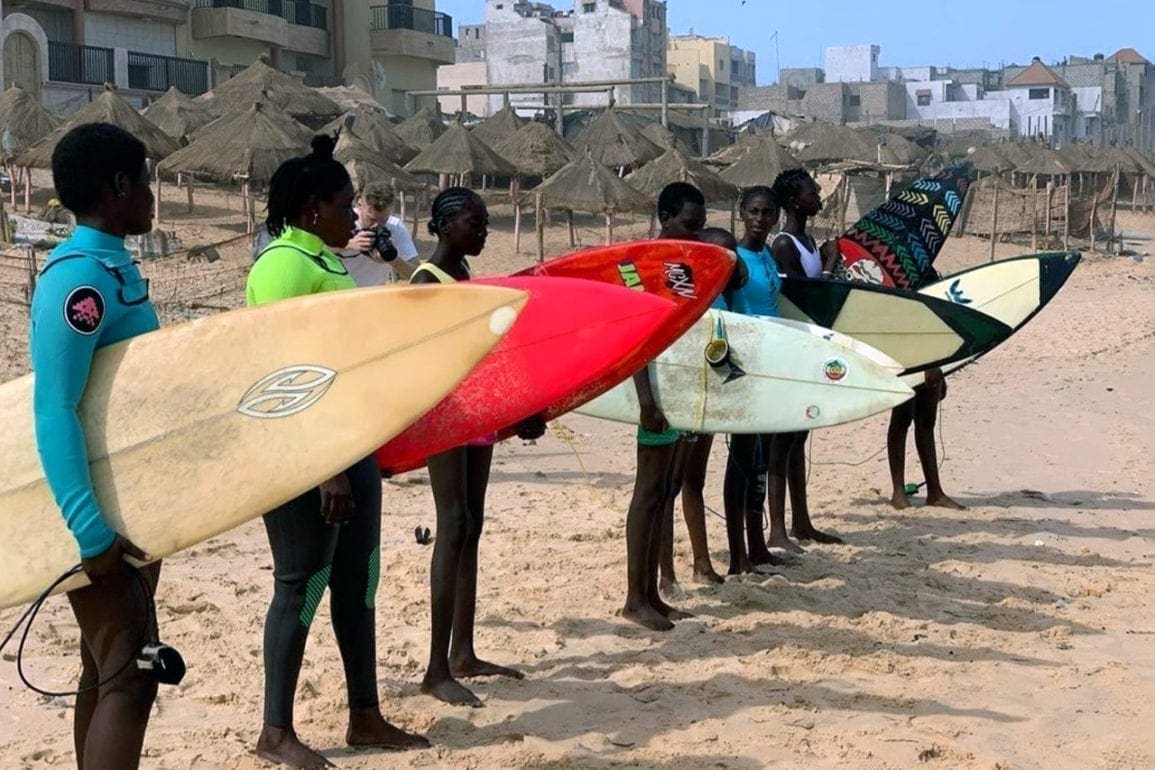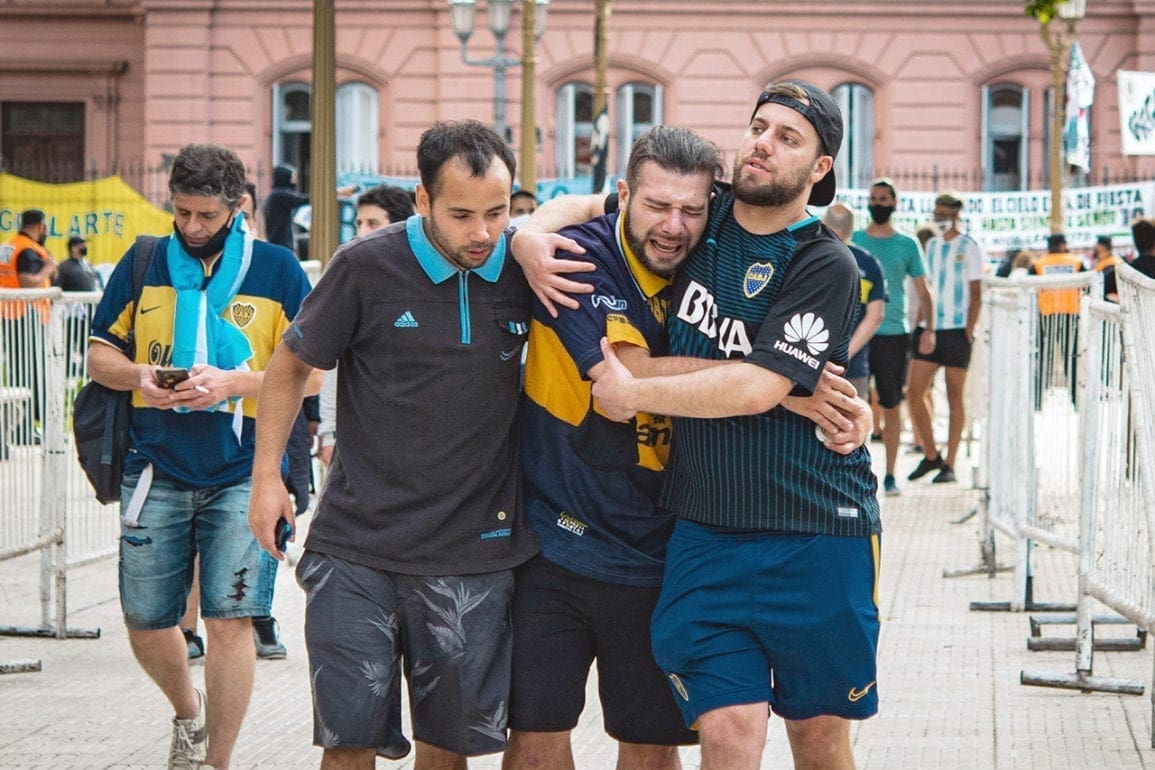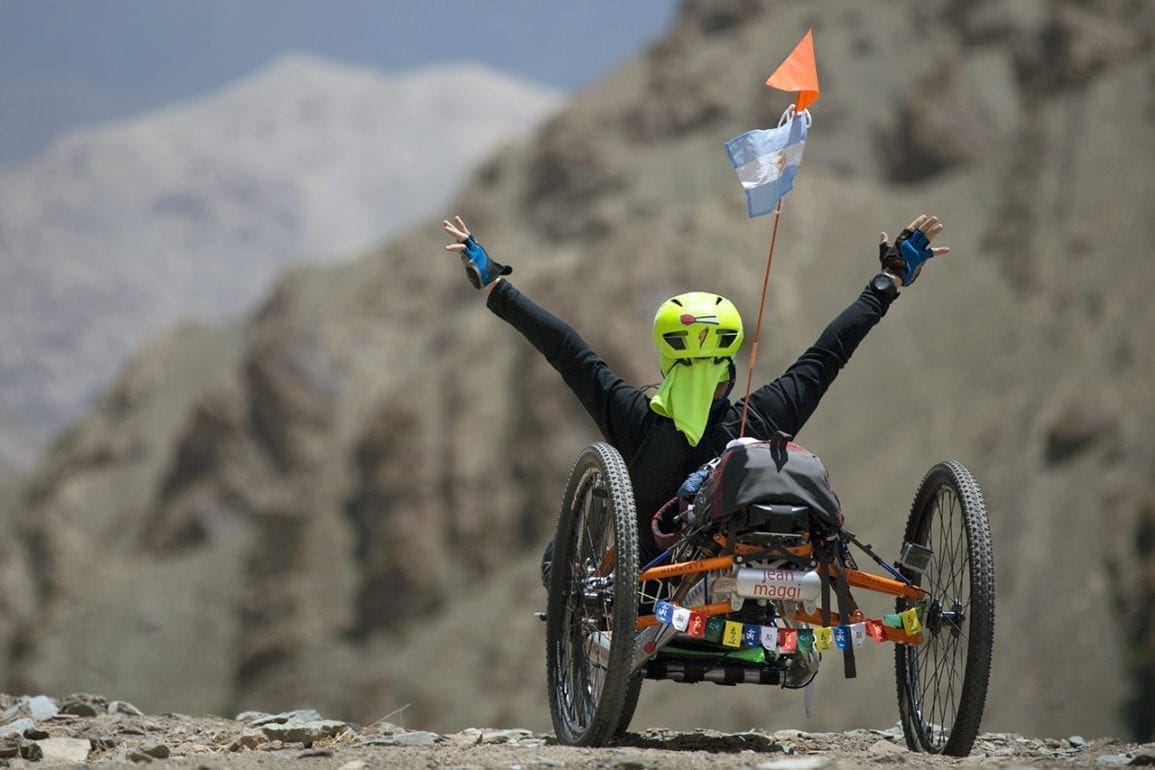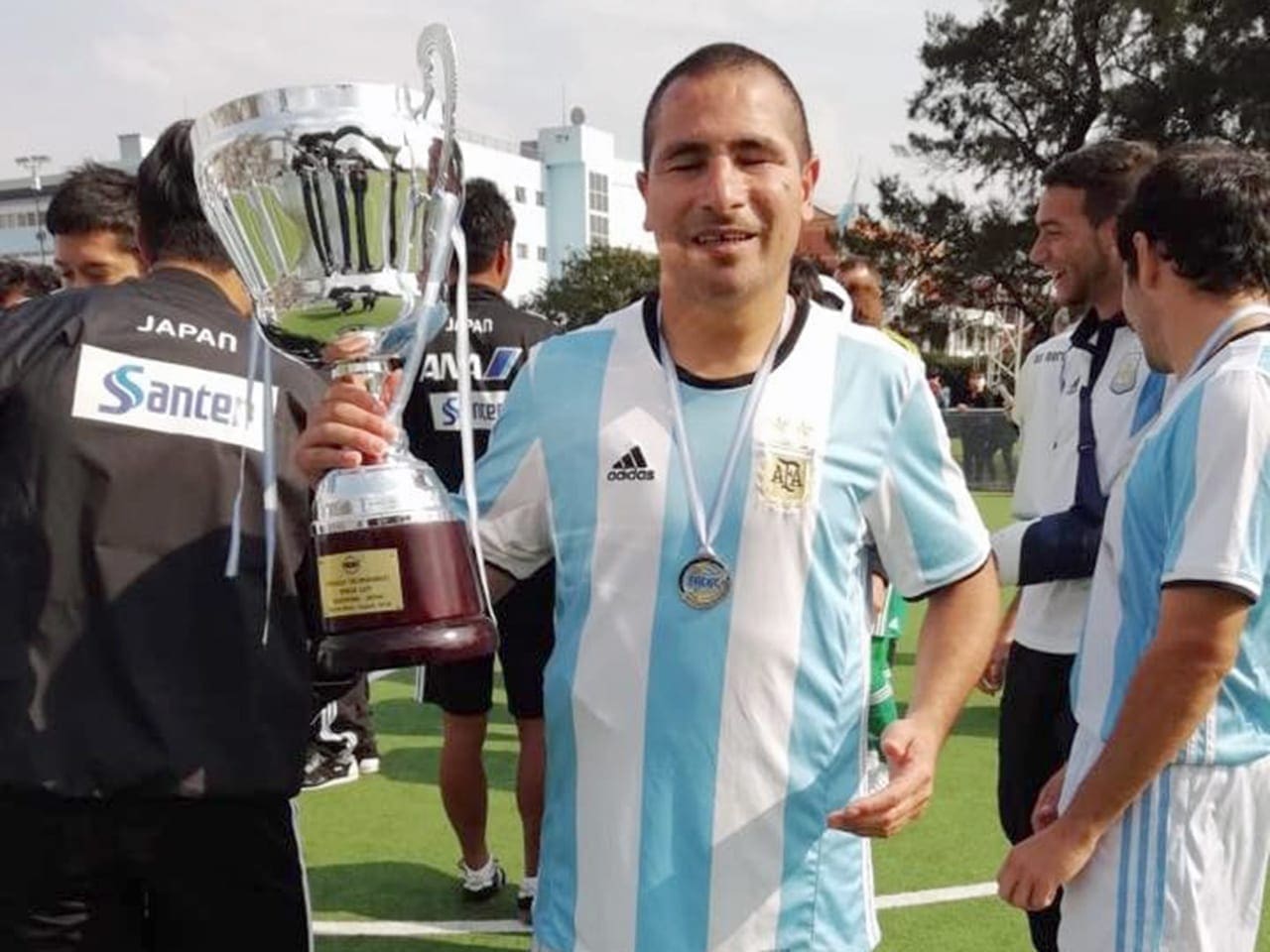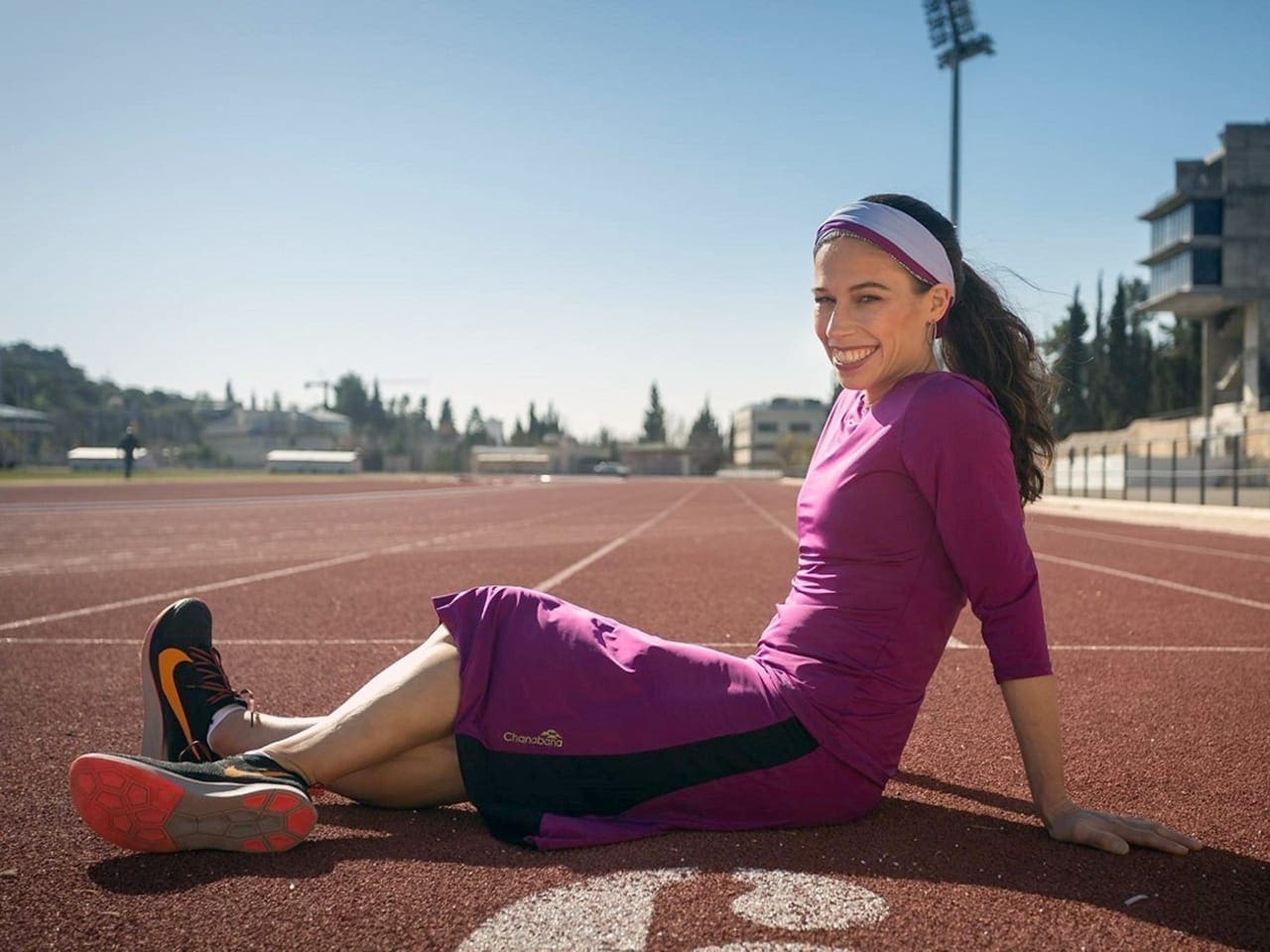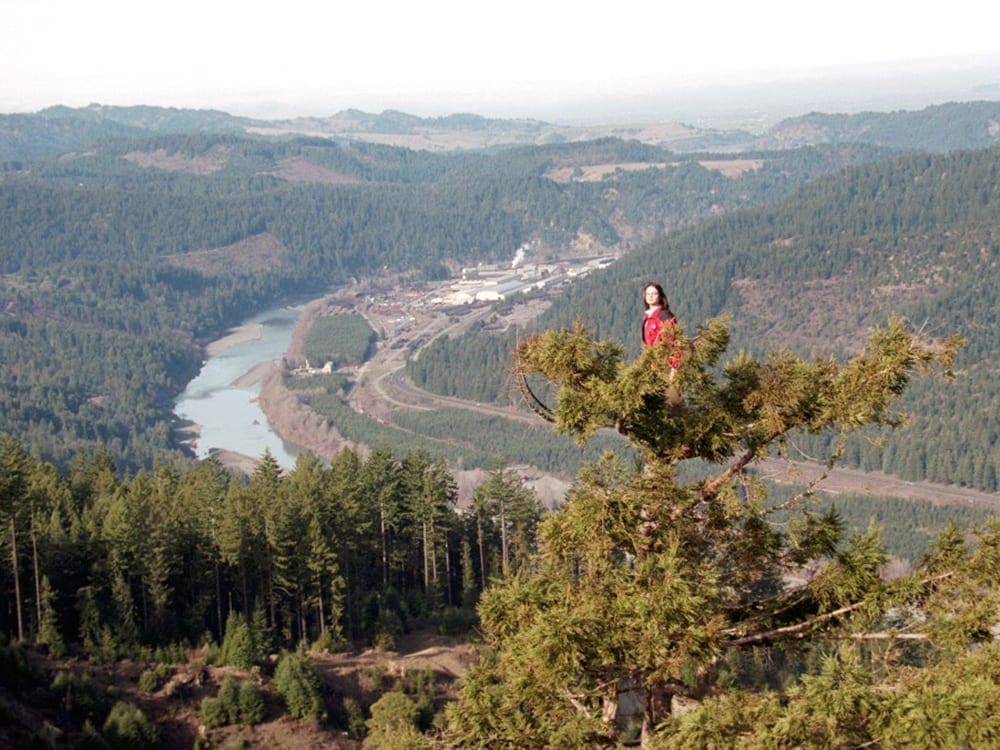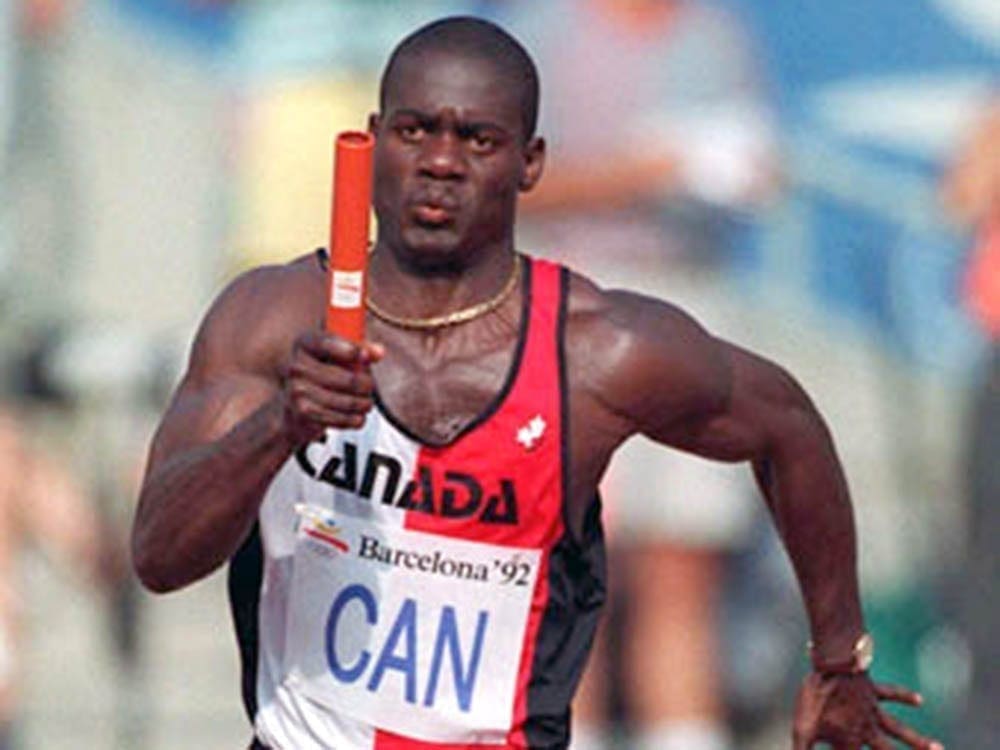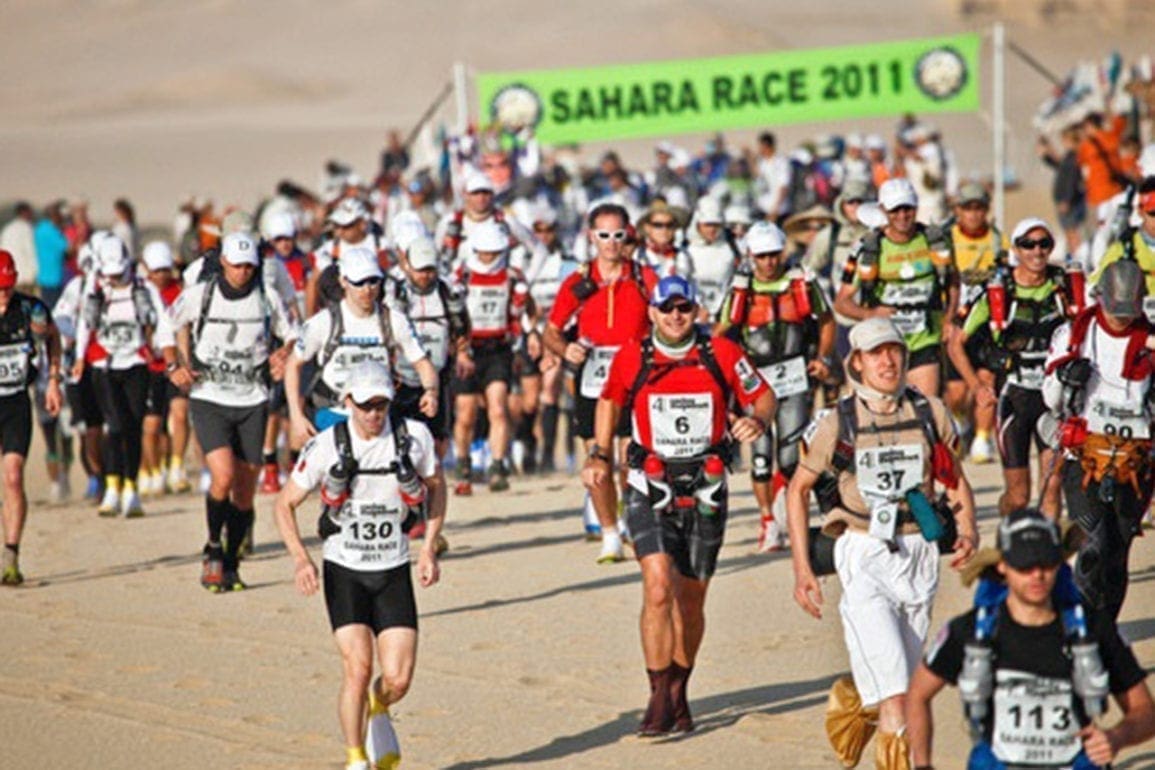Solitude on Ice: long-distance cyclist conquers 716.5 kilometers in Antarctica’s vast wilderness
As the stillness enveloped me, broken only by the intense and powerful winds, I made my southward journey through an arduous battle against the elements. The cold remained a formidable adversary.
- 2 years ago
March 7, 2024
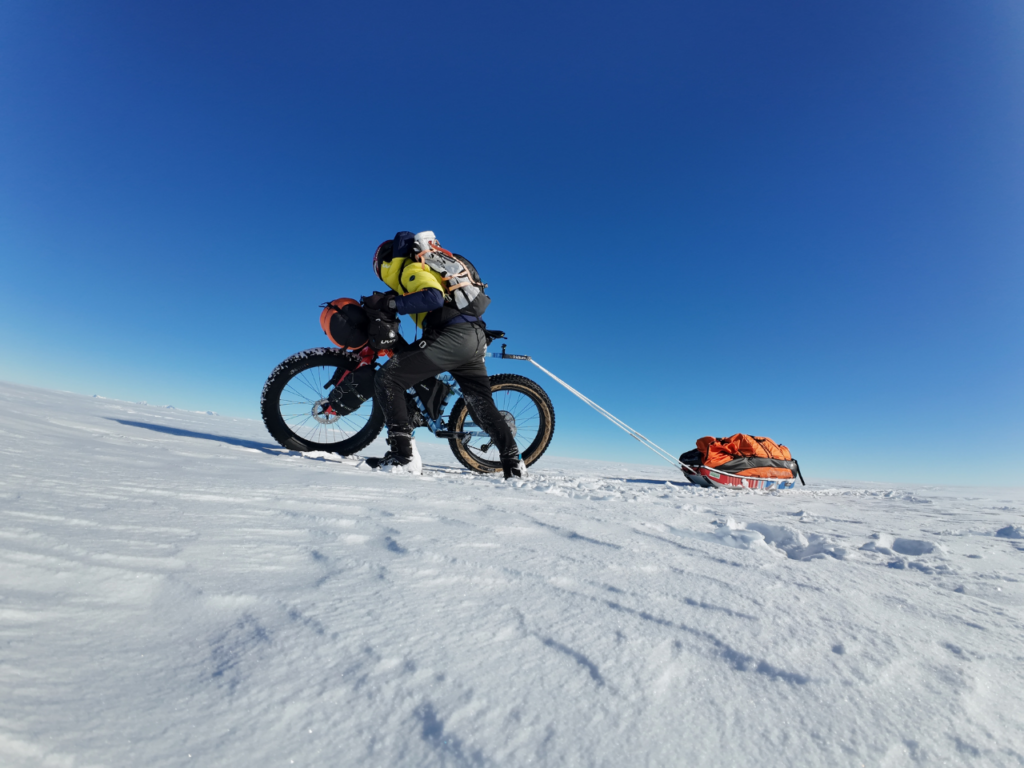
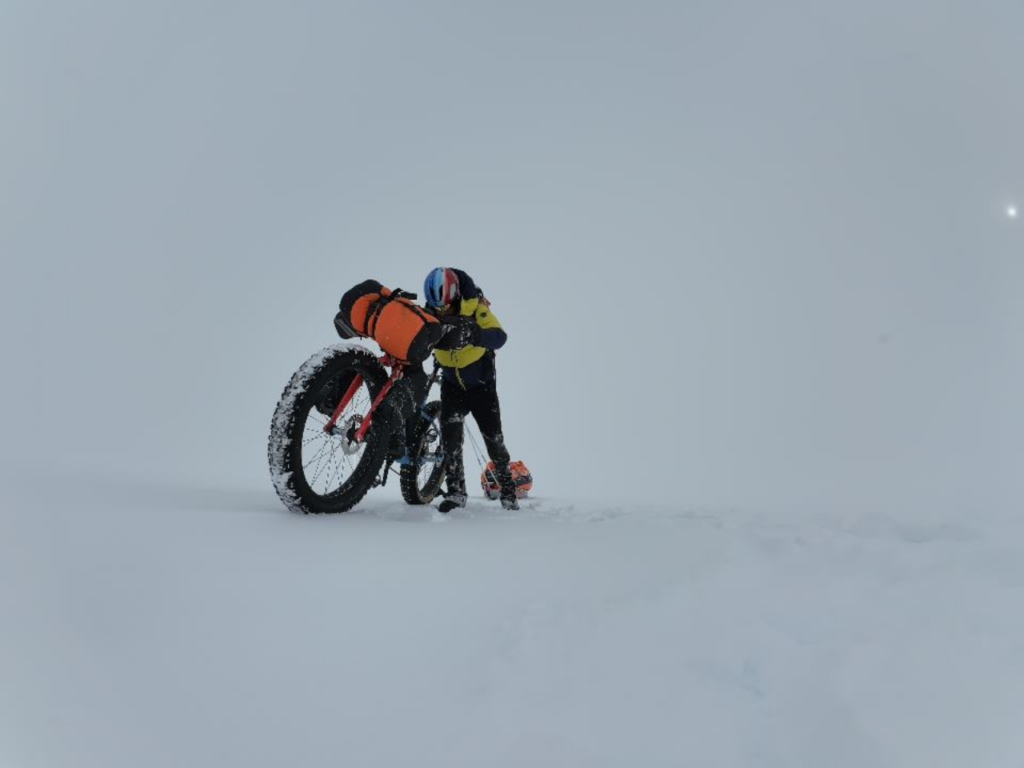
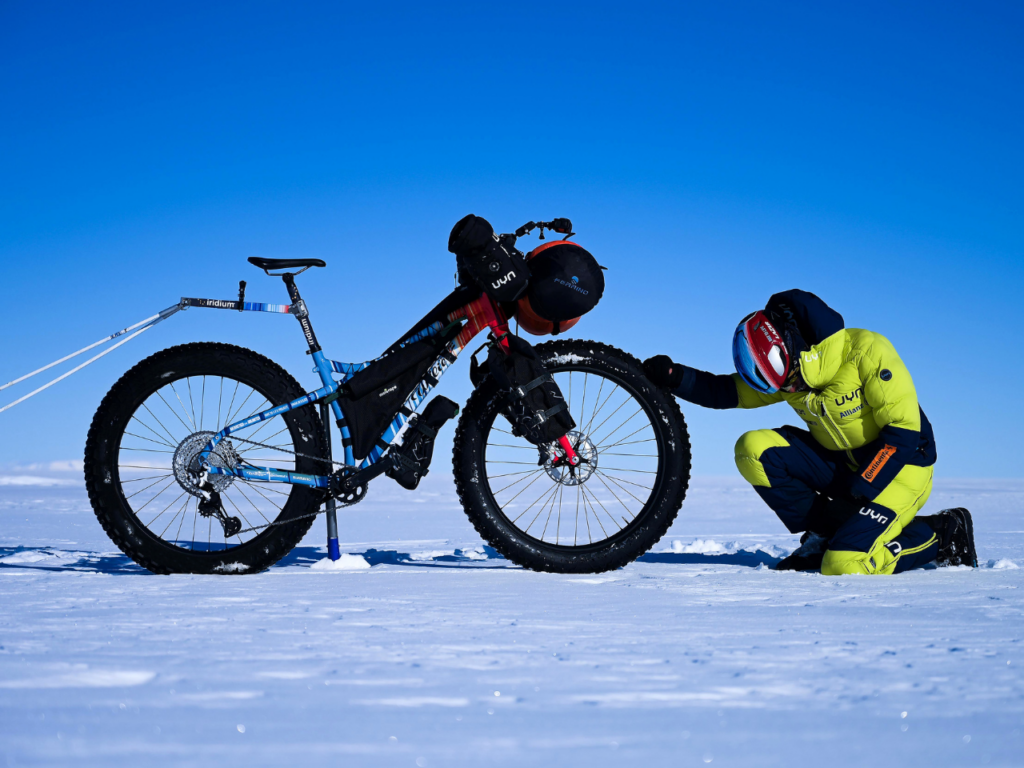

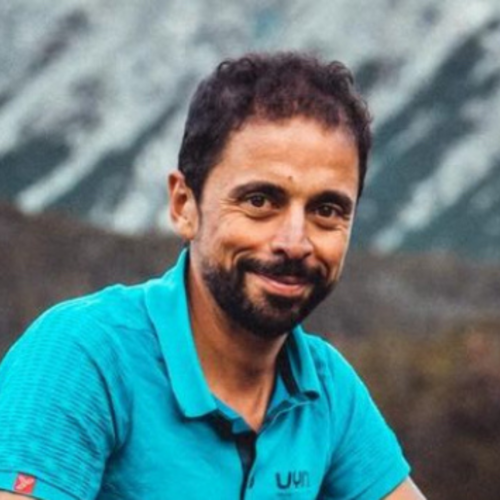
ANTARCTICA — I embarked on an ambitious journey to set a record for the longest bike ride in Antarctica. During my 48 days of solitude, I followed simple routine: wake up, make breakfast, and do what I know best—cycle.
Moving at a slow pace of five to seven kilometers per hour, I felt the weight of my bike and backpack, nearly equal to my body weight. This unique experience transformed my adventure into something extraordinary. Even without breaking the record, pedaling 716.5 kilometers felt like a remarkable success.
Read more extreme sports stories at Orato World Media.
Cyclist’s environmental mission inspires “Bike to 1.5” initiative, culminating in Antarctic expedition
From a young age I had two dreams: to become a professional cyclist and to explore Antarctica. The idea of being in such a remote and alien place, so far from my home in Rome, fascinated me. I became a professional cyclist, but by 2008, I decided to retire. It was a tough year for finding sponsors, and doping became so widespread, I fell behind as a result of staying clean. Sports are about fairness and integrity, so I decided to step away.
Retirement allowed me to reconnect with cycling differently. I started riding purely for passion, without following a strict training program. Over time, I fell in love with ultra-distance cycling. I first attempted a solo trip, then began participating in various races.
My long and slow journeys gave me plenty of time to connect with nature and observe how the world is changing due to the effects of climate change. Eventually, I launched a program called “Bike to 1.5,” which aims to raise awareness about the importance of limiting temperature increases to no more than 1.5 degrees Celsius.
By 2022, I felt ready for the journey to fulfill my childhood dream and cycle in Antarctica. This pristine wilderness seemed like the ideal backdrop to highlight the importance of environmental conservation. Upon arrival, the endless expanse of white transported me back to my youth. The simple act of witnessing this unique landscape and inhaling the cold, pure air brought my dream to life. However, the harsh environment of Antarctica can also present traumatic experiences.
Antarctica’s stark beauty and challenges spur a second expedition
In Antarctica, they limit visitors to the summer months when there is 24 hours of sunlight. When I arrived, I discovered two scenarios – constant sunlight along an all-white horizon interrupted only by the distant blue of the sky, or fog. In the latter scenario, you see nothing at all, not even a few centimeters in front of your eyes. It felt like being blind and became difficult to move forward. The supernatural nature of the experience remains difficult to describe.
Another aspect I encountered was the profound silence. As the stillness enveloped me, broken only by the intense and powerful winds, I made my southward journey through an arduous battle against the elements. The cold remained a formidable adversary. Temperatures ranged from 10 to 25 degrees below Celsius, making the bite of the wind even sharper.
Sadly, my first visit to the frozen continent came to an end after just eight days due to a family health emergency. I returned to Italy after all the meticulous planning, but I had no choice. A year later, at the end of 2023, I found myself ready for another attempt. Yet, again, I faced challenges. Flight delays in Chile jeopardized my narrow window of opportunity. As my anxiety mounted, I longed to be on the snow, pushing forward on my bicycle.
Antarctica’s ruthless conditions: “A fierce storm kept me huddled in my tent“
The first few days of my second Antarctic adventure threw me straight into climatic chaos, when a fierce storm hit. Huddled in my tent for 10 days, I braced against the cold and watched the wind whip everything outside into a frenzy. Yet, I found a sense of peace and acceptance there.
During those moments, I understood a profound lesson: nature’s magnitude far exceeds my own, and I must yield to its will. Success wasn’t solely about breaking the record. It was about embracing the challenges along the way. As my anxiety and frustration dissolved, I found a sense of peace. My ambition shifted and I focused on making the most of the circumstances at hand.
Alone in a place as vast and empty as Antarctica, I had nothing but my thoughts, so I embarked on deep, introspective work. Finally, back on my bike, the days passed, and I realized Antarctica offered me endless ice and sky. I felt content in my own company, and in that solitude, I heard my own inner voice. I listened to my thoughts, and I knew, I would return home as a better person.
Cycling in Antarctica presents an enormous challenge. Despite my efforts, I found myself moving at a snail’s pace, barely managing five to seven kilometers per hour. The combined weight of my bike and backpack, filled with all the essentials for survival, equaled my body weight. The experience of pedaling in Antarctica felt like a world apart from any normal cycling conditions.
Cyclist fails to break record: “I am still processing everything I experienced in Antarctica”
One day, I reached for the satellite phone, my lifeline for regular check-ins to confirm my well-being. A message awaited me from the logistics center. With a heavy heart, I made the call, only to hear the words I had been dreading: “Time’s up, it’s time to come back.”
A wave of sadness washed over me. I felt unready to leave the icy wilderness. Yet, as the minutes ticked by, my melancholy gave way to a sense of accomplishment. I glanced at my watch, took stock of the 716.5 kilometers I conquered, and congratulated myself in silence. In that moment, I found peace amidst the vast, frozen expanse.
Upon reaching base camp, the agency staff embraced me. They coordinated everything. It felt strange after 48 days of absolute solitude to be with people again. I felt uncomfortable and bewildered as if I didn’t know what to do. To this day, I still struggle to readjust.
I am still processing everything I experienced in Antarctica. I had to kickstart some projects and resume training, as the ultra-cycling season had already begun. Even though I have physically set myself in motion, mentally, a part of me remains in Antarctica. I experienced intense emotions and grew accustomed to solitude.
Reintegrating into civilization is proving to be challenging. There are so many people, tasks, routines, schedules, and obligations. In Antarctica, my own needs guided me. I ate when I felt hungry, drank when I felt thirsty, and slept when I felt too tired. The world continues to move, and so do I. New projects loom on the horizon, and I will continue with my dual passion: ultra cycling and environmental awareness.
All photos courtesy of Omar Di Felice.



